25 Foods in Provence (what to eat and drink)
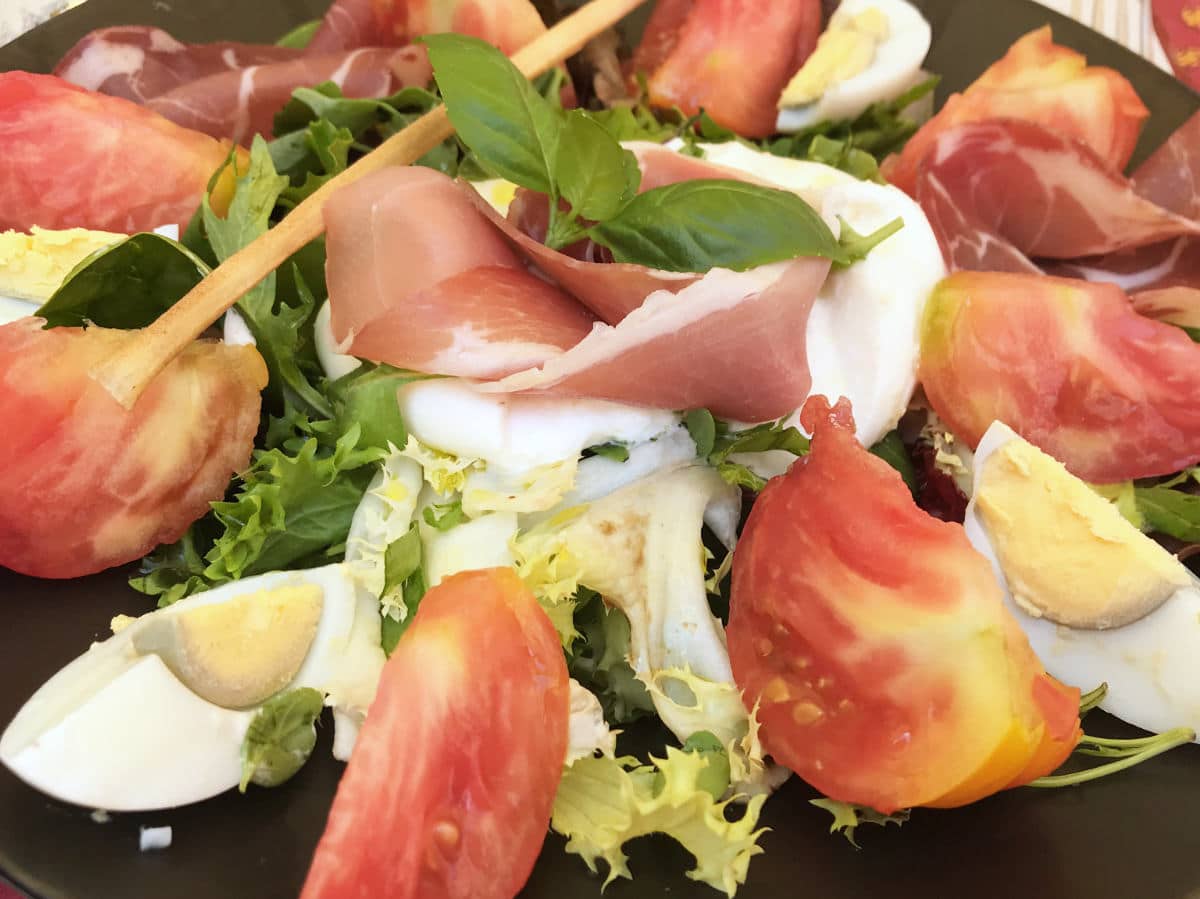
- Post category: French Food / Provence & French Riviera
- Post author: Nassie Angadi
A region of sun, culture, and cuisine! Provence is one of France’s most popular holiday destinations with its beautiful coastline, unspoiled countryside, and picturesque villages . It is also famous for its food and wine, which attract as much attention as its beaches.
Consisting of a diverse geographical landscape from the hilly landscapes to large cities that date back to Roman times , many provençale recipes have stood the test of time to become classics.
Visitors to the region are sure to enjoy themselves eating and drinking around Provence. And why not? The food is amazing, the weather is fantastic and it is generally a great place to explore. (I may be biased as I have family in the area, but it is true!)
So if you’re planning on visiting the Côte d’Azur (French Riviera) and around, here are the top traditional foods in Provence, along with the drinks, that will have you feeling like a local. Bon appétit!

1. Calissons
The traditional sweet from Aix-en-Provence is not a dessert , but more of a confiserie (candy) made from melon and almond paste and is very sweet. These bite-size pieces of candy have been called the new macarons , and are a classic treat, usually given as gifts for a special occasion (or just because).
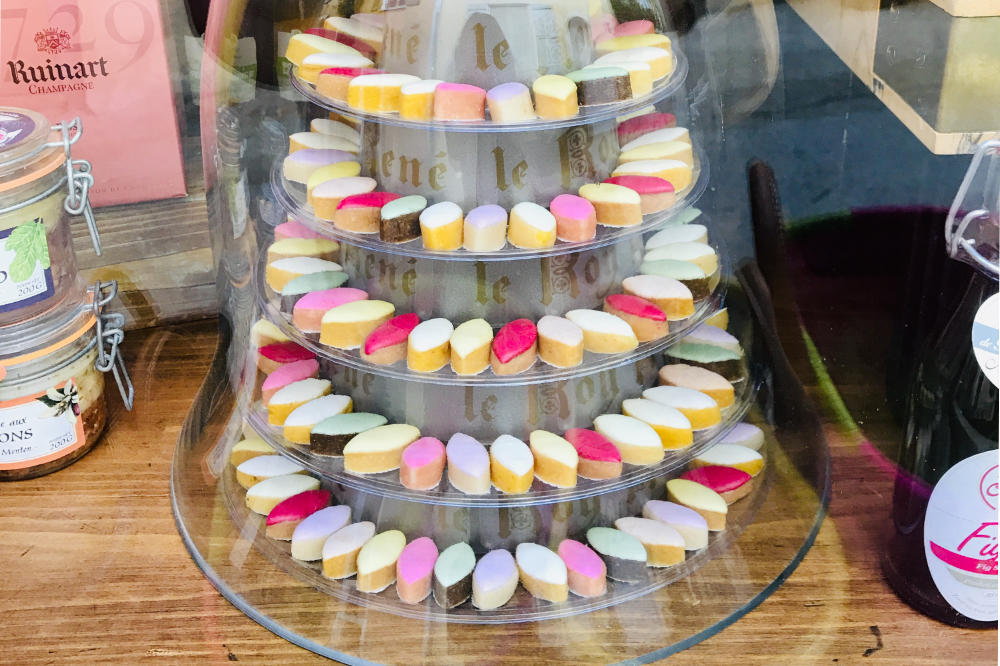
You won’t find it on the menu of a Parisian restaurant, but rather in patisseries in Provence and the south of France. They are catching on in popularity like the macaron however, so perhaps soon to come to a grocery store near you?
Traditionally from the Phoenician city , Pastis de Marseille is the apéritif that has become a favorite all over France. However, with an alcohol content of 45% and sharp licorice flavor, pastis is a liquor that most foreigners find is an acquired taste.
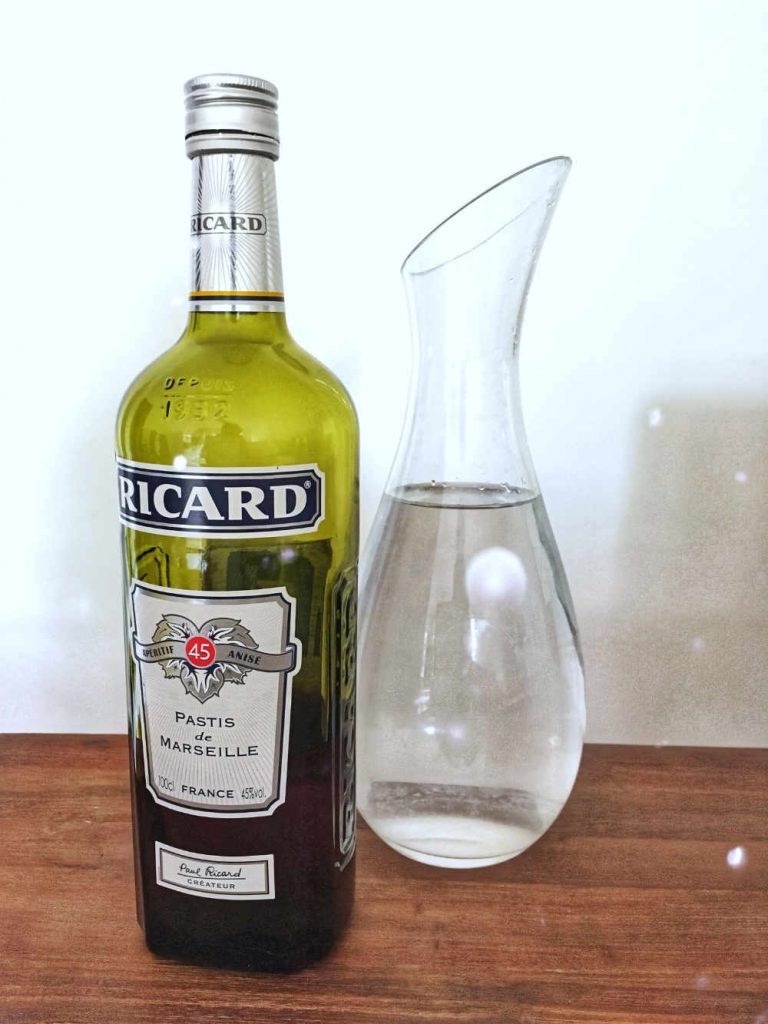
It tastes a bit like the greek ouzo, however it is so strong, it must be watered down when served.
You will easily find it on the menu of every French bar, brasserie, and café (and if you don’t you should question their French credentials!). You can read more about the French love of pastis here. Be sure to pick up a souvenir when you visit the region, or you can buy pastis here.
3. Bouillabaisse
Bouillabaisse is a traditional stew originating from the Vieux port of Marseille . It was originally a stew made by fishermen, using the bony rockfish from the bottom of their fishing nets, which they were unable to sell to restaurants or at the fish market .
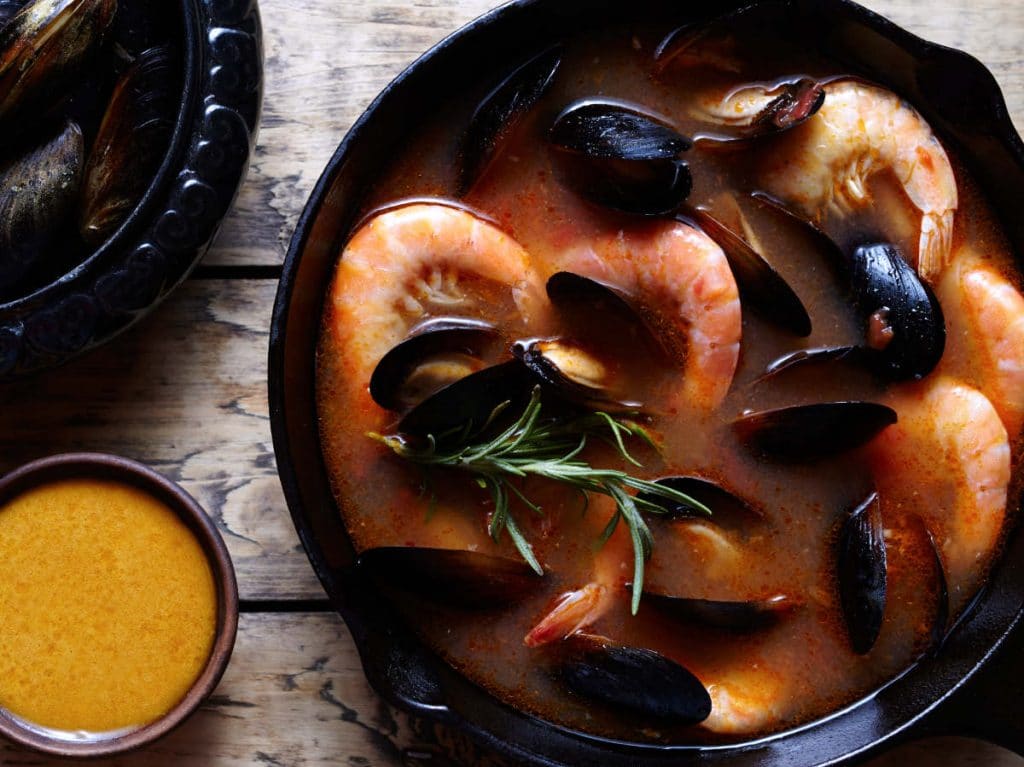
These days this delicate fish stew is considered haute cuisine. It has become so popular that an official “ charte de bouillabaisse ” was drawn up with an official recipe to avoid cheap pretenders.
Along with the bouillabaisse, a spicy mayonnaise called a rouille is served, made with olive oil, garlic, saffron, and cayenne pepper. You can get an adapted recipe for bouillabaisse here.
If you wander through the small towns and villages of Provence and the French Riviera, you will see plenty of restaurant menus proudly declaring that they serve “aioli”. But aioli is not actually a dish in itself, it is one of the famous French sauces .
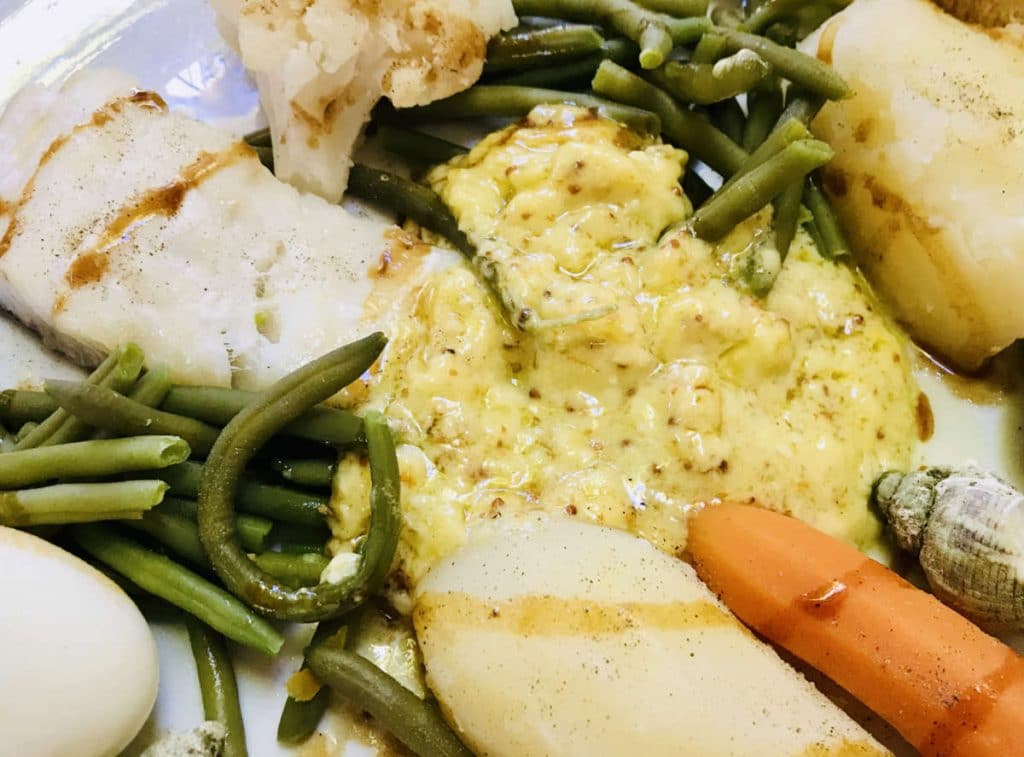
Aioli is a version of mayonnaise , with a lot more garlic in it. The mayonnaise part is made by mixing egg yolks and olive oil till it emulsifies, with it turning into aioli once the garlic is added.
The aioli sauce itself has quite a strong taste (if made correctly), so it is served alongside steamed codfish and fresh vegetables. You can get the recipe for aioli and a lighter garlic yogurt aioli here.
5. Salade Niçoise
The salad niçoise is one of those recipes that even French chefs can’t agree on. Green beans and potatoes? Tuna or anchovies? And mayonnaise !?
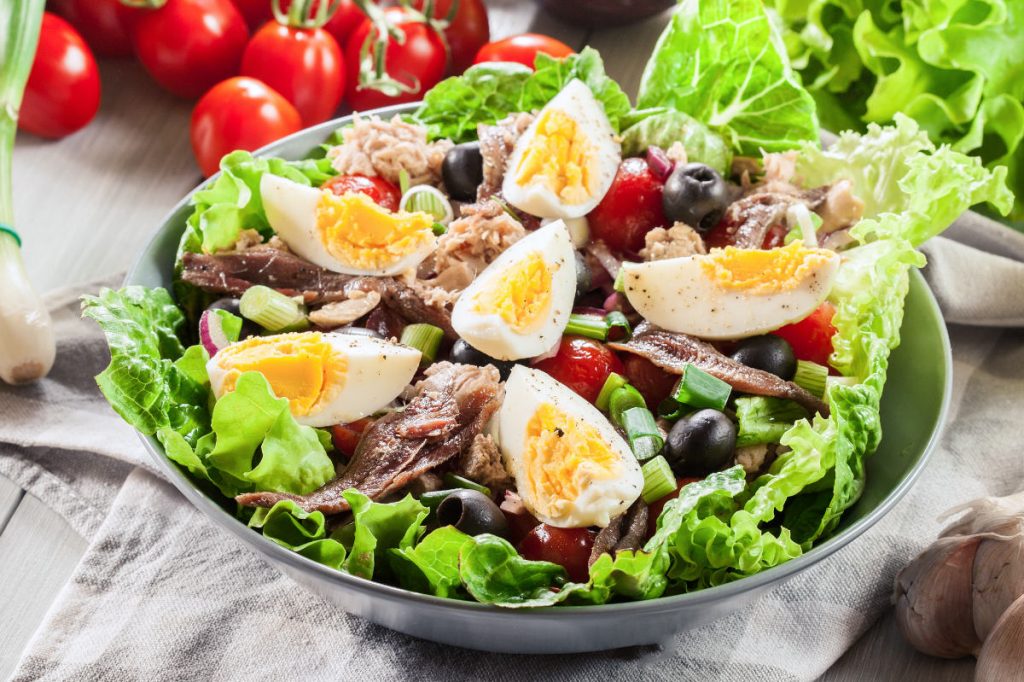
The biggest controversy is over the green beans and potatoes. Several famous French chefs have weighed in on the topic. Former Nice mayor Jacques Médecin proclaimed in his 1970s cookbook: “never, never, I beg you, include boiled potato or any other boiled vegetable in your salad niçoise.”
Get the traditional salad niçoise recipe from Nice and see what the controversy is all about.
6. Pan Bagnat
If you saw a pan bagnat in a boulangerie window, you might mistake it for just an ordinary sandwich. A lunch staple in Nice, this sandwich uses similar ingredients to the salad niçoise.
Posed on a large round bun are ingredients such as the anchovies, tuna, tomatoes, black olives, eggs, red and green peppers, mesclun leaves and olive oil. The word pan is Occitain for the french pain , meaning “ bread “.
It was considered a dish for the poor, serving as a quick lunch similar to the croque monsieur .
7. Tomates à la Provençale
Tangy sweet tomatoes, sprinkled with oil and crispy breadcrumbs, it doesn’t get more exquisite than this.
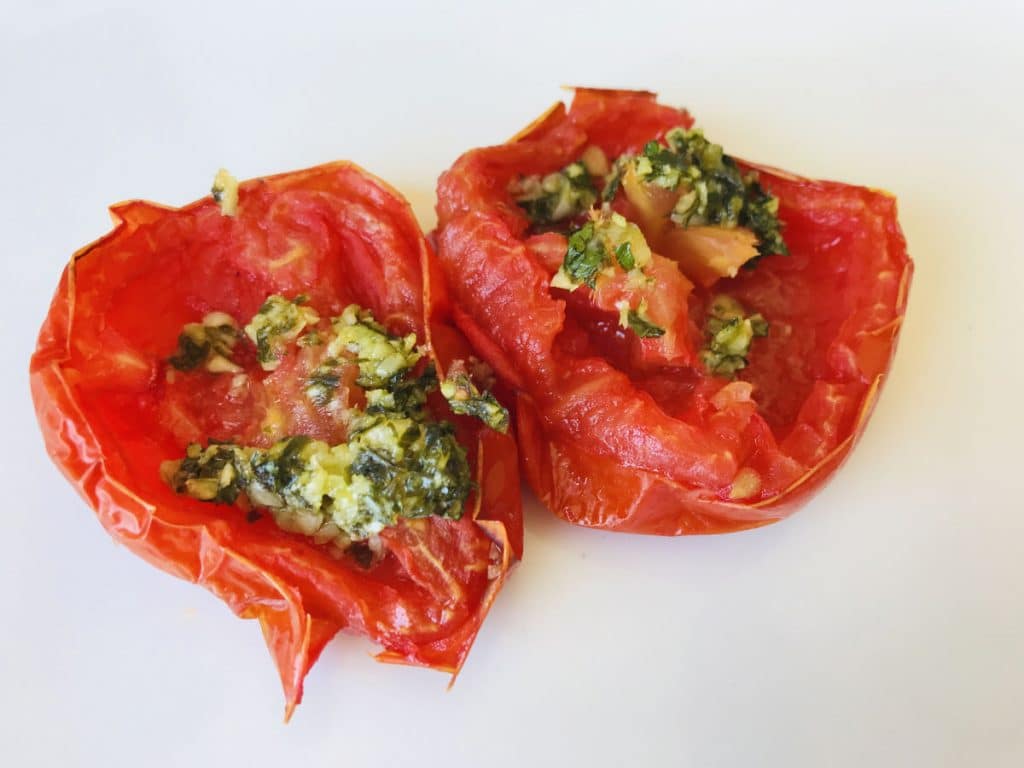
Provencal Tomatoes, or tomates à la provençale in French, is a typical French starter in the south of France.
The 3 keys to cooking any provençale dish are olive oil, garlic, and the aromatic herbs and to that end tomates à la provençale has it all in spades. The tomatoes are drenched in olive oil, garlic and various herbs.
They are then cooked for a long time and it is that long cooking process that makes the herbs and garlic meld into the tomato juice to then give it a tangy, almost bitingly caramelised flavor.
The sum becomes more than its parts. You can get the recipe to make tomates à la provençale here.
8. Ratatouille
Ratatouille is a vegetable stew from Nice , Provence in the South of France. It usually features an assortment of local vegetables, such as eggplant, zucchini, peppers, and tomatoes.
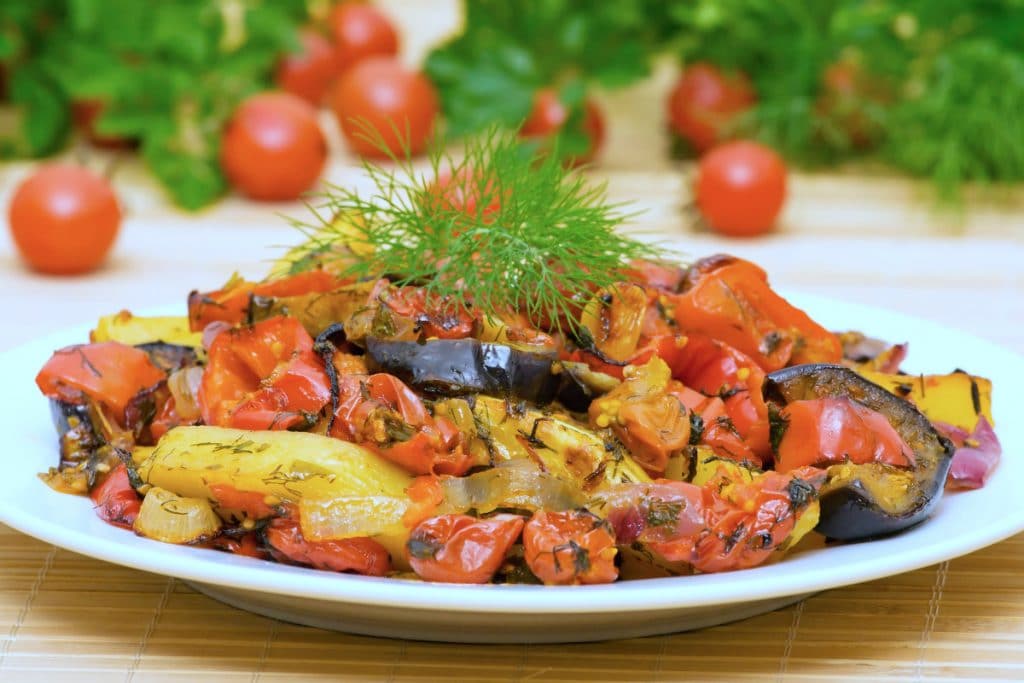
The word “ rata ” is thought to be army slang for ragoût , meaning “motley stew”. (The current-day version of a ragôut is a similar, but has meat in it.).
You can also try a variation of the ratatouille called the Bohemian Aubergine , which is a touch sweeter and tangier. You can get the recipe for ratatouille here.
9. Chicken Provençale
Chicken Provencal brings together the traditional ingredients from Provence, in the South of France.
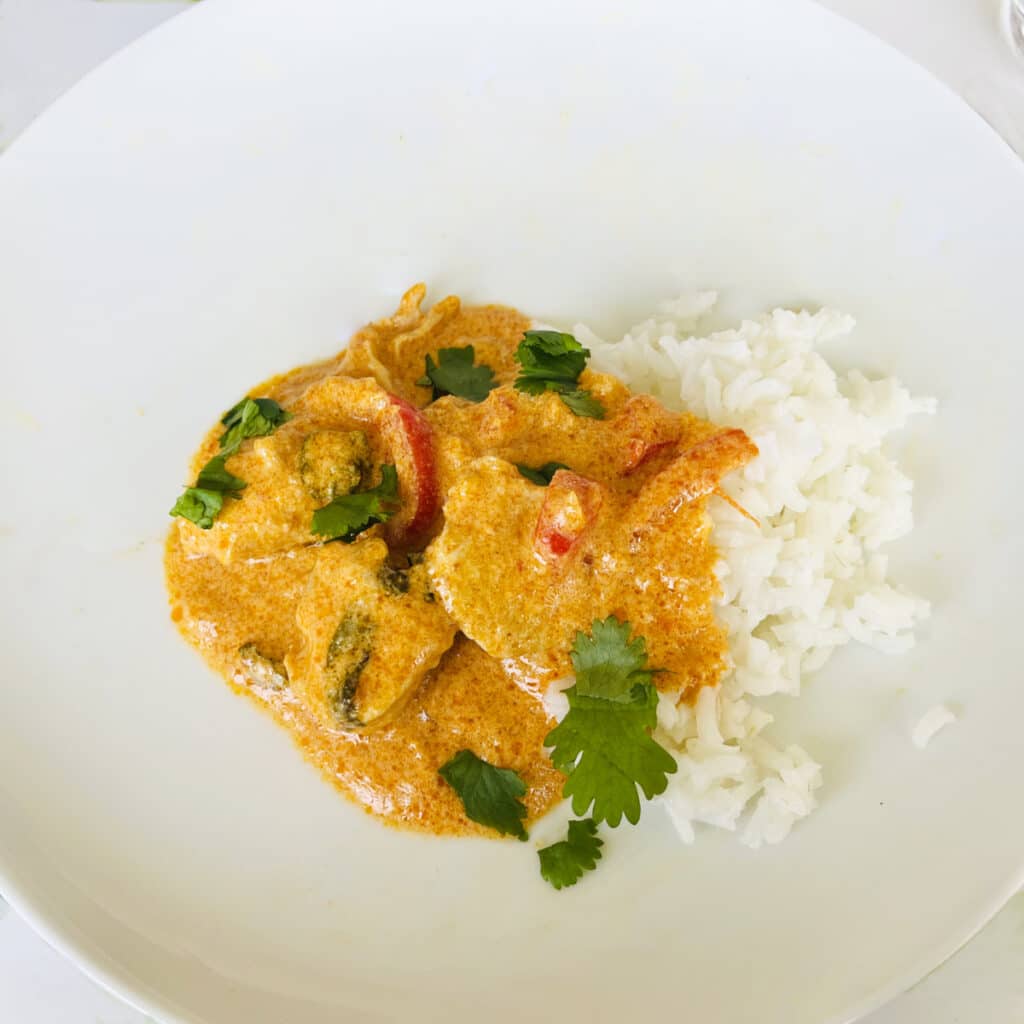
Typically it includes red and green peppers, potatoes, chicken and bacon lardons . Add to that the typical local ingredients of herbs, tomatoes, and olives, this French chicken stew will remind you of summer. You can get the recipe for chicken provençale here.
10. Meringue
A meringue is a type of dessert or candy made from whipped egg whites and sugar, along with an acidic ingredient such as lemon, vinegar, or cream of tartar.
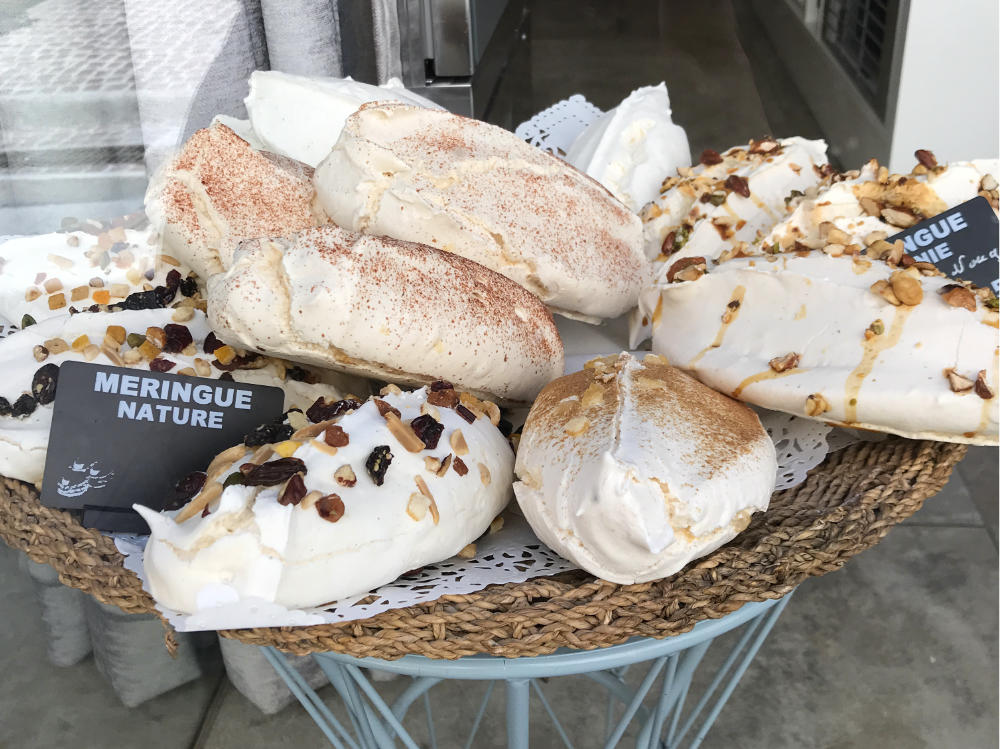
The traditional meringue from Provence is hardish on the outside, and soft and airy on the inside. They come in many flavors such as lemon or lavender, and are often topped with nuts. You can buy them from specialized candy shops and also find them at grocery stores in Provence .
A staple in Provence and the South of France, socca is a type flatbread made with chickpea flour. It is usually served as an appetizer and is meant to be finger food.
Socca is usually served without sauce, but some restaurants will serve it with a small dip like a tomato provençale sauce or sauce vierge .
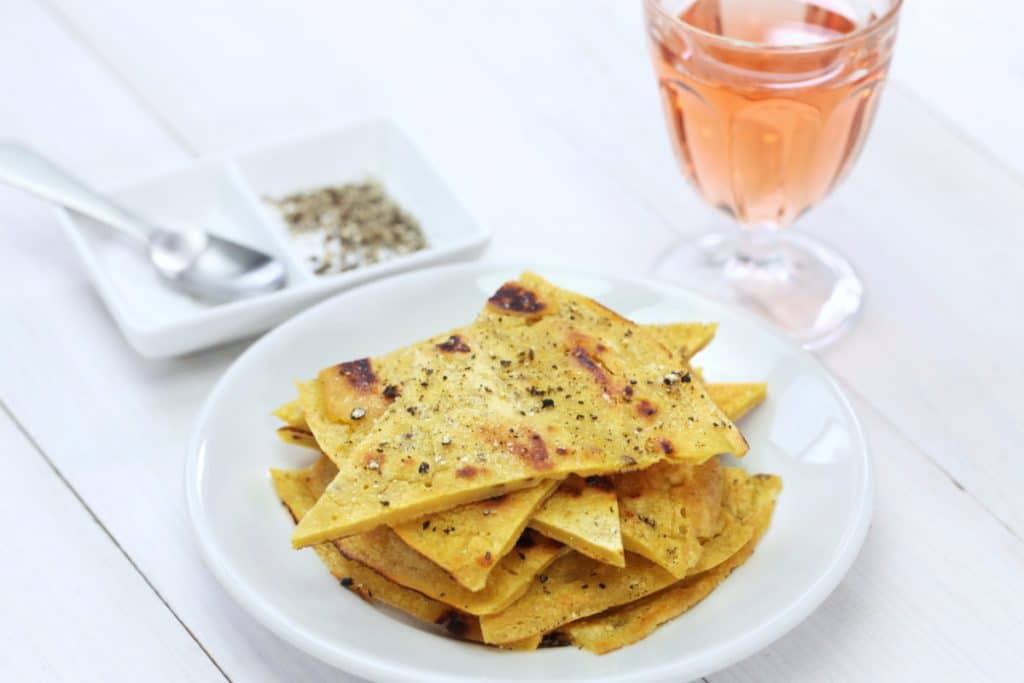
Originating in Nice , socca is quite easy to make, a bit of olive oil, salt and pepper, and of course chickpea flour and you are good to go. You can check out the recipe to make socca here.
12. Panisse
Another appetizer similar to the socca is panisse, which is also perfect for an apéro or happy hour.
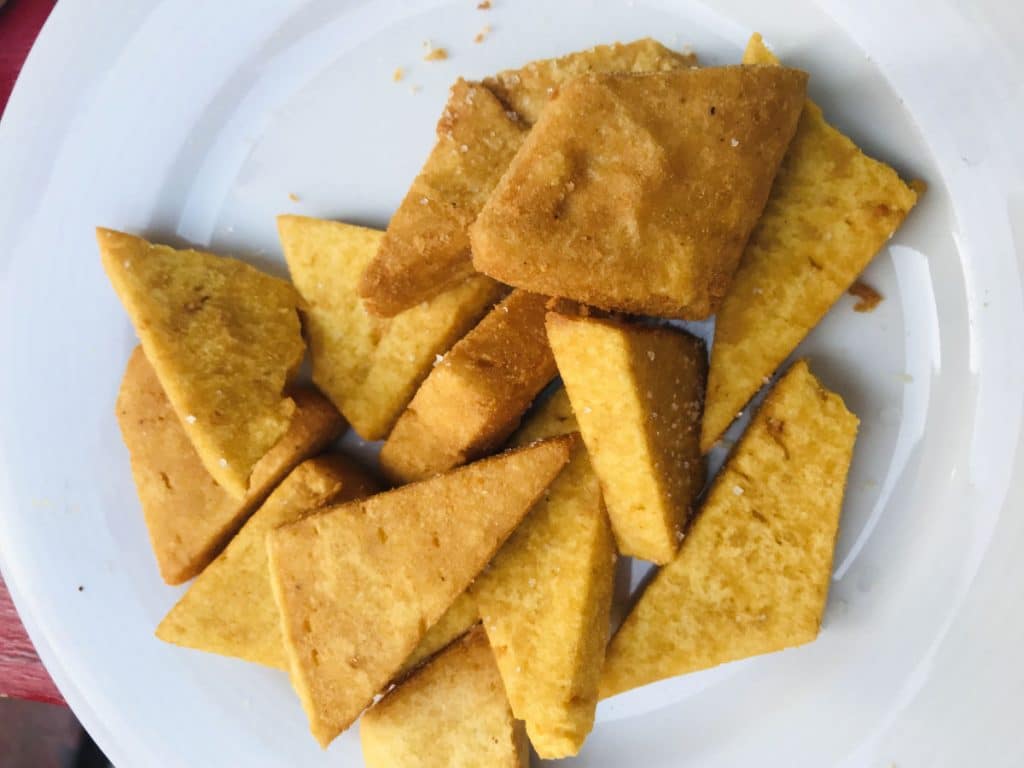
There is a bit of a disagreement as to whether it comes from Nice or Marseille , but we can put that aside to enjoy it anyway. Like socca, panisse is also made with chickpea flour and can be baked or fried.
Dairy-free and gluten free, it is one of those finger foods that you will find all over the south of France. You can get the recipe to make panisse here.
13. Lavender ice cream
You can’t come to Provence in the summer and not have some ice cream. (Especially when it is hot. Have I mentioned the lack of air conditioning in France ?)
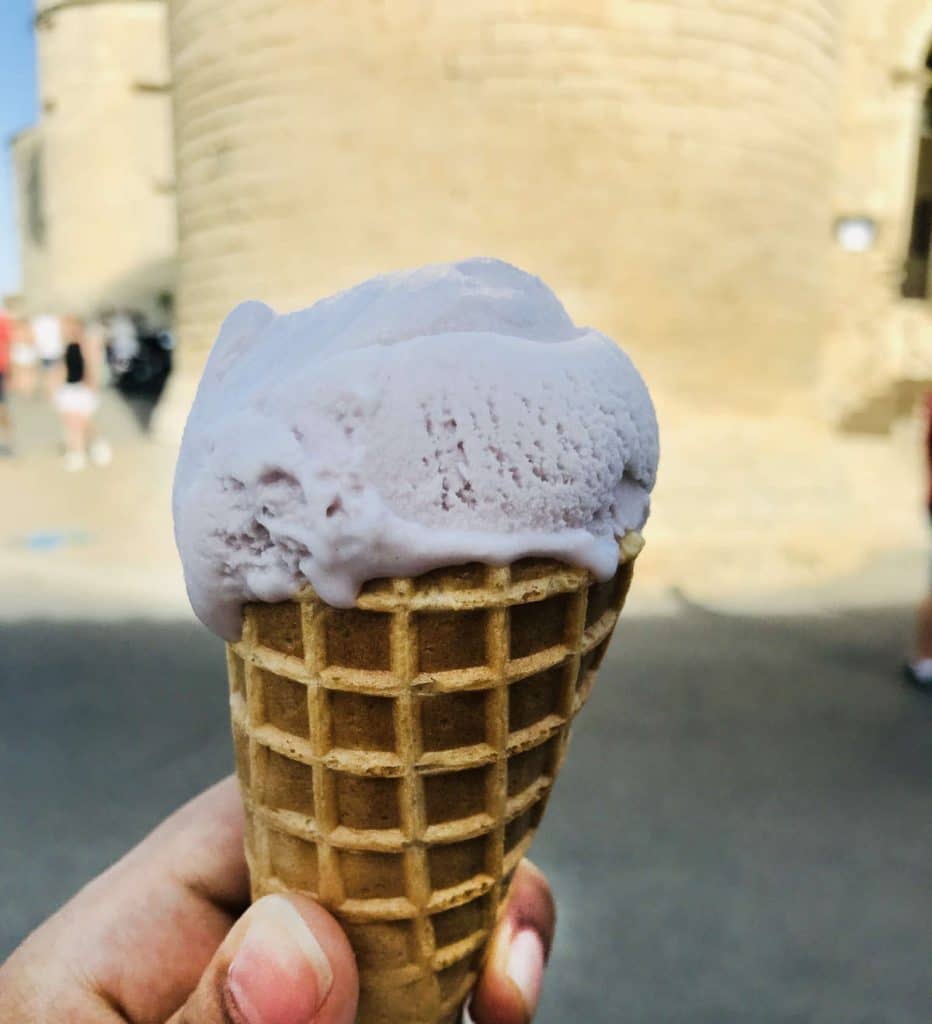
The lavender fields of Provence and with that you can get everything from lavender-flavored ice cream to honey to candles.
Along with lavender ice cream are also other flavors that are particular to Provence, from rose to things like sorbet tomate and mozza basilic . There is also a variety of violet specialties in Tourrettes-sur-Loup , a small medieval village near Nice.
But of course, one of the top bestsellers in Provence is lavender ice cream made with natural ingredients, that you can widely find all over the region, especially in summer after the lavender harvest.
14. Provence AOC and Côtes du Rhône Wines
There are two main wine appellations in the Provence region, the Côtes du Rhône AOC and Provence AOC.
Côtes du Rhône wines have become famous because there are a lot of them, and you will likely easily find a few at your local grocery store. On either side of the Rhône river in the south of France, they usually use a majority of Grenache, Syrah, and Viognier grapes.
The region stretches from Vienne in the north to Avignon in the south, with red, white, and rosé wines.
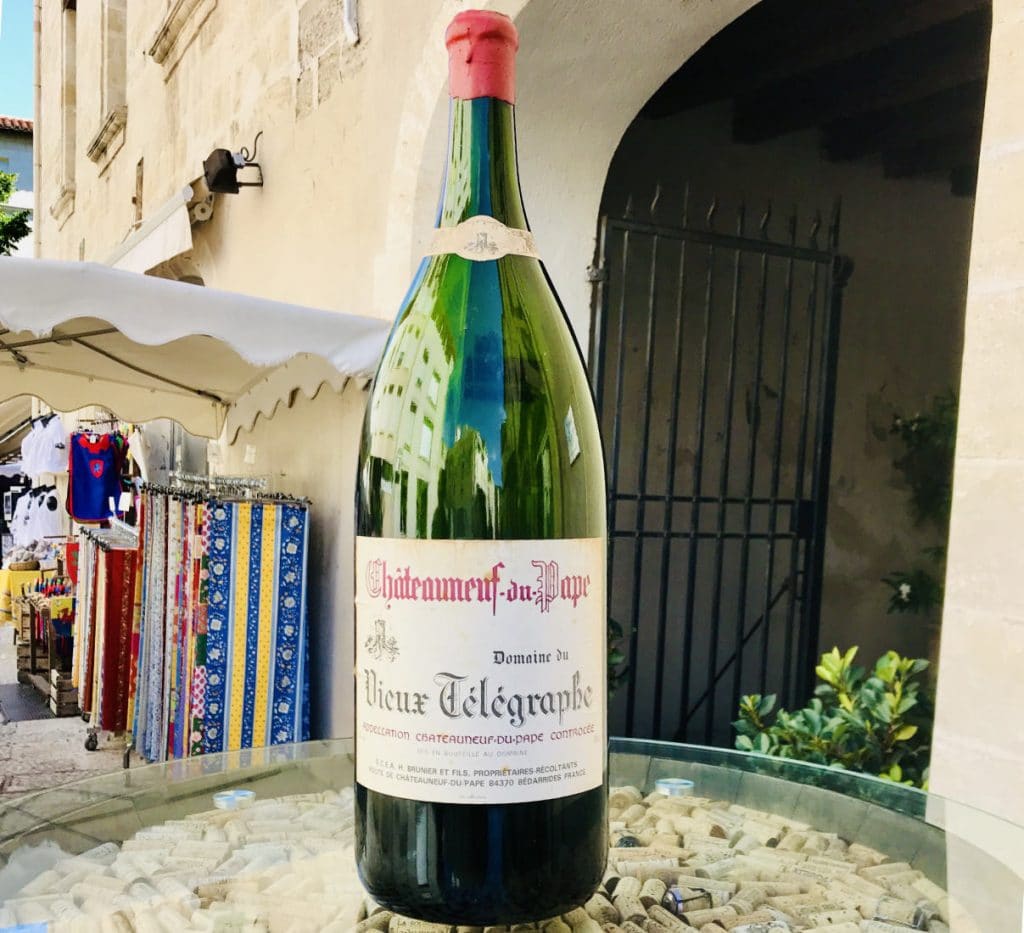
The vineyards here have existed since Roman times, using age-old techniques that have existed since then. The appellations used in this area are Côtes du Rhône , Côtes du Rhône Village, and Côtes du Rhône Cru .
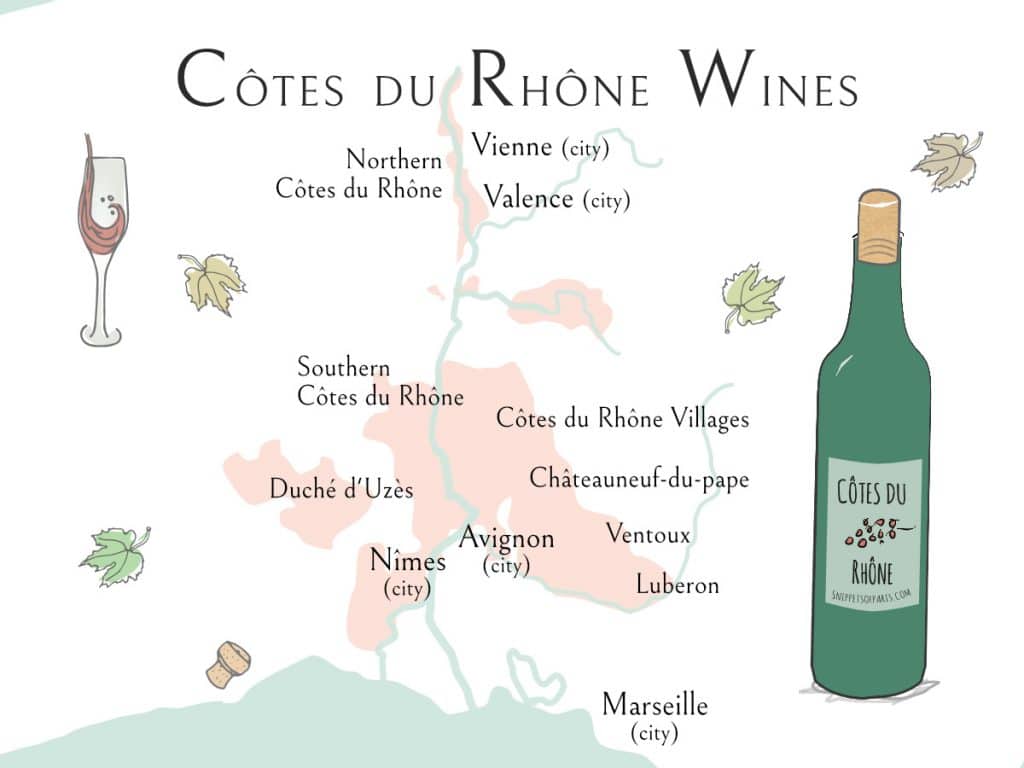
A favorite in the area is the Chateauneuf du Pape wines which have strong raspberry and plummy fruit flavors. The wines were established as a name when King Philip le Bel installed the Catholic Popes in nearby Avignon, instead of in Rome.
In addition, the area around Aix-en-Provence and Marseille is quite famous for its light rosés. The biggest names in the area are Côtes de Provence and Coteaux d’Aix-en-Provence and Baux-de-Provence . You can read more about Côtes du Rhône wines and Provence wines here.
Right on the border of the region of Provence, the Montélimar nougat has long been one of the 13 desserts that are served in Provence during Christmas .
The first nougat recipes date back to the Middle East and Mesopotamia (today known as Iraq). With almond trees being grown in the area since at least the 14th century, it is not clear when the Montélimar nougat was first invented and when the first French nougat recipes became popular.
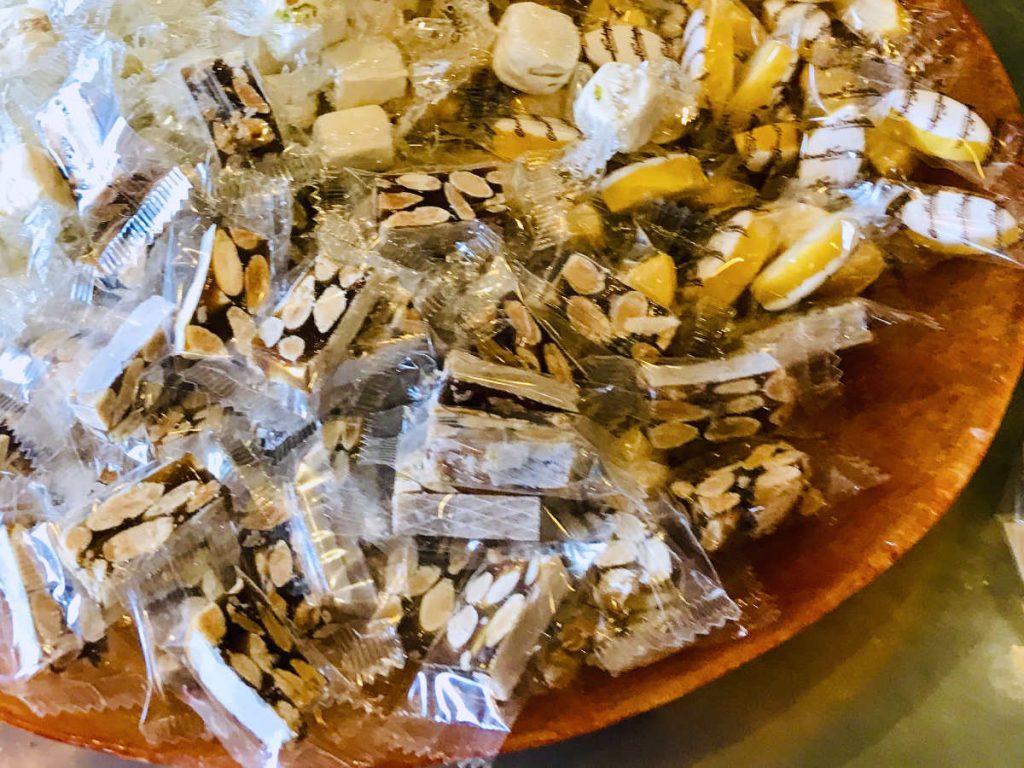
The original formula for Nougat de Montélimar was a confection made from honey, small amounts of sugar, roasted almonds, and whipped egg whites.
These days, there are a wide variety of flavors of nougat, and many different types that you can find across Provence.
16. Fougasse
A special flatbread from ancient Rome, it used to be called panis focacius in Latin. It has now become fougasse in the south of France, de focaccia in Italian cuisine, hogaza in Spain , and many more.
The provençale fougasse is cooked in the local tradition with olives, cheese, garlic or anchovies. And why not add a few herbs, onions, and lardons as well, the more the merrier.
It is usually eaten in brasseries and pubs around Provence as an appetizer like socca, and can be served warm or cold.
17. Pissaladière
Often compared to a thicker pizza, the pissaldière from Nice is not quite as flexible in terms of toppings, as it stems from the Latin word piscis meaning “fish”.
A traditional pissaldière is topped with chopped caramelised onions, black olives, and anchovies. A staple in Mediterranean pizza, it is usually considered as apéro food meant for sharing, rather than eating a whole pissaldière by oneself.
18. Tapenade
You may have had a tapenade before, but if you are in Provence, you must try it in its birthplace. Tapenade is the provençal name for a spread or condiment which from the Provençal word for capers, tapenas .
A tapenade consists usually of puréed or finely chopped olives, capers, and anchovies. It is a popular food in the south of France, where it is generally eaten as an hors d’œuvre with baguette.
19. Fruit confit
Another delicacy in the Provence region is fruit confit , or candied fruit. Dating back to the 14th century, the process involves taking whole fruit or smaller pieces of fruit and placing them in heated sugar syrup.
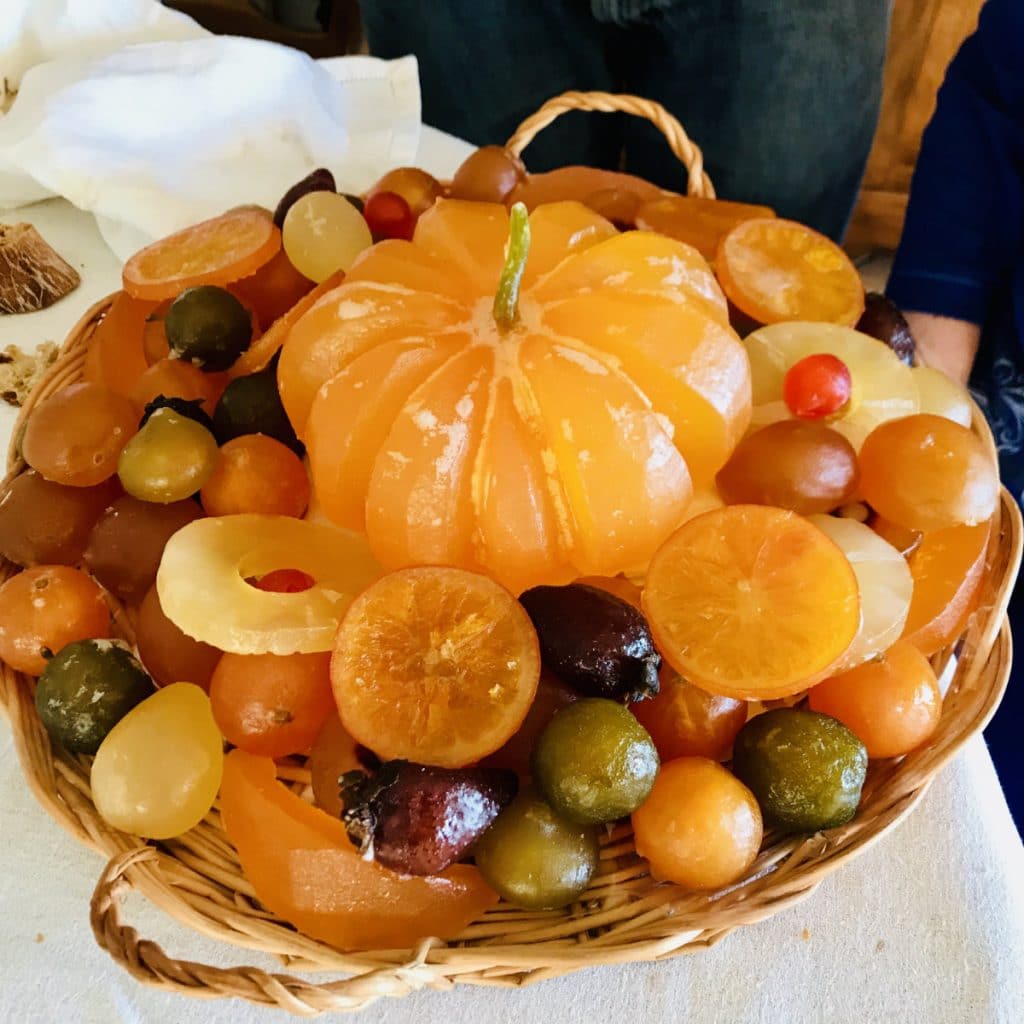
This makes the fruit absorb the moisture from within the fruit and eventually preserves it and stopping it from spoiling. Depending on the size and type of fruit, this process of preservation can take from several days to several months.
These candied fruit are then offered as treats or gifts for occasions like special holidays or Christmas .
11. Liqueur de Farigoule
With an alcohol content of 40%, liqueur de farigoule is as strong as it comes. A traditional digestif from Provence, it has a rich sugary flavor, with a taste of wild thyme.
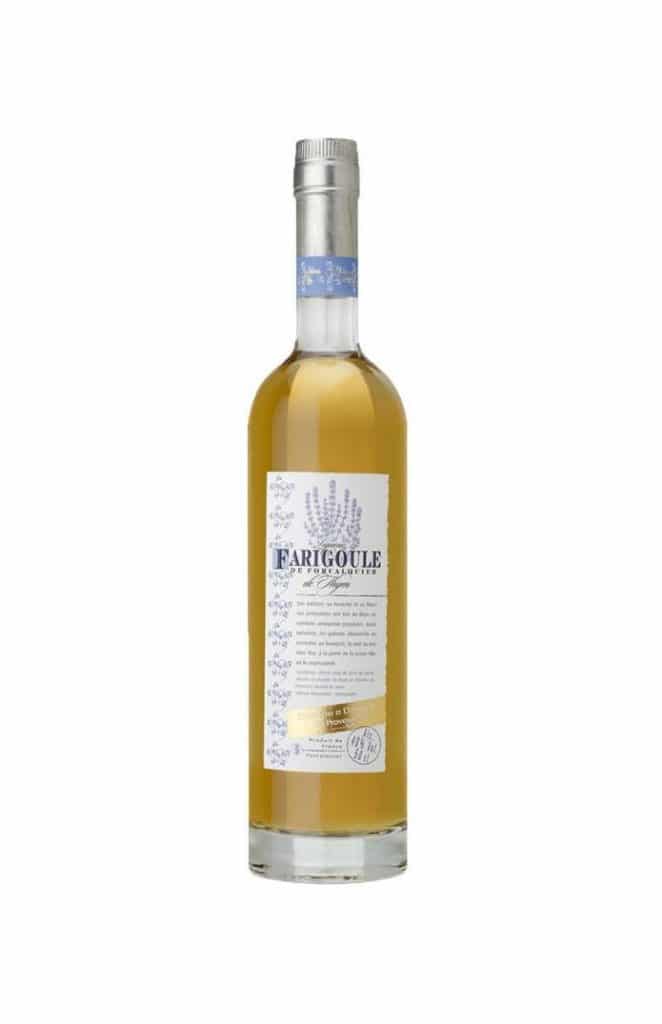
If you are looking for a palate cleanser, liqueur de Farigoule goes down smooth after a heavy meal.
It is not as widely available as the other better-known French digestifs , but if you ever make a trip to Marseille or other cities in Provence , it is a must.
21. Fiadone
From the island of Corsica just off of mainland Provence, we have the fiadone. It is a tarte made normally with brousse or ricotta cheese, grated coconut, a hint of lemon and vanilla.
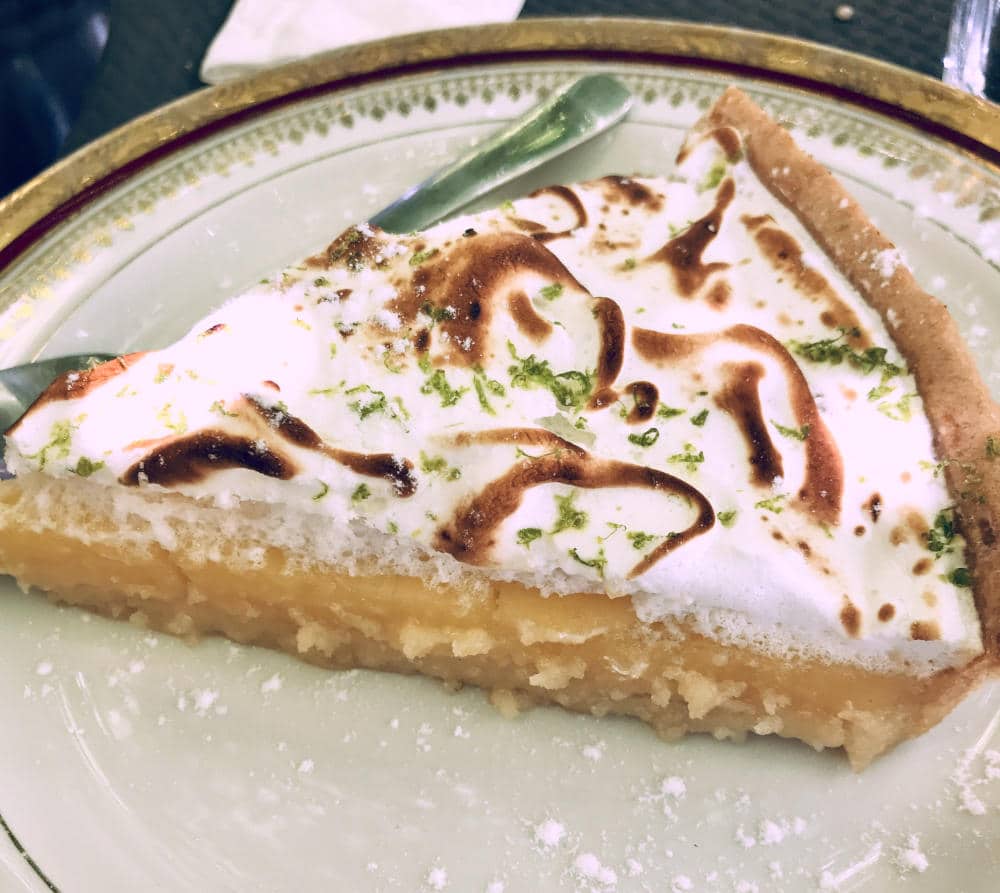
Sometimes called the Corisican cheesecake, it is very light and fluffy and goes down well on a hot summer’s day, which is why you find it typically in the South of France. You can read more about French cakes here.
Picon is another apéritif from Marseille, although it doesn’t taste at all like Pastis. It has an alcohol content of around 40% and is rather caramel flavored and bitter.
It was invented by a young soldier named Gaétan Picon, who invented a mixture of orange zest, cinchona, and gentian mixed in brandy in the mid-1800s. Sugar and caramel are also later added to the mix to make the apéritif what it is today.
23. Fleur de sel
You may not think of “salt” as being something to rave about, but French chefs place a lot of importance on the quality of this ubiquitous condiment in their dishes.
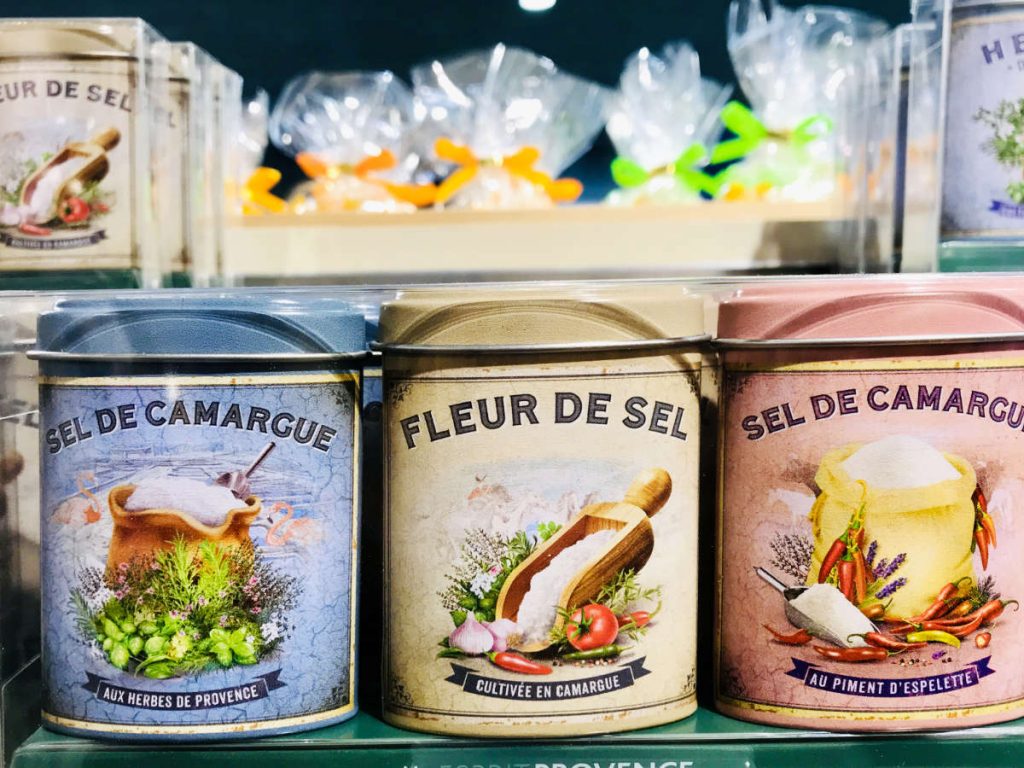
Since French food usually doesn’t have a lot of heavy spices , and generally relies on fresh ingredients , the quality of the salt plays an outsize role compared to other cuisines.
The Camargue in the east end of Provence is known for its sea salts that are produced by drawing seawater into marsh basins and allow the water to evaporate, leaving behind the salt. Some salt crystals float on the surface of the water, forming a delicate crust of crystals that is called fleur de sel .
24. Olives de Provence
The bonbon candy “ Olives de Provence “, are not chocolate-covered olives. As interesting an idea as it sounds, they are actually almonds that have been covered with chocolate which is then tinted in dark green or black to look like olives.
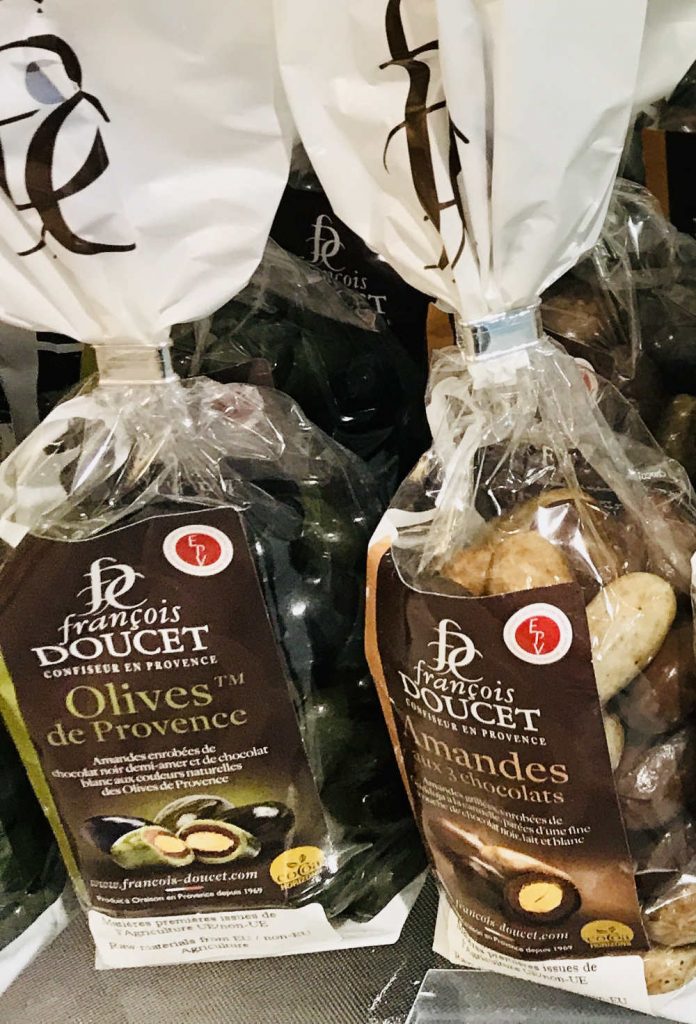
You will often find them for sale in the south of France (where olive trees are plentiful), with a somewhat helpful picture on the packet to try to explain that they are not olives inside.
25. Boules Fourrés au miel de Lavande
If you have a sore throat and even if you don’t, you may enjoy a boule fourrés au miel de Lavande .
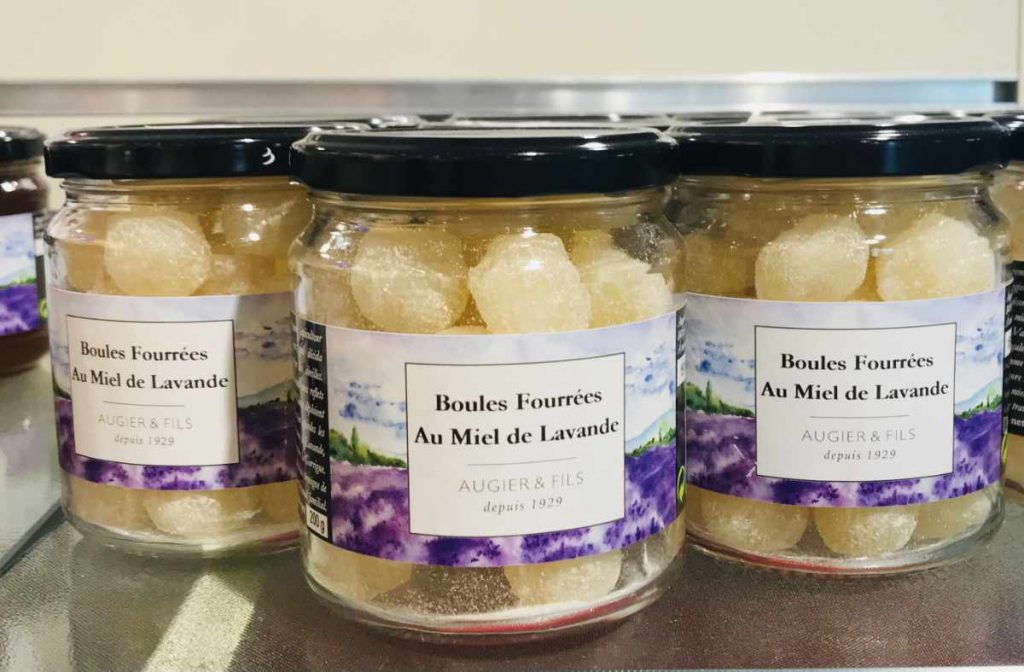
These sweet candy balls made of sugar, glucose syrup and honey and believed to date back to 1890. The honey is made from bees who have been feeding on the lavender fields of Provence , giving the honey a light taste of lavender as well. You can buy boules fourrés au miel de lavande here.
If you enjoyed that article, you may like to read more about French food facts as well as about other classic dishes throughout France . A bientôt!
You Might Also Like
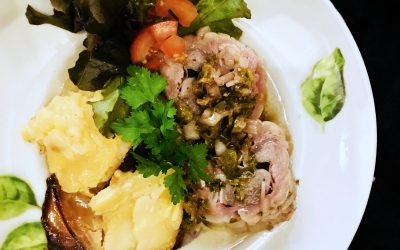
18 Foods in Lyon: What to eat and drink
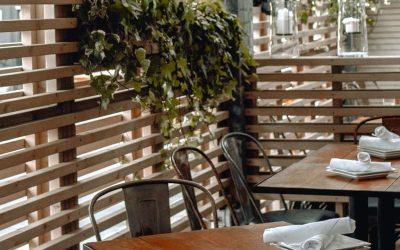
French Diet Myths: 14 Real tips from French Women to stay slim

French Bouquet garni: Ingredients and recipe

Your guide to a traditional French Christmas Dinner
- Paris & Île-de-France
- Alsace & Lorraine
- Bourgogne-Franche-Comté
- Bretagne & Normandy
- Auvergne Rhône Alpes
- Loire Valley
- Northern France
- Nouvelle Aquitaine
- Provence & French Riviera
- Events and holidays
- Facts and history
- Get the Look
- Moving to France
- Appetizers & Starters
- Main dishes
- Side dishes
- Common Questions?
- Newsletters

The Perfect 5 to 7 Days in Provence Itinerary
Last Updated on February 19, 2024
by Neota Langley
Disclaimer: This article contains affiliate links. That means if you click a link and make a purchase, we may make a small commission. As an Amazon Associate we earn from qualifying purchases. For more information, see our privacy policy.

Creating a 5 to 7 days in Provence itinerary may seem daunting but with so much on offer, it would be easy to miss out on some hidden gems. Provence is one of the most enchanting regions in France. Located in the country’s southeast, this picturesque region is known for its stunning landscapes, hilltop villages, and rich cultural heritage.
From the rolling hills of the Luberon to the dramatic coastlines of the Mediterranean, Provence is home to incredible natural beauty, history and charm and is a delightful region of Southern France.
Table of Contents
How Many Days in Provence?
While you can explore some of Provence’s towns and cities, such as Aix-en-Provence, in just 1-3 days, the best way to see this varied region is by taking 5-7 days to discover more of the natural beauty and hidden villages.
With 5 days in Provence, you can explore some of the region’s main attractions, tour the famous lavender fields and sample local cuisine in the charming towns.
If you have a little longer, spending 7 days in the area is the best way to get a natural feel for the area without feeling rushed. This way, you can enjoy the main attractions whilst taking your time to live the ‘joie de vivre’ in the Provençal sunshine.

Getting To & Around Provence
Getting to Provence is relatively easy, with a wide range of public transport options that serve the region’s towns and cities.
The main airports for accessing Provence are Marseille Provence Airport and Nice Côte d’Azur Airport. These are both major airports with a plethora of international flights available.
Several smaller airports serve Provence, including Avignon-Provence Airport, Nîmes-Alès-Camargue-Cévennes Airport, and Toulon-Hyères Airport. Depending on where you’re flying from, one of these airports may be a more convenient option.
The region’s buses and trains are efficient and affordable, connecting the major cities and towns. The high-speed TGV train is an excellent option for travelling between Provence and Paris or other parts of France. You can view train schedules here.
Once you have arrived in Provence, the best way to get around is by car and have a bit of a Provence road trip. If you need to hire a car, selecting a small vehicle is best, as the roads through the hills are narrow and winding. You can browse car hire options here.
Buses and smaller rail lines are available between connecting towns, but many villages and natural areas are only accessible by car, so public transport is not always a viable option.
However, that doesn’t mean hiring a car is a complete necessity. A wide range of full and half-day tours from the main towns allow you to hit the road and see the sights.

5 to 7-Day Provence Itinerary
Whether you are visiting Provence to explore the medieval towns and hilltop villages, see the iconic lavender fields or immerse yourself in the natural beauty of the surrounding national parks, this itinerary is your complete guide to making the most out of this spectacular region.
We have taken you on a journey of discovery from east to west, starting in Aix-en-Provence and ending in Avignon. Alternatively, depending on your preferred route, this itinerary can be followed backwards from west to east.
Whether you want to see Provence in 5 days or have an entire week to spend in this scenic region, there is something here for everyone. The summer is the best time to visit Provence, especially if you want to see the rolling hills covered in blankets of lavender.
Visit in the spring or autumn to avoid the crowds, but bear in mind, the main attractions are usually only open from April-October.
Day 1 – Aix-en-Provence
Aix-en-Provence is the perfect place to start on our journey through the region. Founded by the Romans in 123 BCE, Aix is incredibly charming, with bags of history and culture to discover alongside the beautiful natural surroundings. Although we will be based out of Aix-en-Provence for a few nights, it’s best to dedicate an entire day to this varied city.
The central hub of Aix is the Cours Mirabeau and the old town (Vieil Aix). Wander down the Cours Mirabeau to soak in this bustling town’s atmosphere.
This tree-lined avenue is home to some beautiful architecture, several iconic water fountains and classic Provencal cafes and bars where you can stop off for coffee, baked goods or regional wine. You can also take a walking tour of the Old Town.
The old town is just a stone’s throw from Cours Mirabeau. Wander through the cobbled streets in the morning (8 am-1 pm) to browse the local produce markets. From antiques to charcuterie, fresh fruits and vegetables to tablecloths and crafts.
Aix-en-Provence is recognised worldwide as the home of Paul Cezanne, a famous 20th-century post-impressionist artist. Here you can tour his last studio, Atelier de Cézanne, which is now a museum dedicated to Cezanne and his works.
Rising behind Aix, you can’t miss the towering Mont Sainte Victoire. An iconic landscape that inspired some of Cezanne’s most famous works. If you are an avid hiker, 250km of varied trails through the pine and eucalyptus forests surround the peak, or you can summit the mountain in around 2-3 hours.
This city is full of vibrant cafes, bars and restaurants. Try some of the regional cuisine in one of the many restaurants in the old town. Provencal cuisine blends classic French with other Mediterranean influences from Italy and Spain. You can also take a food tour to learn more about the city’s cuisine.
Choose between mouth-watering pizza and fresh pasta, delectable Spanish-style tapas, and traditional Niçoise dishes like the comforting ratatouille or the refreshing Niçoise salad. After dark, the city transforms, with late-night entertainment available in theatres, clubs and bars across the city.

Where to Stay in Aix-en-Provence
Hôtel Le Mozart – Mid-range visitors will love this 3-star hote in Aix. There are a number of comfy rooms to choose from, there’s a great breakfast on offer each morning and they have a great location for exploring the city and the Provence region as a whole.
Hôtel Cézanne – A design hotel in the centre of Provence, this is a lovely place to stay. There are several double and king rooms along with some suites to choose from. Breakfast is also available daily.
Aparthotel Adagio – Offering studio, one- and two-bedroom apartments, this is a great option for those after their own flat. They also have private parking, a good breakfast and a lovely garden to enjoy.
Not quite what you’re looking for? Click here to browse more Aix-en-Provence hotels!
Day 2 – Verdon & Lavender Fields
Day 2, and it’s time for a day trip from Aix. Weave up through the hills, sprawling vineyards and lavender fields in full bloom.
If you are looking for the perfect opportunity to photograph the iconic lavender fields, the area around the Valensole Plateau has the highest concentration of purple blooms with stunning backdrops of crumbling stone huts, gnarled trees and rolling hills.
Follow the D6 through the plateau, and you are guaranteed to stumble across some of the best photo locations. Keep an eye out for clusters of cars pulled over in laybys – it’s usually a sign that the perfect capture is a short walk away.
Stop off in Valensole for lunch, followed by a sample of some lavender gelato before continuing to the Verdon Gorge.
If you don’t have a car or want to discover the most famous lavender fields without hunting for them, several tours are available from Aix-en-Provence such as this half-day tour or this full-day tour .
The Verdon Gorge is a natural wonder known for its towering cliffs that fall into the turquoise waters of the Verdon River. It is the deepest gorge in France, and its stunning landscapes make it a popular destination for outdoor enthusiasts, hikers, and nature lovers.
Park your car beside the Pont du Galetas. Standing up on this tall bridge, you can catch a glimpse of the gorge, but the best way to explore the winding river is on the water. Vendors offer kayaks, paddleboards, and pedalos. Bear in mind during the summer months, the water can get low, so you may only be able to traverse part of the length.
Whilst the Verdon Gorge is not accessible via public transport, you can take a full-day tour from Aix. Spend the morning discovering the lavender fields, then enjoy an afternoon on the sparkling turquoise waters.

Day 3 – Calanques and Cassis
A trip to Provence would only be complete with a trip to the stunning Mediterranean coast. The Calanques National Park stretches for 20km along the rugged coastline, with plenty of hikes and secluded beaches to discover along the way.
Start your day in Cassis, a traditional fishing port town on the eastern edge of the Calanques. You can explore this quaint town on foot within an hour, so arrive early and stroll along the marina, coffee and croissant in hand, before heading out into the national park.
There are endless trails to explore with towering cliffs, crystal clear waters and hidden villages. Head out on the Calanques de Cassis trail to see the best bits of this varied landscape in a day hike.
Starting in Port Pin, the trail meanders along the coast, eventually reaching the Calanque d’En Vau. Famously known as one of the best beaches in France, you will be treated to idyllic white sands, turquoise waters and towering cliffs with deep caves.
Allow around 3 hours to complete this hike, with added time to enjoy a picnic and take a dip in the azure sea. You can also take an organised hike if you prefer to go with a guide.

Day 4 – Luberon Valley Villages
The Luberon Valley lies to the west of Aix-en-Provence on the way to our next destination, Avignon. However, this stunning valley with its hilltop villages is more than just a through road.
Made up of three mountain ranges, this ancient valley is surrounded by sprawling vineyards, lavender fields, historical sites and charming hilltop villages. Five of these villages have official’ Les Plus Beaux Villages de France’ status (most beautiful villages in France), and it’s not hard to see why.
You could easily spend more than one day exploring these hidden gems, but for this Provence itinerary, we will visit the top 3 villages in one day en route to Avignon.
Our first stop is the Bonnieux, with panoramic views across the valley. Wander through the cobbled streets to reach the church, offering some of the best views across Mount Ventoux and beyond.
Stop in on the various art galleries that line the streets, or, for the baking fanatics, Bonnieux is home to the fascinating Boulangerie Museum, housed in a 17th-century building. There is no doubt that this is one of the most charming villages in Provence.
Next is the ‘Orange Town’, Roussillon. Nestled in an ochre ridge, this charming town is built using the surrounding stone, giving it a remarkable orange tint. Wander through the picturesque streets to discover the local crafts, galleries and cafes.
If you want to get a closer look at the vibrant rock surrounding this town, the ochre trail hiking path is a great way to get up close and personal with the quarries towering orange cliffs and deep canyons. There are two options for this walk, one 50 minutes and the other just 30 minutes. Just don’t wear any white as the minerals tend to stain.
The final village on our whistle-stop Luberon Valley tour is Gordes. The crown jewel of Luberon, we’ve saved the best for last. The cobbled streets are often used as film sets as they ooze classic Provencal charm. Discover a fortified castle, top-end restaurants and wine terraces, the local produce market (Tuesdays) and a contemporary art museum.
Don’t miss the Sénanque Abbey, situated on the town’s outskirts. This 12th-century Abbey is still home to a community of Cistercian monks. Famous for its picture postcard setting, surrounded by blooms of purple lavender, it’s more than just a photo opportunity. Head into the Abbey to discover the ancient history and various lavender-based produce available in the shop.
We end the day in Avignon, the perfect base for exploring the western side of Provence. Head out to dinner in the town centre to get a feel for this charming settlement before we discover more in tomorrow’s itinerary.

Where to Stay in Avignon
Hotel Boquier – This cosy hotel is perfect for mid-range visitors to Avignon. Located in the centre of the city, they have a number of lovely rooms to choose from, on-site parking and a great breakfast available each morning.
Hotel De Cambis – Those looking for a little luxury during their Provence itinerary will love this plush hotel. Well-located for exploring Avignon, they have a range of wonderful rooms to choose from, daily breakfast and amenities like a restaurant, bar and room service to enjoy.
Chapelle du Miracle – For travellers after a private flat in Avignon, then these apartments are a good option. There are a number of flats to choose from, all fully furnished with everything you may need and they’re located in an excellent location for exploring the city.
Not quite what you’re looking for? Click here to browse more Avignon hotels!
Day 5 – Avignon
Surrounded by towering mediaeval ramparts, Avignon is steeped in history. The town centre of Avignon is a UNESCO World Heritage Site and it is an essential stop on any trip through Provence.
The city is best known for the Palais des Papes. This imposing Gothic palace served as the residence of several popes during the 14th century. Today, the Palais des Papes offers visitors daily tours providing a fascinating glimpse into the history and culture of the region.
Another iconic landmark in Avignon is the Pont d’Avignon, the remains of a picturesque bridge spanning the Rhône River.
Made famous by a catchy French song, ‘Sur le Pont d’Avignon’ (dancing on the Pont d’Avignon), only 4 of the original 22 arches remain. Washed away by the force of the Rhone, several attempts were made to rebuild the bridge, but it was abandoned in the 17th century.
Avignon is a foodie’s dream, with several Michelin-starred restaurants and high-quality budget-friendly options available. Showcasing the best of French cuisine, for a special treat, try La Mirande, holders of a regular Michelin star alongside a ‘green’ star for sustainability efforts.
For a more budget-friendly option, try EAT, a modest restaurant offering local cuisine just a short walk from the Pont d’Avignon.
If you only have 5 days in Provence, Avignon is the perfect place to round off your trip with several onward travel options available from the nearby high-speed TGV train station.

Day 6 – Arles & Camargue National Park
Day 6 begins in Arles , a historic city known for its Roman ruins and artistic heritage. Begin with a visit to the Amphitheatre, an ancient Roman arena that once held up to 20,000 spectators.
From there, you can head up to the nearby Roman Theatre, which features stunning views of the city and the surrounding countryside.
Vincent Van Gogh is arguably one of France’s most famous artists. He produced several of his most famous works while living in Arles. Here you will find a museum dedicated to his works, including a self-portrait and a Provencal landscape scene.
After spending the morning exploring Arles, make your way to the nearby Camargue National Park, a unique natural area known for its wildlife and beautiful natural marshlands. This region is home to one of the most ancient horse breeds, the Camargue pony and the iconic horned Camargue cows.
Spend the afternoon exploring the sandbanks, one of the only places in Europe you can see wild Flamingos. There are plenty of laybys and wildlife hides where you can stop and watch these pink birds resting on one leg.
You can explore the narrow roads by car, but the best way to fully immerse yourself in the wilderness is by bike. There are several hire locations on the edges of the National Park, and the roads often have dedicated cycle lanes. There are also some day tours from Avignon such as this half-day tour.

Day 7 – L’isle-sur-la-Sorgue
To round off the perfect one week in Provence, our last stop is the ‘Venice of Provence’, L’isle-sur-la-Sorgue. Located just 30 minutes from Avignon, this charming market town is technically an island in the middle of the River Sorgue, connected by scenic bridges lined with brightly coloured blooms.
L’isle-sur-la-Sorgue is often referred to as Europe’s antique capital. Along with the temporary brocants, there are plenty of antique and vintage stores down every alley. You could easily spend the entire day hunting for vintage treasures.
If you can, visit on a Sunday (which is market day) to experience one of Provence’s best markets, with over 300 vendors selling everything from local produce to antiques, pottery, and baked goods.
Just outside of L’isle-sur-la-Sorgue, on the road back towards Avignon, there is a little hidden gem worth a stop. The Grottes de Thouzon is a dramatic cave full of incredible stalactites and stalagmites. You can enter the cave on the 45-minute guided tour, where you will learn more about the geology and the accidental discovery of the cave.
If you are heading back towards Aix-en-Provence instead of Avignon , stop off at the Fontaine de Vaucluse. Here you will discover the source of the Sorgue, a mysterious natural spring.
No one knows exactly how deep this spring is, but during heavy rainfall, up to 200,000 litres of water rushes out every second making it one of the largest springs in the world.
You can rent a kayak from the village to paddle up the river or walk on one of the many trails that snake up through the woods.

Have More Time?
7 days is plenty of time to soak in the golden sunshine, fill your camera roll with photos of ancient buildings, lavender fields and hilltop villages and enjoy some of the South of France’s finest cuisine. However, if you have more time to enjoy this magnificent region, keep reading to find out what else you can see and do in the surrounding area of Provence.
Châteauneuf-du-Pape
Located just 20km north of Avignon, Châteauneuf-du-Pape is one of the most famous wine regions, known for its bold Grenache-based reds. Protected by AOC status, 3,000 acres of vineyards across the scenic valley produce this iconic wine.
Of course, the most popular activity in this area is a vineyard tour and wine tasting. There are several options available to discover the wine for yourself. You can opt for a self-guided tour or book a comprehensive, organised tour. If you want to visit just one shop, head to the central Vinadéa.
This wine shop offers free tastings with over 250 variations to choose from. Or, wander through the vineyards surrounding the village, stopping off at tastings along the way.
Pont Du Gard & Nimes
Provence is home to some of the best-preserved Roman ruins in the world. The Pont du Gard is a stunning Roman aqueduct just outside of Nîmes. Built over 2,000 years ago, it is one of the world’s most impressive and well-preserved examples of ancient Roman engineering.
The aqueduct was constructed in the 1st century CE to carry water over 50 kilometres from the Eure River to Nîmes. Today, Pont du Gard is a popular tourist destination. You can walk across the top of the aqueduct, which offers stunning views of the surrounding countryside, or take a guided tour to learn more about the history and engineering.
Inside the city of Nimes, there are plenty of Roman ruins to discover. One of the most famous landmarks in Nîmes is the Arena of Nîmes. This Roman amphitheatre was built in the first century CE. The arena’s exterior showcases a series of arches and columns, typical of Roman architecture. You would be forgiven for thinking you had teleported to Rome!
To learn more about Provence’s ancient Roman history, head across the street to the Maison Carrée. This temple is one of the best-preserved Roman buildings in the world and is now home to a museum showcasing the city’s history.
If city hopping is your thing, Marseille is the third-largest city in France. Located on the Mediterranean coast, this city is known for its rich history, beautiful architecture, and stunning coastal landscapes.
One of Marseille’s most iconic landmarks is the Basilique Notre-Dame de la Garde, a stunning Catholic basilica perched on a hill above the city. Other must-see sights include the Old Port, a bustling harbour that has been a centre of commerce and culture for centuries, and the historic Panier neighbourhood, known for its colourful streets and arts scene.
Marseille’s trade history has heavily influenced its vibrant food scene, an eclectic mix of traditional French cuisine and North African and Middle Eastern flavours. Marseille also is poised as a good jumping-off point if you want to explore the French Riviera .

Provence is a must-visit destination in the South of France. Whether you are a nature lover, wine enthusiast, city hopper, history buff or all of the above, this region has something for everyone. Visit Provence in 7 days to make the most of the sights and activities, but don’t worry if you only have 5 days to spend. You can easily adapt this itinerary to suit any schedule.
Are you planning to visit Provence? Have any questions bout this itinerary? Let us know in the comments!

Related Posts:

The Ultimate 5 to 7 Days in Northern France Itinerary

The Ultimate 5 to 7-Day Pyrenees Road Trip Itinerary

Why It’s Worth Spending One Day in Perpignan, France

About Neota Langley
Neota is a writer for The World Was Here First. Born and bred in Cornwall, she can usually be found with hiking boots on, ready to embark on an adventure. For the last 6 years, she has travelled throughout Europe in her self-built campervan with her trusty canine companion, Ivy. She loves exploring France, the Nordics and spending time in Alpine destinations.
Your article on the perfect 7 day itinerary in Provence sounds magical and the perfect way to see a region. We plan on visiting in Dec ’23 with 2 kids (4 years and 9 years old). Would you still recommend it?
Leave a Comment Cancel reply
Food in Provence – The Must-Eats of Provençal Cuisine
Article written by Elisa - Travel Writer & Local in France This article may contain compensated links. Please read disclaimer for more info.
What to Eat in Provence
During a holiday in Marseille or anywhere in the beautiful region of Provence , you will surely try as many foods as possible.
Provencal cuisine is distinctively French but with that special touch given by the Mediterranean climate that produces flavorful ingredients. Seasonal and fresh vegetables like tomatoes and garlic and the fragrant “herbes de Provence” (a mixture of thyme, rosemary, savory, and oregano) are the base of most dishes you will taste while in Provence.
Rooted in the simplicity of family-style cuisine, here’s the best food in Provence, delicious Provençal food recipes that you absolutely need to try.
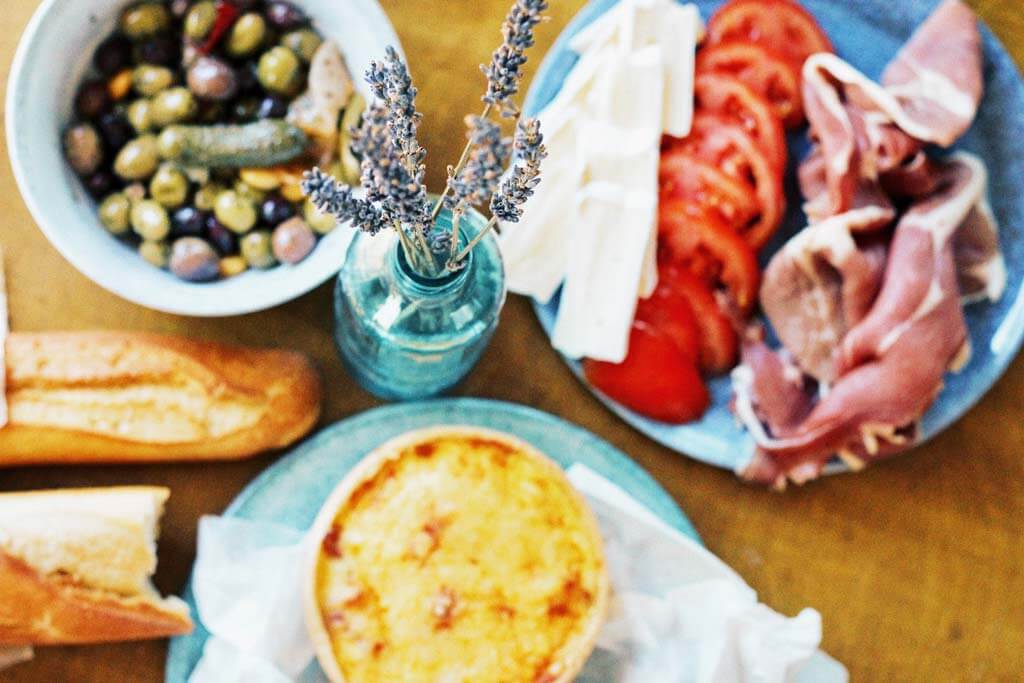
Provençal Food Recipes You Need to Try
What to eat in Provence? Here are the best foods you will find in Provence (classic Provençal dishes and sweets), and the descriptions will help you decide if you want to try them or not.
1. Bouillabaisse
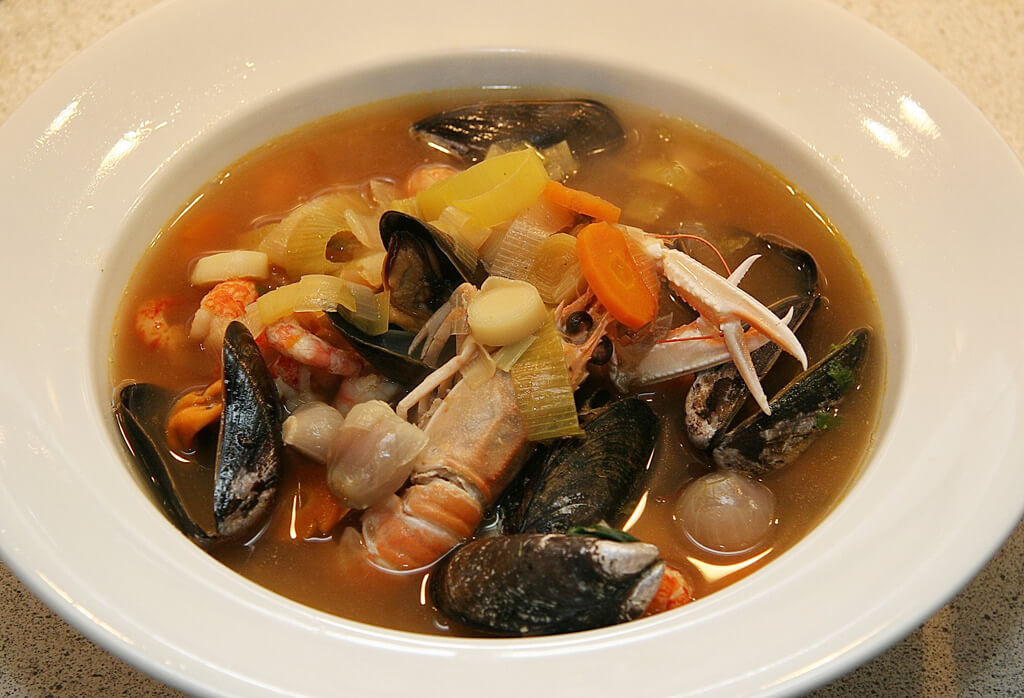
Bouillabaisse is one of the most famous Provençal foods. You might know bouillabaisse as a luxurious seafood stew, but this dish has humble origins. It was eaten by the fishermen in Marseille , who prepared it using the leftovers from their daily catch.
Bouillabaisse is made with a combination of broth and fresh seafood, which are served separately. As for the seafood, Marseille’s bouillabaisse must include at least four of the following species: scorpion fish, monkfish, white scorpion fish, fielas (conger eel), spider crab, capon (red scorpion fish), galinette (red mullet), St. Pierre (John Dory), slipper lobster, lobster. This long list allows restaurants and families to choose according to the arrivals and number of guests.
The long hours of simmering with vegetables, white wine, and aromatics (saffron, bay leaf, and dried oranges) give this Marseille food its distinctive and rich flavor and bright orange color.
The best place to try bouillabaisse is, of course, in Marseille , where this dish can cost from 80€ up to 130€ (when it has lobster).
TIP: Learn more about food in Marseille with this top-rated Marseille food tour with tastings .
2. Ratatouille
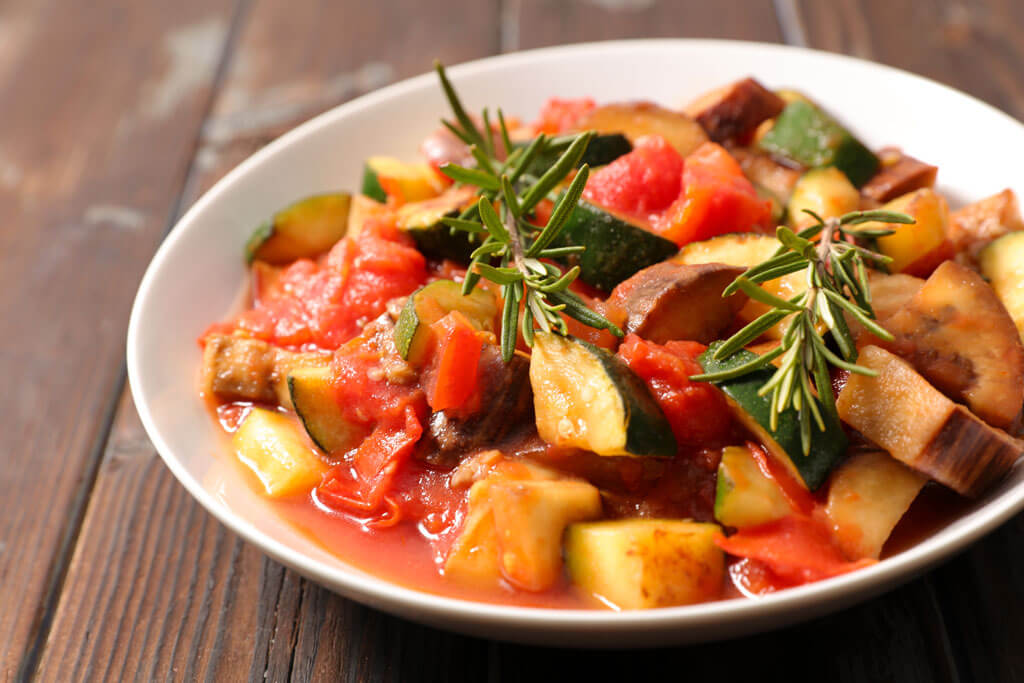
One of the most popular Provençal recipes is, without a doubt, ratatouille . Arisen to fame thanks to the Disney movie of the same name, ratatouille is a traditional specialty from Nice .
Ratatouille is a vegan dish prepared with tomatoes, bell peppers, zucchini, eggplants, onions, and garlic. This Provence food can be enjoyed on its own as a vegetable stew with toasted garlic bread or as a side to roasted or grilled meat mains, usually lamb or chicken.
Ratatouille is one of the Provence foods that you can enjoy any time, as it is served either hot or cold.
TIP: This Nice food walking tour with tastings always gets the best reviews.
3. Soupe au Pistou
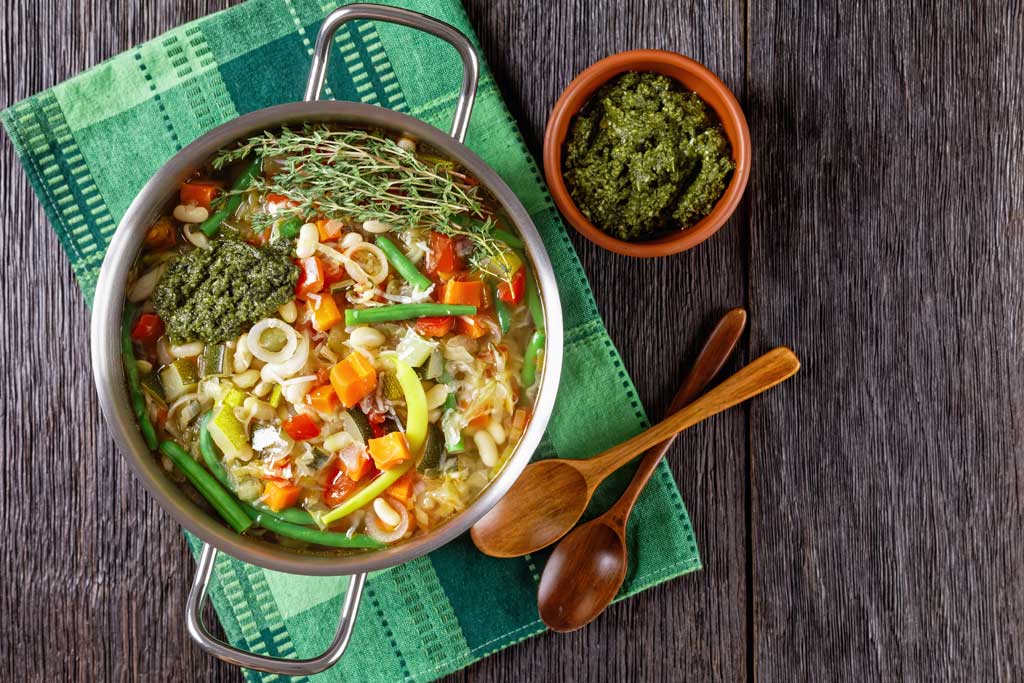
Soupe au Pistou is a very popular food in Provence. It is a fragrant vegetable soup made even more delicious by adding a pesto-like paste made from crushed garlic, basil, and olive oil.
Some people add cheese to the soup, but many locals think it is unnecessary (besides being too Italian). But with or without cheese, the soupe au pistou is incredibly tasteful!
This soup is usually enjoyed during the summer to enjoy and benefit from the fresh seasonal vegetables.
4. Lapin à la Provencale
Lapin à la Provencale is an incredibly fragrant and colorful rabbit stew that combines the characteristical flavors of this region in Southern France.
The meat is tender and juicy thanks to the cooking method in the oven, and the dish calls for the use of late-spring seasonal ingredients such as fresh tomatoes, black olives, and lemon.
What distinguishes the way to make the lapin à la Provençale is the use of the aromatic mix of herbs of Provence and dry white wine from Provence.
Served warm, this dish is everyone’s favorite and will become yours too!
5. Aïoli
Aïoli is a thick garlic sauce with a consistency similar to mayonnaise. It is made with simple ingredients: garlic cloves, egg yolks, lemon juice, salt, white pepper, and olive oil.
The rich taste makes aïoli perfect to be used as a dipping sauce, and in Provence, it is served mainly alongside seafood dishes.
However, aïoli is such a beloved food in Provence that it is served during parties and feast days in the version called Le Grand Aïoli, where the dipping sauce is put at the center of the plate and paired with boiled artichoke, soaked salt cod, tuna, and simply cooked vegetables.
6. Daube Provençale
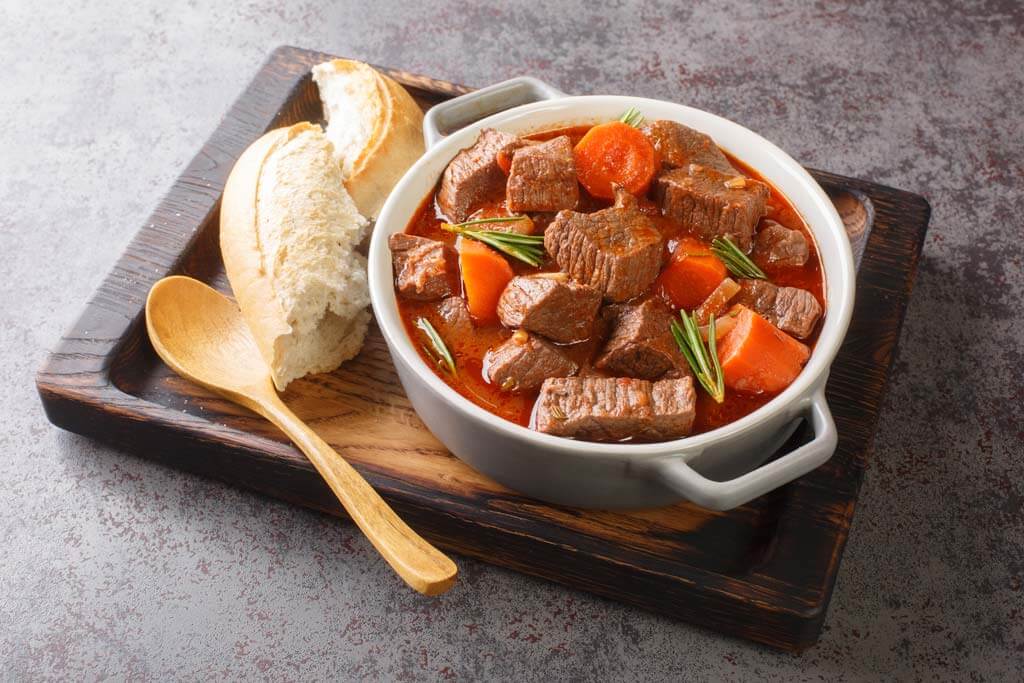
Daube Provençale is a simple but delicious beef stew that used to be cooked and eaten by the 19th-century working class as a warm and calorie-rich dish.
Tender and hearty, the beef is marinated overnight in red wine and then slow-cooked alongside smoked port belly, carrots, black olives, and other vegetables. Before serving, the meat is seasoned with aromatics, including thyme and laurel.
To raise the already complex flavor profile to the next level, this Provençal dish has a secret ingredient: dried orange peels that make it truly unforgettable!
7. Agneau de Provence
Lamb is a staple of French cuisine, and it is one of the main ingredients in many Provençal recipes.
Agneau de Provence is a simple yet delicious dish with the rich taste of a traditional home-style meal. The lamb is slow-cooked in a heavy casserole in the oven, which is what makes the meat incredibly juicy.
The dish is usually served during family gatherings or dinner parties with friends, and it is enjoyed with sides of roast potatoes, crisp green salads, or pan-fried green beans with garlic.
To enjoy the agneau de Provence even more, accompany it with a glass of rich red wine.
8. Tapenade

Tapenade is a velvety spread made from black olives, capers, anchovies, garlic, and the fabulous mixture of herbes de Provence.
This food was invented in the port town of Marseille, and its name comes from the term that in Provence is used for “caper,” from an earlier version of the spread made only from mashed capers.
Tapenade is a popular Provençal food served mainly during apéritifs: it is eaten spread on a slice of baguette accompanied by a cool glass of pastis liquor .
The salty flavor of the spread pairs wonderfully with seafood, making it ideal for a fine sea-view lunch or dinner in Marseille.
9. Calissons from Aix-en-Provence
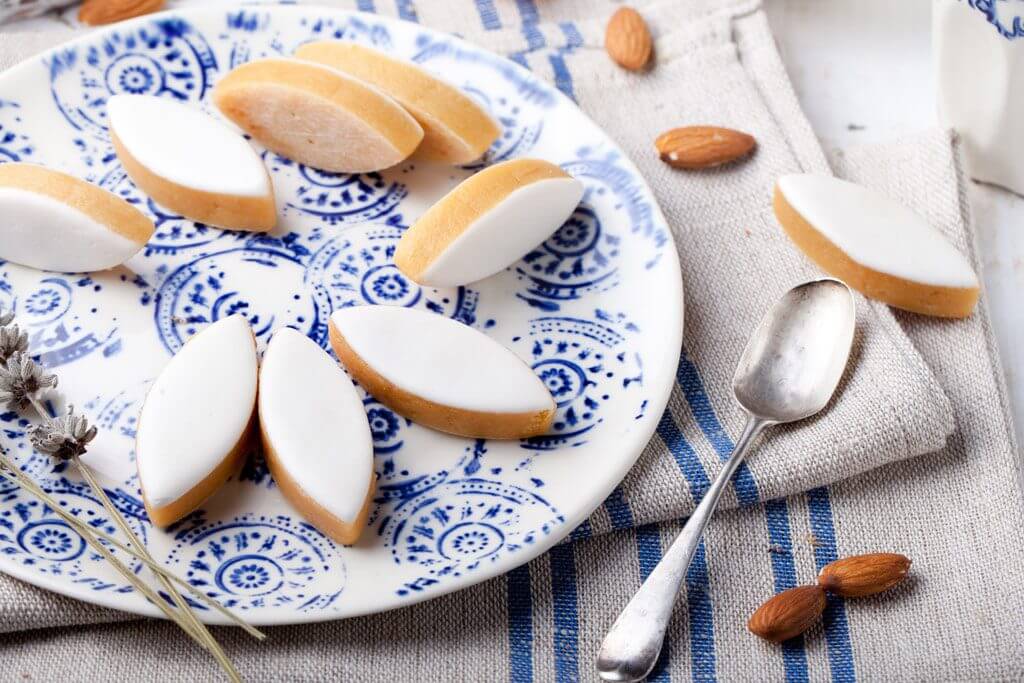
A sweet delicatessen, calissons are the best-known biscuits from Aix-en-Provence .
Made from almonds, candied melons, and oranges soaked in syrup paste, the biscuits are long-shaped and covered in white or colorful sweet icing. Calissons’ consistency is similar to marzipan, but they taste entirely different.
What makes these divine biscuits the most typical product of Aix en Provence is the particularly sweet local almonds used in its preparation.
You can find calissons in the markets of Aix-en-Provence and surrounding towns. Enjoy calissons with a cup of tea or coffee for a perfect end of the meal!
TIP: Don’t miss this top-rated Aix-en-Provence food walking tour !
10. Navettes

Navettes are typical shaped-boats biscuits from the city of Marseille . Traditionally prepared for Candlemas Day, a Christian holy day, you can find them all year round.
The original version of these biscuits is still produced by a single bakery in town, the ancient Four des Navettes . Original navettes from this bakery are slightly different from the ones sold everywhere else. They are about 15 centimeters long and have a rather hard consistency that makes you appreciate their taste more once warmed up.
Elsewhere in Provence, navettes are smaller, softer, and have a more pronounced boat shape.
Whatever type of navettes you find, the slightly sweet, orange blossom flavor renders these biscuits utterly delicious.
Back to Homepage
Disclaimer: This article may contain compensated links, meaning we get a small commission if you make a purchase through our links. It costs you nothing more (in fact, if anything, you’ll get a nice discount) but helps us to go on creating incredible French content for you. We trust all products and brands promoted here and would never recommend anything that isn’t of value. Please read disclaimer for more info.
(C) Copyright 2019 - 2024 France Bucket List. All Rights Reserved. Designed & Developed by France Bucket List || Disclaimer || Privacy Policy || Contact |
Best food and wine tours in Provence
Browse through the best selection of food & wine tours provence.

The Time of Secrets | Château Astros
Enjoy the Provence view on 4x4 vineyards trip and wine tasting at historical Templar Commandery

Oenological workshops
Discover the essence of organic wines of Provence

Wine tasting and tour at Château Saint Hilaire
The perfect destination for a wine tasting with local gastronomic delights paired with a tour at Château Saint Hilaire

Wine Tasting and Tour at Château de Berne
A guided tour at Château de Berne, including wine tasting paired with local gastronomic specialities from Provence

Art tour & Wine tasting at Château de la Gaude
Escape to Château de la Gaude: an oenotouristic and artistic journey near Aix-en-Provence. Discover the richness and the authenticity of this 18th century Bastide, classified French Heritage site

Winery Visit, Wine Tasting, Apéritif at Mas De Valeriole
This tour will take you for a walk through the vineyards, followed by a tasting of three wines from the estate paired with local Camargue cuisine in Provence

Wine tasting and tour at Domaine Du Mas Bleu
Enjoy a tasting of Provence wines paired with local cheese and other regional delicacies

Wine Tasting and Meal at Domaine Rabiega
A Provençal wine haven since the 16th century, offering organic vineyards, boutique hotel, bistro dining, and wine tastings
Provence Food & Wine Tours Offered by Local Guides
Experience Food & Wine Tours in Provence together with local wine tour guides.

Aix-en-Provence food markets, Château Beaupré & Château Bonisson vineyards private tour
Old Town Market, Wine & Art of the Châteaux Beaupré & Bonisson
The Wines of the Luberon - Château La Canorgue & La Verrerie & the Château de Lourmarin & Bastide du Laval private tour
Wines and Olive Oil Private Tour

Avignon and the Vineyards of Châteauneuf du Pape
Where life is lived through its history & traditions and the Rhône valley wines

Medieval villages of Les Baux de Provence, Carrières de Lumière
Journey through Les Baux de Provence and Saint Rémy: ancient villages, art, and wine amidst stunning landscapes

Wine Tasting : Tour de France in Nice city centre

Marseille Craft & Wine Walking Tour
Down the Wine Path!

Private Vineyard Tour + Wine Tasting in Nice with a knowledgeable and friendly sommelier
Bellet wine tour: Vineyard strolls, winemaking insights, and exquisite tastings

Food Tour with a Wine Pairing Lunch
A culinary exploration of traditional Niçoise cuisine and wine pairings

Shared Wine Tours - From Nice
Experience the vibrant flavors of Provence through a diverse selection of reds, whites, and rosés, renowned for their power, intensity, delicacy, and finesse
Are you looking for something specific?
Explore our experience categories and discover the perfect wine adventure in Provence

Accommodations in Provence

Art & Wine Tours in Provence

Cheese & Wine Tastings in Provence

Hike & Wine in Provence

Outdoor Wine Activities in Provence

Picnic & Wine Tours in Provence

Winery Restaurants in Provence
Best cities to visit in provence, france.

Provence Food & Wine Tours Map
Looking for a more specific destination, design your perfect wine holiday in provence, everything you need to know before you experience food & wine tours in provence.
Learn about the enchanting region of Provence in France, where the vibrant cities of Marseille, Avignon, and Aix-en-Provence come alive with the tantalizing flavors of local food and exquisite wines. Provence is renowned for its picturesque landscapes, charming vineyards, and the production of exceptional wines, particularly those made from the Grenache and Syrah grapes. Indulge in the ultimate food and wine experience by embarking on one of our carefully curated food and wine tours in Provence. Immerse yourself in the rich culinary traditions of the region as you savor delectable dishes crafted from the freshest local ingredients. From the fragrant lavender fields to the sun-kissed vineyards, every sip and bite will transport you to a world of pure bliss. Discover the best food and wine tours in Provence and unlock the secrets of this captivating region. Whether you are a wine connoisseur or a food enthusiast, our expertly guided tours will take you on a journey of gastronomic delight. Don't miss out on this unforgettable experience – book your food and wine tour in Provence today and create memories that will last a lifetime.
Are you looking for something else in Provence?
Read our travel guide to the Provence wine region , or discover our very selection of wineries to visit in Provence and places to stay in Provence .
Get your monthly boost of wine inspiration
Join our newsletter now to receive our free guide on how to plan the perfect wine tour

Groovy Mashed Potatoes - Travel Blog
Unique travel experiences, fun itineraries & offbeat places to help you plan your dream trip
4 Day Provence Itinerary for Nature, Food, Art & Culture
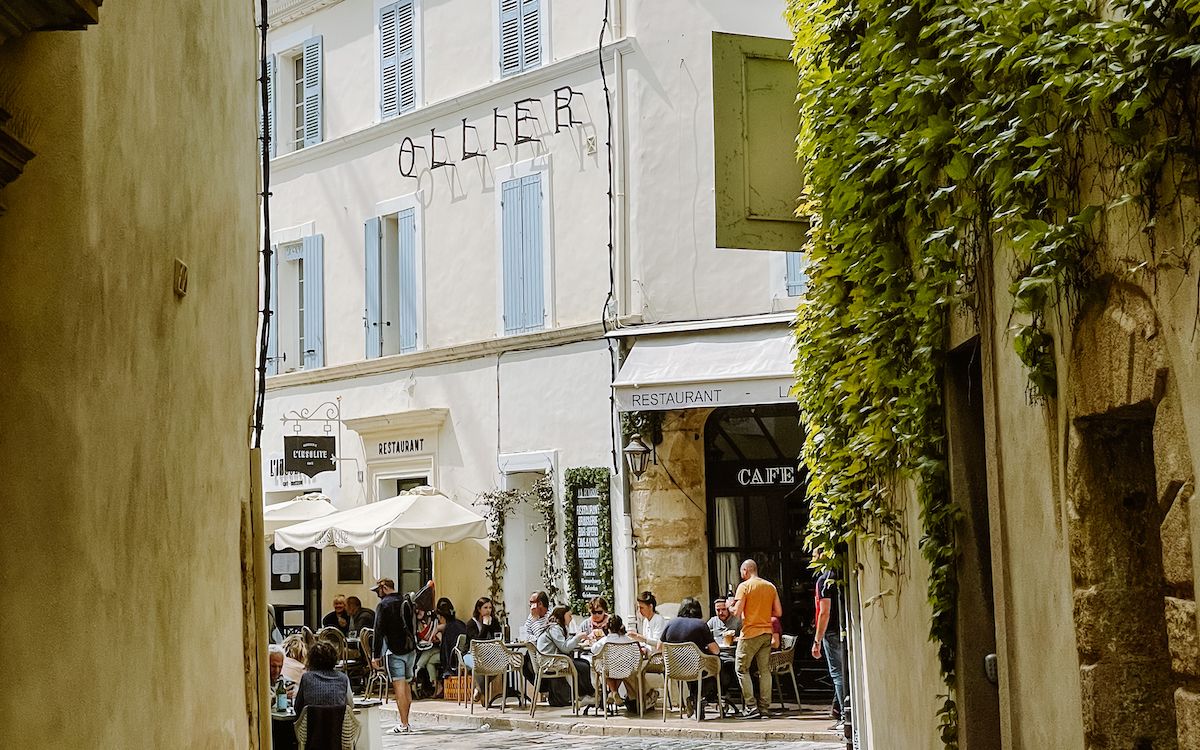
With its stunning landscapes, lavender fields, ancient vineyards, hilltop villages, and rich cultural heritage, Provence offers travellers an authentic way to experience the French way of life. The region's timeless traditions, emphasis on fresh cuisine, and celebration of art and culture make it a destination that captures the essence of France.
Your 4 days in Provence will take you on a road trip through the Luberon Valley to explore beautiful hilltop villages, vibrant local markets and scenic sights. Whether you're a history, nature, art, architecture, food or wine enthusiast, Provence has something to offer for everyone.
Our 4 Day Provence itinerary includes unique places and local hot spots you don't want to miss , from the best picnic spots to scenic restaurants serving outstanding Provencal cuisine.
Best time to visit Provence
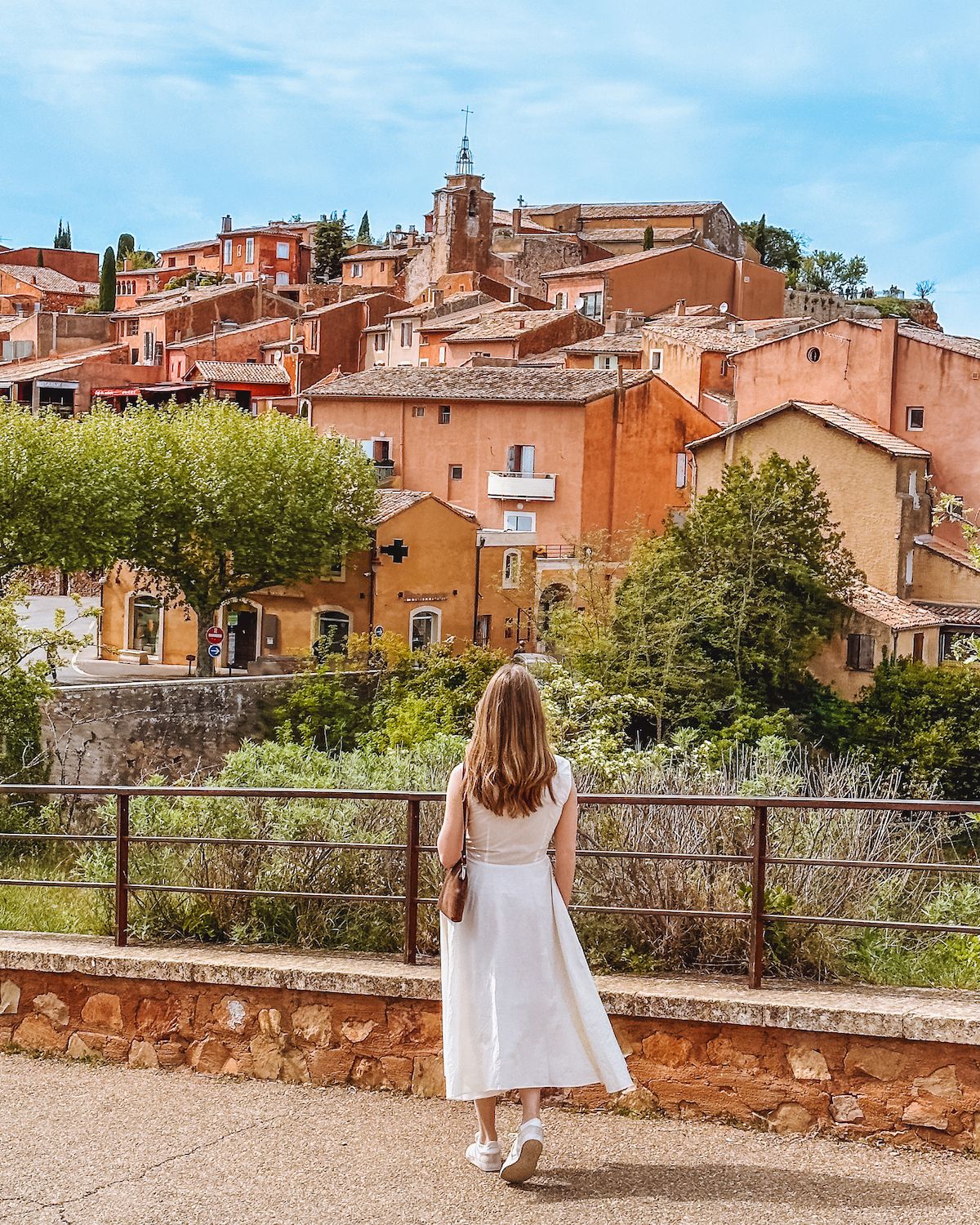
If seeing the lavender in bloom is important to you, the best time to visit is early July , however, this is also one of the busiest times of the year with tourists.
If it's not a priority to see purple lavender, we recommend traveling to Provence in May or September. The weather is pleasant, villages and markets are vibrant and everything is open, but you have fewer crowds than in June-August.
We don't recommend coming in off-season from November - March , as it's chilly and some places aren't open.
Driving in Provence

The best way to explore Provence is by car with its beautiful country roads taking you through the valley up to villages. It's easy to get around and most villages are straightforward with a main road going through them. There are a few smaller local roads that can get skinny, but other than that driving was a breeze!
Provence 4 Day Itinerary
Visit Chateau La Coste & the vibrant village of Lourmarin
Where to Stay
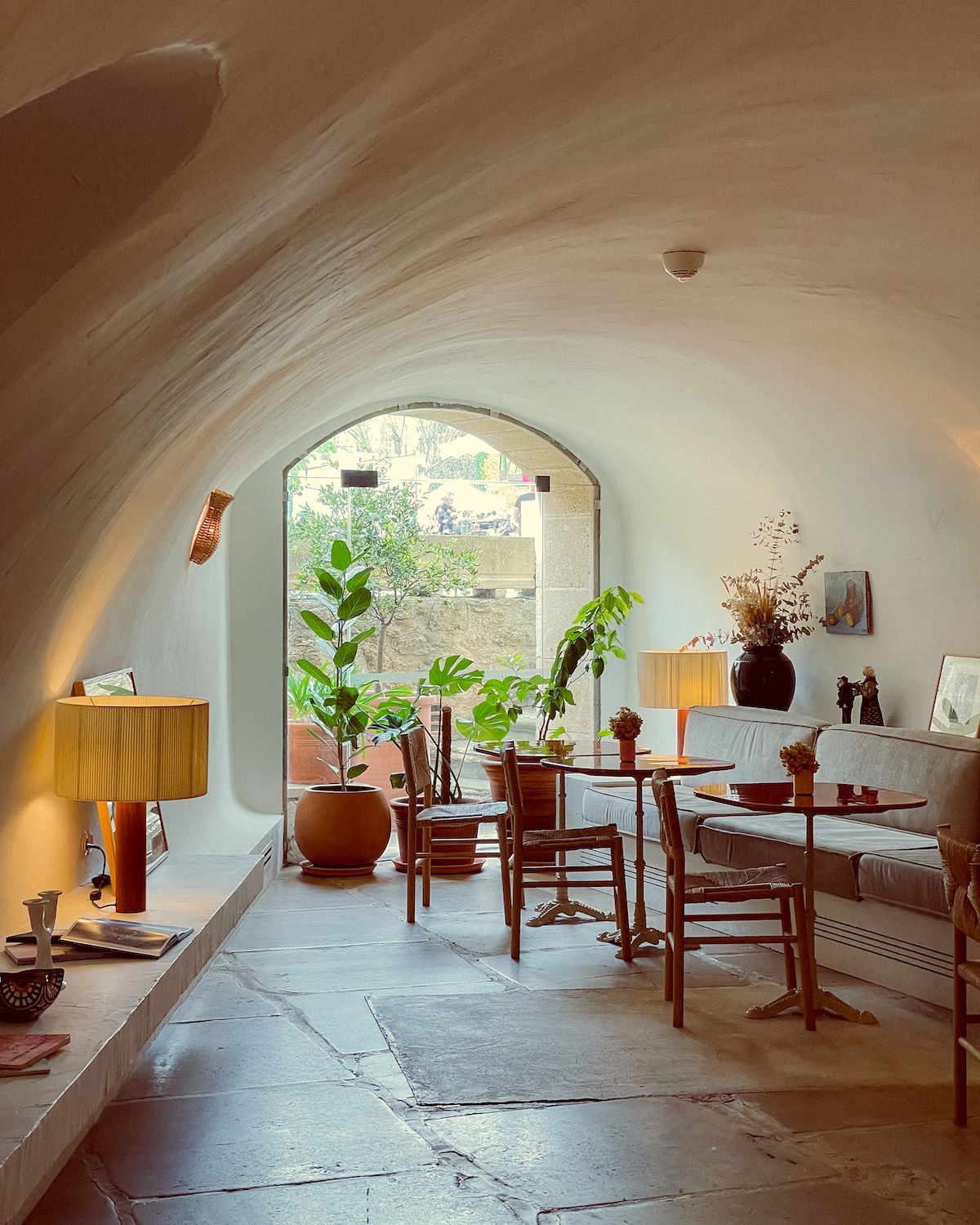
For your first two nights in Provence, stay in Lourmarin, the gateway of the Luberon. The village is known for its vibrant cultural scene, creative atmosphere and fashionable crowd. Located in the south of the Luberon region, it's a great starting-off point to explore Provence and is located under an hour's drive from the Marseille International Airport.
Spend the day at Chateau La Coste and the evening in Lourmarin
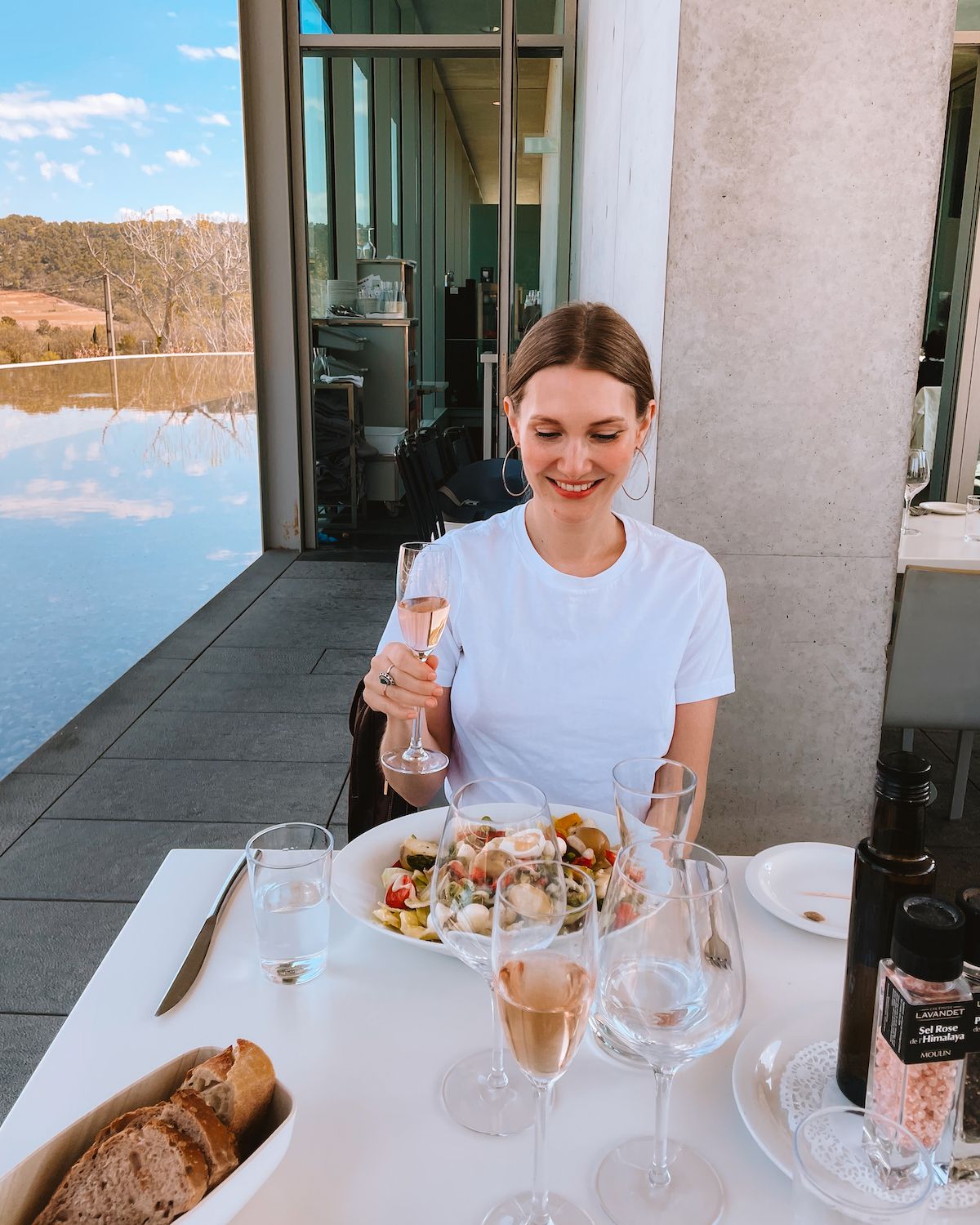
Chateau La Coste
Pick up your rental car
Pick up your rental car at the Marseille International Airport, and drive about 30 minutes to your first stop, Chateau La Coste.
Experience Chateau La Coste's unique combination of contemporary art, nature and gastronomy
Chateau La Coste is a multi-faceted experience in art, nature and gastronomy. We luckily got this recommendation from a local architect, and it's one of the most unique places we've ever visited.
As you drive into the enchanting estate, you are greeted by huge sculptures set amidst the beautiful landscape. Peppered throughout the acreage you'll find 43 open-air art installations, by big names like Tadao Ando and Paul Matisse, that create a harmonious blend of nature and creativity. It should take you about 2.5 hours total to see everything by foot. The walking distance is 4 km and there are uphill sections, so bring runners.
First, eat lunch on the outdoor terrace of Restaurant de Tadao Ando before setting off to see the art installations . Next, go for a small hike to see the art. It costs 15 € per person to view the property and you're given a map that describes each artwork.
Afterwards, step into the tasting room for a free wine tasting of their fine rosés. They were some of our favourites we tried in Provence. We recommend buying a bottle to have with your picnic the next day.
Check into your hotel in Lourmarin
The drive to Lourmarin from Chateau La Coste is just 25 minutes. Settle into your hotel and get ready for an evening out in town.
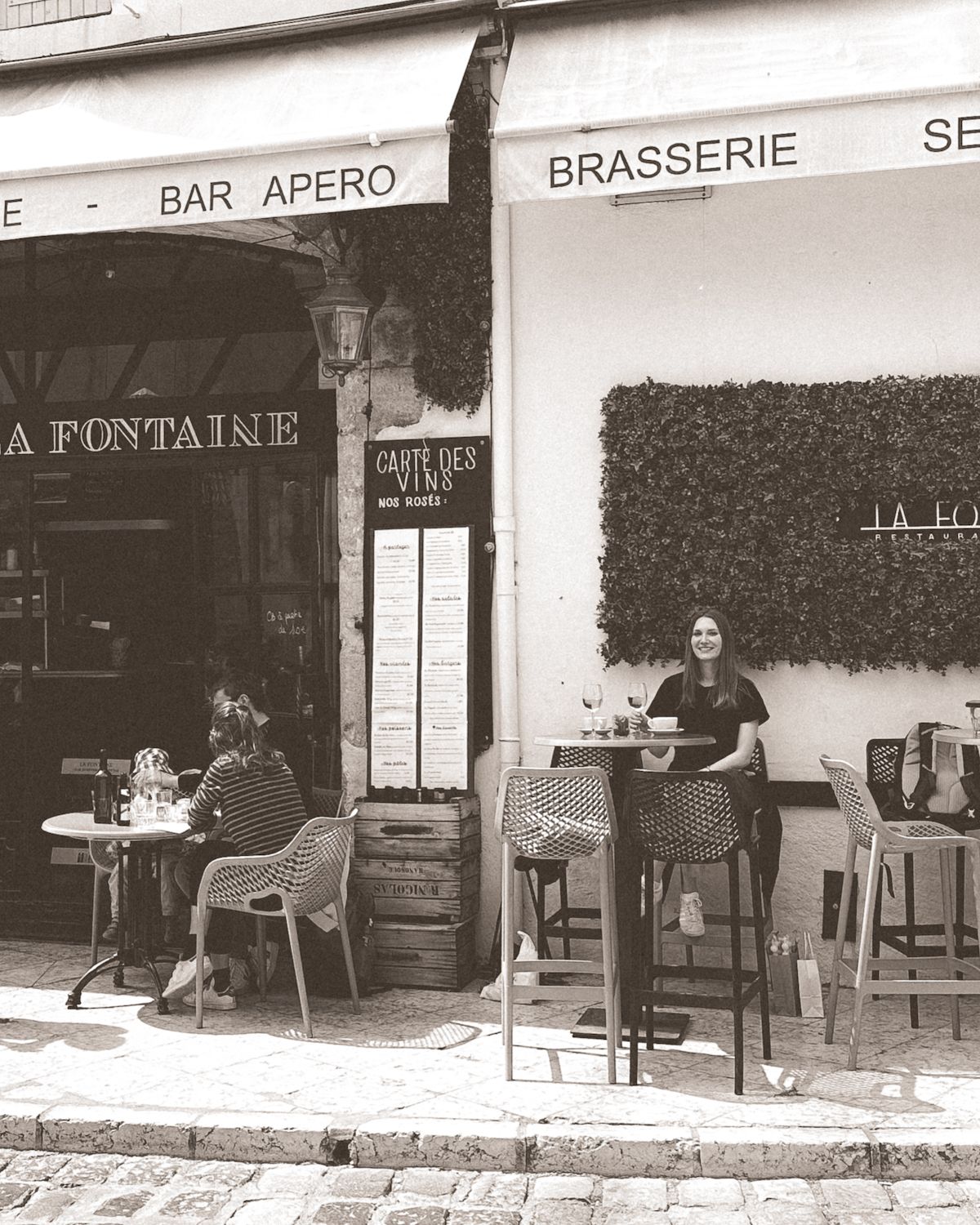
Dine, sip rosé and people watch in Lourmarin's old-centre square
Lourmarin has a rich history, with writers, artists and intellectuals, like Albert Camus, living here throughout history. We loved spending time in the old-centre square sipping rosé, sharing bites and watching locals and visitors pass by. Snag one of the sidewalk tables at Cafe Gaby or La Fontaine , and take in the village's cosmopolitan and artistic flair.
Explore Lourmarin and have a picnic at a 15th century castle
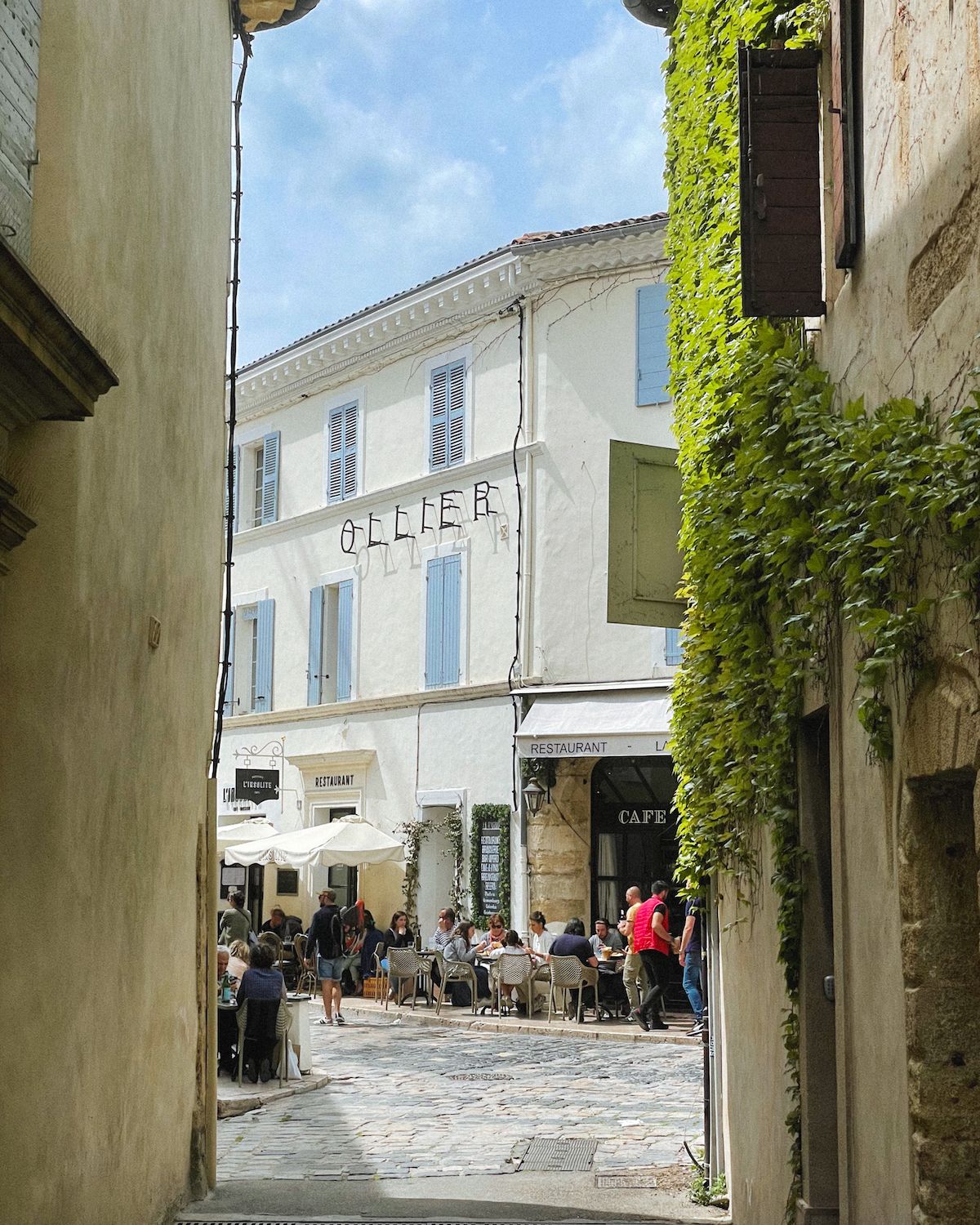
Lourmarin village and Chateau de Lourmarin
Explore Lourmarin and shop the boutiques
Although Lourmarin is small, there are many things to do. The best time to visit is on Fridays when the village comes alive with its bustling market and live music in the streets. If you can line up your stay to be there on a Friday, we highly recommend it! The market was excellent with over 150 vendors selling food, produce clothing, jewelry, housewares and accessories. I bought a knit sweater, a purse and two bracelets. Everything was so chic!
If you're not there when the market is on, start your morning with coffee overlooking the square before setting off to shop the boutiques. Our favourite shop was Mise En Scene .
Also, don't miss La Calade De Lourmarin, a tea shop with a peaceful garden space for sitting . We smelled four loose-leaf teas and chose one to have as iced-tea on their patio.
Afterwards, walk the quiet backstreets to see beautiful medieval buildings and cute cats walking about.
Have a picnic at Chateau de Lourmarin
Gather picnic ingredients from the market or artisanal shops and have a picnic at Chateau de Lourmarin, a historic 15th century castle overlooking the village. If you walk up the stairs at the back of the castle, you will find an excellent picnicking area in an olive tree grove . You don't need to pay a fee to visit this area.
We found shade under one of the olive trees and snacked on olive tapenade, fresh baguette, market strawberries, soft goat cheese and chorizo sticks.
Don't forget: a knife, board/plate and picnic blanket.
Taste wines of Provence at Domaine de Fontenille's tasting room
Domaine de Fontenille has a tasting room located in the centre square, and the best part is that it's free ! We tried rosés and reds and learned more about the wines of Provence.
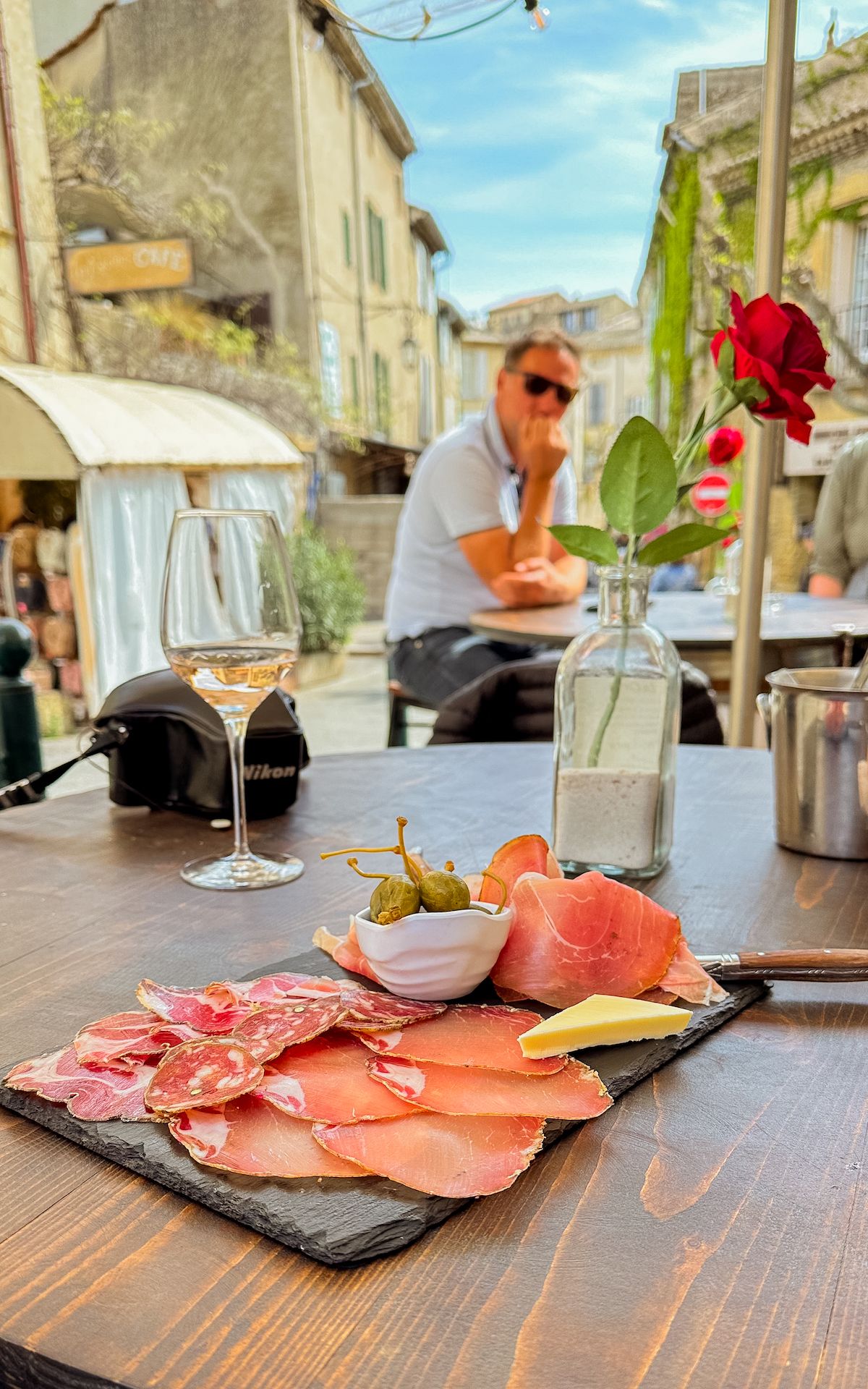
Left: Le Tonneau | Right: La Maison Cafe
Taste more wines and eat tapas at Le Tonneau
Le Tonneau, situated just up the street from the main square, is one of the village's finest spots for tasting wines and charcuterie. Their wine-barrel tables on the raised patio set the stage for a fun evening.
Listen to music at La Maison Cafe
La Maison Cafe is the hip place to be where locals and travellers gather to listen to music, dance and drink cocktails. See what events are on when you visit. We went on a Saturday and they had a DJ who played a mix of disco and funk, followed by a group who played "electronic-jazz" with synth and drums. The music was great!
Must try cocktail: Caipirinha
See our list of 10 fun things to do in Lourmarin
Explore the Luberon Valley and six beautiful villages that capture the charm of Provence
Where to stay
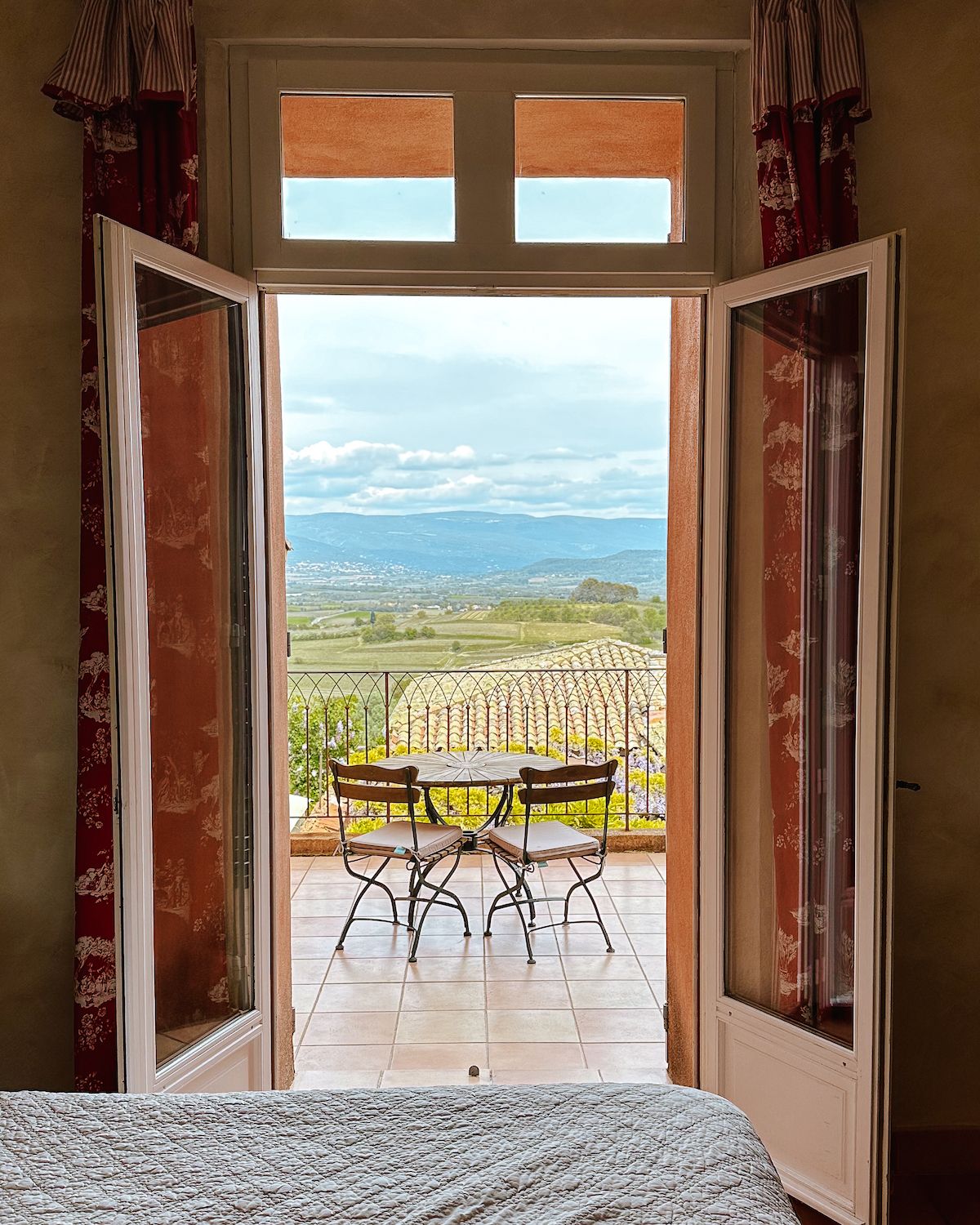
For your last two nights, we recommend staying in Roussillon, our favourite village in the Luberon. Not only is it beautiful with its ochre-coloured cliffs and historic buildings, it's also a great jumping-off point for day trips to the surrounding villages.
Explore Bonnieux, Menerbes and Roussillon
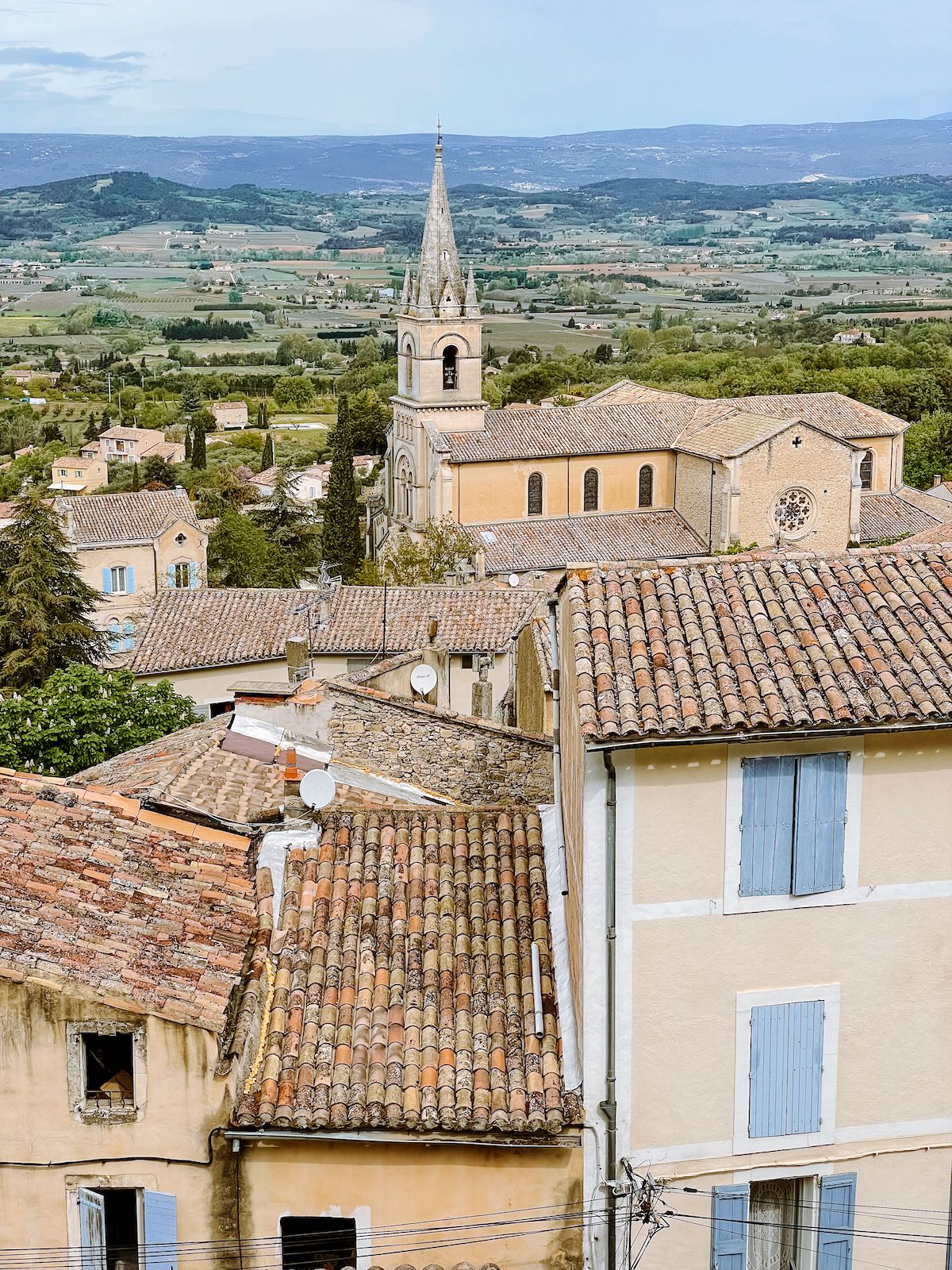
Top: Bonnieux village and Menerbes village | Bottom: Lunch at Cafe Du Progress
Drive the scenic route from Lourmarin to Bonnieux
The drive from Lourmarin to Bonnieux is one of the most beautiful in the region. Take the winding road through the gorge up to the hilltop village for panoramic views of the Luberon Valley. Pull over to the side of the road in Bonnieux to stretch your legs and take in the surroundings.
Enjoy a scenic lunch at Cafe Du Progress in Menerbes
Menerbes is a quiet hilltop village with eateries and galleries tucked away through the narrow cobblestone streets. Here is where you will find a local favourite for lunch, Cafe Du Progress. Make your reservation far in advance to ensure you get a table on the terrace overlooking the countryside. The farm-to-table cuisine matches the setting perfectly.
Walk through Menerbes
After lunch, take a stroll along the old stone houses. Stop in at Maison de la Truffe , and pop into the art gallery upstairs. Afterwards save room for freshly brewed iced-tea and pastries at Chez Auzet , which also has nice valley views.
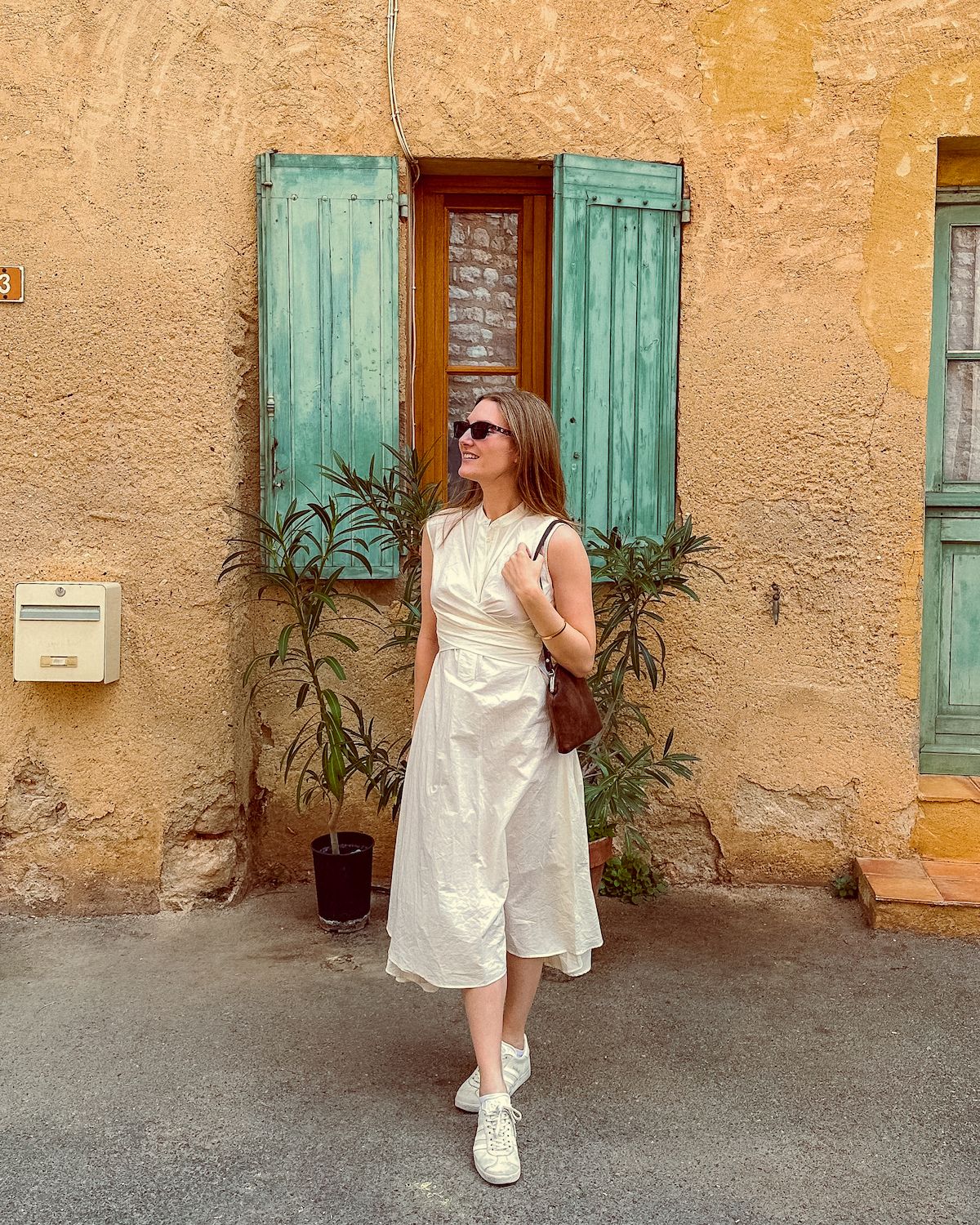
Exploring Roussillon and eating at Restaurant David
Explore Roussillon village
After checking into your stay in Roussillon, head out into the tiny streets to explore. We found Roussillon to be more bohemian and colourful than other villages, which we loved. These were our favourite boutiques in Roussillon:
- Bals'Art - for organic balsamic reductions and macerations. They have tastings in the back.
- Cricri - for well-priced local products and natural paints in unique ochre shades.
- Maison Brémond 1830 - a gourmet grocer selling local products from Provence. Excellent if you're looking for gifts to bring back!
Dine at Restaurant David for breathtaking views of the ochre cliffs
Restaurant David was our favourite place we dined at in Provence. It had it all with its Michelin-recognized cuisine and outstanding views overlooking the ochre cliffs. Dine here at sunset, so you can see the rocks radiate and pop out like gems in the forest. We even saw a rainbow!
See our list of 9 unique things to do in Roussillon
Day trip to Goult, Gordes, and Saint-Saturnin-les-Apt
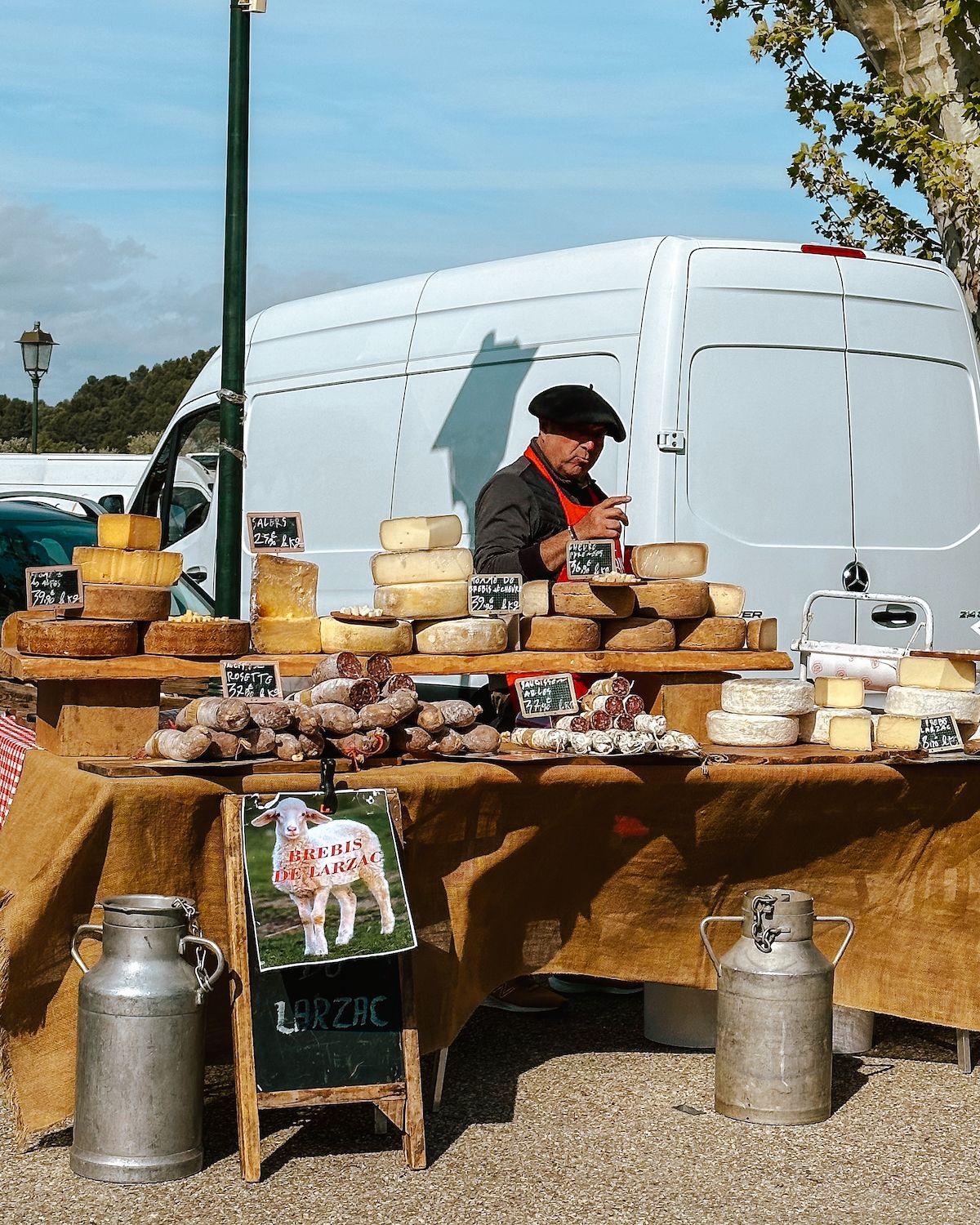
Clockwise from top left: cheese vendor at the Lourmarin market, Le Carillon Restaurant in Goult, picnic on Route de Murs, view of Gordes Village
Visit a local market
Villages in the Luberon each have their own "market day". Depending on the day of the week, visit one of the local markets in the region:
- Tuesdsay: Saint-Saturnin-les-Apt or Gordes
- Thursday: Goult, Roussillon or Menerbes
- Friday: Bonnieux or Lourmarin
- Saturday: Apt
- Sunday: Isle-sur-la-Sorgue
Markets in the Luberon typically get busy by 9 AM and vendors start closing up their stalls around lunchtime (~12:30 PM).
Top market tip: some stalls sell similar things, with some at better prices.
Enjoy a leisurely lunch at Le Carillon in Goult
After perusing the market, stop in for a gourmet lunch at Le Carillon, one of the best restaurants serving Provencal-style cuisine in the region. Reserve a spot on their outdoor terrace in the heart of the village and choose one of their set menus. Afterwards, walk off your lunch and explore the village. Goult was the one village we visited that we could see ourselves living in.
If you have time, also stop at the Edith Mezard boutique in the tiny village of Lumieres next door. I bought a stylish crochet purse and a serving plate with lemons on it. The whole store was très-chic!
Drive the scenic loop from Gordes to Abbaye Notre-Dame de Sénanque and a panoramic picnic spot
Gordes is considered the most picturesque village in the Luberon, and for that reason, it can get quite touristy and crowded. It's better to look at the village from afar , with its stone houses cascading down the hillside. Afterwards, keep driving towards Abbaye Notre-Dame de Senanque to see the lavender fields and loop around to Aire de pique-nique Route de Murs, for a lovely view and picnic spot.
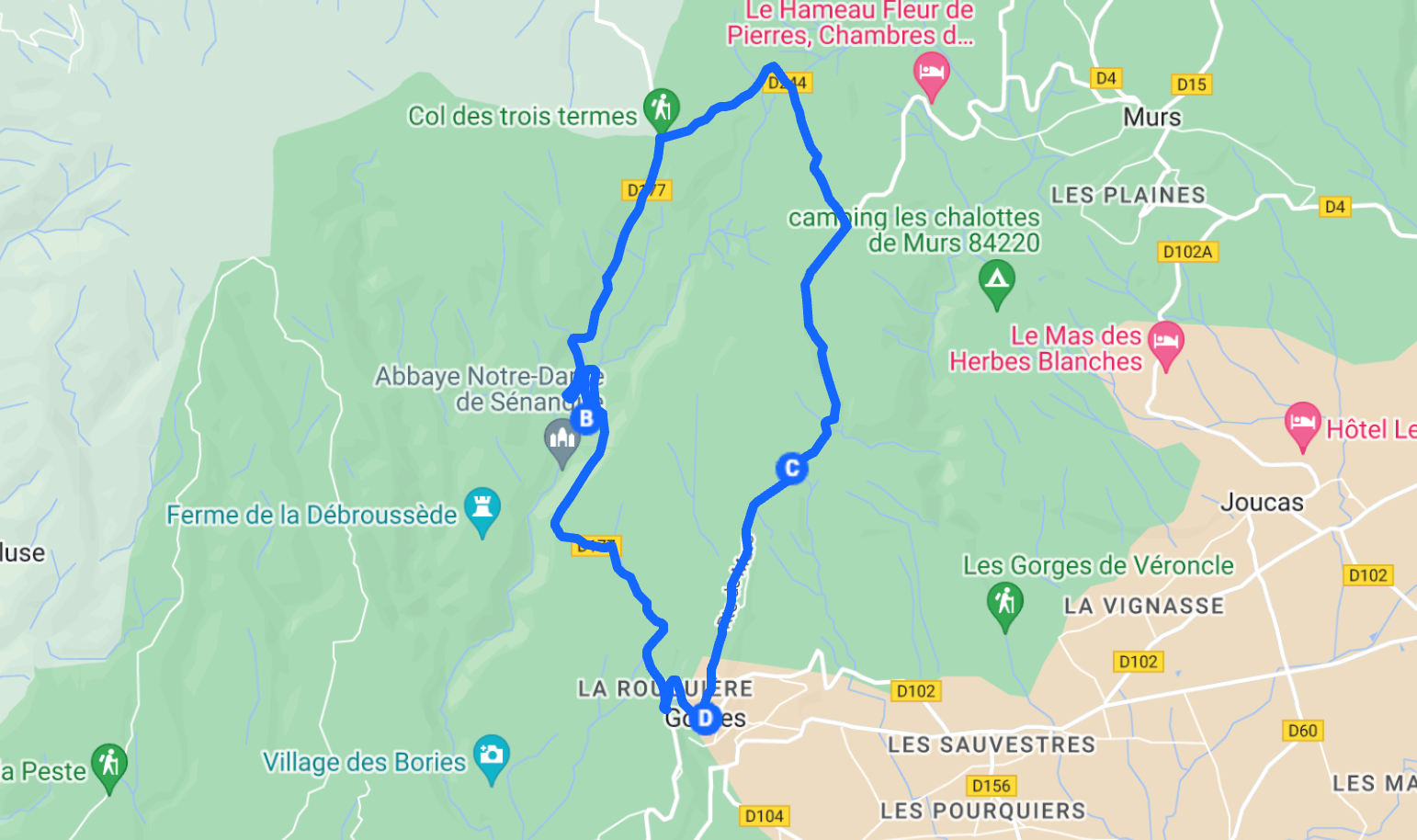
Top tip: before driving the loop, stop in at Lyse Bakery in Coustellet to grab treats for your picnic. You won't believe their selection. I still dream about their lavender macarons.
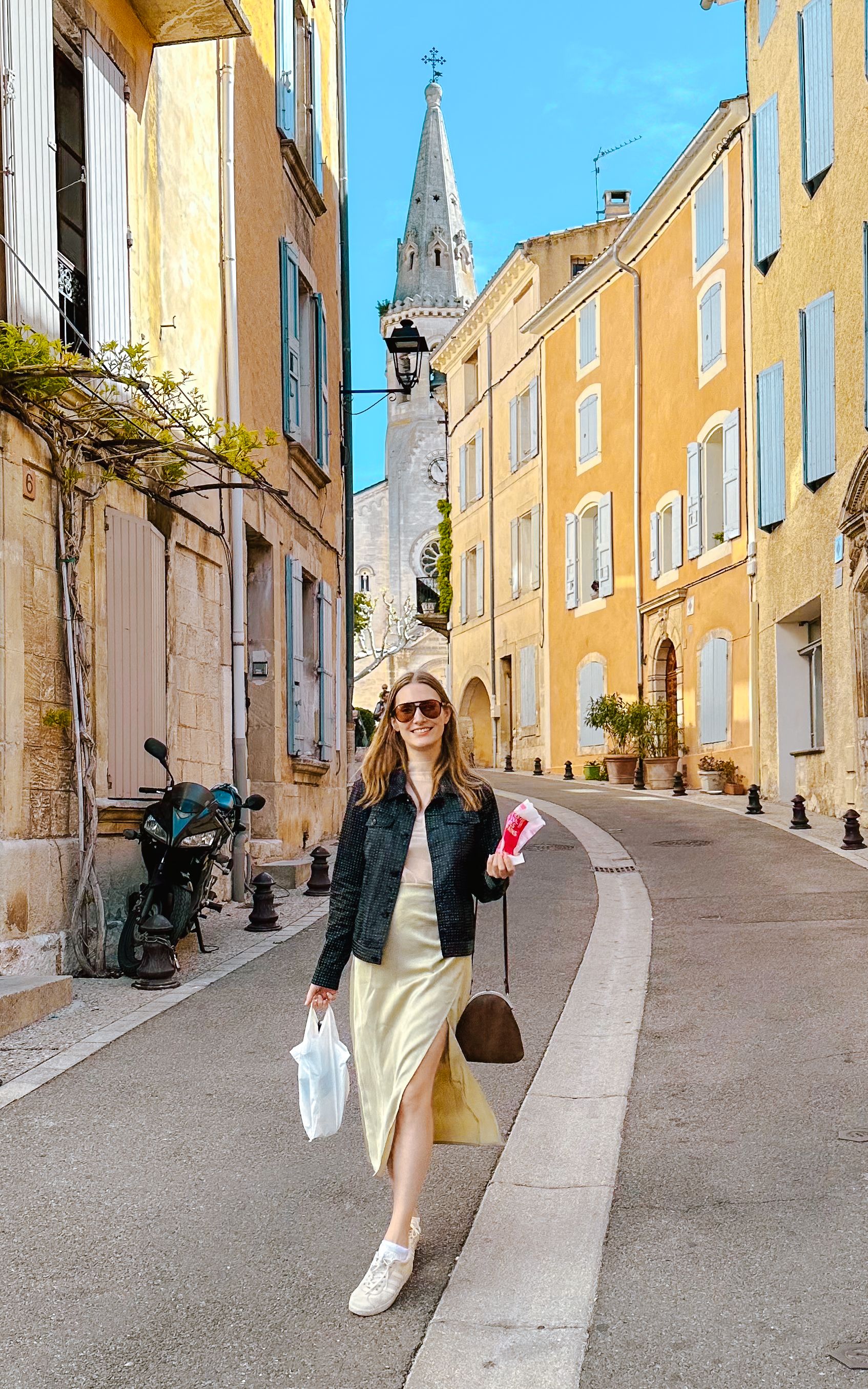
Saint-Saturnin-les-Apt
Explore Saint-Saturnin-les-Apt and dine at Le Saint Hubert
Saint-Saturnin-les-Apt is an off-the-beaten-path village with an authentic local vibe. Here, you'll find a laidback atmosphere and fewer tourists compared to other villages. As you stroll down the main strip, you'll witness the genuine daily life of locals reading newspapers and chatting over wine at charming sidewalk cafes.
Saint-Saturnin-les-Apt has gained international attention for its restaurant, Le Saint Hubert. Featured in Conde Nast, this establishment is a prime example of big city chefs moving to serene environments to embrace a laidback lifestyle and work with fresh, locally sourced ingredients.
Don't miss the chance to dine at Le Saint Hubert, where you can enjoy their three-course tasting menus for €48 while taking in the beautiful valley and mountain views from the dining room.
Enjoy your 4 days in Provence!
Get started on booking your trip to Provence
- 🌃 Book your accommodation: Booking.com is our go-to for finding places to stay. Sort by top reviewed.
- 🤠 Browse tours with local guides: through GetYourGuide
- 🛫 Book your flight: use Skyscanner to compare flights across different airlines (we recommend booking direct with the airline, however).
Combine Provence with a trip to Paris in our 7 Day Paris and Provence itinerary .
Or, take a road trip from Provence to Piedmont, Italy .
Don't miss our other Provence travel guides:
- 7 Beautiful Luberon Villages you should visit
- How to spend 3 Days in Provence
Combine Provence with a day trip to Monaco .
Save and pin this Provence 4 Day Itinerary for later:
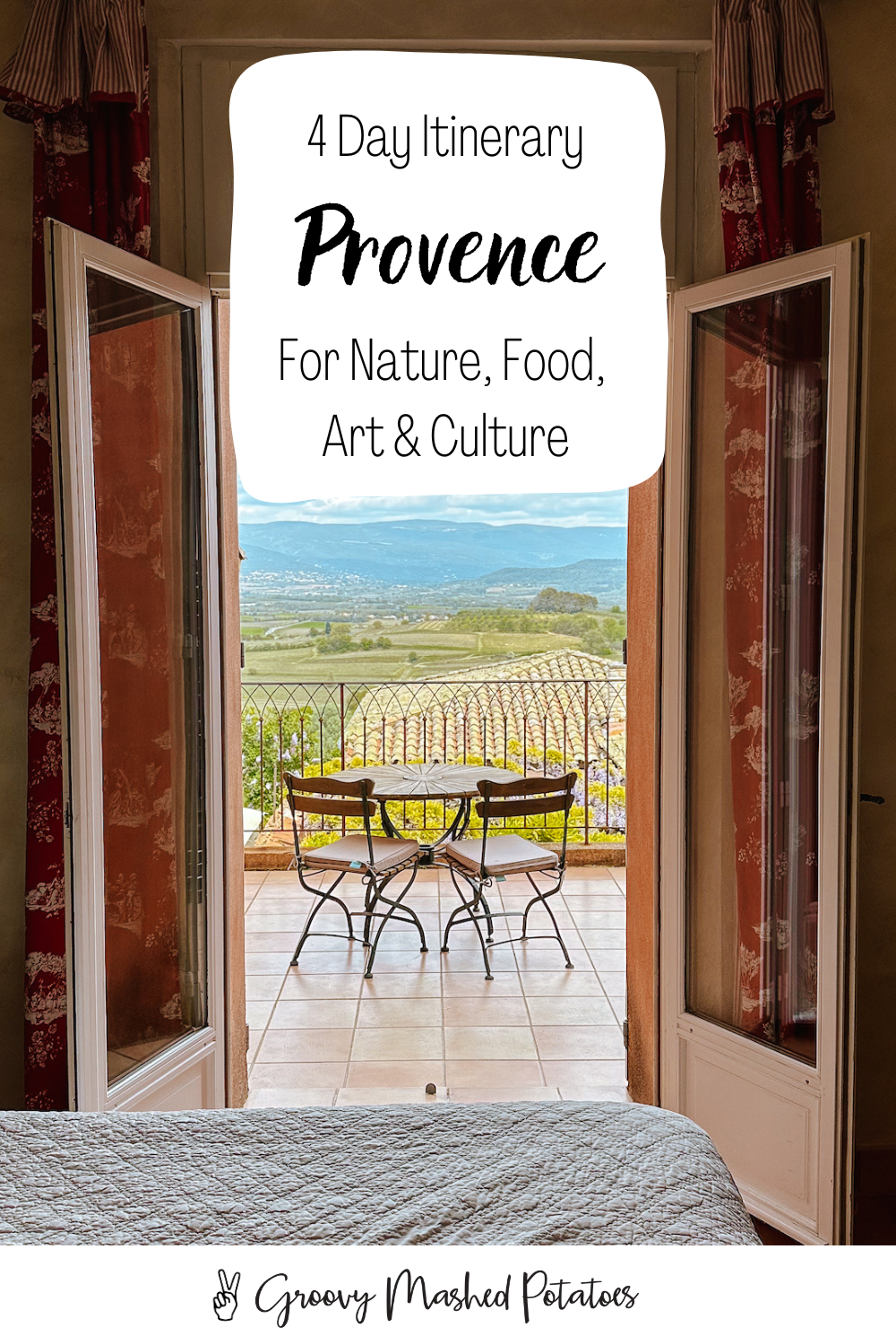
Featured Posts
Ultimate 1 week vancouver and victoria itinerary.
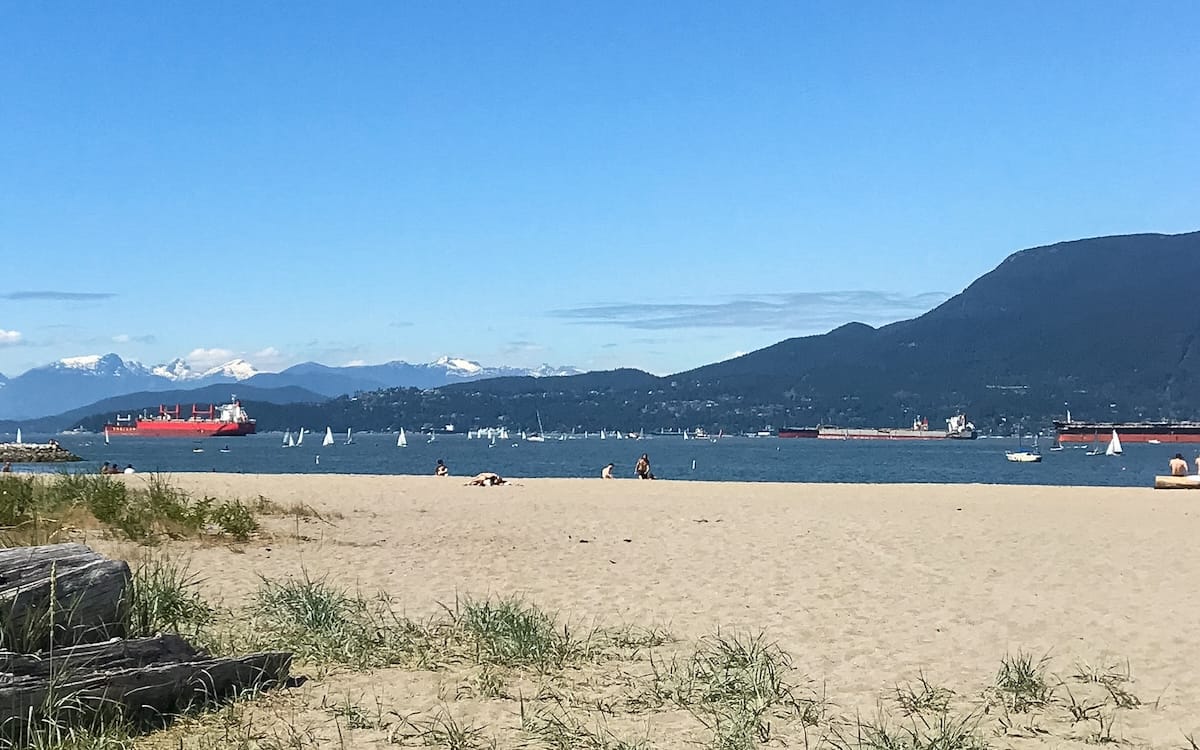
Living in BC for 10 years, we've spent a lot of time in both Vancouver and Victoria and have discovered many unique things to do in both cities. Our 1 week Vancouver and Victoria itinerary includes local hot spots, jaw-dropping sights and fun experiences that are worth the hype.
2 Day Vancouver Itinerary for the Best Food & Scenery
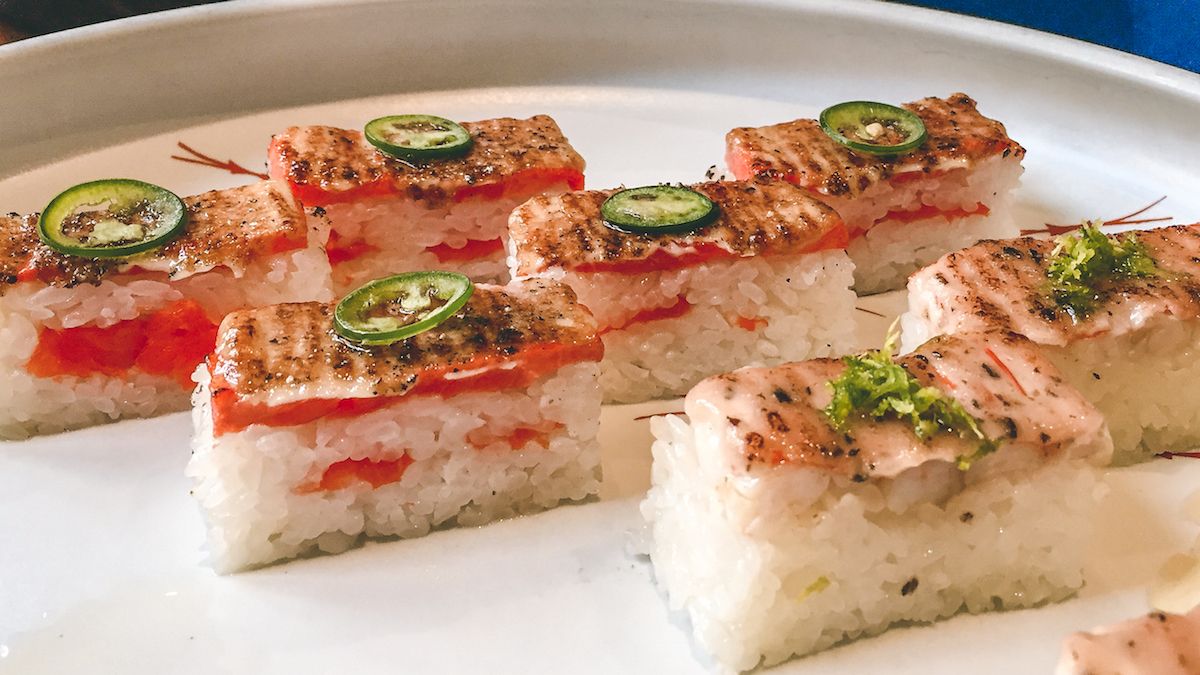
Experience the best of the city's food scene, nature and West Coast culture in our 2 Day Vancouver Itinerary. This travel guide was created for those who are short on time and want to see the highlights.
3 Day Victoria, BC Itinerary for Fun and Relaxation
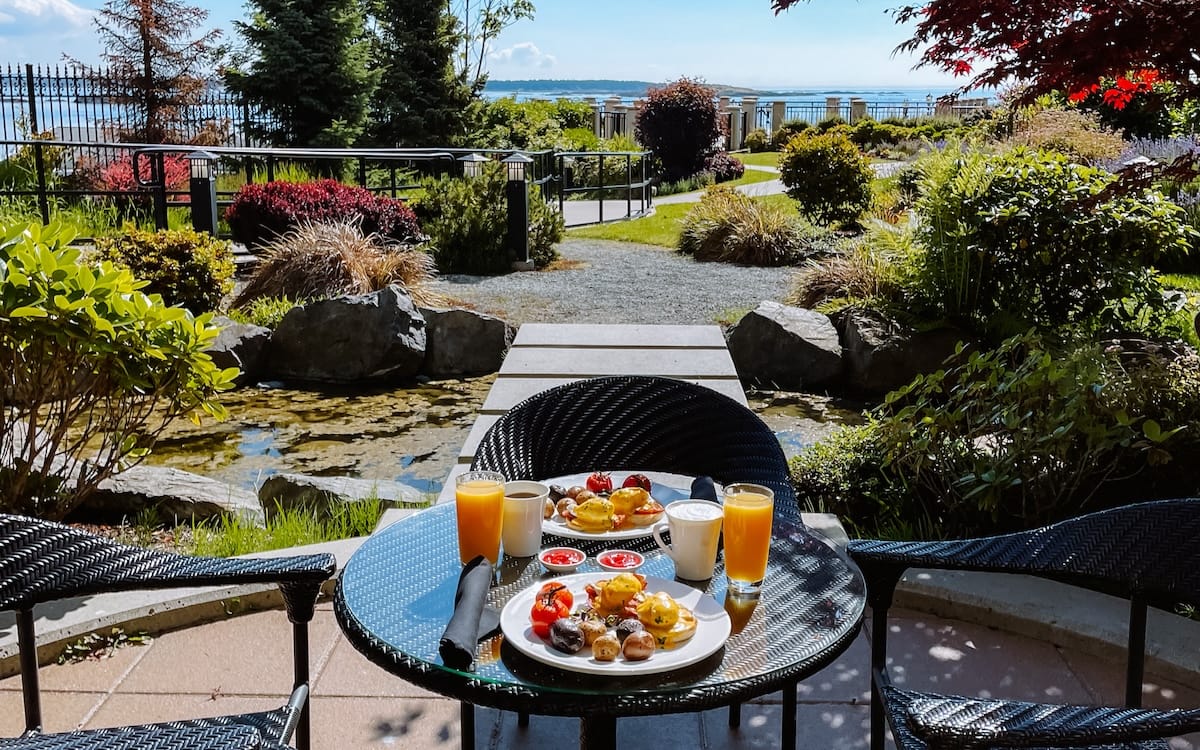
Our 3 Day Victoria, BC itinerary is meant for long weekend getaways and combines relaxing activities with fun experiences that are unique to the city. We include impressive places to stay, tucked away restaurants, local hot spots and cool neighbourhoods to explore.
Search Groovy Mashed Potatoes - Travel Blog
13 Foods And Drinks You Have To Try In Provence, France
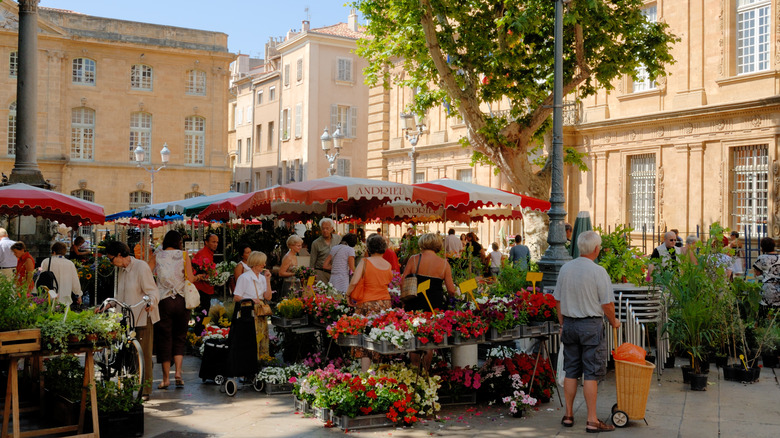
Meals in Provence never end with someone going hungry. This sunny and abundant part of France is known for a long growing season and plenty of coastline, ensuring a menu filled with fresh produce and seafood. Located in the southwestern part of the country, Provence is a diverse landscape that includes iconic scenes such as lavender fields and Mediterranean views, as well as the delights of tucked-away farms and restaurants serving up meals with generations of history.
And, of course, there is the wine. Provence is the global gold standard for rosé, and it's also a source of outstanding red and white wines as well as local spirits. Growing near the vineyards are ancient groves of olive trees, herbal vegetation, and seasonal gardens which provide the colorful array of fresh veggies and fruit that populate Provence's esteemed markets. The best advice is to come hungry because there are plenty of delicious things to eat and drink when visiting Provence.
Start with the benchmark for rosé wine
Rosé wine is gaining popularity, but it's not a fad. In fact, in Provence, pink wine has been a part of the culture dating back to antiquity since the Greeks planted vineyards around 2,600 years ago. Provence is even home to the world's only research center dedicated to rosé, Centre de Recherche et d'Expérimentation sur le Vin Rosé . According to Vins de Provence , an organization representing the region's wine producers, nine out of 10 French wine drinkers enjoy various types of rosé , and wine lovers everywhere seem to agree. Over 60 million bottles of rosé were exported from Provence in 2020, 40% of them sold in the U.S.
A visit to Provence allows travelers to taste bottles — many from small family producers using ecologically responsible techniques — that aren't imported to the United States. Explore different appellations, the largest of which is Côtes de Provence , with four terroir designations to enjoy. Parts of the South of France are culturally Provence but produce wines within the Rhône Valley realm (for instance, the well-known cru Châteauneuf-du-Pape ). While this can be confusing at times, it's all part of learning about this fascinating region. With the careful production and terroir distinctions, rosé from Provence is endlessly interesting and pairs perfectly with the region's fresh veggies, seafood, and olive oil.
Don't miss out on Provence's red wine
Around 90% of Provence's wine production is dedicated to rosé, according to Vins de Provence . Rosés are largely made from red-skinned grapes pressed directly, allowing the juice a very short period of skin contact that results in the beautiful pink color for which it is famous. But some of these grapes are dedicated to producing various types of red wine — when allowed to spend more time in contact with the skins — crafting the flavor, color, and tannic profile of a classic vin rouge.
While this varies by appellation, the main red wine grapes in Provence are grenache noir, cinsault, syrah, mourvèdre, tibouren, and counoise — cabernet sauvignon, carignan, and others are also used. Many of the red wines from Provence are blends, though there is also the potential for single-varietal bottles. Thanks to the generous sun and a long growing season, Provençal red wines tend toward bold and full-bodied, though, of course, there is a range of possible presentations. These wines are lovely with fire-grilled food and matured cheeses.
Unexpected white wines from the South of France
Similarly, a small portion of wine crafted in Provence is white. Though this amounts to less than 5% of production, according to Vins de Provence , some say these wines are among the most impressive from the region. Particularly admired are some of the coastal, saline-tinged whites, such as those from Cassis, a fishing village located near the rocky cliffs and turquoise waters of Les Calanques, a protected natural park. White wines are produced in each appellation, with profiles ranging from floral to herbal to saline.
Varieties used to craft Provençal white wine include clairette, grenache blanc, sémillon, ugni blanc, rolle (also known as vermentino), bourboulenc, sauvignon blanc, and others. These wines go quite well with fried and fresh seafood, shellfish, salads, and plenty of classic dishes from Provence. White wines from Provence enjoy a high, if hard-to-find, reputation, and some expect to see this category grow, fulfilling the world's craving for mineral-driven and fresh wines to pair with food or enjoy as an apéro.
Put a little aïoli on it
The marriage of mainstay Provençal flavors, aïoli brings olive oil and garlic together in a mayonnaise-like condiment that far exceeds typical mayo expectations. Other ingredients include lemon, eggs, salt, and pepper, as in our garlic aïoli recipe . Once prepared, this is one of the most versatile flavors for almost anything from cooked or raw veggies, shrimp, French fries, potatoes, poultry — you-name-it — as long it goes with the creamy, garlicky profile of aïoli.
In Provence, it is often served with veggies, fish, or shrimp in the form of Le Grand Aioli or aioli monstre, a fresh and seasonal main course (think charcuterie board-style) that centers around this condiment. According to Perfectly Provence , this meal generally appears on restaurant menus on Fridays, following the religious tradition of abstaining from meat on that day. Radishes, endive, artichokes, boiled egg, baguette, green beans, new potatoes, and more are some of the classic partners for this fresh feast.
Sample bouillabaisse in Marseille
Bouillabaisse is a fish stew from Marseille, the second largest city in France, located in the Provence region on the Mediterranean coast. This place has witnessed the coming and going of people and goods since it was founded by the Greeks over 2,500 years ago (via Britannica ). The Vieux-Port (Old Port) is the core of commerce and travel, and it's here that the fishmongers provide restaurants, markets, and locals with the freshest seafood of the hour.
Bouillabaisse recipes honor the seaside dining heritage of Marseille as a stew now served worldwide in local variations. It starts with a combination of white fish, langoustine, and mussels. Aromatic Provençal herbs and spices are traditional, and many cuisine-driven versions have a soup base made of carrots, fennel, saffron, tomatoes, celery, garlic, and onions. It can be served with broth separate from the prepared seafood and brought to the table in multiple dishes, or it can arrive as one piping-hot bowl of assembled stew. The original was based on bony fish that couldn't be sold to the market, so it was tossed together in a soup to feed anglers and their families. The local species that can be introduced are scorpionfish, spider, fielas, and capon, as well as monkfish, lobster, and galinette, according to Le Rhul Restaurant , an iconic Bouillabaisse restaurant in Marseille. To preserve the origins, local producers drew the Bouillabaisse Charter in the 1980s, led by Le Rhul Restaurant , which standardized the method of creation and service.
Eat like a farmer with Banon cheese
As it is with many culinary products in France, Banon cheese is named from where it originates, a small Provençal hill town called Banon, where indigenous goats once roamed. Banon cheese has its own protected appellation (AOC or appellation d'origine contrôlée) to preserve the heritage of this product, ensuring that consumers get authentic cheese made at its source and with appropriate gastronomic know-how (via AOC Banon ). This includes 179 towns in four departments surrounding Banon: Alpes-de-Haute-Provence, Hautes-Alpes, Vaucluse, and Drôme.
The tradition behind this cheese is tied to the farmers who tended the herds on the grasslands of Banon and wrapped and preserved this cheese to eat throughout the year, not only when the milk was fresh. This cheese is also regarded as Banon à la feuille, which means Banon in a leaf, as it is traditionally wrapped in chestnut leaves and tied up with a strand of raffia. Inside is a circular, unpasteurized, sweet curd goat's milk cheese encased in a semi-bloomy rind. It's soft, creamy, and pungent in flavor.
Enjoy nougat, a sweet treat from Côte d'Azur
Many Americans know nougat as the textured and sweet hidden core of a candy bar such as Three Musketeers , but nougat from Provence is a complete reframe. It is a confection made with whipped egg, sweetened with honey or sugar, and enhanced with chopped nuts (often almonds) or dried fruit (via Provence Holidays ). This can be produced in white or black form, depending on how it is cooked. The Provençal version of nougat is served during the Christmas tradition of Le Gros Souper, during which 13 dessert items are presented as part of an evening-long meal (via USA Today ).
There is even a nougat museum in Montélimar, situated in the historical production facility of Arnaud Soubeyran . The shop offers classic products such as white and black nougat with local lavender honey and almonds. Special holiday nougat also features almonds, pistachios, candied oranges, and honey.
Find your favorite Provençal olive oil
The Mediterranean region has been associated with olive production for thousands of years, and widespread cultivation was championed by the Romans during the colonization of Provence and the surrounding regions. Not only are olives used for culinary purposes, but the oil is also a mandatory ingredient in the world-famous Savon de Marseille, a pure soap that is produced and sold with strict ties to its heritage (via Union des Professionnels du Savon de Marseille ).
But for many, the ancient olive groves of Provence symbolize one thing: olive oil . According to the French Tourist Board in the US , olive oil is the "star of Southern French gastronomy," and, like wine, cheese, and other culinary products, some of it comes with origin designations signaling the uniqueness of where it is grown and how it is produced. In Provence, there are three AOCs (appellation d'origine contrôlée) and two AOPs (appellation d'origine protégée) — this means that olive oil produced within these zones can bear the name of where it came from, such as Des Baux de Provence, for example. Accordingly, the olive oils of these regions have distinct aromas and expressions of flavor, ranging from vegetal to fruity — each distinct in its own way.
Drink a Pastis in the afternoon
In Provence, pastis is an aperitif you must try , as much an experience as it is a pre-food beverage. It's an aniseed-flavored drink with around 40 to 45% alcohol, served with a measure of cool water or ice. In the glass, pastis blends with water, becoming an iconic pale yellow color and highly aromatic. Typically, pastis is associated with relaxed afternoons in the shade, perhaps after a game of pétanque, a Provençal boules sport. But the origins come from less soothing roots.
When the phylloxera blight destroyed French vineyards in the mid-1800s, wine supply was much less than demand. People turned to absinthe (myths of hallucinations) notwithstanding, an anise and wormwood-infused liqueur that is steeped in alcohol and often held responsible for bad behavior. It was eventually banned, along with other highly alcoholic drinks. Sensing an opening in the market, Paul Ricard from Marseille created an alternative. His botanical liqueur was lower in alcohol but still offered the unmistakable anise and licorice flavor profile (via Taste France Magazine ). Though artisanal production is on the rise, Ricard still dominates the pastis scene, along with Pernod, both made by the same company, Pernod Ricard.
Discover a traditional dip
One of the best experiences in Provence is to have a picnic with a fresh, crusty baguette from the market and a few tasty accouterments to spread on each slice. Two of the best "dips" for bread are olive tapenade and a French anchovy dip called anchoïade. Both are savory and pungent and feature garlic, olive oil, and seasonings. Not only are they tasty as a canapé, but they can also be served alongside vegetable or fish dishes to lend a distinctly Mediterranean flair.
Basic tapenade recipes consist of olives blended together with the other flavors until the desired consistency. Similarly, anchoïade is packed with similar amounts of umami with regards to tinned anchovies, which are chopped and mixed with the associated ingredients. Both spreads are salty, satisfying, and incredibly easy to make. These are ideal apéro snacks and pair well with local wines, especially a chilled glass of rosé when served with crisp veggies and, of course, fresh-from-the-boulangerie bread.
Get your veggies in a big bowl of ratatouille
Ratatouille is one of the most satisfying and savory vegetable dishes from Provence. Traditional French ratatouille recipes are easily imagined as a farmer or gardener meal, centered as the dish is on home-grown veggies. Ratatouille is a hearty pot of produce crafted with aromatic herbs and garlic. Prepared in sturdy earthenware, the plate includes chopped tomatoes, eggplant, zucchini, peppers, and onions seasoned with herbs such as parsley and thyme and simmered for up to a couple of hours.
When it's time to eat, ratatouille can be served as the main course or alongside fish and meat dishes. During Provence's windy winter, a piping hot bowl of ratatouille is warming and fragrant. In the sunny summer months, it can be served chilled with a sprinkle of refreshing tender herbs for a cooling lunch or dinner. When arranged in a spiral and covered with cheese and/or breadcrumbs, this dish is fashioned as a tian .
Be comforted by brandade de morue
In maritime communities around the world, cod is a cuisine staple. To preserve the fillets of this fish, many cultures cure it with a significant amount of salt, which must be removed before preparing. A reason preserved fish were more common than fresh ones was that the conservation technique was once essential to maintain the quality of the fish until it could be transported or sold at the market. This has historically been a common practice in the fishing towns along the Mediterranean coast, including spots in Provence and nearby Languedoc.
The star of brandade de morue is none other than salt cod, a highly aromatic meal that is regarded as one of the most comforting dishes of Provence. According to Regions of France , the earliest versions of the dish brandade de morue included garlic and milk. Modern takes have added potato puree — all whipped together like a mousse, baked as a gratin, covered with grated and salty cheese, and baked until it's browned.
Savor pissaladière, a salty street snack
Nice is an ancient town in coastal Eastern Provence, the capital of the French Riviera. It has one of the most vibrant street scenes in the region, with old-town charm plus plenty of ritzy opulence and beach vibes. It's the kind of place where people like to be out, strolling and socializing. For hungry people that don't want to sit inside for a full meal, a hand-held slice of pissaladière onion tart is the answer.
This savory and salty tart has a bready crust similar to focaccia and is topped with caramelized onions, olives, anchovies, and herbs. According to Lou Messugo , look for pissaladière at "boulangeries and snack bars all over the Côte d'Azur." It can be eaten by the slice and enjoyed picnic style, served hot or at room temperature. Some say that it is reminiscent of pizza, but there is no sauce or cheese on pissaladière, making a unique dish central to Nice and coastal Provence.
The Good Life France
Everything You Want to Know About France and More...
Luxury Food Tours of Provence
- Janine Marsh
- Tours in France

A trip to Provence is often the trip of a lifetime. It’s an adventure, a dream come true and a place that is as delicious as it’s beautiful.
Martine Bertin-Peterson at Gout et Voyage puts it this way “if you want to experience the real Provence then it’s got to be less about trying to cram in as many different towns and cities as possible. And it has to be more about experiencing a few places that make Provence unique. I like to focus on the experiences – not just the places”.
Unique Provence tour

“Like most of us, I don’t like crowds, tour buses, being on a rigid schedule, single traveler supplements, large impersonal hotels and restaurants. I don’t like ‘All-inclusive’ tours that nickel and dime you for every little thing; and the ‘if it’s Tuesday it must be Brussels’ syndrome” says Martine.
Her tours are designed with this in mind. They’re about discovering authentic Provence. It takes time to find those special places that tourists rarely hear of and that is Martine’s expertise. Her years of expertise in exploring the area, of time spend discovering the best of everything Provence, and her enviable list of contacts maker her tours unique and unforgettably special. From small family-owned hotels and restaurants that are off the beaten path to getting to know the people, tastes, the aromas and culture of Provence.
Luxury food tour of Provence

A typical day on one of her week-long luxury food tours of Provence tours might including a hands-on cookery class with a local chef in his home. First though, you’ll shop at one of Provence’s famous traditional street markets for supplies. You’ll get to meet the vendors, taste the olives and learn how to pick the best vegetables, cheese and other produce. Once you’ve produced your delicious dishes you’ll enjoy them with the finest wines. Or maybe you’ll take a pastry-making class in a small patisserie and learn how to make croissants and tarts and other gorgeous French pastries that will truly titillate your taste buds. These are the sort of experiences you can take home with you and keep for ever. You’ll join a truffle tour. And you’ll take gourmet tours of some of Provence’s finest destinations from Marseille to Aix en Provence.
You can’t go to Provence and not try the local wine and Martine knows all the best wineries in the area. Markets, gourmet food shops, the most fabulous restaurants and tiny bistros, she’s built up a legendary book of contacts and knowledge of Provence.
Visit the most beautiful Provencal towns and villages

Martine always chooses Saint Remy as a home base. “What I love about Saint Remy is that it is a quintessential, pedestrian-friendly Provencal town which offers a lively Wednesday market. It is a charming walled old town with tiny streets, interesting architecture and lovely shops. The beautiful Greco-Roman ruins of Glanum are a short walk away. And, you’re spoiled for choice when it comes to small cafés and restaurants”.
From here it is easy to tour the area and see the most beautiful villages such as Les Baux and the history UNESCO listed Avignon with its monumental Popes Palace. You will visit cultural sites, and see the gorgeous lavender fields, a sight that’s uplifting and inspiring.
An extraordinary tour of Provence

The thing about the Gout et Voyage tours that make them so very special is that you get a chance to see, taste and enjoy experiences it would be almost impossible to do without Martine’s contacts and know-how. With just six people per tour, everything is taken care of. From transport to meals and visits, cookery courses, wine tasting, picnics in vineyards, boutique hotels and more. The tours are perfect for couples, families, friends and solo travellers. This is the truest way to know, taste, and feel, Provence…
To find out more and book the real Provence tour of a lifetime check out the website: goutetvoyage.com
Latest Posts

The most incredible castles of France

Fascinating French history of the Statue of Liberty

Newsletter from authentic France!

Inheritance tax planning for US expats in France

Bespoke Travel Design Agent

The fabulous cuisine of Pas-de-Calais
Related posts.

Wine tasting Day Tours of Provence

Day and half day tours of Bordeaux and Aquitaine

Discover the secrets of the Loire Valley by Bike

Luxury customized tours and vacations in France
Get updates and stay connected - subscribe to our newsletter.
Everything You want to know about france and more…
The Good Life France is the leading independent website about all things French from travel to culture, gastronomy to property and practical guides & more…
Let's get social
Exclusive France Tours


Provence Food Tours: A Season-by-Season Guide
..luxurious & delicious discoveries await.
Travellers with gourmet inclinations and curious food lovers, take note: Provence offers year-round treasures for the palate. When the gastronomically inclined think of the French region, their minds tend to fill with the heady, rich flavours of olive oil and black truffle, or call up the delicate scent and taste of fresh lavender and saffron, both cultivated in the area. The diverse region, which stretches from rolling inland farmland and poetic, rocky landscapes to breathtaking coastlines, also offers a generous number of traditional gourmet markets, renowned winemakers and prestigious restaurants, meaning the possibilities for luxury Provence food tours are nearly endless. Every season offers its own particular flavours, scents and marvellous gastronomic experiences, too, as we detail in what follows. However your taste buds may be calling you to explore this mythical and varied region, considering a bespoke excursion guarantees you’ll taste the very best it has to offer. Don’t hesitate to get in touch so we can begin designing the perfect culinary adventure for you.

Marie Tesson
From fragrant black truffles to rich olive oils, colourful produce and amazing gourmet restaurants, Provence is a dream for food lovers and gastronomic travellers.

Spring: Gourmet Markets, Fresh Produce, Superb Tables
During the spring months, Provence bursts into both colour and delicious flavours. This is an ideal time for exploring many of the region’s traditional outdoor markets: enjoy the more clement temperatures as you stroll by vibrant market stalls, overflowing with seasonal delights such as tender green or white asparagus, purple artichokes, sweet spring carrots, the year’s first strawberries, and Provencal violets, the latter of which are often used to delicately flavour creamy desserts. Provencal cheeses are also on full display and ready to leave your palate marvelled: from goat’s cheese with delicate fig to the hearty Banon and the creamy, rich Tomme de Valdeblore, there are so many delicious fromages to try, you may not know where to start. Taking a cheese tour is a good way to home in on the best ones.
Make no mistake: one of the most authentic ways you can encounter France’s wonderful culinary traditions is by touring its superb markets with an in-the-know private guide. They will decrypt the customs, sensations and even the traditional market cries you hear as you pass through the stalls– giving you an up-close and personal understanding of why the French are so dedicated to their centuries-old traditional marchés.
Which Markets Are the Best? Some of the best markets in Provence include the Marché de Carpentras, a centuries-old gem whose 350 stands open each Friday to the delight of both locals and visitors. Located in the Ventoux region not far from the Alps, this market is a favourite among gourmets year-round. For a sweet note that will bring you back to your childhood, try a few Berlingots de Carpentras, colourful striped candies that are purely old-world, and made with fruit syrups.
Other markets that are highly recommended include the Marseille Fish Market, where you can admire the catches of the day, sample the maritime city’s world-famous bouillabaisse nearby and hear vendors cry out traditional sales pitches in singsong voices. The market at nearby Aix-en-Provence is also lovely, especially in the spring when the light returns and casts the gorgeous hues so beloved by Cezanne and other Impressionist painters over the market square.
Gourmet Tables Galore In the spring, many gourmet tables revive their menus for the new year and offer delicious, innovative French cuisine based on local fresh produce, fish and meat. St-Remy-en-Provence is one regional destination that food and wine lovers naturally beeline to, counting gastronomic institutions such as La Cabro d’Or – Michel Hulin and L’Oustau de Baumanière: both restaurants are present in the Michelin restaurants guide and the second one is doubly starred; both are serving fine Provencal and Mediterranean cuisine; both are also housed in 5-star hotels and “bastides” (stately homes) complete with luxury spas. Meanwhile, heading south to the coast, Marseille’s 3-Michelin star restaurant Le Petit Nice is simply a dream for anyone wishing to experience the finest seafood Provence has to offer– and chef Gérald Passédat is also well-known for his innovative use of fresh seasonal vegetables.
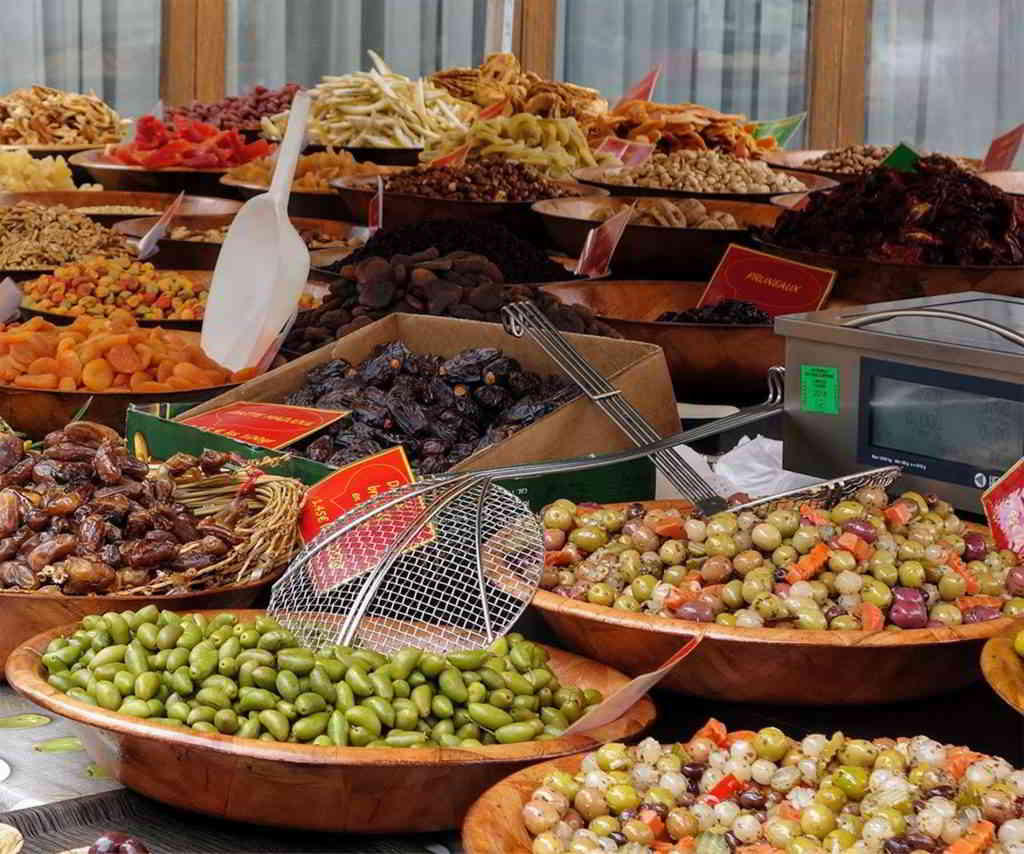
See related feature: Where to See Lavender Fields in Provence?
Summer: lavender, outdoor dining, & seaside delights.
With the arrival of summer in Provence, the region is probably at its most iconic: lavender fields are in full bloom, leaving their delicious scent on the air; summer theatre festivals take over places like Avignon and the glamorous beaches and resorts of the Cote d’Azur are in full, glorious swing. In this warm season, a luxury food tour of Provence may focus on sampling summer-drenched treats and delicacies such as fresh strawberries and other summer berries (you should especially aim to sample a number of divine desserts and spreads that they feature in, from fresh tarts to homemade ice cream and jams); Mediterranean specialities including ratatouille, pissaladière (a sort of local pizza garnished with olives, onions and anchovies), olive tapenade, and many others. Fresh, healthy and delicious, Provencal cuisine is perfect in the summer.
The warm weather will likely lure you outdoors, so at this time of year, a private lavender tour in an open-roofed vintage 2CV car will put you right in the center of some of Provence’s most breathtaking places, and allow you to sample delicious specialities made with the aromatic flower that is known in many places as “blue gold”.
You might also consider taking a private cruise on a luxury yacht, perhaps off the idyllic port of Cassis while you enjoy a glass or two of white wine native to the beautiful little town– or hire a private French chef to prepare a delicious meal for you onboard, sharing secrets of Provencal cooking as part of the experience.
Al fresco dining is de rigueur during the warmest months of the year, so we highly recommend reserving a table at one of Provence’s best restaurants and requesting a table outside. Whether you enjoy sea views and air while enjoying your meal or take in the idyllic, rustic country atmosphere of the Vaucluse or Aveyron area, summertime is simply too magical outdoors to spend too much time inside. And when you catch a summer breeze on the terrace as you delight in the region’s finest gourmet creations, everything is almost guaranteed to taste better…
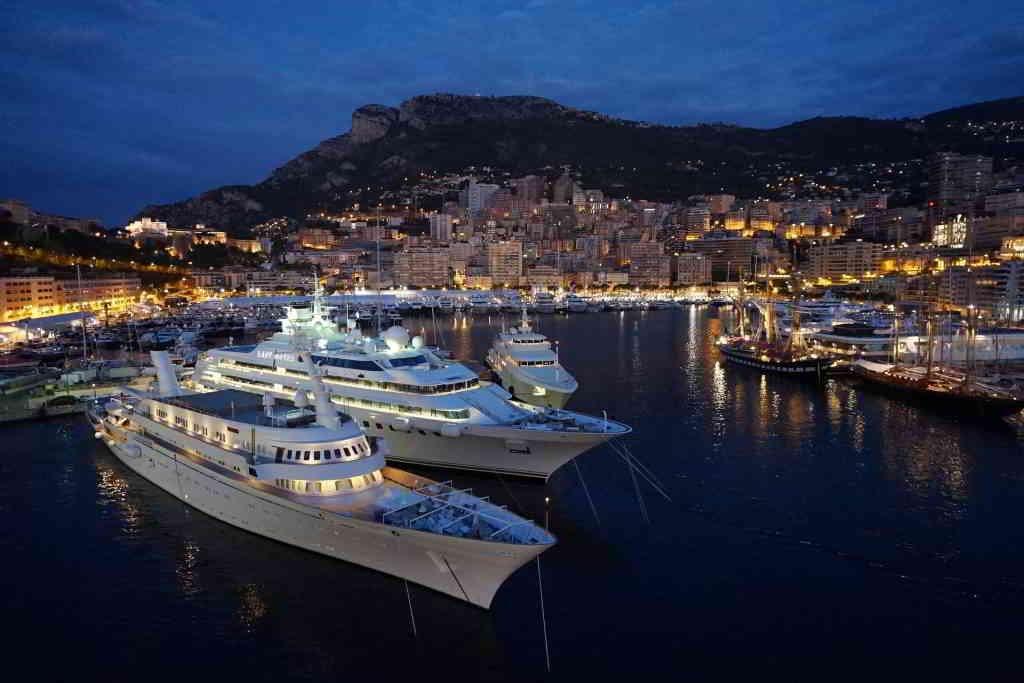
Related: The 30+ Most Luxurious Things to Do in France in the Summer
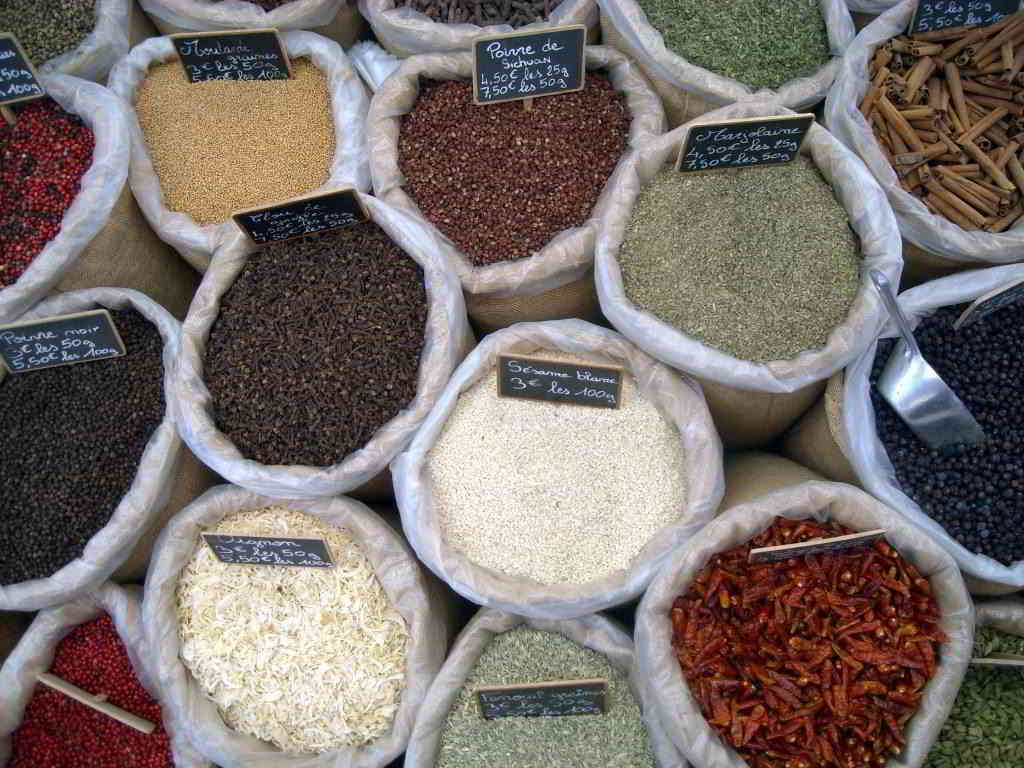
Autumn: Wine Tours, Olive Oil, Saffron & More
The beginning of harvest and wine season arrives in Provence in the Autumn, when vintners and farmers begin seeing the fruits of their labour and local markets fill with the bounty: clementines, chestnuts and hazelnuts, crisp apples, flavourful grapes, and many other fruits are emblems of the fall.
These and other seasonal delicacies make perfect pairings with local cheeses and wines, and a private French food tour during this time of year might focus on a trip to one or several traditional markets to procure all of the above, followed by a wine and cheese tasting workshop hosted by a local sommelier, who will initiate you to the secrets of Provencal wines and show you which cheeses and fruit go most beautifully with a given bottle.
If it’s wine tasting in the region that most interests you, exploring local vineyards with a private guide will initiate you to some of Provence’s finest winemakers. One marvellous town to focus on might be Gigondas, an idyllic village dating to the Gallo-Roman period that is the centre point of the highly respected but little-known appellation of the same name. Here, local vintners make rich, complex reds, principally from Grenache and Syrah grapes. Touring the town, vineyards and local cellars is an autumnal delight. While you’re in Gigondas, enjoying gastronomic dining at addresses such as L’Oustalet, one of the region’s finest restaurants with a focus on fresh local produce and innovative Provencal dishes, is an essential way to cap off your luxurious food tour of the area. The restaurant, which has been featured in Conde Nast Traveller among other publications, offers a solid wine list as well as gourmet food and wine pairings.
There are many other unique and beautiful wine-tasting destinations to enjoy in the area, but wine tourism in the region is less obvious than in Bordeaux or Champagne, which is why relying on a private guide to show you the region’s most coveted vineyards and cellars is essential.
Other Seasonal Delights Fall is also the moment when seasonal delights such as olives, saffron crocuses and certain mushrooms are ripe for the picking, so an ideal Provencal culinary tour might include exploring the savoir-faire and delicious creations behind these products. Visit an olive farm and help pick this year’s beautiful, fragrant fruits, before tasting the oils that are so emblematic of Mediterranean cuisine and culture. Visit a saffron producer and witness the delicate process by which the precious flower is extracted to yield the world’s most precious spice, and taste local dishes subtly perfumed and beautifully coloured with saffron. Embark on a mushroom-hunting hike through beautiful fall forests– here a knowledgeable guide is absolutely essential as they will know how to distinguish delicious seasonal mushrooms such as cepes from inedible or even poisonous varieties!

Winter: Truffle Hunting & the 13 Desserts of Christmas
Finally, we arrive at winter in Provence, a time that’s far more enchanting and luxurious than many would presume. If most visitors flock to the region in the spring and summer to enjoy the beaches, the sea or al fresco dining, the winter holds true marvels for anyone seeking gourmet discovery.
Chief among the discoveries to be had is truffle hunting & tasting. The intensely earthy, flavourful and aromatic mushroom is ready for harvesting from early November, with the highly-prized black truffle ready to root out of the earth at its most flavourful in December and January. Provence produces some 80% of France’s truffles, with the fertile Mont Ventoux the reigning centre of the production.
There are so many ways to enjoy these natural “black diamonds”, which are among France’s most expensive and prized exports. See them piled high in local markets such as the aforementioned one in Carpentras or in Richerenches, and purchase some for your own precious culinary experiments. Dine at acclaimed Provencal restaurants whose menus place the noble truffle at the center of their creations: Chez Serge in Carprentras, Chez Philibert in Monteux and Chez Christian Etienne in Avignon are among some of the finest tables in the region to experience.
Go on a truffle hunting adventure with local artisans and their companions (truffle pigs or dogs) and learn firsthand the centuries-old secrets behind the practice. You can even sample a meal where each dish is made from truffle at the annual “Truffle Mass” in Richerenches, where on the third Sunday of January the “black diamond” is blessed by local parishioners and made the centre of an enormous, delicious feast. This is a local experience you won’t soon forget…
Since being outdoors for long stretches is less ideal, winter is also a wonderful time to indulge in a Provencal cooking class. The acclaimed gastronome and cookbook author Patricia Wells offers classes in English out of her rustic 18th century farmhouse. You might also consider culinary workshops with French artisans in the region, who can show you how to unlock some of the secrets of the region’s acclaimed cuisine.
Christmas Festivities & Tastings Last but certainly not least, the end of the year is a marvellous time to sample traditional Provencal holiday delicacies at the region’s enchanting Christmas markets– and taste what are known locally as the “13 desserts”.
One of the loveliest Christmas-time culinary traditions in Provence is, of course, “Le gros souper” (The Big Supper) which is an enormous feast that originally had a deeply religious sense, but in our present day almost everyone in the region enjoys the tradition regardless of their beliefs. The feast, presented with much fanfare each year in towns and cities including Avignon, traditionally ends with 13 desserts representing Christ and his apostles, and should be part of any holiday culinary tour of the region. From raisins, walnuts and prunes to winter melon and tangerines, gingerbread, Calissons d’Aix (a special local biscuit from Aix en Provence) and the showstopping Christmas log, dessert and sweet fans will be in heaven.
You can also sip hot spiced wine and shop for delicious gifts as you stroll through the festive markets. See our complete guide to the best Christmas markets in France for ideas on where to head in Provence.
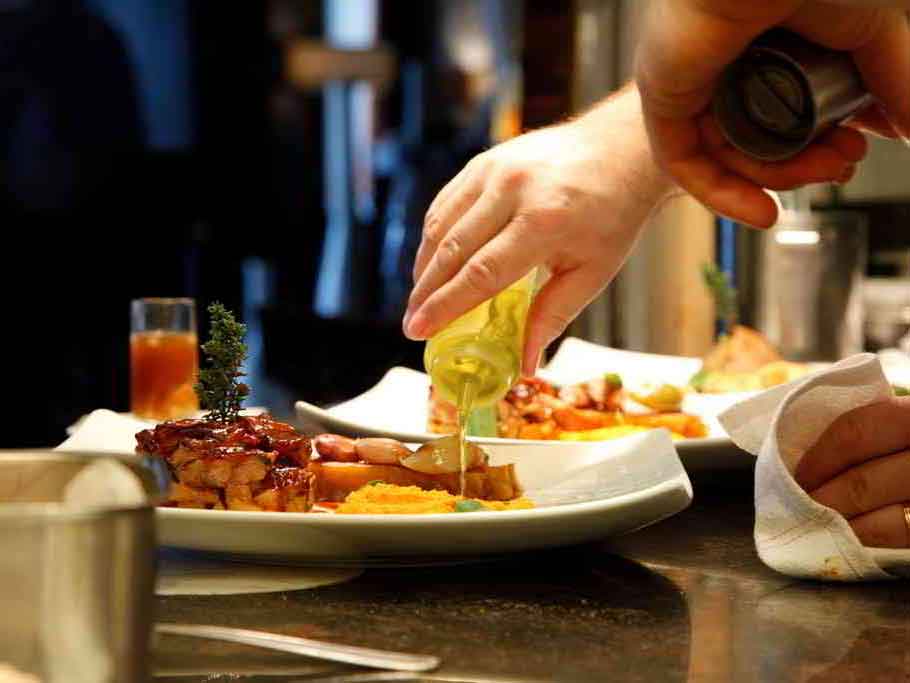
Did you like the content? Share it now!
Book a Bespoke French Food Tour of Provence With Us
- contact form
- +33 (0) 4 93 21 81 19
- [email protected]
- 34, rue Gioffredo 06000 Nice
Useful links
- Privacy Policy

Stay up to date
Discover the Cuisine & Culture of Provence on Our Provence Cooking Vacations
Live the Provencal life with your host while exploring amazing French food and wine on our Provence cooking vacations.
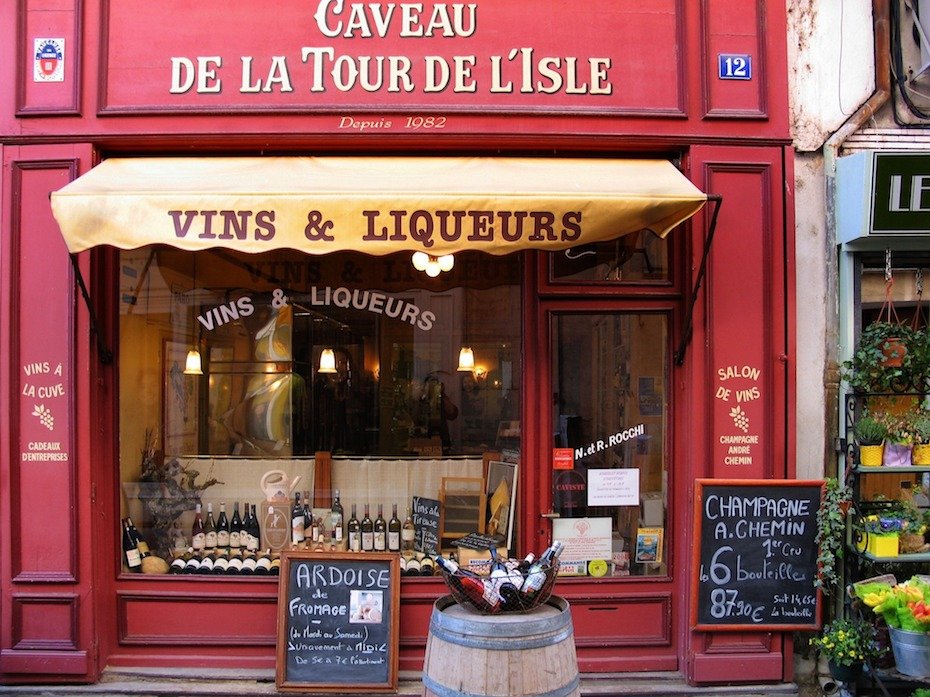
- Trip Details
Accommodation Information
- Pricing & Tour Dates
- Culinary Vacations
- Cooking Vacations
- Cooking Holiday in France: Cuisine & Culture of Provence

Authentic Culinary Tour of Provence
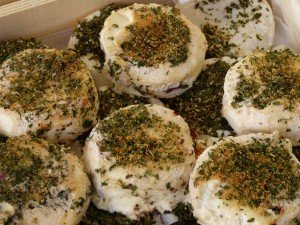
Provence is a foodie’s delight, full of open-air markets and artisan food producers, all of which you will explore on your culinary vacation. Each day your host will lead you in choosing a menu based on the delectable foods you discover on your journeys–a true gourmet pleasure!
Latest Review
Highlights of our provence cooking vacations.
Our Provence cooking holidays are full of amazing explorations of local cuisine and culture. The chef will lead your hands-on cooking classes in Provence and can tailor them to your tastes and expertise. The cultural tours also can be customized according to your interests, but usually include:
- visit to Vaison-la-Romaine and the Luberon Valley
- excursion to Isle-sur-la-Sorgue on its fabulous market day
- visits of the Vaucluse and Cote du Rhone wine region with wine tastings
- trips to Avignon and Ville Nueve les Avignon
- visits of an olive mill, lavender distillery, and market in Nyons
Itinerary of Cooking Tours in Provence
- Provence Cooking Vacations 2024 Tour Itinerary
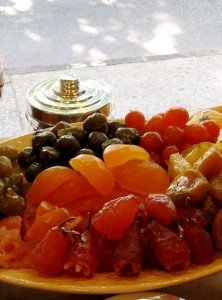
- Arrival at Avignon TGV train station and transfer to your accommodation.
- In the afternoon, enjoy a visit to Vaison-la-Romaine, with its picturesque “upper city,” where refuge was sought during conflicts of the Middle Ages, and its “lower city,” which runs along the river. It has some of the most important Roman antiquities in France, and its ancient bridge dates back to the First Century!
- Next, enjoy an aperitif in the nearby town of Villedieu. Each evening during your stay you will have the chance to enjoy an aperitif of local wine, champagne, or cocktails with traditional Provencal snacks such as tapanades, pissaladieres, crudities with dips, anchoides, olives, and more.
- Welcome dinner either at your accommodation or at a local restaurant, depending on the week.
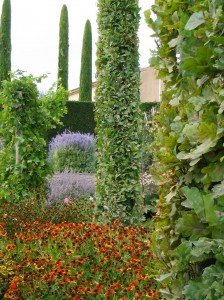
- This morning visit one of the most famous markets in the world, that of l’Isle-sur-la-Sorgue, a “mini-Venice” full of canals. It was originally a silk and textile-making center, and many of its quaint water wheels, which powered the mills, still work. L’Isle-sur-la-Sorgue is now the most well-known place in France to shop for antiques, and its market provides colorful arrays of fresh fruits and vegetables, sausages and jambon, cheese, meat, fish, in addition to textiles and pottery. During your morning’s excursion you will buy ingredients for your first Provence cooking class, to be held later in the day.
- Enjoy lunch out, perhaps an elegant picnic.
- Next stop, the lovely Luberon Valley and its charming villages, where time seems to stand still. Visit the Chateau of the Marquis de Sade and walk through its sculpture garden and courtyard, and stop at the medieval moulin (windmill) in the village of Goult.
- Next, you will enjoy hands-on cooking classes in Provence in which you prepare a full meal, including such items as amuse bouches, aperitifs, soups, appetizers, main courses, and desserts. You will also learn about cheese and wine pairings.
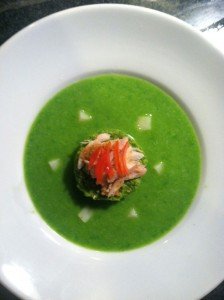
- This morning, the Vaucluse, the southern part of the Cotes du Rhone wine region, beckons with its variety of superior private and cooperative wineries. The Cotes du Rhone wine region runs over 200 kilometers through the Rhone River hills, and boasts a hot, sunny, but constant climate. The milder climate translates to complex wines, as well as elegant sweet wines. You will enjoy tastings of many of these superb local vintages with the perfect accompaniment: cheese and local specialties.
- Next, enjoy a walk among the Dentelles (the French word for lace), whose jagged peaks were formed as the limestone strata was worn away to form sharp-edged spikes and ridges. Rising from the Dentelles Mountains is the famed Mont Ventoux, called the “Giant of Provence,” which affords one amazing views of the nearby hilltowns and surrounding vineyards.
- Dinner either at your accommodation or at a local restaurant, depending on the week, and overnight.
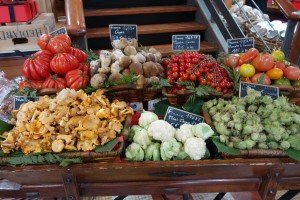
- This morning, visit Vaison-la-Romaine and its historic market, an internationally famous 600-year-old market among the Roman antiquities and medieval architecture.
- After gathering supplies at the market, enjoy another Provence cooking lesson, lunch to follow.
- A bit of time to relax, and dinner out tonight!
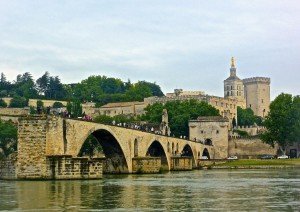
- Today you will visit Avignon, capital of Christendom during the medieval “Great Schism” that saw the French papacy established in this lovely town. Avignon boasts a unique architectural history that sets it apart from modern towns. Walk in the opulent square of the Palais des Papes (Popes’ Palace), enjoy the beautiful gardens of Doms, and explore the monuments along the ramparts.
- For lunch, taste traditional and original Provencal cuisine at one of Avignon’s many charming restaurants.
- After lunch, cross the Rhone River to visit Ville Nueve les Avignon, a picturesque medieval town where many cardinals of the 14th century chose to live. Enjoy stunning views of Avignon from the great French King’s charterhouse and its fortifications before traveling to the site of the former papal castle at Chateauneuf-du-Pape, a town famed for its wineries, which you will visit, including that of the Baron le Roi who founded the AOC wine-designating system.
- Dinner either at your accommodation or at a local restaurant.
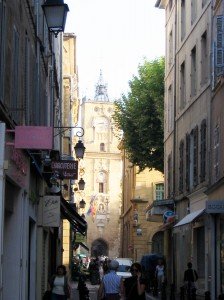
- Nyons is another quintessential Provencal town, lying at the foot of a rocky spur near Mont Ventoux and surrounded by hills and small mountains. Its location shields it from the Provencal winds and keeps it sunny and warm year round, making it an excellent producer of olives and one of France’s most famous olive towns.
- You will first visit an 18th- and 19th-century olive oil mill, as well as a lavender distillery, before venturing to the two hundred and fifty year old market to choose foods for your cooking class in Nyons.
- Lunch will follow based on your efforts.
- In the afternoon, journey to Suze-la-Rousse with its beautiful castle that was both a feudal fortress and stately Renaissance estate. The former chateau of the Dukes of Adhuerre, the castle now houses the French National Université du Vin, an institution dedicated to all things wine! After touring the building and its laboratory, stop for a tasting in its tasting room.
- This evening, dinner will be in the charming medieval village of Entrechaux, known for its production of cherries, melons, asparagus, grapes, and apricots.
- Today you will create as a group your own Provencal adventure. You may choose to stay at your accommodation and relax in the gardens. Or, you may prefer to take one last chance to explore more of the Rhone River valley with its quaint towns and ancient landmarks. You may search out another market to shop for specialties to take home, or simply visit with the new friends you have made during your Provence culinary tour. Your host will help you in deciding how to make the most of your last day in Southeastern France.
- Transfer in the afternoon to the Avignon TGV train station. A bientôt!
Provence Culinary Vacations Trip Details
- 6 Night Details
Included in the 6-Night Provence Culinary Tours
Accommodations.
6 nights accommodation in double or double twin room
Food & Beverages
- Daily breakfast
- Wine with all meals
Classes & Instructors
Your week will feature 3 or more cooking classes in Provence with Mark Haskell and a fellow chef. Mark is the founder of Friends & Food International in Washington, DC, a food consulting company specializing in restaurant and community nutrition programs, edible gardens, culinary education, and travel tours. His culinary philosophy is to promote cultural heritage, food diversity, and sustainable practices. In addition to being a certified Master Gardener, he was knighted a Chevalier by the Confrerie de Saint Vincent, in Cotes du Rhone, France, for his work promoting organic and biodynamic food production. His glowing credentials are merely the tip of the iceberg, however, as his true talent lies in his passion for introducing travelers to all the wonders of French and Provencal cuisine.
Because Southeastern France cuisine is the epitome of seasonally inspired food, the excursions and Provence cooking classes will vary from month to month, always dependent on what is harvested in the fields, caught in the sea, or hunted in the forest. But each week, regardless of season, you will be introduced to a variety of regional dishes, including aperitifs, amuse bouches, planchas (a type of grilled dish), rice dishes, Provencal sauces, cheeses, and desserts. Your education in Provencal cuisine will include both the techniques as well as the finesse of choosing the right ingredients. The cooking classes will be held at Mark’s teaching kitchen located near your accommodation.
- Visit to Vaison-la-Romaine
- Excursion to Isle-sur-la-Sorgue on market day
- Visit of the Luberon Valley
- Excursion to the Vaucluse and Cote du Rhone wine region
- Visit of Avignon and Ville Nueve les Avignon
- Excursion to Nyons, including olive mill, lavender distillery, and market
- Visit of Suz-la-Rousse
Transfer Details
- Arrival and departure transfers from/to Avignon TGV station
Miscellaneous
- Food and wine tastings
Average Rating
Provence/Cote d'Azur
Tour Dates:
Available select months for a minimum of two people. Please review our complete pricing details .
Starting at
Accommodations will be at a beautiful French guest house, B&B, or chateau, depending on the week. Please inquire!
Many weeks have accommodations at a 5-room guest house in Vaison-la-Romaine. The 19th-century Provencal home was lovingly restored and maintains a lot of regional charm. The gardens make you feel like you are in the countryside, but it is just steps from the historical center of Vaison-la-Romaine. There is even a wine cellar!

Provence Cooking Vacations Pricing & Tour Dates 2024
See pricing and dates for our authentic Provence culinary vacations below, and contact us for availability or to customize your food and wine tour.
- 6 Night Pricing
Provence Food Tours 2024 Pricing:
for a minimum of 4 people
6-Night Provence Culinary Vacation Pricing
US$3550 per person based on double occupancy
- Add US$500 for single occupancy (use of a double room by 1 person)
Supplement to confirm for 2 people: please inquire.
30% deposit due to confirm booking.
Balance payment due 60 days prior to tour start date. Questions? Please contact us!
4-night itinerary also possible, please inquire.
Provence Culinary Holidays Tour Dates 2024
Our Provence cooking vacations are available select weeks March through October/November for a minimum of 4 people. Please inquire with specific dates to confirm availability for our Provence tours, or to customize your trip.
2024 Please inquire for available weeks.
Experience the Perfect Custom Cooking Vacation in Provence, France
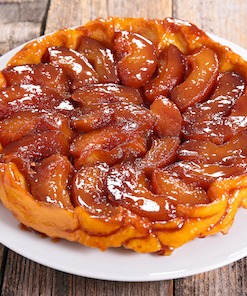
We specialize in helping craft personalized Provence culinary getaways tailored to your tastes. Whether you need recommendations on extending your trip or fully customizing your itinerary, our dedicated team is here to help plan your dream cooking-focused vacation.
While we can’t physically pack your bags, we provide end-to-end support making your food-filled holiday smooth and seamless. Contact us with questions or indicate interest for follow-up post-booking.
Additional Provence Cooking Focused Holidays To Consider
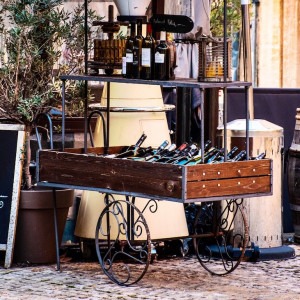
Wine Tasting Tours in Provence
4 Nights Starting At $2,845
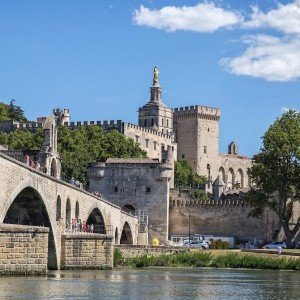
Discover Provence: Food and Wine Tastings in Avignon, France
6 Nights Starting At $3,540
Select Your Trip Details
6 Night Vacation starting at $3550 per person
Price is determined by season. Please specify your program start date to see your cost per person.
Select Trip Start Date
Trip End Date
Number of Travelers*
Number of Rooms
I am sharing a twin/double room with my travel companion, who will book separately
Add to cart!
Optional Upgrades
Upgrades are calculated per person based on double occupancy. For single occupancy upgrade costs please inquire.
Back Next Step
Optional Excursions
Back Finished
Want more flexibility? We can customize all of your trip details for you, including:
- Trip length and Itineraries
- Hotels and Tours
- Transfers and Airfare
Let us show you how we can create a complete package just for you. Contact Us
1-312-467-0560
This website uses cookies to enhance your experience. By using this site without changing your settings you indicate your consent.

Aix-en-Provence is a city known for its exceptional lifestyle and Tastes of Provence invites you to discover it through your tastebuds. We offer you an immersive experience designed to help you understand the French “Art de vivre”, meet locals and enjoy the daily traditions
Join our passionate gourmet guides for a unique taste of the lifestyle of magical Aix-en-Provence on a gourmet walking tour of the city. We will stroll through historic golden streets, dipping in and out of food shops, tasting local specialties and learning learning tidbits of history during our foodie tour.
You’ll rub shoulders with locals in one-of-a-kind food shops and the daily farmers market, tasting seasonal sweet and savoury specialties of the region. Your guide will explain the history behind the city’s food highlights, while meeting the families who run the best addresses in town. Our morning tours take in the 700-year old market square, where you’ll discover the seasons, tasting fruits and vegetables, harvested just the day before.
From our signature Farmers Market & Food Shop Tour, our Afternoon Delights tours or other options for private groups, you’ll find a food tour that tempts your appetite.
After all, isn’t this why you came to France?!
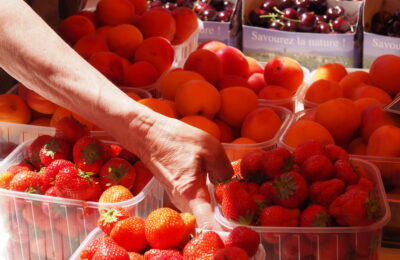
FARMERS MARKET & FOOD SHOP TOUR
Enjoy an immersive morning farmers’ market and local food specialists tour that will dazzle your tastebuds and your senses…
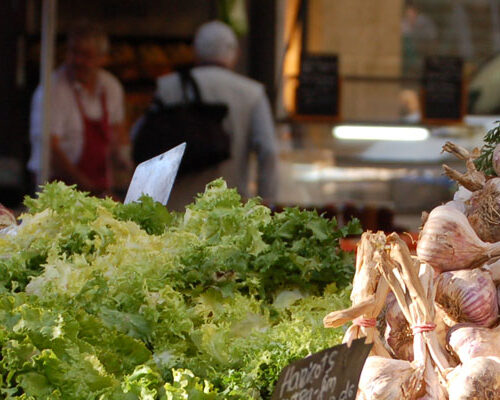
Foodies’ Guide to Aix-en-Provence
All guest receive a copy of the Foodies’ Guide to Aix-en-Provence, packed with restaurants and shopping suggestions, dining out tips, local wine information and seasonal recipes!
Rick Steves in his « Provence & French Riviera » guide talks about us
« Tastes of Provence offers guests a unique “taste” of daily life and food in Aix-en-Provence. You can join a small-group, gourmet walking tour with Mathilde and Jennifer, meeting locals in specialty food shops and at farmers markets while tasting sweet and savory regional specialties. You’ll learn about history behind the city’s food traditions while meeting the families whose businesses represent the best addresses in town. »
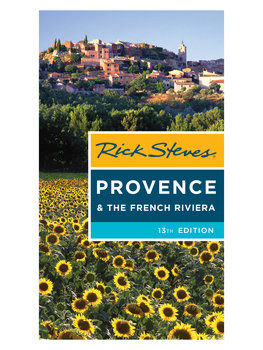
They also talk about us:
+ French TV France 3, Aix Farmers Market with Mathilde (in French): watch the show.
+ The Travel Hack Weekend Travel blog (in English): read the article.
+ Traveling Chic blog (in English): read the article.
+ Jill, My Dreamy Provence blog (in English): read the article

“If you like history and food then this is a fantastic tour! We were so bowled over the knowledge and passion of Jennifer and she was also a personable and fun guide. Ending the morning with some delicious cheese and wine was fantastic. Highly recommended.”
- The highlight of our trip to Provence
“Great tour with our guide Mathilde. It was a wonderful way to get oriented to this special city. We had many opportunities to taste a variety of foods. Each tasting was accompanied by fantastic descriptions from our guide. She knew many of the local vendors which was really nice. We also had a delicious wine tasting”
- Great tour
Send a request
Follow us and like us.

7 Days in Provence: One Week in Provence Itinerary
By: Author Sophie Nadeau
Posted on Last updated: 26th January 2023
Categories France , Itineraries
Last Updated on 26th January 2023 by Sophie Nadeau
Provence is a place where the land meets the sea, and where culture blends beautifully with the region’s rich history. As a result, the unique and varied Provençal landscape has inspired creatives for centuries, and the mountainside vineyards of the region produce some of the best wine in the world. Here’s how to spend 7 days in Provence : your complete guide and itinerary for spending one-week exploring this fascinating region.

Aix-en-Provence
Enjoyed reading about how to spend 7 days in provence pin it now, read it again later:.
Stay | 2 Nights
Where to stay | Hôtel Le Pigonnet
Essential tour: Historical and gourmet walking tour of Aix-en-Provence
Day one: A ‘ city of a hundred fountains ‘ was how my friend described Aix-en-Provence to me when I went to visit her last year. And, to be honest, that description is pretty accurate. Once the inspiration for artists such as Monet, Renoir, it’s easy to spend a lost exploring the city, getting lost along its many sun-drenched streets.
The city was even once home to Cezanne (who is also now buried in the city’s cemetery). If you’re interested in learning more about the artists who made Aix-en-Provence their home and in particular, Cezanne, you can take a self-guided walking tour of the city.
The starting point is the city’s tourism office, and there are brochures for the tour available at the help desk. Wander the cobbled lanes, visit one of the many museums, or indulge in a little shopping at one of the city’s many independent boutiques (and galleries) .
Throughout the city, there are also often local markets (where you can pick up fresh local produce such as lavender and tomatoes), as well as little churches and secret little cafés. It’s also worth noting that there are plenty of hidden gems in Aix-en-Provence which are also worth checking out.

Day two: After spending your first day in Provence exploring the town of Aix-en-Provence, head out into the countryside and get a real taste for the region (both figuratively and literally). Spend day two in Provence hiking nearby Montagne Sainte Victoire, which overlooks the city.
There are plenty of buses heading out toward the mountain from Aix, making this an easy day trip, even without a car. And besides, you can’t visit Provence and not visit a vineyard… After all, wine tastes best than in situ and on the very spot where the grapes were grown.
If you’re look ing for a guided excursion, then this half-day tour to Cezanne wine country incorporates a visit to two local wineries.

Stay: 2 Nights
Where to stay | Le Jardin d’Emile
Day 3: If there’s one place you should definitely visit during your 7 days in Provence, it’s Cassis (also the French word for black currant ). After hiking around the mountainside yesterday, today is dedicated to rest- French style.
Spend day three in Provence wandering around the port of Cassis, and getting your first feel for the Southern French coast. Overlooked by the Château de Cassis (once a Carolingian fortress, and now a luxury hotel) , the seaside town has everything you could want from a Provençal town.
Here, you can soak up some sun at the beach, enjoy an ice cream (lavender is a local delicacy and grows abundantly in the fields throughout the region) , or wander the streets of the old town.

Day 4: Spend day 4 of your Provençal tour hiking the ‘ Calanques de Cassis ‘. Often cited as one of the most beautiful stretches of coastline in the World, it’s most definitely a must-see Provence destination.
The chalky cliffs overlook an azure blue sea and form little-hidden coves all along the coastline, providing perfect little picnic and bathing spots. It’s the perfect hideaway from reality and will make you wish you were spending longer in this little piece of paradise.
The Calanques are so beautiful and rare, that they are now a designated National Park. They stretch all the way along the coastline to Marseille. And, although they could be explored over several days, one day is definitely sufficient to get a taste of this beautiful part of the world.

Stay: 1 Night
Where to stay | Grand Hotel Beauvau Marseille Vieux-Port
Essential tour: Sunset dinner cruise
Day 5: This port city has been in use since ancient times, and as such, has plenty of things to see and do. If you’re staying in Provence for longer than a week, you could easily extend your stay in Marseille to encompass a couple of days- there’s certainly enough to see and do!
Whilst in the city of Marseille , make sure to check out Notre Dame de la Garde (a charming church sat atop of a hill overlooking the entire city) , the Vieux Port (in use for over two thousand years) , and Le Panier Neighbourhood (one of the most picturesque districts in the city) . For more inspiration, be sure to check out our guide to spending one day in Marseille .

Where to stay | Au cœur d’Avignon Maison d’hôtes et Bar à Vin
Essential tour: 3 hour walking tour and wine tasting
Day 6: Founded during the Roman era, the ancient town of Avignon is perhaps most famous for its half bridge, lying in the middle of the River Rhône. All that remains of Pont Saint-Bénézet is on display in the centre of the water, the rest having been washed away at some point during the 17th-century.
Here, in Avignon, you can also visit the UNESCO world heritage site ‘Palais des Papes’ (built for popes fleeing Rome), and explore the town’s Roman past. Other highlights include plenty of hidden gems , fine dining experiences, and seeing the historic town walls.

Stay: 1 Night
Day 7: To finish off your 7 days in Provence, spend a relaxing night in La Ciotat. Cute, quirky and a little off the beaten path, La Ciotat is everything you could want from a seaside French fishing village. The village was once the site for the first filming of a motion picture , and allegedly where the games ‘boules’ was invented.
End your blissful time in Provence by exploring the small alleys and cute eateries of this sleepy little fishing town. There’s even a small artificial beach on the fringes of the port where you can swim and paddle in the sea. Stuck on ideas for things to do in the town? Here’s how to spend a complete day in La Ciotat .

Sophie Nadeau loves dogs, books, travel, pizza, and history. A Francophile at heart, she runs solosophie.com when she’s not chasing after the next sunset shot or consuming something sweet. She splits her time between Paris and London and travels as much as she can! Subscribe to Sophie’s YouTube Channel.
This site uses Akismet to reduce spam. Learn how your comment data is processed .
Wednesday 27th of February 2019
I was amazed when I see Provence with my own eyes. It’s a must see! I highly recommend this place.
Wednesday 22nd of November 2017
Ohhhh Sophie, this itinerary is pure gold!!! Thank you so much! We will be in the Provence over the winter, I so have to visit now the Calanques de Cassis - I had no idea about this!
Six Ways to Explore France | Trips100
Friday 29th of September 2017
[…] one of her favourite regions in France – Provence. Her helpful destination guide – How to spend 7 days in Provence shares tried and tested tips and recommendations for the perfect solo […]

Food in Provence: 16 foods to eat in southern France
When you make purchases through links on this website we may earn a commission. Read more .

Some of the best French food is the food in Provence . Here, the food cultures of France and Italy join together the closer you get to the Italian border and the coastal waters of the Mediterranean. Provencal cuisine is simple food, strong in flavour and always seasonal. There are also dishes here that you will not find anywhere else in France. Think olives, olive oil, herbs, tomatoes, capers, fresh fruit and vegetables and always the freshest of seafood. In this article, we should you what to eat in Provence, so tht you can be sure that when you leave, you will have tried them all!
Those who are new to France often put the Provence-Alpes-Côte d’Azur region at the top of their must-visit list for two main reasons: the French Riviera of the Côte d’Azur and the lavender fields of Provence.
This region is as diverse as it is large. From the mountains of the Alps to the Mediterranean coastline, there are huge expanses of natural forest in between, many the source of incredible adrenaline-charged outdoor activities.
Lakes, rivers and streams feed small regional towns and major cities like Lyon offer a chance to explore an urban cityscape and uncover centuries of history.
Vineyards , orchards and farming land dot the landscape, bringing richness to the food of the region. You don’t have to go far to find a fabulous wine and you’ll never have to worry about locating a cafe, restaurant or brasserie.
Anyone self-catering in a motorhome will find an abundance of local food markets, even in the smallest of towns, and large permanent markets like the ones in Lyon and Avignon.
More reading >> Two weeks in a motorhome in the Provence region. Read our itinerary.
So, if you find yourself in Provence, don’t just head for the lavender fields. Do what all the travel writers below have done and seek out your favourite Provençal food. Even better, if you love to cook , most of these dishes can also be cooked easily at home.
Where is Provence-Alpes-Côte d’Azur?
Tartiflette, fruit confit / candied fruit, salade niçoise, pain bagnat, bouillabaisse, ratatouille, boeuf daube (beef daube), olive tapenade, pissaladière, love to cook french food.
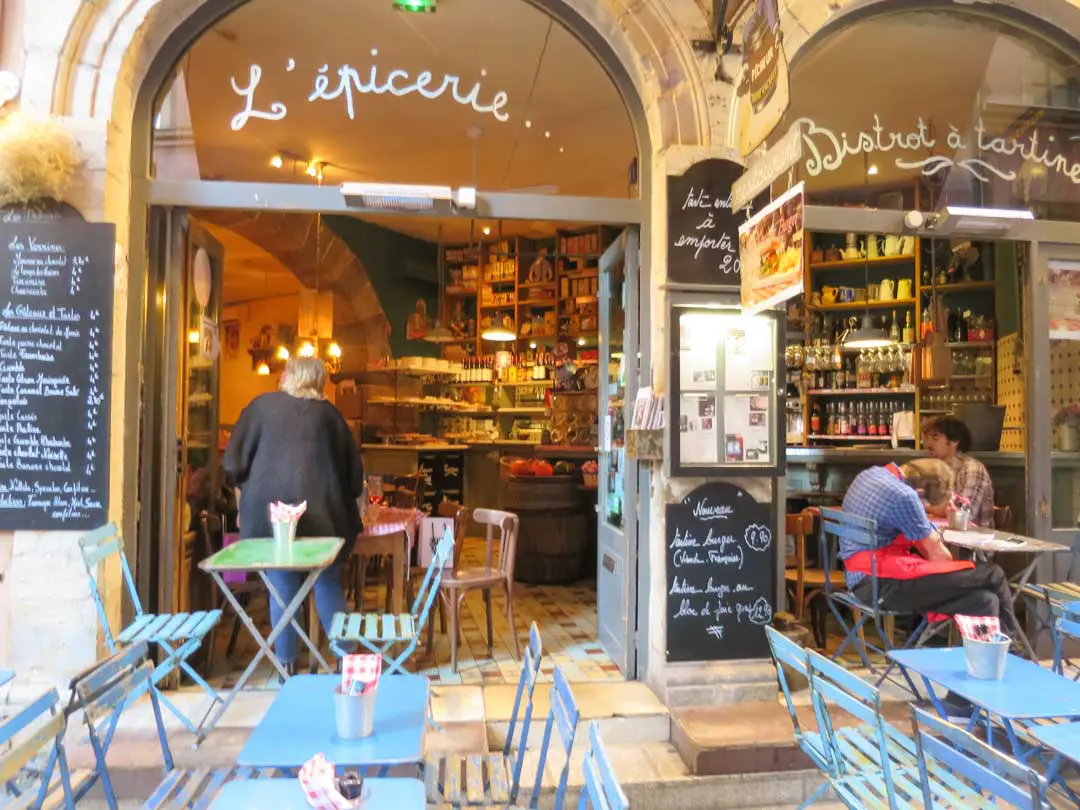
The region of Provence-Alpes-Côte d’Azur is located in the southeast of France. Comprised of six departments, it is bordered by Italy to the east, the Mediterranean Sea and Monaco to the south. The western border runs into the region of Occatanie and in the north, the Auvergne-Rhône-Alpes region.
The best provencal dishes
Ayngelina Brogan – Bacon is Magic
Many of the foods in Provence are similar to neighbouring Italy . And so it’s not surprising that panisse, a common Marseille food , is strikingly similar to polenta or farinata, the Italian chickpea flatbread/pancake.
Panisse is a fried chickpea flour bread or cake, and it’s perfect for those who are looking for some sustenance but need to eat gluten-free.
This chickpea dough makes an incredibly diverse dish as it can be savoury and served as a side dish to rich stews, or cut into coins or fingers and dusted with sugar to be a dessert served alongside Cassis. It can also be used as bread for sandwiches.
Deep fried, baked or grilled. You’ll find it used in so many ways in Marseille. The taste is mild, and when deep fried, the exterior is crunchy, and the interior is creamy. It may not be the healthiest, but it is one of the tastiest.

Aga Kozmic – A Matter of Taste
Navettes are orange blossom biscuits originating from Marseille. They are associated with Candlemas (a Christian holy day), although they are available all year round.
There are a couple of legends explaining the shape of the cookie, but the most common is that it resembles a boat that brought Saint Mary Magdalene & Saint Martha to the coast of Provence some 2000 years ago.
No matter the story, the biscuit is worth trying. It’s hard and has a rather dry texture, but the pleasant orange blossom aftertaste makes you reach for more.
You can buy them in many souvenir shops, although the most authentic are available from Four des Navettes – the oldest bakery in Marseille. In the mornings, all surrounding streets are filled with an irresistible orange scent from the bakery. I couldn’t say no to buying a dozen every time we were in the area.

Nadine Maffre – Le Long Weekend
Provence’s answer to Italy’s focaccia, fougasse is a flatbread that is typically stuffed with olives and herbs de Provence (and occasionally other additions such as cheese or anchovies), much like its Italian counterpart.
Originally used as a ‘tester’ bread to check the temperature of the wood-fired oven, it’s now a firm part of the Provençal diet. Look out for it in the boulangerie – not all will sell it, but many will and you’ll recognise it by its distinctive form.
It’s most often shaped like a leaf, although tree and wheat patterns are also commonplace. Savour the salty, dense, and highly flavoursome bread with a glass of Provence rosé, as an aperitif, or over lunch with a refreshing salad on the side.
Although most often found in Provence, variations of the flatbread are found throughout France, and if a trip to France isn’t possible right now, it’s not too difficult to whip one up at home either, as recipes abound online.

Sabine De Gaspari – The Tasty Chilli
Tartiflette is a famous dish of comfort food originating from the French Alps and, more specifically, from the Savoy region. It’s normally served during wintertime in the Alps, after a long day of skiing or snowboarding on the pistes.
Tartiflette does not contain many ingredients and is fairly easy to prepare. This heartwarming dish is made with potatoes, onions, bacon and the scrumptious Reblochon cheese, which is a soft washed-rind cheese made in the region of the Haute-Savoie.
It is said that the producers of the Reblochon cheese came up with the Tartiflette recipe to promote the sales of their cheese. And it worked because the dish is now famous all over France and far beyond.
Tartiflette is usually served with just a light side salad or some pickled vegetables since it can be a fairly heavy and filling dish, but it should always be served with a slice of baguette or French loaf to mop up all the juicy flavours of the melted cheese.
The potatoes are fried with the onions and bacon in a pan, after which some white wine is poured over it and reduced. The cheese is cut in half and placed over the ingredients so it can melt into the dish while in the oven.
You can find the full tartiflette recipe here.

Leyla Giray Alyanak – Offbeat France
Biting into a fruit confit, or candied fruit, is like biting down on sweet sunshine, and Provence is a perfect backdrop for growing fruit of all kinds.
Throughout history, connoisseurs have explored ways to preserve fruit through winter and these preserves – known as ‘dry jams’ – became popular in Italy.
It would seem they arrived in Provence during the so-called French Papacy of the 14th century, when a series of Catholic popes reigned in Avignon, in what is now Provence, rather than in Rome.
According to history, Pope Clement VI tasted them at the home of an Italian cardinal, and that sealed the candied fruit’s fate: it would become hugely popular in Provence and would be prized on noble tables.
There was trial and error, though, and the final recipe would only be consecrated in 1555 by Nostradamus, the famous astrologer and seer, who wrote it up in his Treatise on Cosmetics and Jams.
Many fruits can be candied, but the most popular include oranges and tangerines, pears, figs and cherries. You’ll even find candied peels of orange and lemons. Whilst they are delightful as snacks, they are also used to decorate cakes and pastries.
Making candied fruit is a complex art that involves replacing a fruit’s natural water with sugar, which then allows the fruit to be preserved. There are a number of stages involved, including blanching the fruit, coating it with sugar several times, absorption, selection, icing, drying and packaging. These days sugar is used, but there was a time when fruits were candied with honey.
While you’ll find them throughout Provence, Apt in the Luberon has made this most popular French food its specialty. Since 2018, candied fruit from Apt has been part of UNESCO’s list of intangible cultural heritage.

Jenifer Byington – The Evolista
Salade Niçoise is the quintessential French summer dish. It can be served on its own as a main course salad or as a side salad for a fish or meat dish. Niçoise means in the style of Nice, a city in the Provence-Alpes-Côte d’Azur region of France, where this dish originated.
The traditional peasant recipe consisted of tomatoes, anchovies, olive oil and whatever fresh vegetables were around. There is heated debate as to what ingredients are the proper ones to include.
While it is very common to find potatoes, string beans, hard-boiled eggs, olives and capers, they are a more modern rendition of the original dish. Taking it a step further, many chefs now use seared tuna, salmon or other types of fish in place of traditional anchovies or canned tuna.
Regardless of the ingredients that are used and whether it is composed or tossed, one thing is for sure, eating a Salade Niçoise with fresh summer vegetables will instantly transport you to a brasserie in the south of France.

This fabulous picnic-type food takes inspiration from the salade niçoise and combines it with fabulous French pain (bread). It might look and sound like an ordinary sandwich, but it is anything but this. Loaded with chunks of tuna and olive oil – even better if it has had time to sit in the bread for a while to soak through a little – it’s a perfect treat for lunch or a picnic. As well as the tuna, you’ll usually find olives, tomatoes and anchovies. This sandwich is native to Nice.
Julie Laundis – Wandering Sunsets
Bouillabaisse is one of the most traditional dishes in Provence and an absolute must-have if you are visiting the region. Originally from Marseille, Bouillabaisse is a delicious fish and seafood stew.
It used to be prepared by fishermen using a variety of small rockfish and leftover cuts from the daily catch that didn’t sell. The magic of this hearty and yummy soup is in the wide variety of seafood and shellfish and the unique blend of flavours and spices.
There are 3 parts to the recipe: making the broth, cooking the fish and preparing the rouille to eat with the croutons. The Bouillabaisse broth is tomato-based and includes orange zest, fennel and saffron. The sliced fish is then added to the broth and left to simmer for a very long time.
Bouillabaisse in Provence is usually made with rockfish, sea robin and European conger, along with any other fish caught fresh that day. It is not uncommon to add shellfish and crustaceans to the soup, such as mussels, clams or lobster.
But what makes Bouillabaisse truly unique is the “rouille”, a rich sauce resembling aioli spread on croutons and dipped in the broth. Bouillabaisse is a dish you must try if you are visiting Provence!
Learn how to make your own bouillabaisse at home . Click here for the traditional French recipe .

by Chris Román – Explore Now or Never
Ratatouille, which originated in 18th century Nice, is essentially a delicious French vegetarian stew. The name of the dish is derived from the medieval Occitan word “rata” (military slang for a mixture of easy things to whip up in the military canteen) and “touiller” (to stir up).
Typically, ratatouille includes sautéed eggplant, tomato, onion, garlic, bell pepper and zucchini as well as leafy herbs according to the chef’s preference, such as basil, marjoram, thyme or even Herbes de Provence. Sometimes olives are added.
It simmers on the stove for hours until flavours have melded into a savoury stew. However, purists prefer to cook the vegetables separately and then combine them at the end.
While it’s often served as a side dish in Provence with fish or quiche, it also makes an excellent main course when served with a crusty baguette or rice. A glass of chilled rosé wine from the region is the perfect accompaniment.
Ratatouille is the French version of Spain’s pisto (similar vegetables but served with cured ham or a fried egg on top) and Italy’s caponata (which includes octopus in Palermo).
Wendy Werneth – The Nomadic Vegan
Socca is a type of savoury pancake or crêpe made from chickpeas. It is similar to panisse but they are cooked differently.
The batter contains just three ingredients: chickpea flour, water and olive oil. Its exact origins are unknown, but it dates back hundreds of years and was most likely originally invented across the border in Italy. There’s even a theory that ancient Roman soldiers invented these pancakes by roasting chickpea flour on their shields.
In Italy, the dish is known as farinata, and it’s a popular Italian street food along the Ligurian coast. That popularity extends across the border into the coastal areas of France, especially in Marseille and Nice. In these cities, it’s called socca and is sold at food markets and street food stalls.
The socca is cooked in huge, round pans, then cut up into squares and served wrapped in a paper cone. Since socca is best when piping hot, crowds tend to form quickly at the socca stalls when a new batch comes out of the oven. Jump in line quickly, or it’ll be gone before you know it!

Boeuf daube is the ultimate French comfort food. A simple yet hearty beef stew, it is perfect for a cold winter’s day, especially if the Mistral is blowing across Provence. Using secondary cuts of protein, the meat is cooked slowly in a blend of wine and vegetables until the meat melts in your mouth.
Olives are grown all over Provence, a clear sign of the climate that tends to become more Mediterranean-like the further south you are. At any of the food markets, you’ll always find large bowls of every kind of olive imaginable.
If you can find olives, then olive tapenade will never be too far away. A savoury paste made from olives and capers, it is served as part of a cheese plate or spread on bread. It can also have other additions like anchovies and sun-dried tomatoes.

There is more cheese in France than there are days of the year. True story! All cheese is regional and apart from some of the big brands and more well-known cheese that make it into supermarkets, like roquefort , it’s unlikely you will find them outside their local area. In Provence, most of the cheese comes from goats, and is known as chevre. There are many goats’ cheese to choose from, but a well-known chevre in this region is banon. Not only is it tasty, but this unpasteurised cheese comes wrapped in chestnut leaves.

Whilst nougat can be found in other parts of France, such as the Alsace, it is a prolific sweet treat in this region too. Nougat in Provence is made from sugar (lots of it), honey (more sugar), almonds and egg white. Sometimes, pistachios are used instead of almonds or with them. Look for it in the markets and gourmet food stores in huge wheels or blocks.

One of the tastiest foods that bring the heart of Italy right into France is pissaladière, a French version of the pizza found in Nice and the French Riviera. Pissaladière is made using strong bread flour, so the base is more bread-like and thicker than the traditional thin pizza bases you’ll find in Italy. And, unlike usual Italian pizza toppings, the pissaladière uses black olives, anchovies, caramelised onions and a popular Provencal herb, thyme.
In the south of France, you’ll always find lots of sweet things, candy, desserts and cakes that take the flavours of almond and fruit. Calissons is one of these sweet treats. Made traditionally in the Aix-en-Provence region, they are a blend of almond meal, icing sugar, fruit confit and edible paper with a thin coating of icing on the top. You’ll recognise them by their small diamond shape.
Click on the links below for our French recipes
- How to make classic Boeuf Bourguignon
- How to make Quiche Lorraine in a motorhome
- How to make salmon rillettes
- How to make French confit onion
About The Author
Kerri McConnel
A former corporate business executive, Kerri is the content creator for Beer and Croissants, a trusted source of detailed guides on motorhome travel, road trip itineraries, and destinations.
Together with Stirling, they are motorhome experts, having independently road-tripped their way across much of Europe, Australia, and New Zealand since 1995. Back home in Australia, they own their own motorhome and can always be found on a regional road trips, taking in towns that often no one has heard of.
They are responsible travellers; long, slow trips in motorhomes, spending time in small regional communities where the tourists usually don't wander, and spending money in their small economies. And where possible, they travel in shoulder and off seasons, so they don't add to the tourist rush.
As an Honorary Barge Lady for Barge Lady Cruises and a regular on European Waterways vessels, Kerri is also an expert on luxury barge travel in Europe, having completed five barge cruises in France and Scotland.
Kerri is a Digital Travel Publisher Member and former board member and treasurer of the Australian Society of Travel Writers (2020-2023).
Everything written and produced on this site is our own work. there's no AI and if we've written about it, you can trust we've been there, done that!
Read more about Kerri here
Leave a Comment
Your email address will not be published. Required fields are marked *

FOOD TOURS MARSEILLE & AIX-EN-PROVENCE
We offer you a unique and gourmet experience
Accompanied by a local and passionate guide, come and explore Marseille and Aix-en-Provence in the eyes of southern french gastronomy. !
Visit the iconic and extraordinary places, meet local artisans and taste their produces that make the renown of the Provencal heritage. This tour will also be paced with interesting and cultural and historical facts about the buildings and streets that will surround us.
Choose between our 4 food tours and dive into the heart of an experience that will delight the gourmet lying in you.
Discover the gastronomic side of Provence with authentic locals.
OUR FOOD TOURS
Marseille craft & wine tour – 3h00.
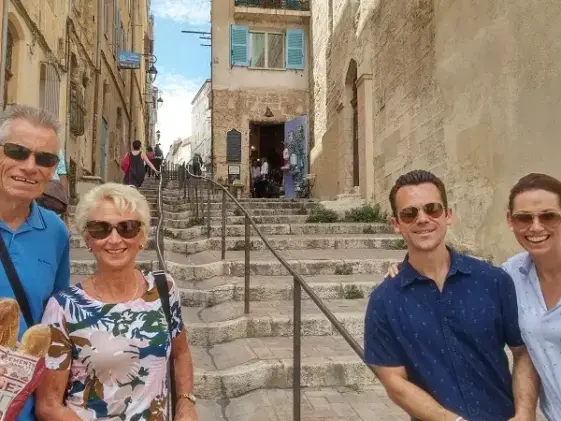
85€ / person
MARSEILLE FOOD TOUR – 3h00
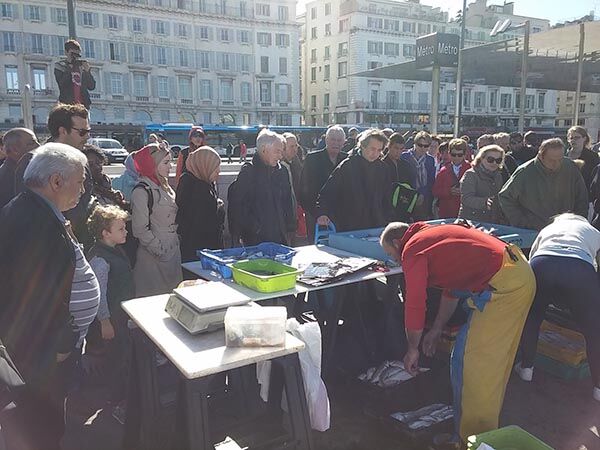
AIX FOOD TOUR – 3h00
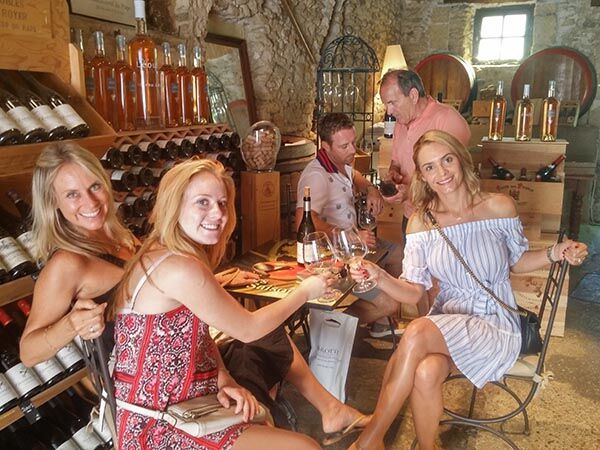
95€ / person
Discover all our other tours on Provence Amazing Tours

PHOTO GALLERY
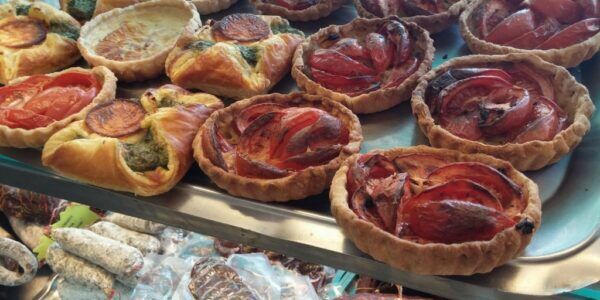
Delicatessen in Marseille
The delicatessen of Noailles in the heart of downtown Marseille with its homemade sausages and duck breasts
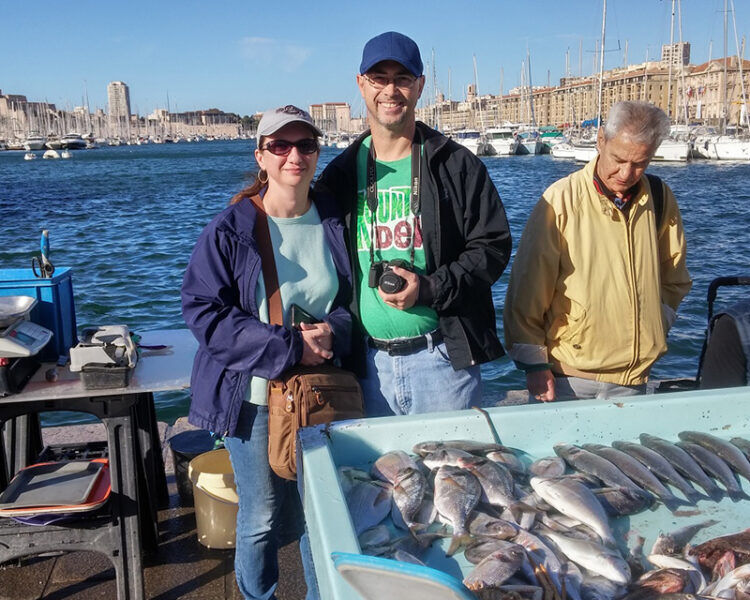
Fish markets of Marseille
Every morning in the old port fishermen sell their sea breams, octopus, tuna, sardines, sars, sea bass, burbot and even swordfish
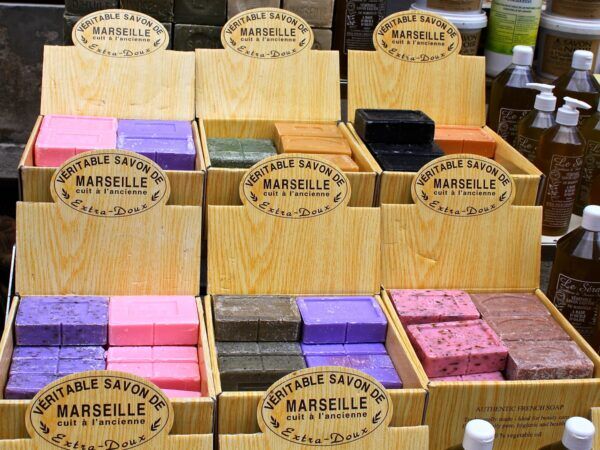
Marseille Soap
Marseille soap, a creation between aleph soap and olive oil dating back to the 17th century, in the 19th century there were a hundred factories.
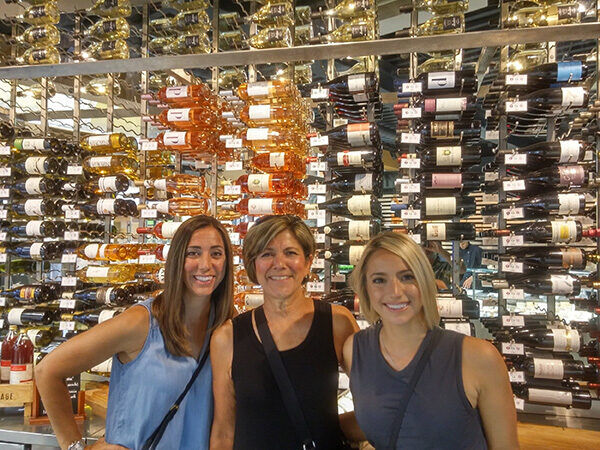
Wine cellar in Aix-en-Provence
In a secret passage of Aix-en-Provence there is this wine cellar where the appellation "côteaux d'Aix" is very well represented with its fruity reds and its rosés with notes of peach and citrus fruits
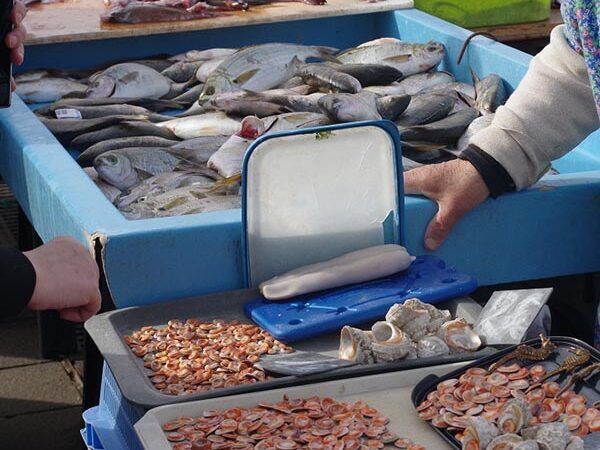
The poutargue is a pocket of mullet eggs which is dried and then salted
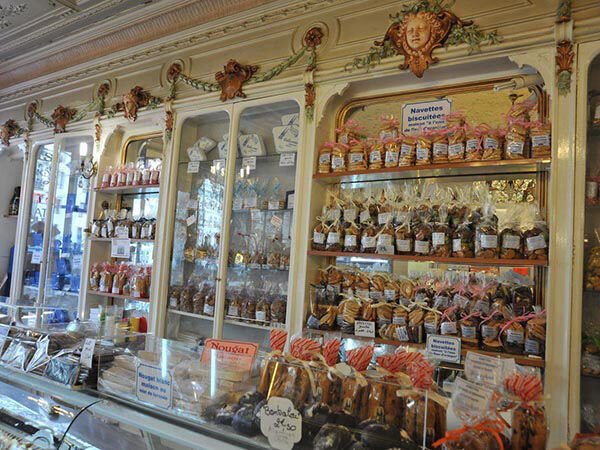
Traditional pastry shop in Marseille
The oldest pastry shop in downtown Marseille dating back to 1820
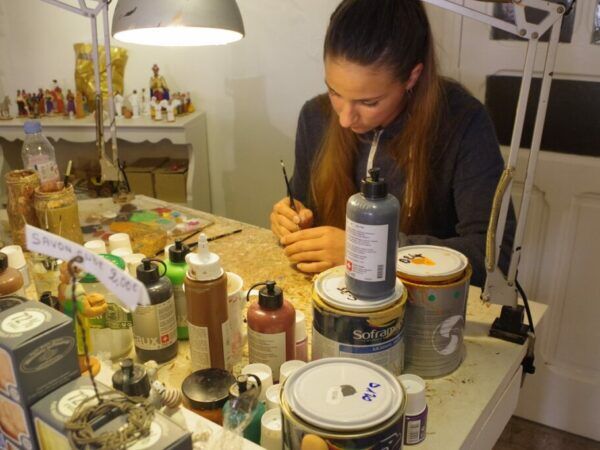
Artisans santonniers of Marseille
In the district of the Panier in Marseille, the Santonniers bake and paint small figurines in their workshops
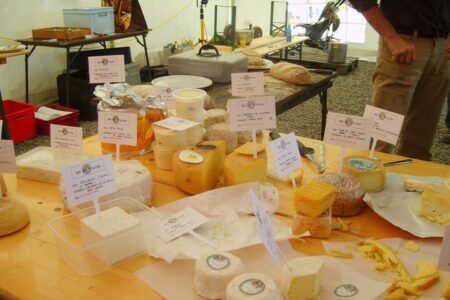
Cheese factory in Marseille
The cheese factory of the canebière, a set of the best products of the region as the fresh sheep and goats
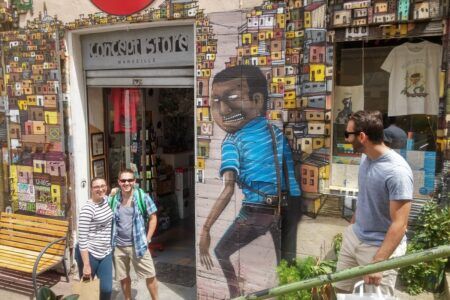
Store on Marseille in the Panier
This store is a temple of street art - silk-screen prints up to the walls, wooden games, gadgets, funny t-shirts
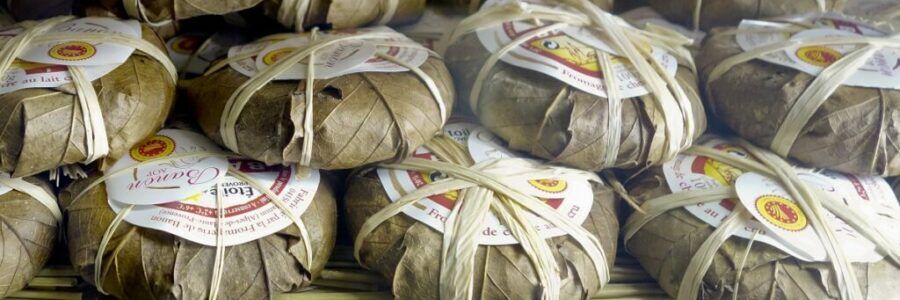
Cheese Maker of Aix
The small goat cheese of Banon with its chestnut leaf soaked in grape marc is the emblem of the high Provence
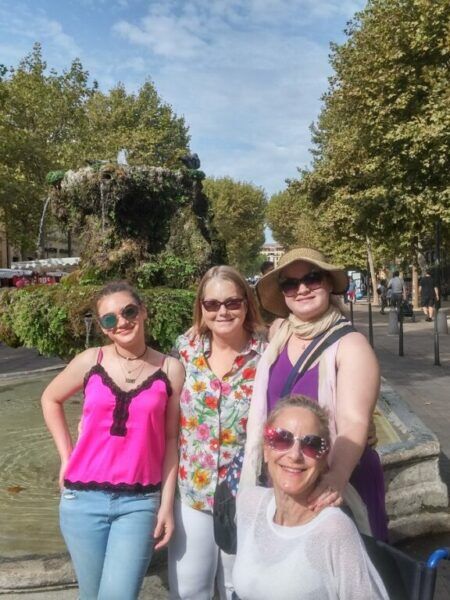
Cours Mirabeau in Aix en Provence
Aix-en-Provence and its dozens of fountains throughout the city are either very old or very modern, you have the choice
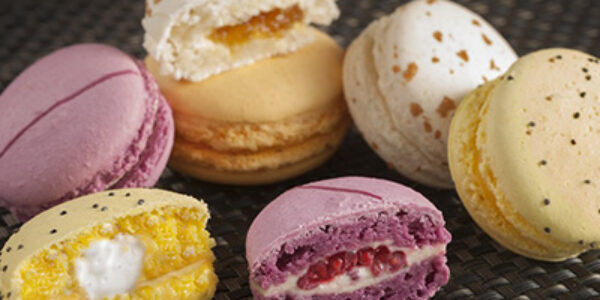
Macaroons of Aix
The macaroon of Aix-en-Provence made on the spot with real pieces of fruit is a pure moment of tasting, a treat
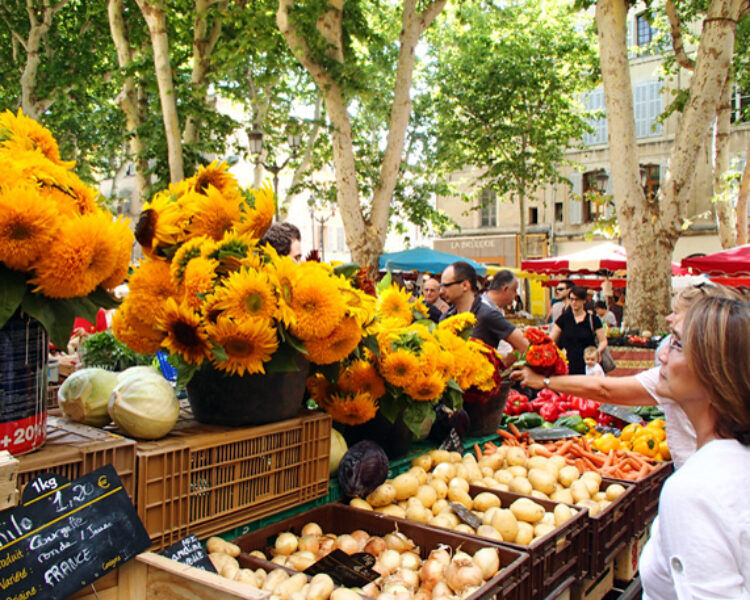
Provencal market
Aix-en-Provence market, the oldest in the city created in the 1st century with its local fruits and vegetables, cheese makers, pork butchers, washermen
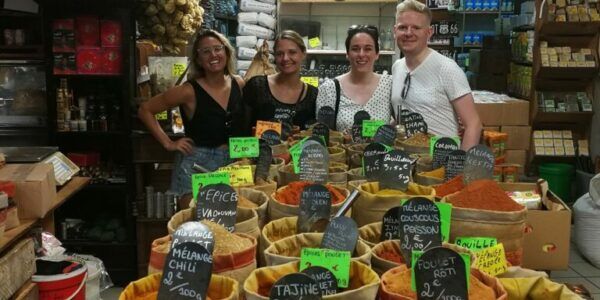
Grocery store in Marseille
Ali Baba and his spices from all over the world, a paradise for exotic cooking, a complete set of equipment for a hammam session with black soap, exfoliating brush, argan oil
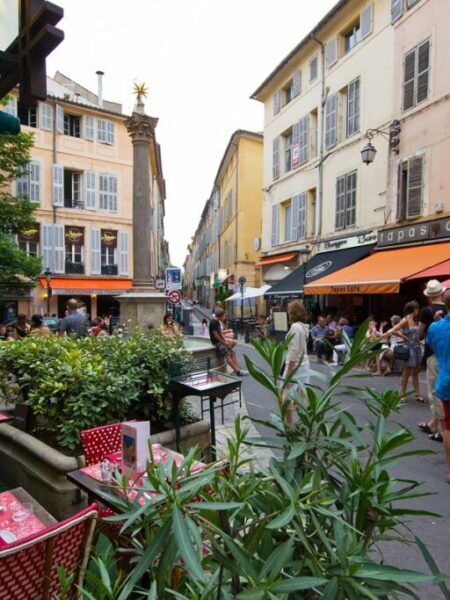
Pedestrian street in Aix
Aix-en-Provence is a maze of small pedestrian streets interspersed with fountains and baroque style mansions

Vendôme Park in Aix
A public park in the heart of downtown Aix-en-Provence where we sometimes picnic in the shade of the big chestnut trees
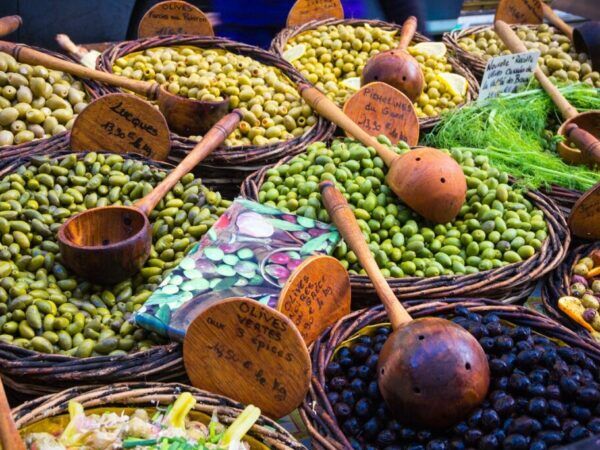
Market of Aix
The oldest market of Aix-en-Provence dating from 1470
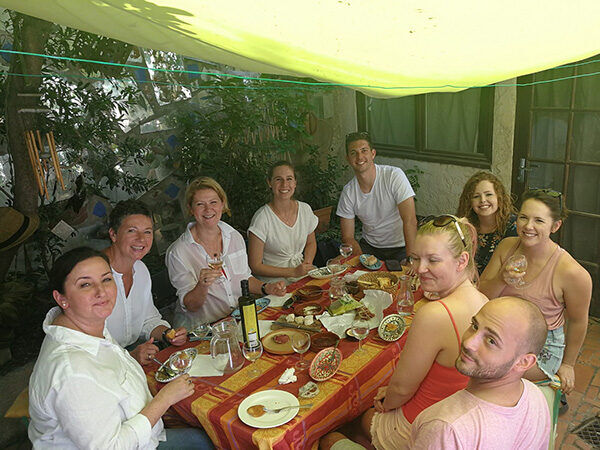
Pic nic in a house in Marseille
Motivation day around the specialties of Marseille
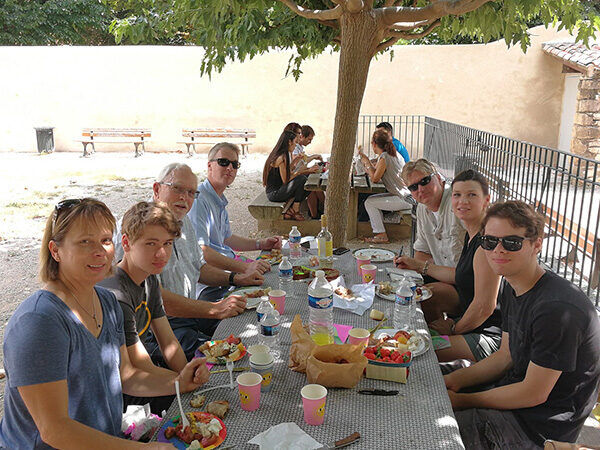
Pic nic in a park in Aix
Convivial moment to celebrate 50 years of marriage
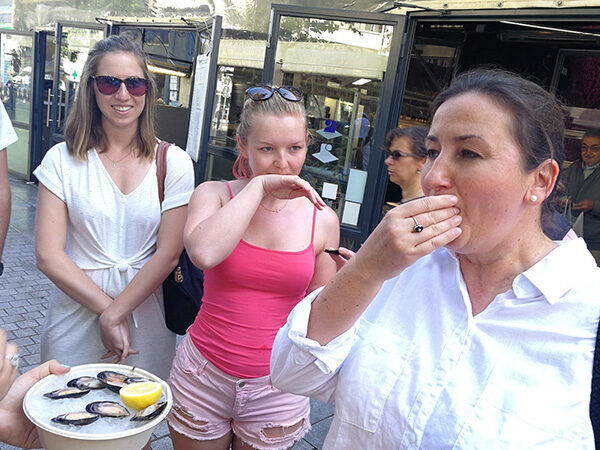
Seafood tasting in Marseille
A bachelorette party off the beaten track
Testimonials
To be recommended without moderation! Visit made within the framework of a half-day relaxation during a seminar. What a pleasure! Laurent took us on an atypical visit of Marseille, we discovered many places that we could not have discovered by ourselves or by a tour.
One of the best tours we’ve been on! So interesting and Laurent was very humorous throughout the tour! I highly recommend him. He even gave us a ride back to our cruise ship because we missed our shuttle!!!
We were a small group of four friends, arriving in Marseille only the day before. Laurent met us at the old port and immediately started talking about the history around us, so we got off to a good start. The pace of the tour was great!
We really enjoyed our walking tour with Laurent, who gave us a contemporary view (and taste) of Marseille with a historical look at the city’s role in commerce and history. Laurent was very knowledgeable.
Marseille is a beautiful city to discover. It is a melting pot of culture – colors – food and architecture. Laurent was the perfect guide to show us the diversity of the city and taste some great seafood and other local specialties.
OUR PARTNERS

Evaluez nous
Trip Advisor
Top Destinations
- Food + Drink
Explore the best of the world. Access insider tips and hotel recommendations from our travel tastemakers
By proceeding, you agree to our Privacy Policy and Terms of Use .
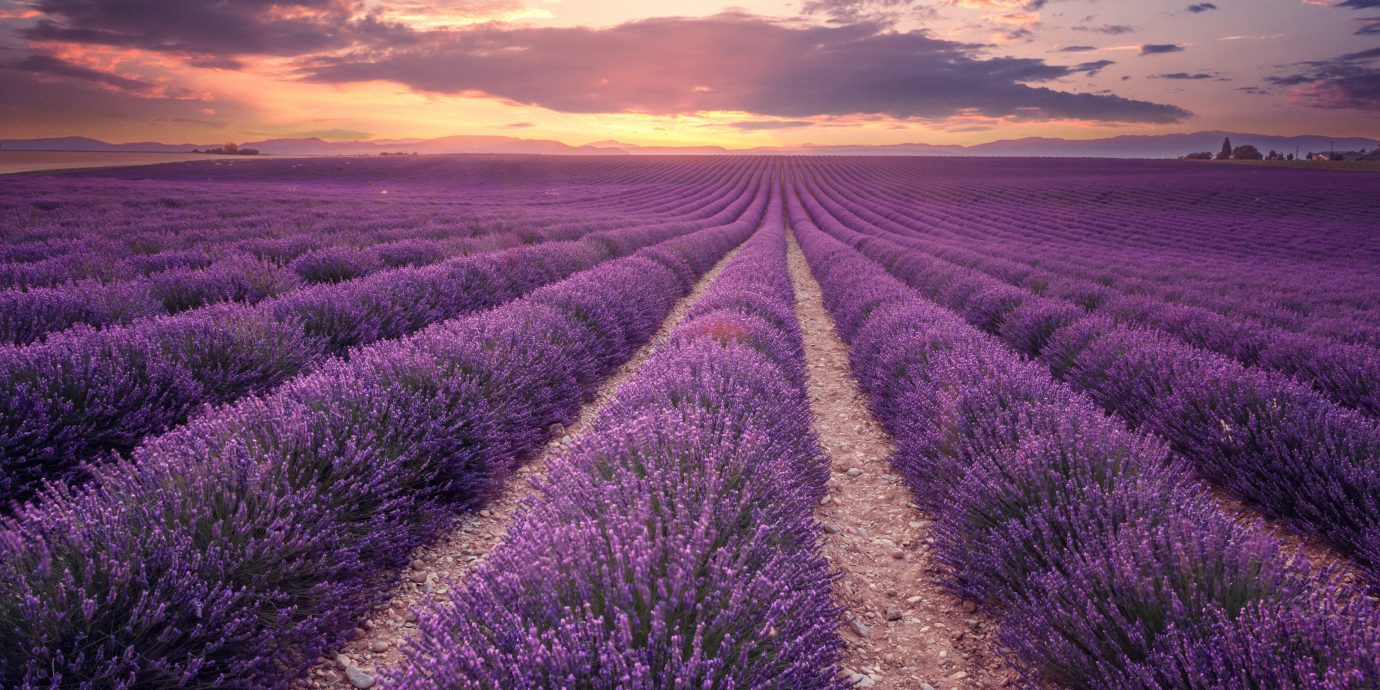
Your Perfect Week in Provence: The Ultimate 7-Day Road Trip Itinerary
Wind your way through Provence’s fairytale villages and lakes, and you’ll quickly realize why this region has captivated everyone from Brigitte Bardot to Vincent van Gogh. Sure, you could make the drive from Nice to Avignon in just a few hours, but why skip over those iconic fields of lavender and scores of medieval châteaux? This week-long itinerary will help you uncover some of Provence’s best-kept roadside attractions—just don't forget to stop and swirl some rosé along the way.
See recent posts by Lane Nieset
Days 1-2: Nice to Gorges du Verdon (77 miles)
After spending one final morning basking on Nice’s legendary beaches, it’s time for a change of scenery. Pack your bags, hop in an Auto Europe rental car, and set your GPS for the village of Grasse, a hilltop village where the French perfume industry got its start in the 16th century. The hour-and-a-half-long drive follows the A8 highway, also known as La Provençale, which traces the French coast from the Côte d’Azur to Aix-en-Provence. Your first stop: a glamorous lunch at La Bastide Saint-Antoine , a manor house turned Michelin-starred restaurant surrounded by bougainvillea and chestnut trees, whose menu features decadent dishes like poached foie gras with turnip and coriander and potato gnocchi with truffle.
After fueling up, it’s time to get back on the road—this time bound for Castellane. In the heart of the Verdon Natural Regional Park, this Provençal mountain town is a perfect base for exploring the surrounding trails. Get your bearings during a walk to the top of the town’s defining feature—a large limestone rock that looms over the village, which supports the Notre-Dame du Roc chapel. From this vantage point, you’ll have sweeping views of the town’s rooftops and towers all the way to the valley of Verdon in the distance.
RELATED: 8 Incredible Places to Visit in the South of France
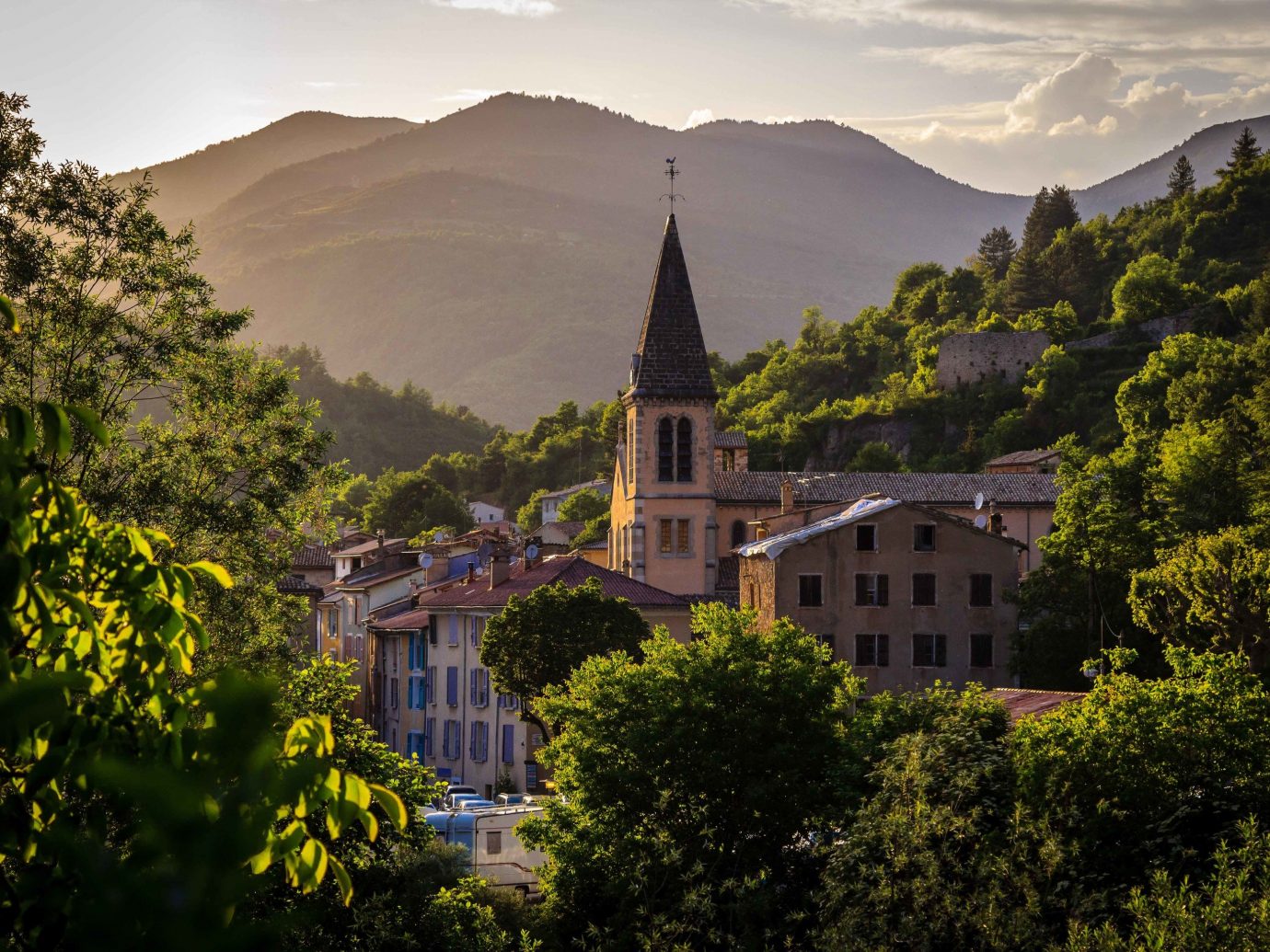
Of course, there are plenty of other great viewpoints from the summits surrounding Castellane, but save your strength and take the hour-long drive instead over to the village of Moustiers-Sainte-Marie and La Bastide de Moustiers , a 13-room country inn owned by culinary legend Alain Ducasse. Spend the rest of the afternoon napping in your four-poster bed, taking a dip in the pool that overlooks a vineyard, then dining at the Michelin-starred restaurant, where set-menu courses are delivered in a room awash with natural light.
Be careful not to fill up on too many croissants at breakfast the next morning. You’ll want to save your appetite for lunch, which the hotel can prepare before today’s day trip to Gorges du Verdon, the deepest and arguably most beautiful river canyon in Europe. One of the two main options for exploring by car is the Route des Crêtes, or “road across the crests.” The drive, which can take anywhere from an hour and a half to three to complete, follows a loop as it skirts around the top of towering cliffs.
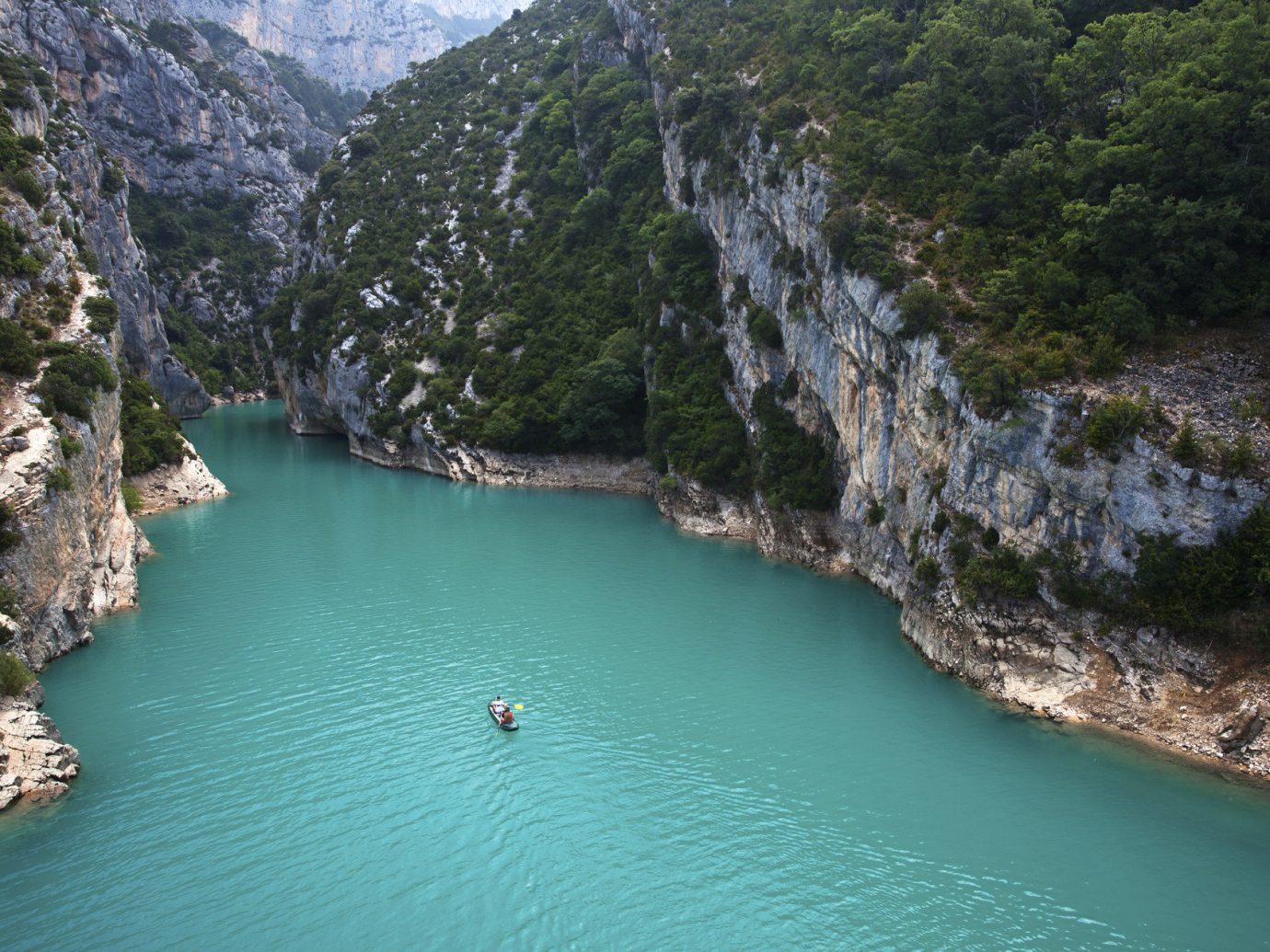
Ready to take a dip? Point your GPS in the direction of the Lake of Sainte-Croix, famous for its signature turquoise water, located smack in the center of the park. Plop down on the shore and dig in to a gourmet picnic (think zucchini from Ducasse’s garden topped with summer truffles) prepped by the team at La Bastide de Moustiers. After your feast, spend some more time exploring the lake—be it by pedal boat or more swimming— before doubling back to La Bastide de Moustiers.
Days 3-4: Gorges du Verdon to Cassis (128 miles)
While it might be tempting to sleep in, this morning’s destination is worth waking up early for. Just 40 minutes away lies the village of Valensole, or “Valley of the Sun”—the very definition of Provence. Pastel-colored houses covered in antique shutters and wrought-iron balconies line the town’s streets, but the real draw here is lavender. Expect to make plenty of stops along your drive through the fields in order to snap photos and sample the area’s signature lavender honey from small roadside producers. JP Tip: Go in July, when the flowers are in full bloom, to see those purples really pop.
RELATED: 24 Most Beautiful Places in the World to Add to You Bucket List
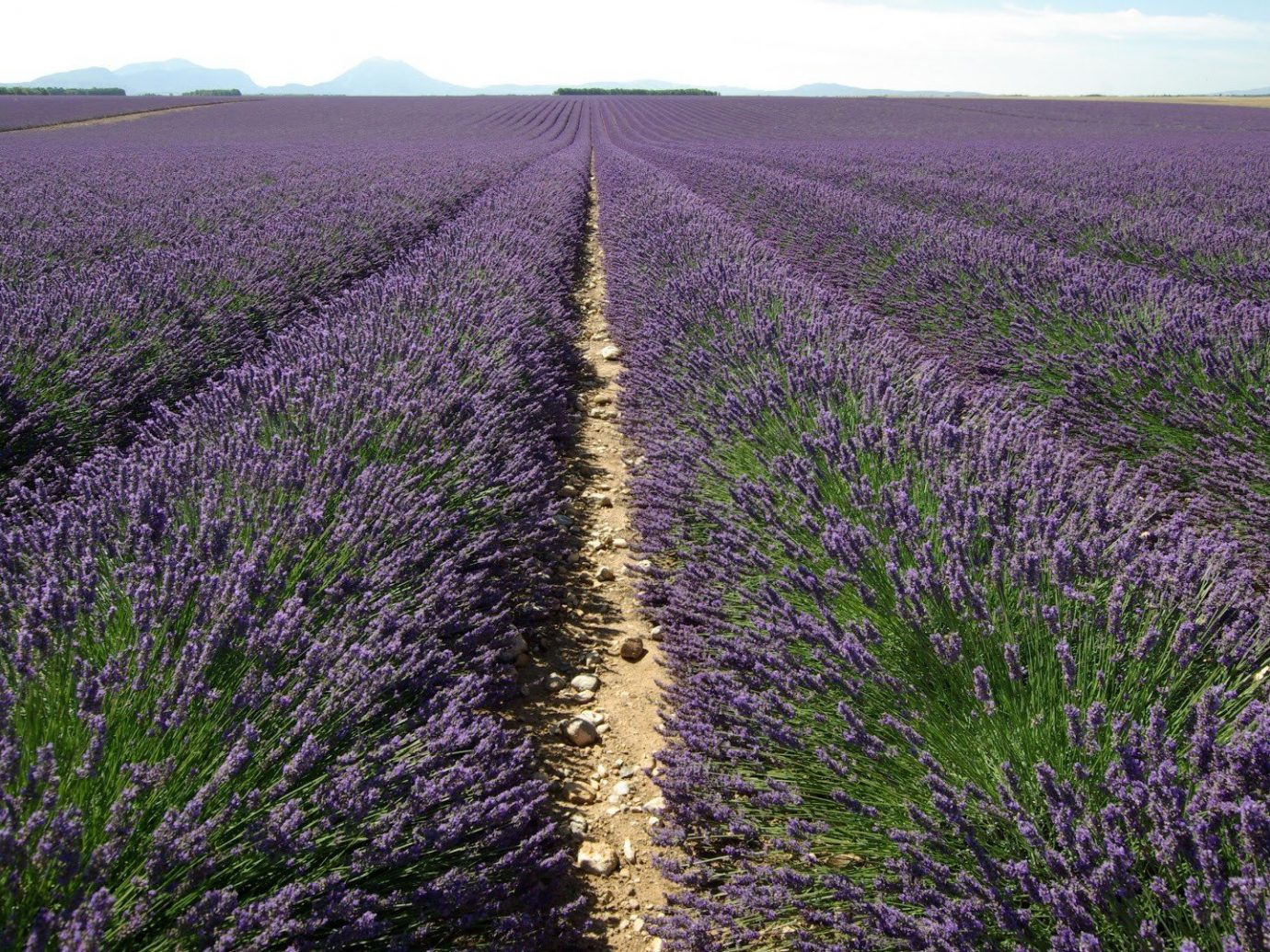
Next up: the tiny town of Cotignac (population: 2,000), a little over an hour’s drive along the D13. Back in the 60s and 70s, it was known as the “Saint-Tropez of the Haut Var” because celebs would hole up here after partying along the coast. Now, you’ll find most of the energy on Tuesdays at the weekly market on the Cours Gambetta. Stroll through the stands, linger over a long lunch at one of the restaurants lining the square, like Café du Cours , then spend the rest of the afternoon on a walk through the old quarter, whose chapels and buildings date back anywhere from the 12th to 18th centuries. Back in town, the airy Mirabeau boutique is worth a visit for its award-winning rosés. Snag a bottle (or three) before heading up the hill to dinner at La Table de Fanette , a pale, stone-covered farmhouse surrounded by olive trees where curly-haired truffle-hunting dogs greet you out front. Feeling decadent? Go for the six-course truffle tasting—you won’t regret it.
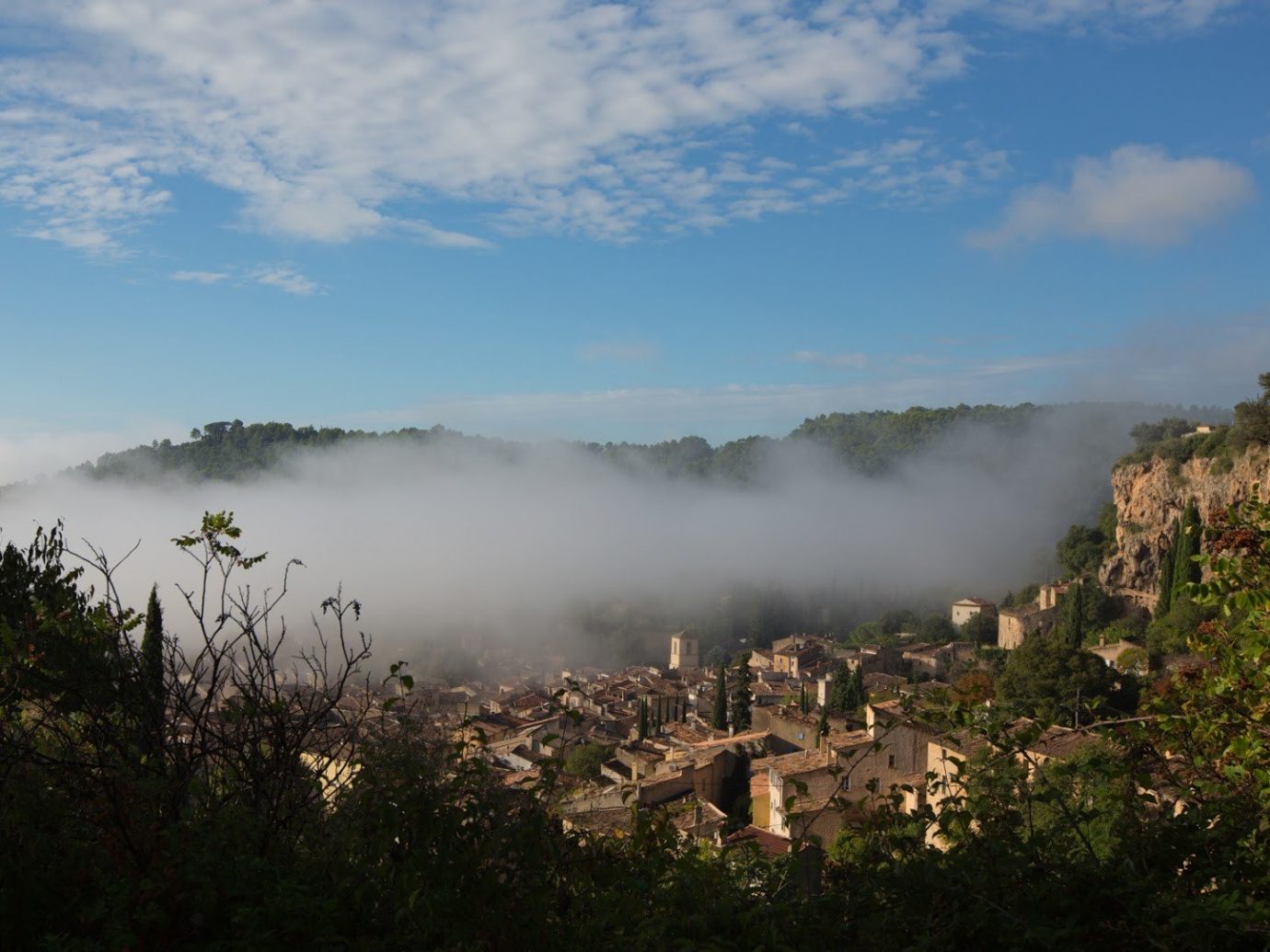
Tonight’s bed lies just 30 minutes away near the town of Brignoles in another one of Alain Ducasse’s lodgings, Hostellerie de l’Abbaye de la Celle . The chef gave new life to this 12th-century Benedictine abbey, reopening it in 2011 as a 10-room hotel and Michelin-starred restaurant. The grounds, made up of vegetable gardens, vineyards, and cypress trees, are worth a stroll, as is a dip in the outdoor pool, which was built on Roman ruins and overlooks the abbey. If you can, request the Lucrèce de Barras Suite, which was a favorite of Charles de Gaulle’s.
See All Hotels in Provence
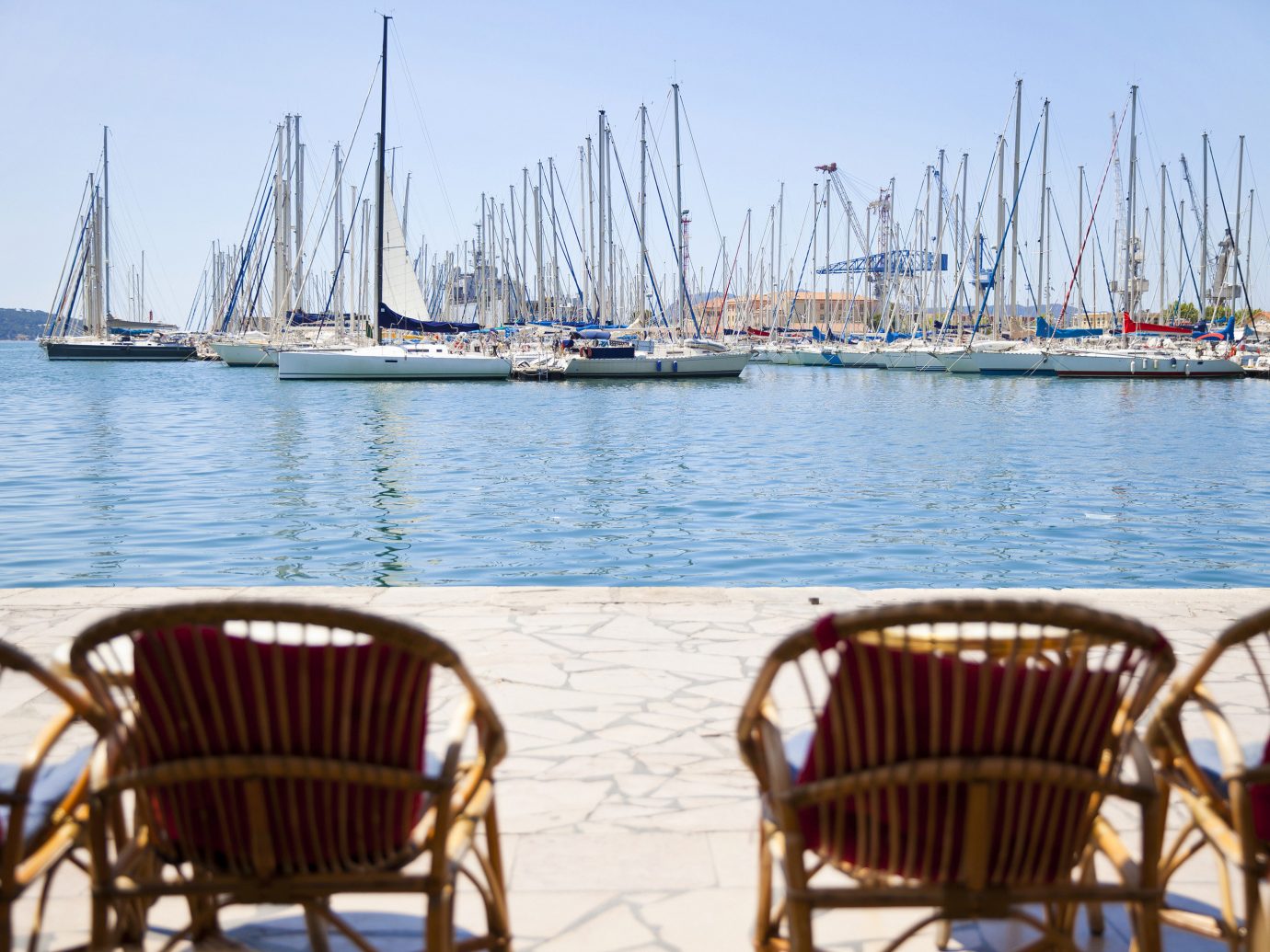
Say your goodbyes to the abbey. This morning, it’s off to Toulon, a town 45 minutes south known for its naval port, traditional “pointu” pointed fishing boats, and beaches shaded by pine trees. Take to the water on a boat tour of what’s been called “Europe’s Finest Bay,” or stay on land and soak up the views during the six-minute cable car ride up Mont Faron. Are you a sucker for vistas? Lunch is the best time to enjoy the picture-perfect views from the garden terraces at Les Pins Penchés , a Mediterranean restaurant nestled on a hill overlooking the sea.
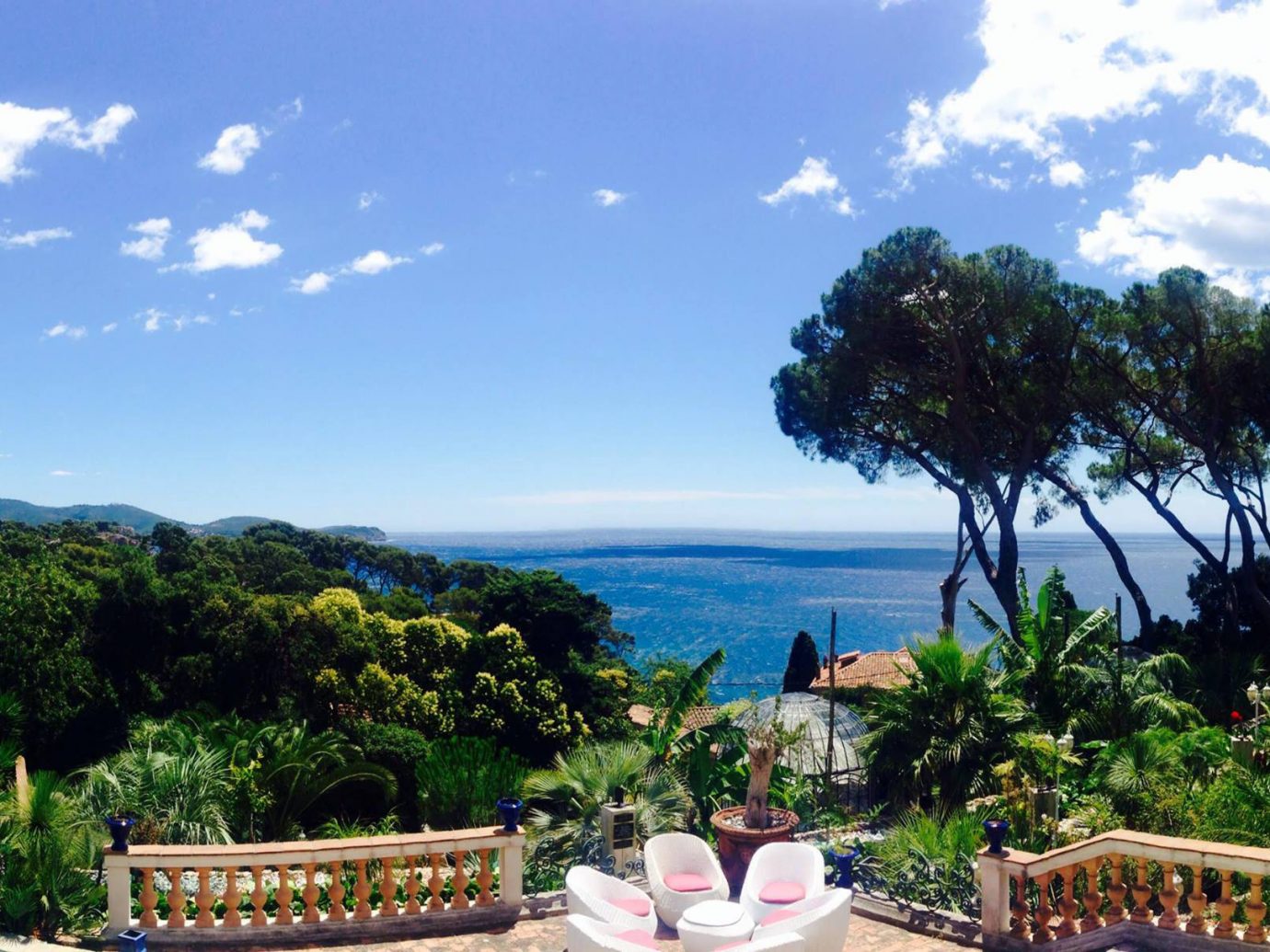
One of Provence’s most famous wine regions, Bandol, is just a 25-minute drive west from Toulon and home to some of the best rosé in France. Get a crash course on the regional wine at Maison des Vins de Bandol , a boutique known for its variety of rotating vintages, before setting off to explore the vineyards yourself, pausing for tastings at wineries such as Domaine Tempier (the most famous in the region) and natural wine “pioneer” Château Sainte-Anne, a fifth-generation winery.
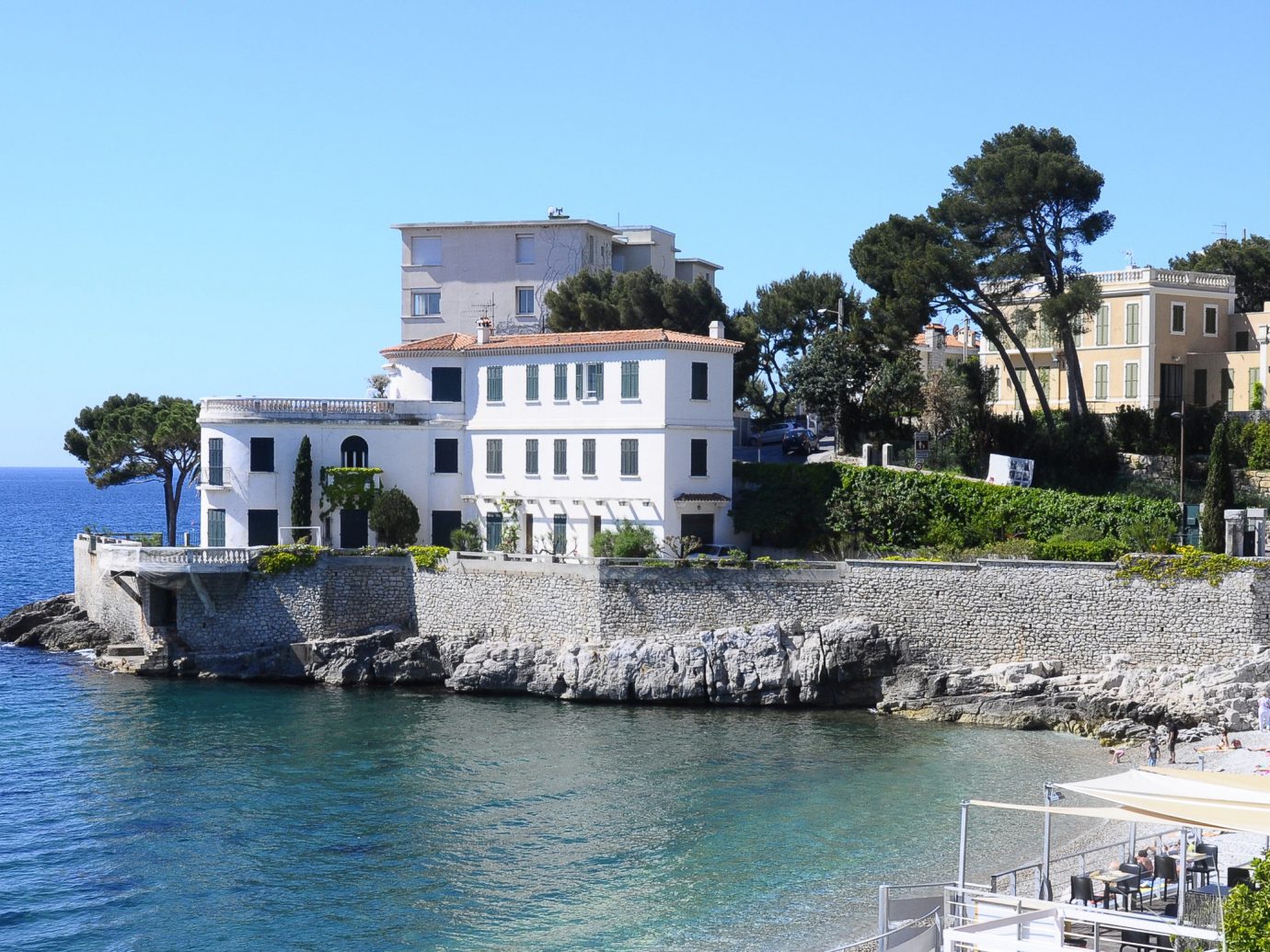
Today’s final destination is the tiny fishing harbor of Cassis, a 30-minute drive west from Bandol, where 120-million-year-old limestone calanques (steep-walled inlets) skirt the coast and vineyards wind their way down to the sea. Nobel Prize winner Frédéric Mistral once wrote, “Anyone who has seen Paris, but hasn’t seen Cassis, hasn’t seen anything.” After witnessing the mind-bending landscape and colorful fishermen’s village huddled around the mouth of the harbor, you’ll understand why.
Get a feel for the village vibes at À Table , a tucked-away restaurant on a narrow street near the port that’s become a local favorite for its small and seasonal menu (think shrimp risotto with vegetables and pan-fried squid with garlic and parsley). Bonus: your bed is just a 10-minute stroll away at the beach house-inspired Hôtel de la Plage Mahogany , where rooms look out onto the Mediterranean and guests have access to a private stretch of sand.
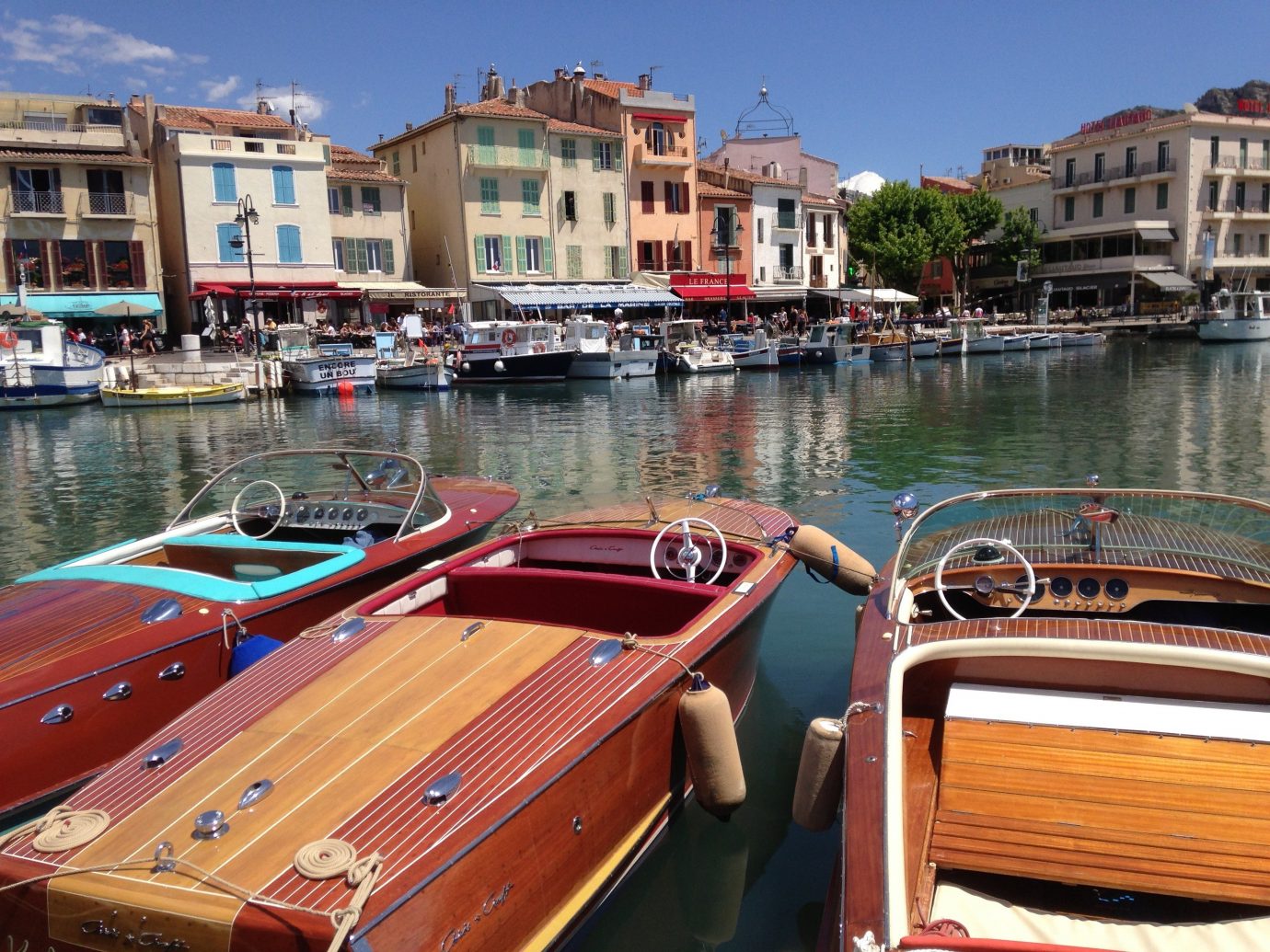
Days 5-7: Cassis to Avignon (114 miles)
One of Cassis’s biggest claims to fame is its proximity to Calanques National Park. It’s the only park in Europe that spans both land and sea, so you’ve got plenty of terrain to explore. Mini fjords and natural coves line the rugged coastline, and one of the best ways to see the most of them is by boat or bike tour . If you’d rather explore by foot, the most famous of the cliffs, the Calanque d’En Vau, is a two-hour trek from town. When you arrive back at port, take a seat for dinner in the intimate courtyard at Restaurant Angelina , where Chef Jean Marchal whips up revamped Mediterranean classics like fish soup and roast lamb.
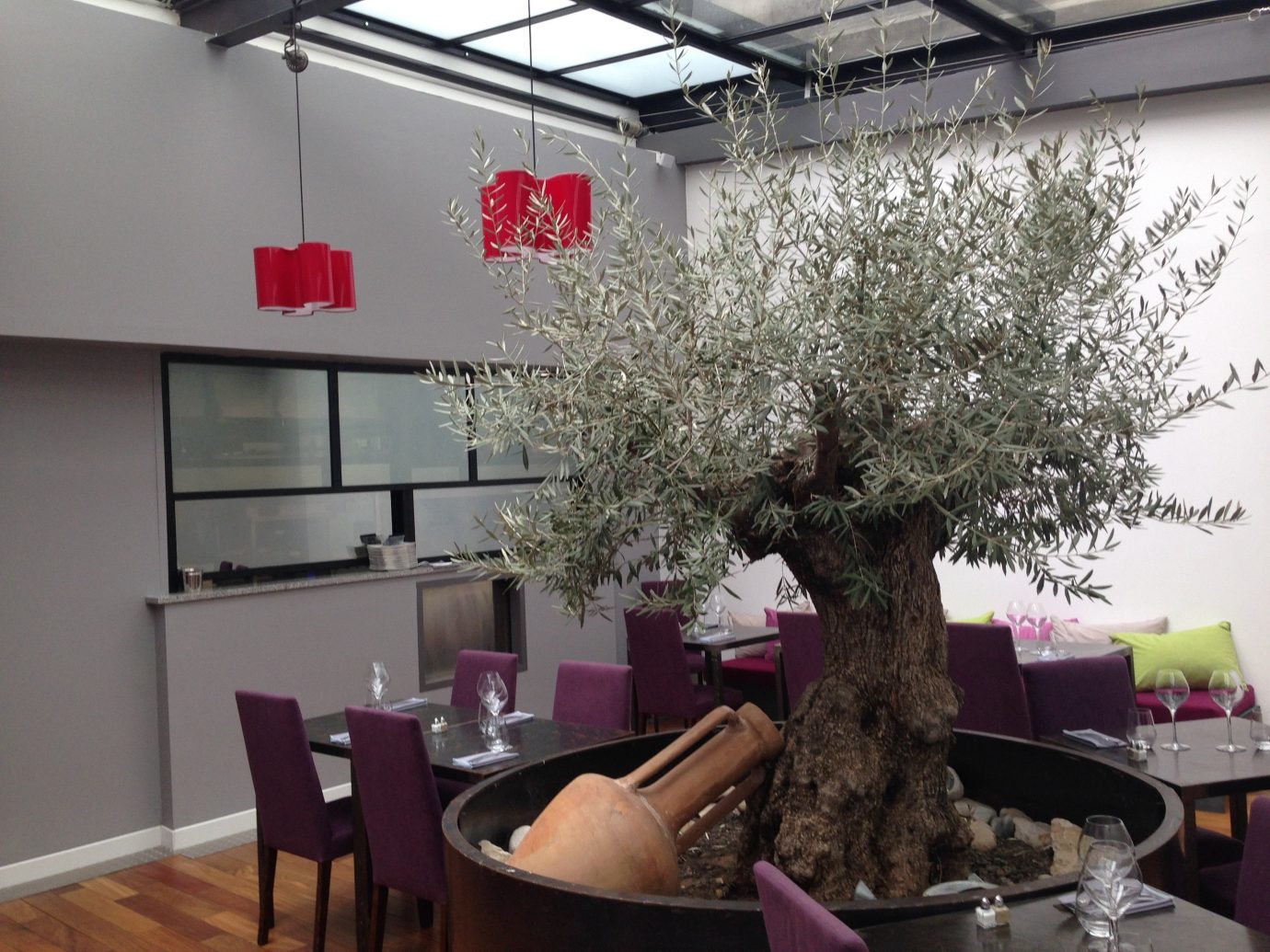
After soaking up the beauty along the coast, head inland to Aix-en-Provence. Home to France’s third-largest collection of Baroque architecture, the city looks more like Paris than Provence, with terraces that spill out along the streets and boulevards lined with still-standing cafés that once attracted masters like Cézanne. Two must-dos for any first-time visitor include trying the city’s specialty, calissons (an almond-shaped candy crafted from candied melons and oranges), at one of its sweets shops and visiting the Hôtel de Caumont , an 18th-century mansion and art center whose historic rooms offer a glimpse into Aix’s gilded past.
For lunch, take a slight detour to Château La Coste , a vineyard and 28-suite villa (complete with deep-soaking tubs and private plunge pools) with a South American-inspired restaurant headed by Argentinian celeb chef Francis Mallmann.
See All Hotels in Aix-en-Provence
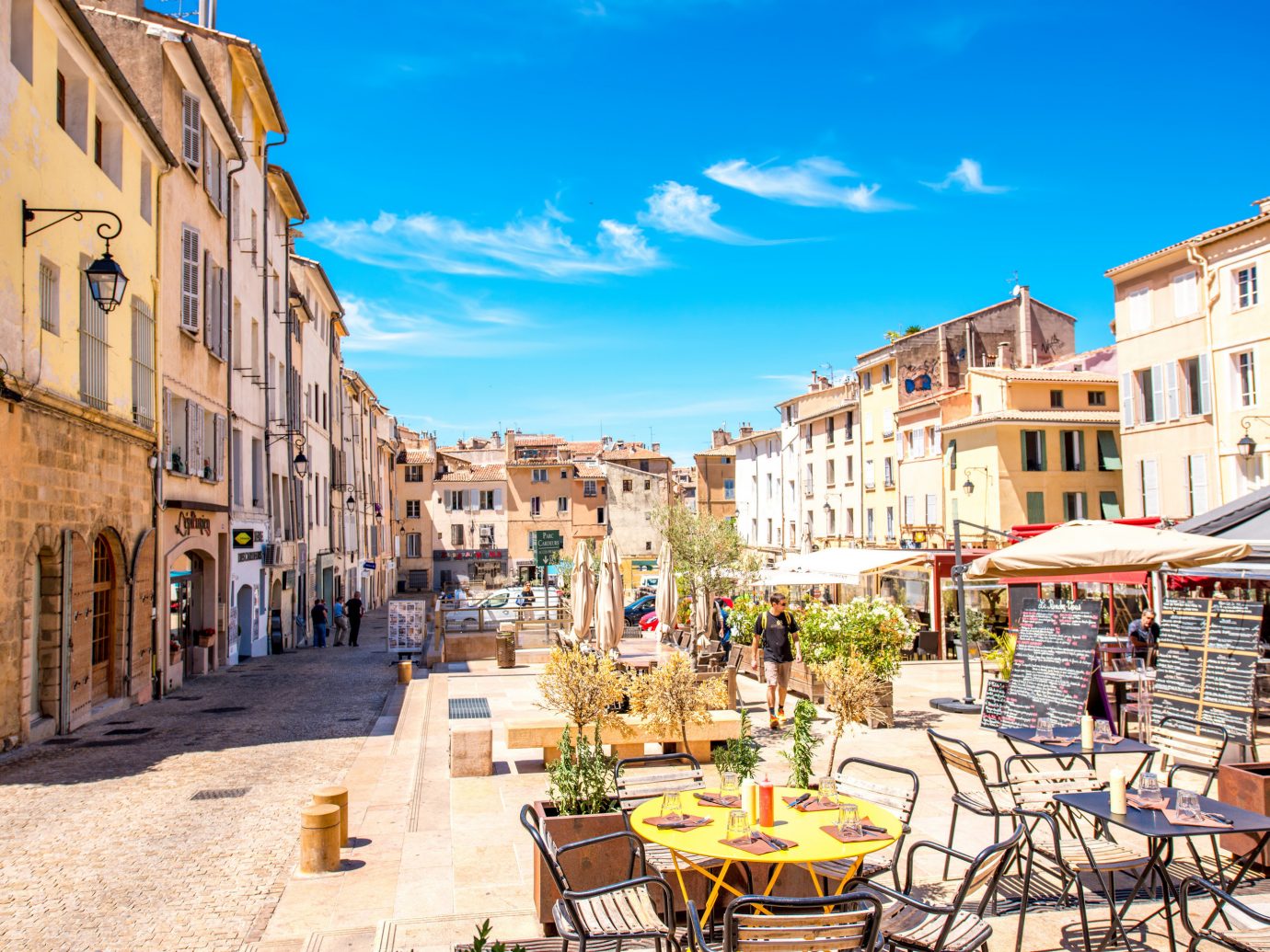
Another hours’ drive will get you to Arles, another city that inspired artists—particularly van Gogh. The provincial capital of ancient Rome still shows signs of its former life through UNESCO-listed monuments like its Roman amphitheater, Constantine’s Roman baths, and remains of the Roman circus. After you’ve gotten your fill of history, hop back in the car for the 30-minute drive to Les Baux-de-Provence, considered one of France’s most beautiful villages, where you can take in panoramic views over Arles from the remnants of a medieval castle that crowns the town’s rocky plateau. On your way out, pop into Moulin Castelas , an olive oil mill and shop at the foot of the château that supplies many gastronomic restaurants in the region.
Your bed for the night lies just 10 minutes away at the 20-room Hameau des Baux . Equal parts art gallery and boutique hotel, it’s modeled after traditional Provençal architecture and makes for a great place to zen out while practicing yoga in the pine groves.
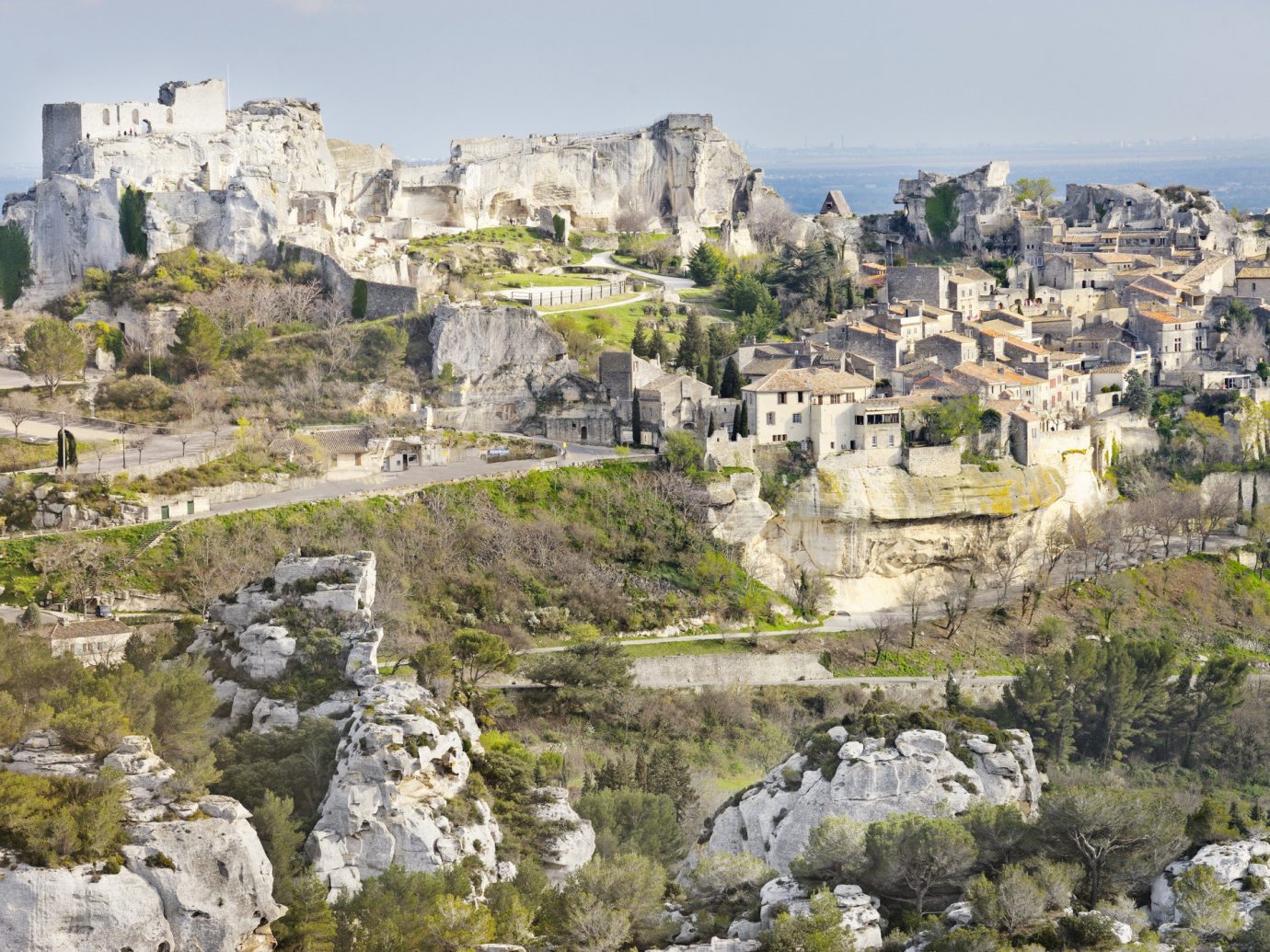
For your final stop of the trip, set your sights for Avignon, a 40-minute drive from Arles that follows roads that hug the Rhône River. You’ll know you’ve arrived when you reach the Pont d’Avignon, the city’s iconic medieval bridge. The only way to see the city is to get lost walking along its impressive 14th-century walls and maze-like streets paved with river stones. After working up an appetite, pay a visit to Les Halles , a sprawling indoor food market marked by a vertical garden, where you can taste and buy all manners of cheese, breads, fish, and freshly picked fruits and vegetables. Afterwards, take a seat at 83. Vernet , a former 14th-century cloister turned restaurant and one of Avignon’s most fashionable addresses. Lingering over a coupe of champagne in the courtyard (be warned: it’s a weekend hot spot, so get there early) and admiring the space that’s become as much of a legend as the city itself is a perfect way to conclude a week living la bonne vie .
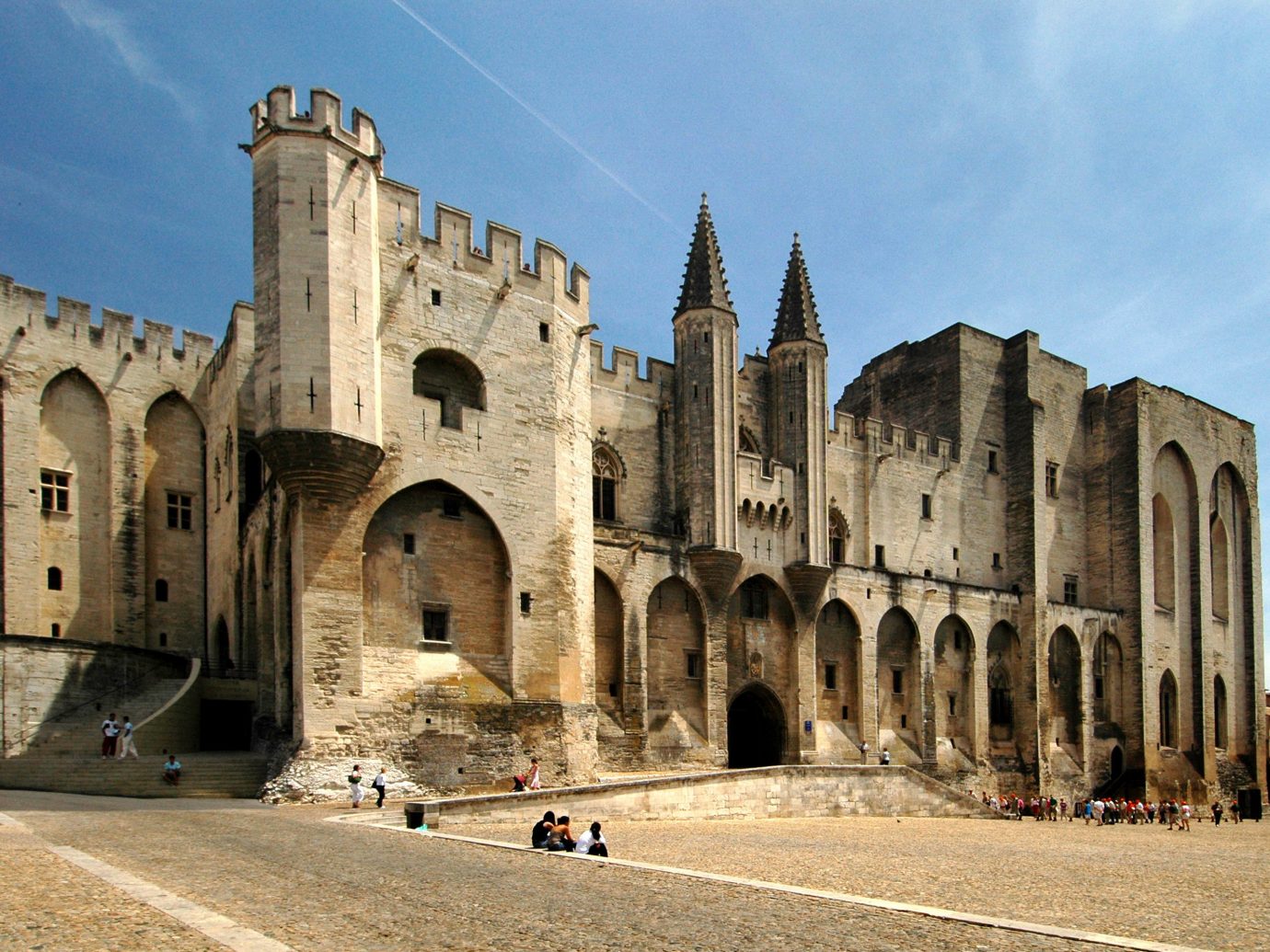
What to Wear in Provence
Women’s wrap dress outfit to wear in a lake town, shop the look.

Floral Wrap Dress

Open-Toed Shoes

Polarized Square Sunglasses
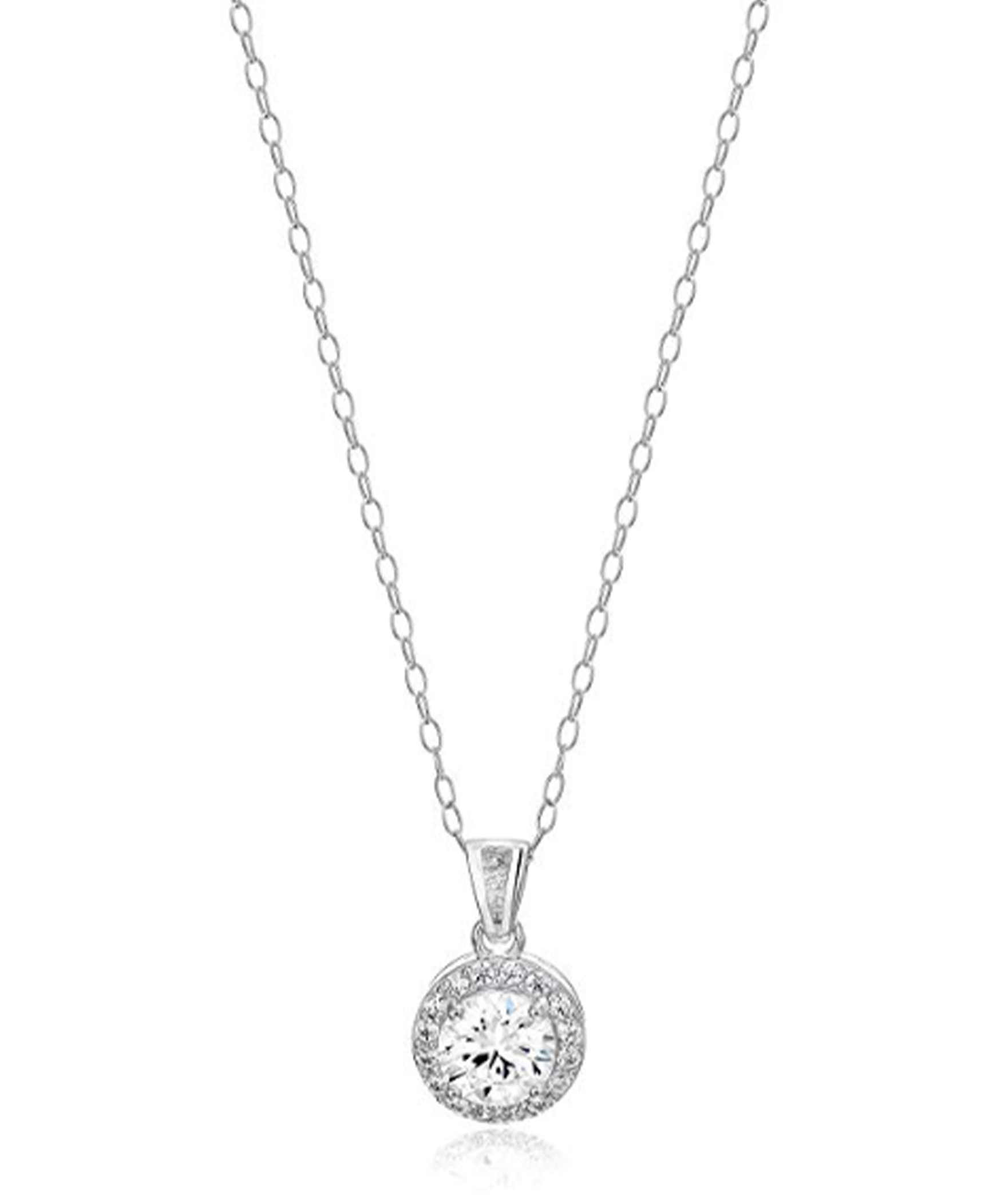
Halo Pendant Necklace
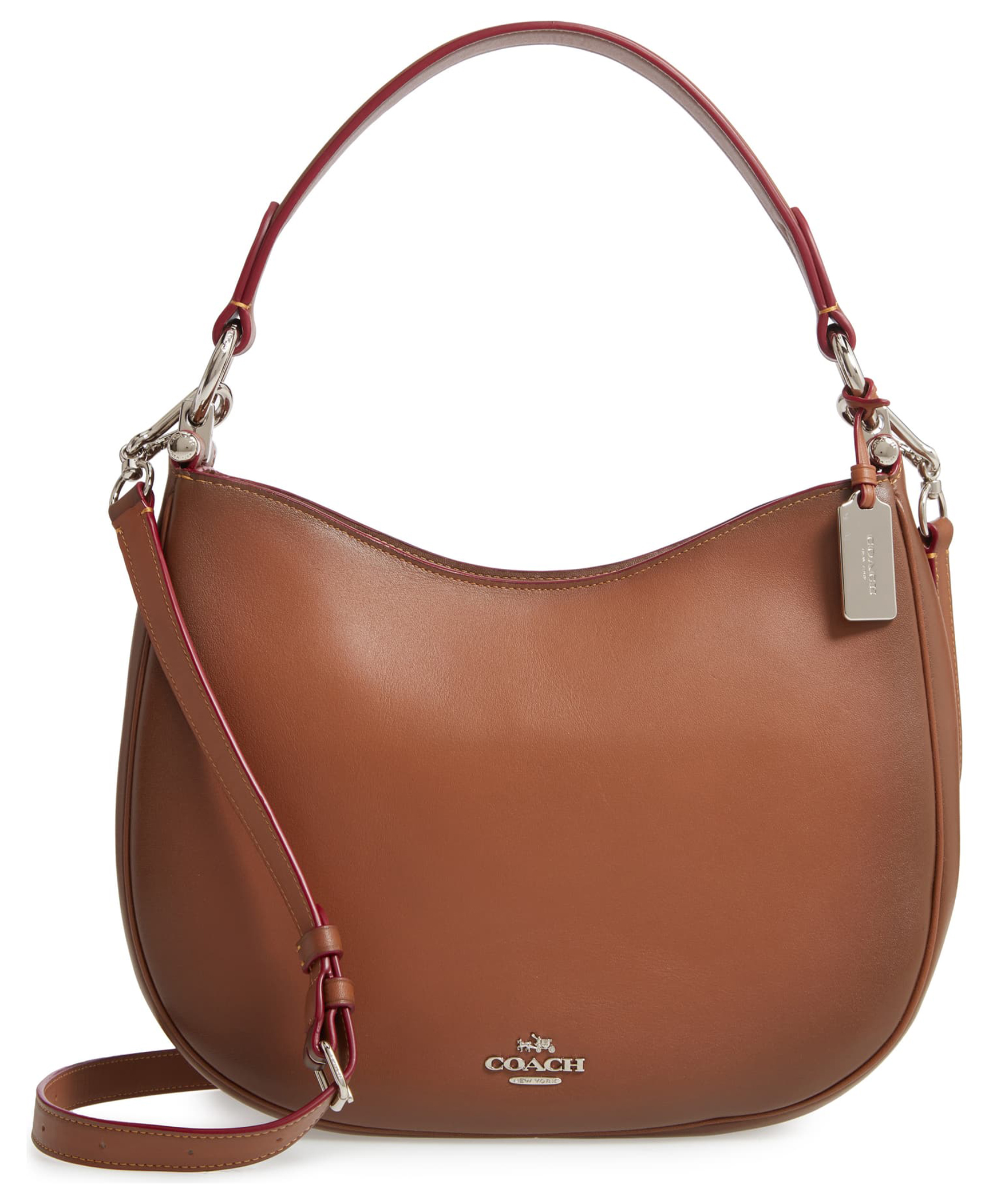
Nomad Burnished Leather Crossbody Bag
Men’s button-down shirt outfit to wear in a lake town.
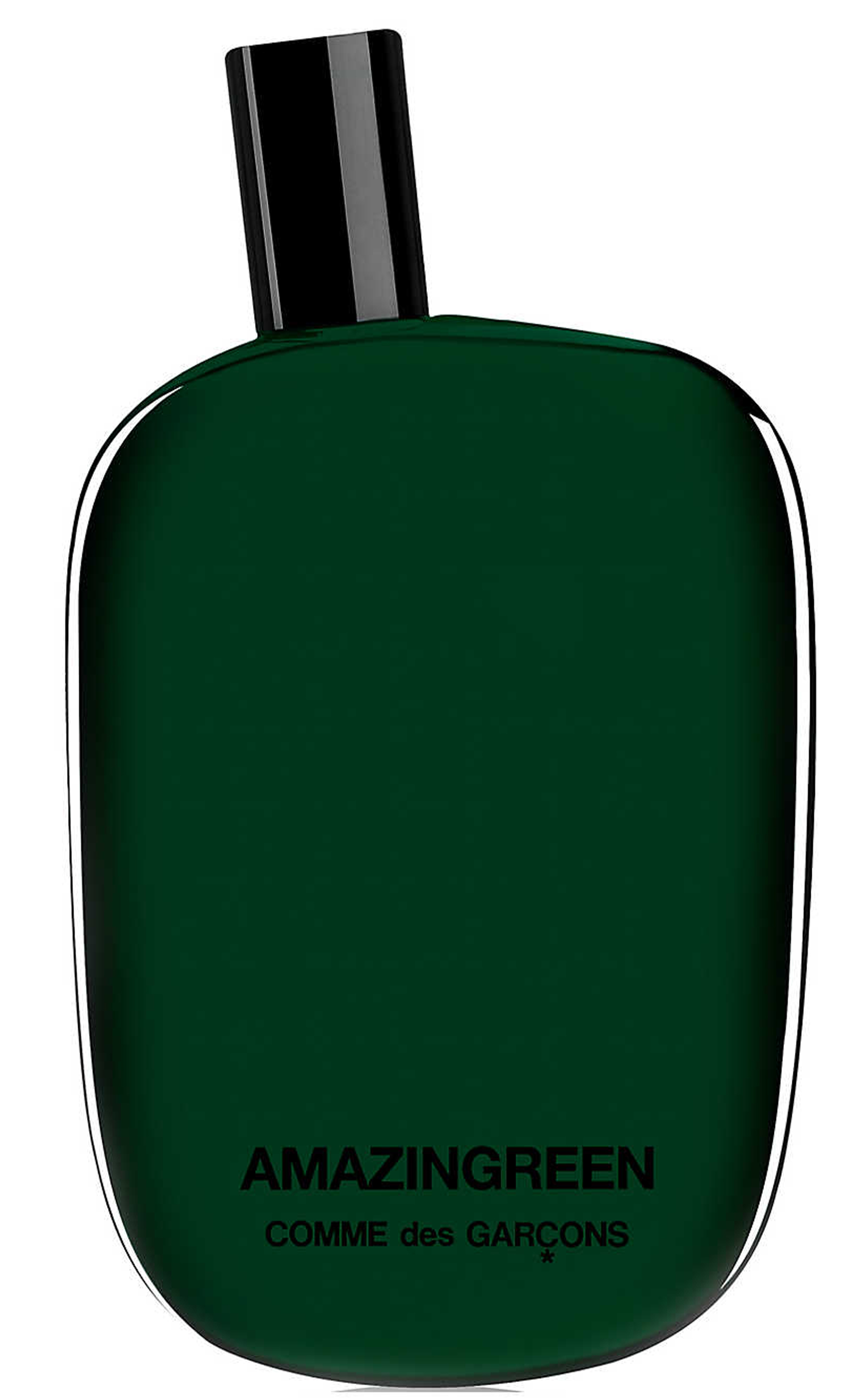
Amazingreen Cologne

Royale Sneaker

Eco-Drive Watch

Regular Fit Short Sleeve Shirt
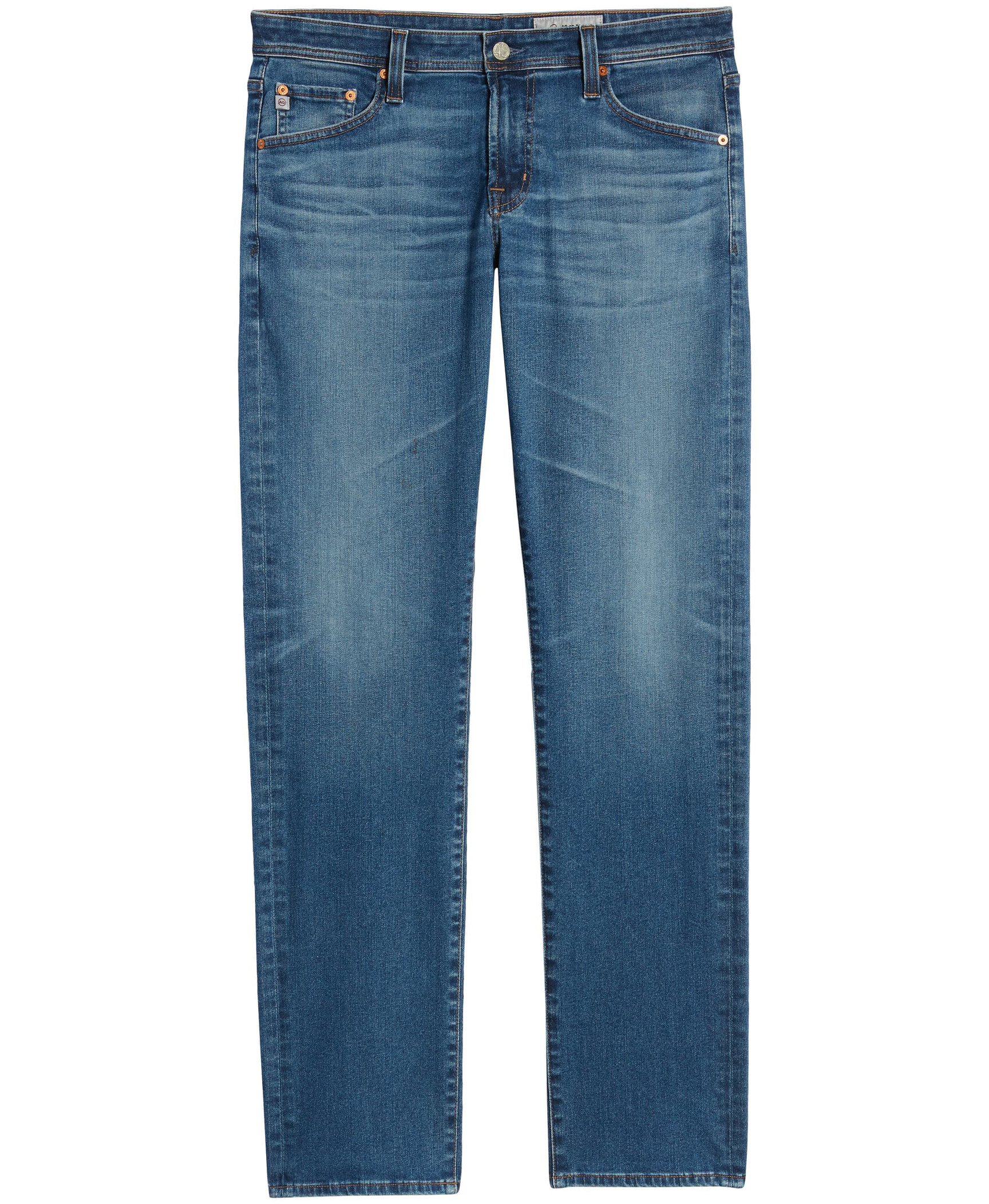
Slim Straight Leg Jeans
Women’s outfit for the most beautiful european places.
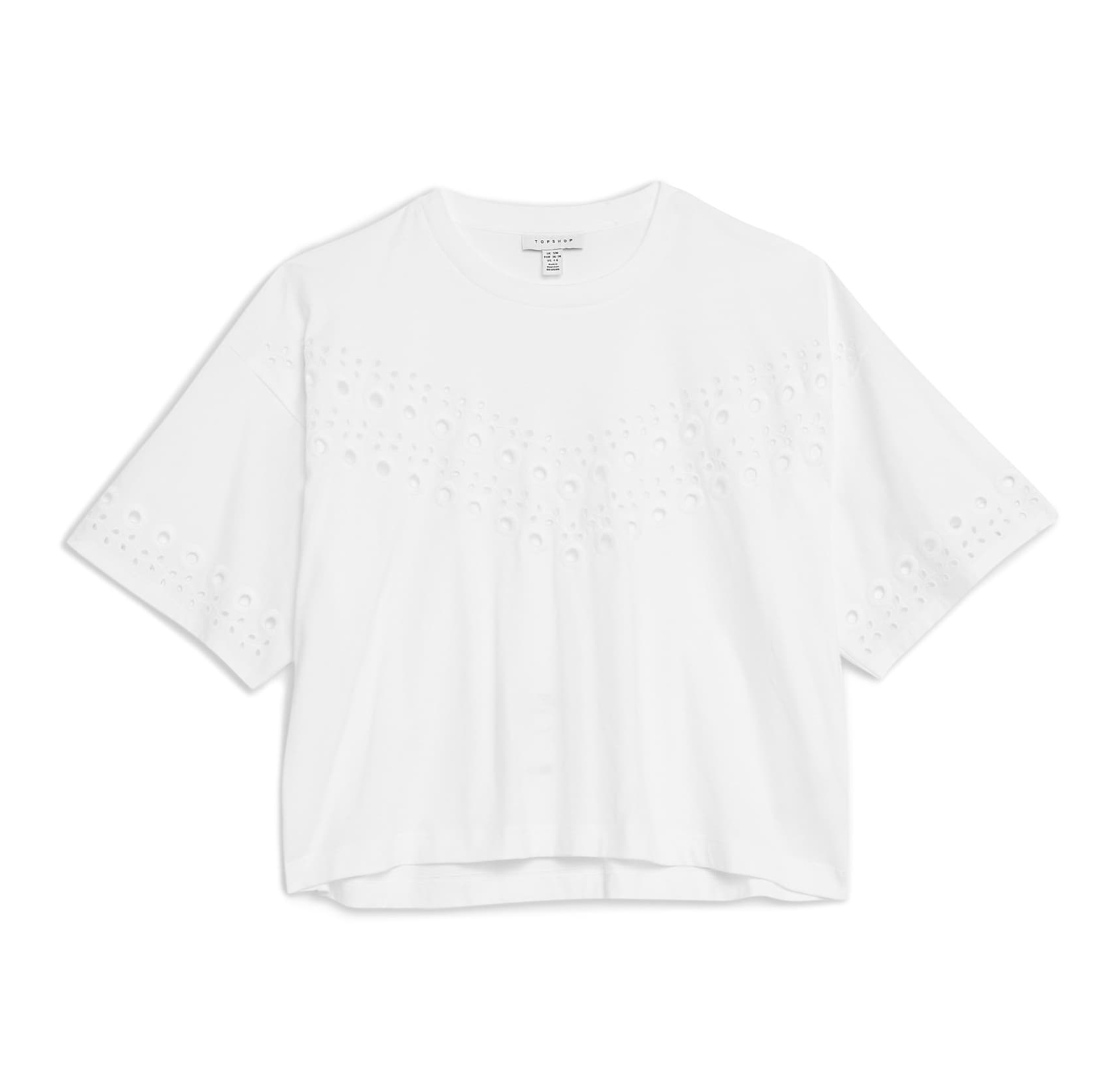
Tapered Pants
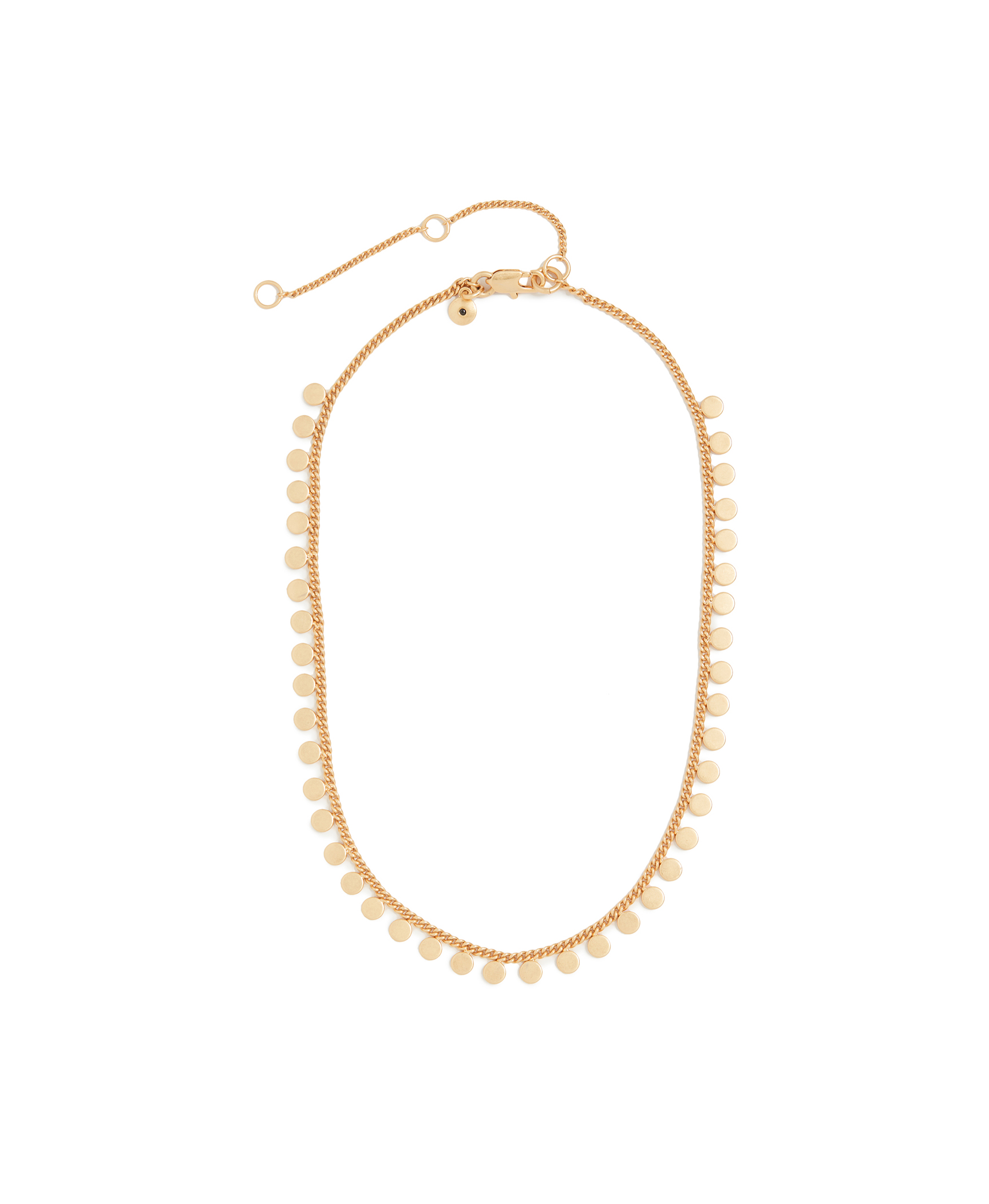
Dot Necklace
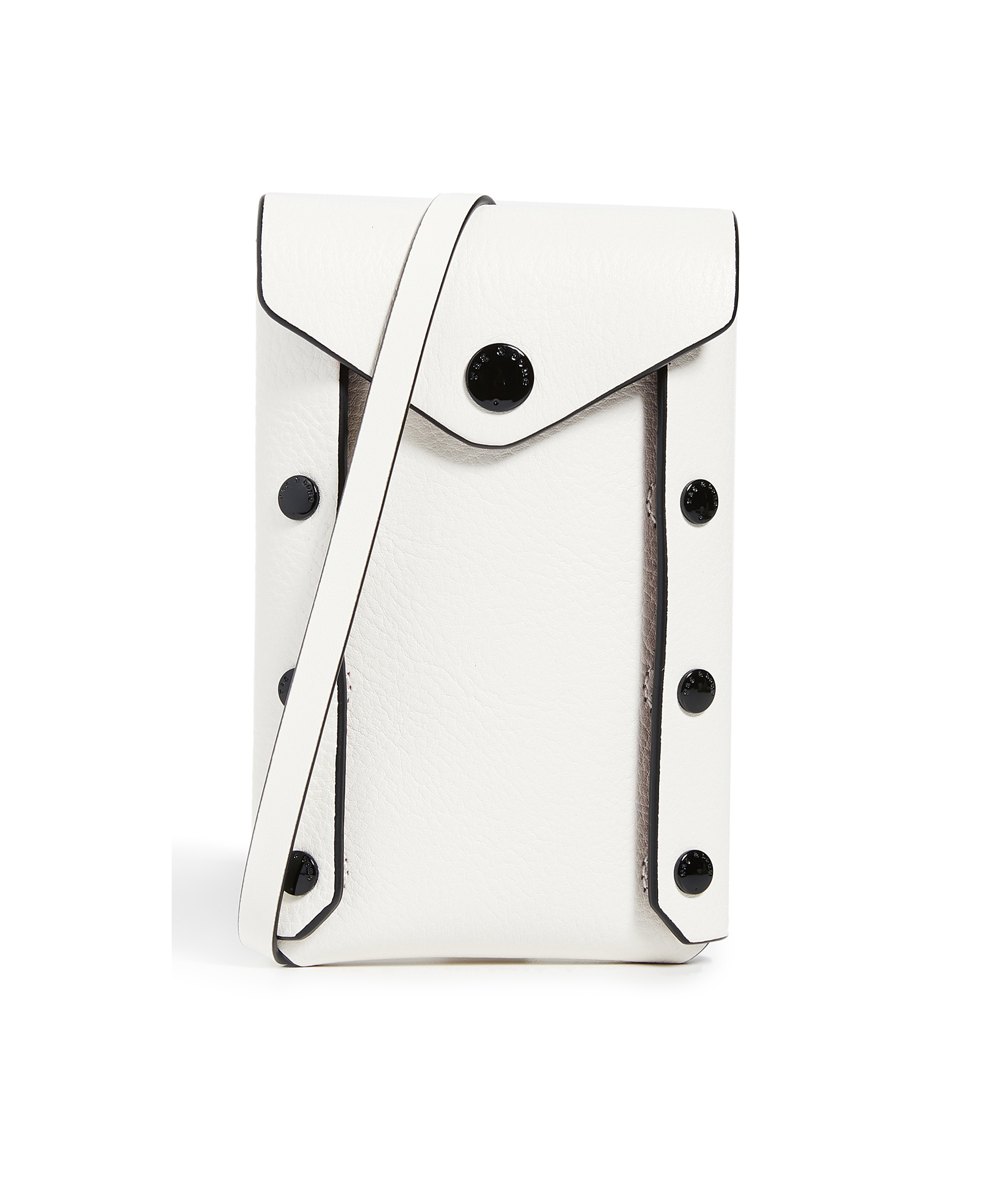
Phone Pouch

Men’s Outfit for the Most Beautiful European Places

Stripe Shirt
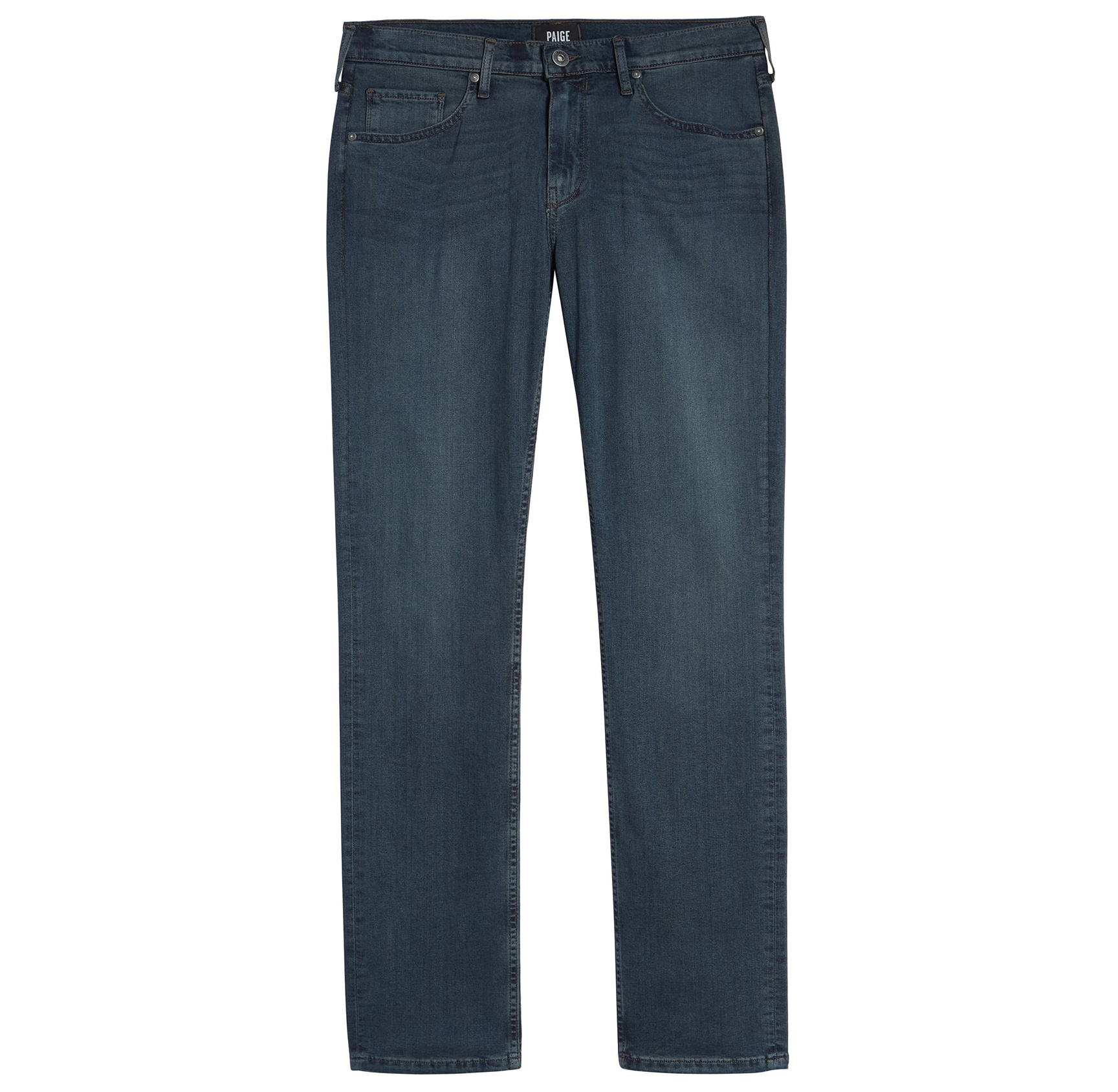
Federal Slim Straight Leg Jeans
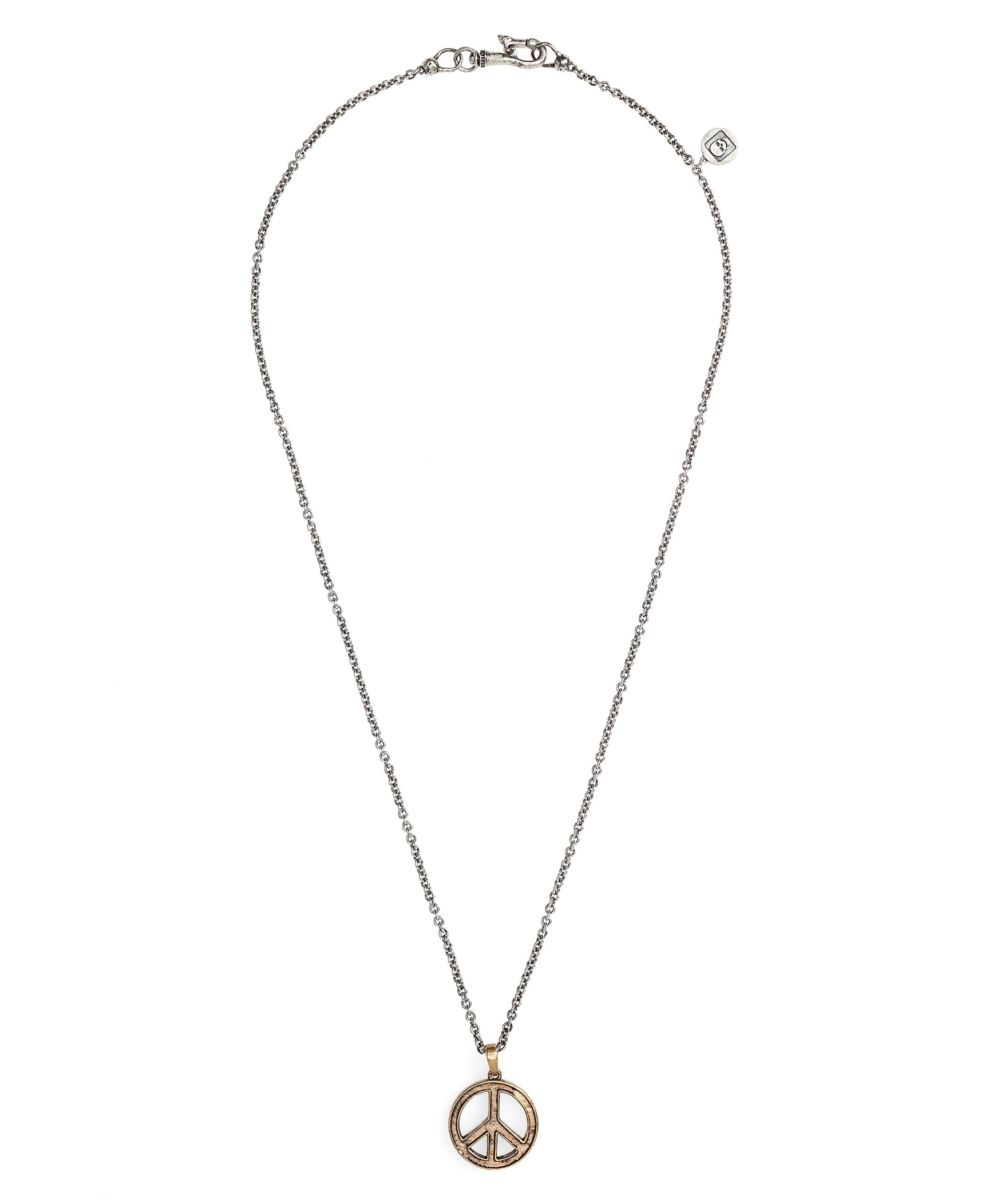
Peace Sign Pendant Necklace

Brown Suede Belt

Chuck Taylor®
Women’s semi-dressy outfit to wear in italy.
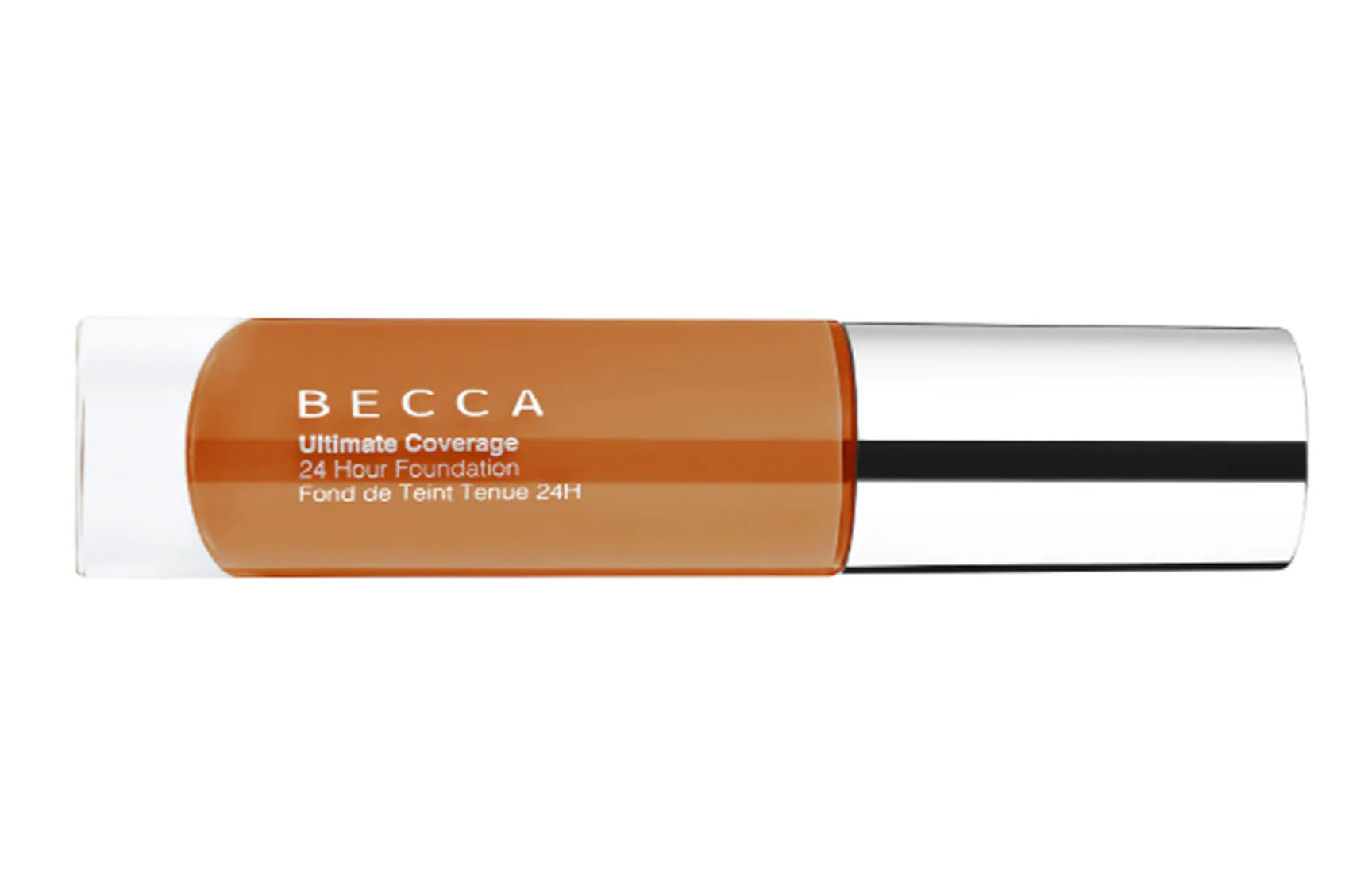
Ultimate Coverage 24 Hour Foundation

T-shirt Dress

Cateye Sunglasses
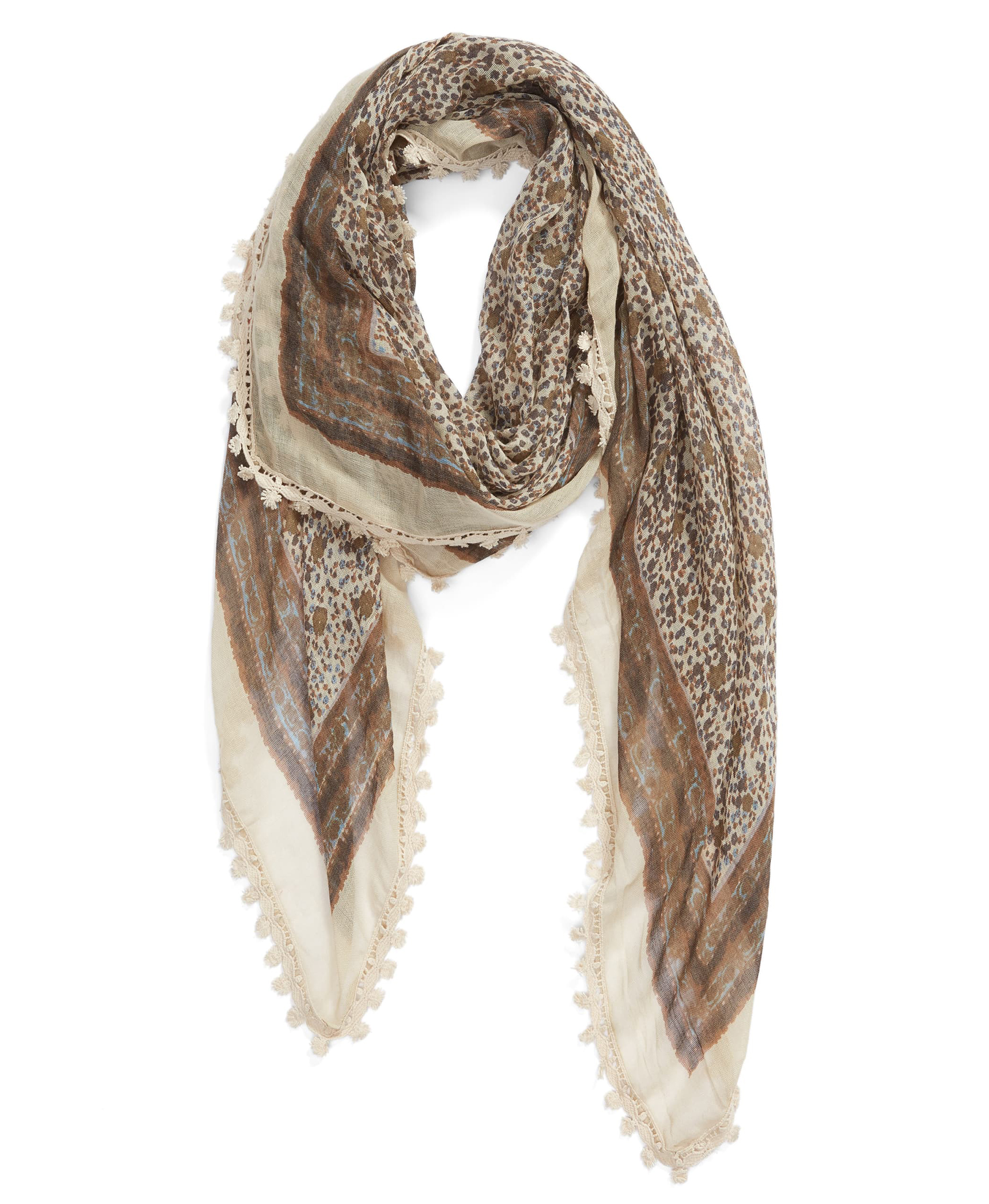
Print Gauze Scarf

Wedge Sandals
Fancy men’s dinner in nyc outfit.

Trim Fit Solid Wool Suit

Easton Loafer

Yardley Eyeglasses
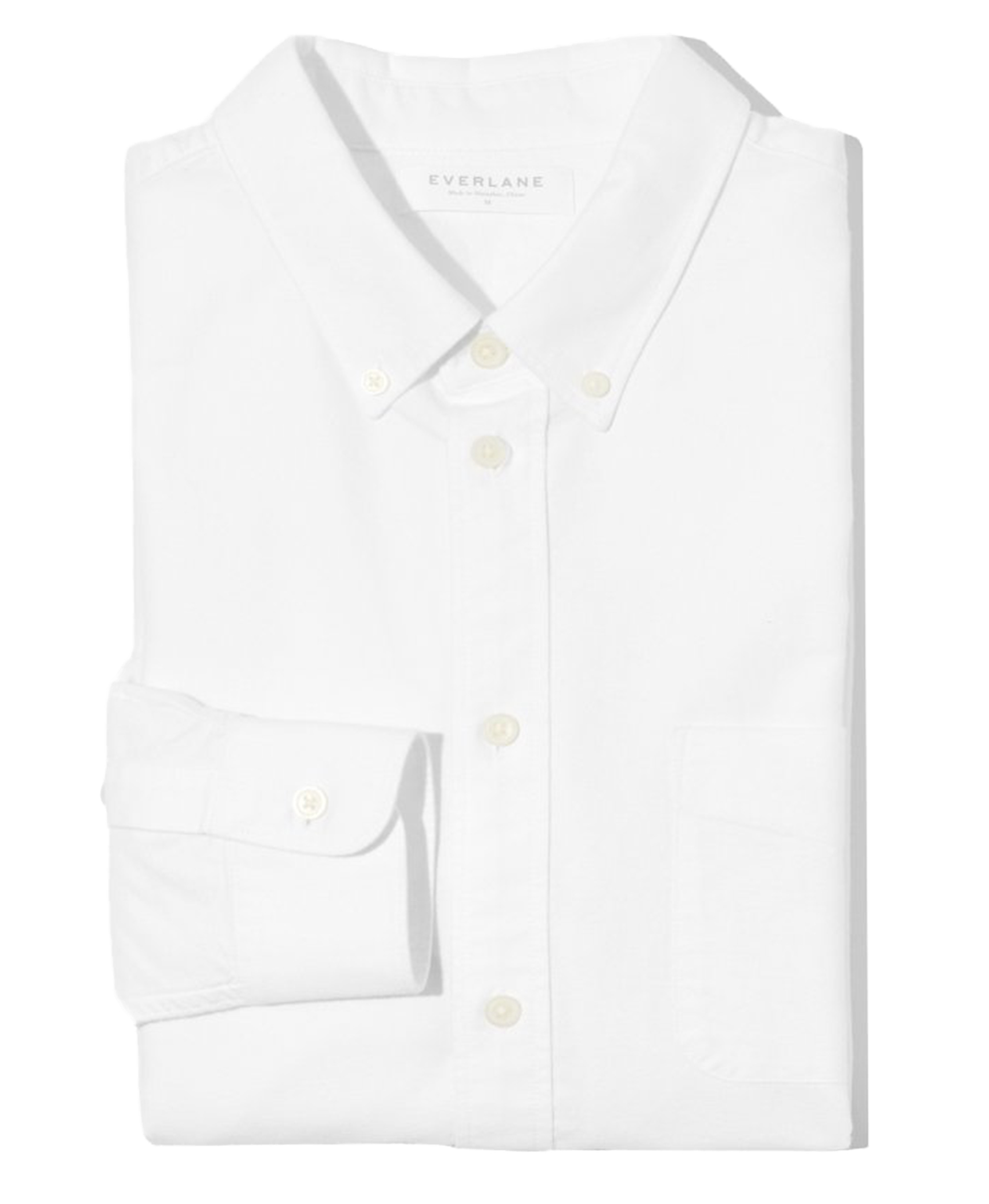
Dress Shirt

Women’s Swim to Walk Outfit

One-Piece Swimsuit

Espadrilles
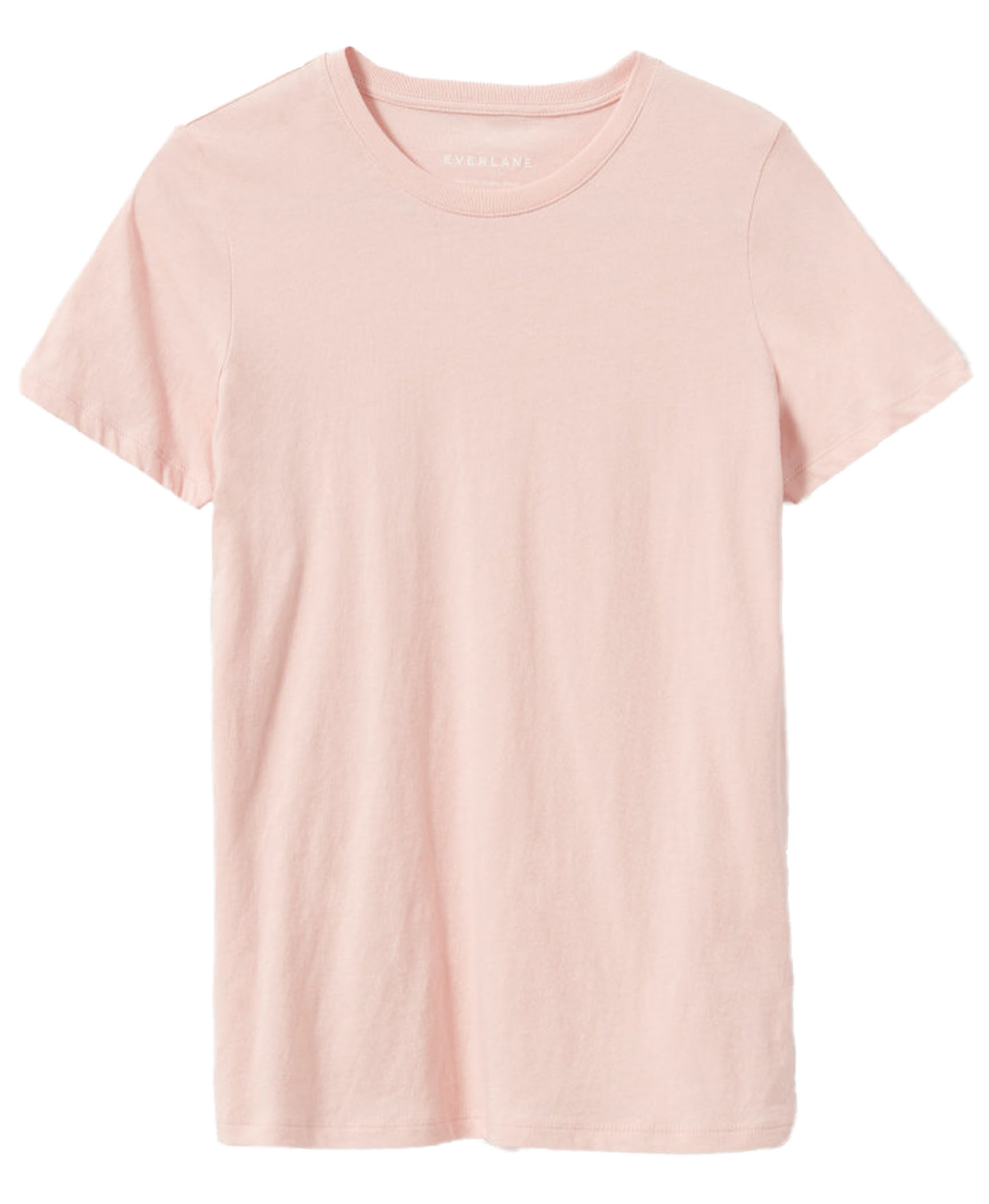
Belted Shorts
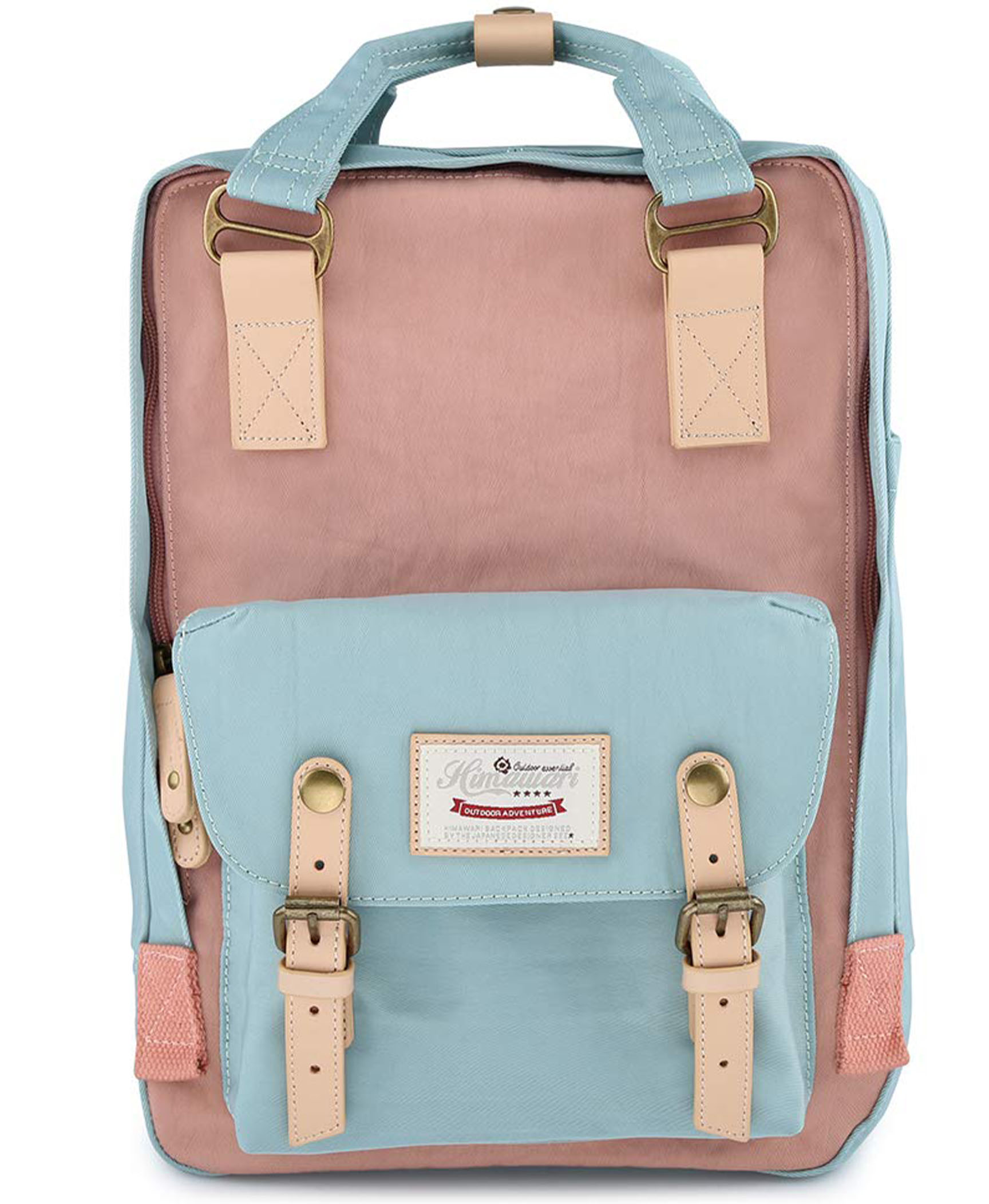
Travel Backpack
Men’s swimsuit for a sexy hotel.

Gold-Plated And Briarwood Shaving Set
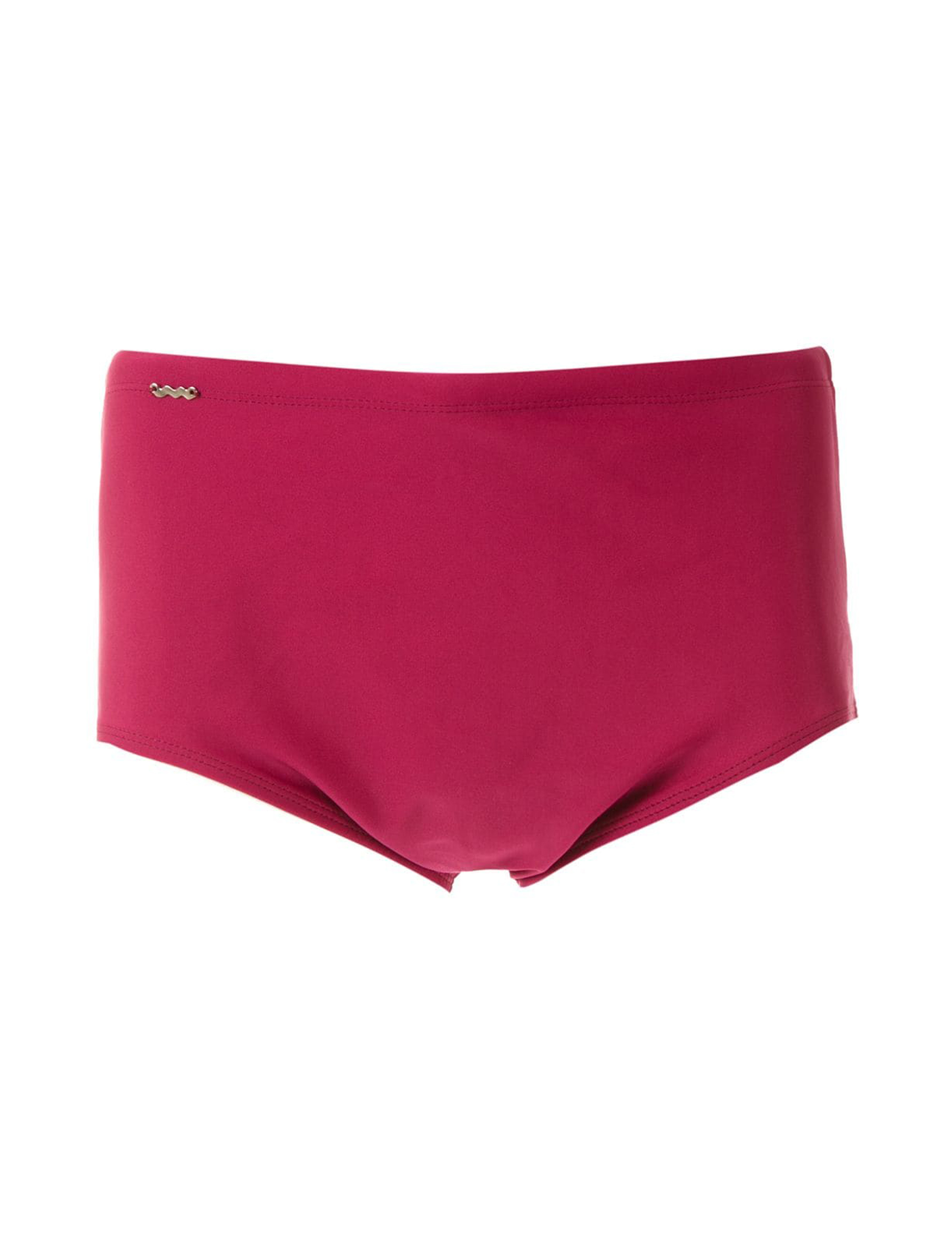
Plain Trunks
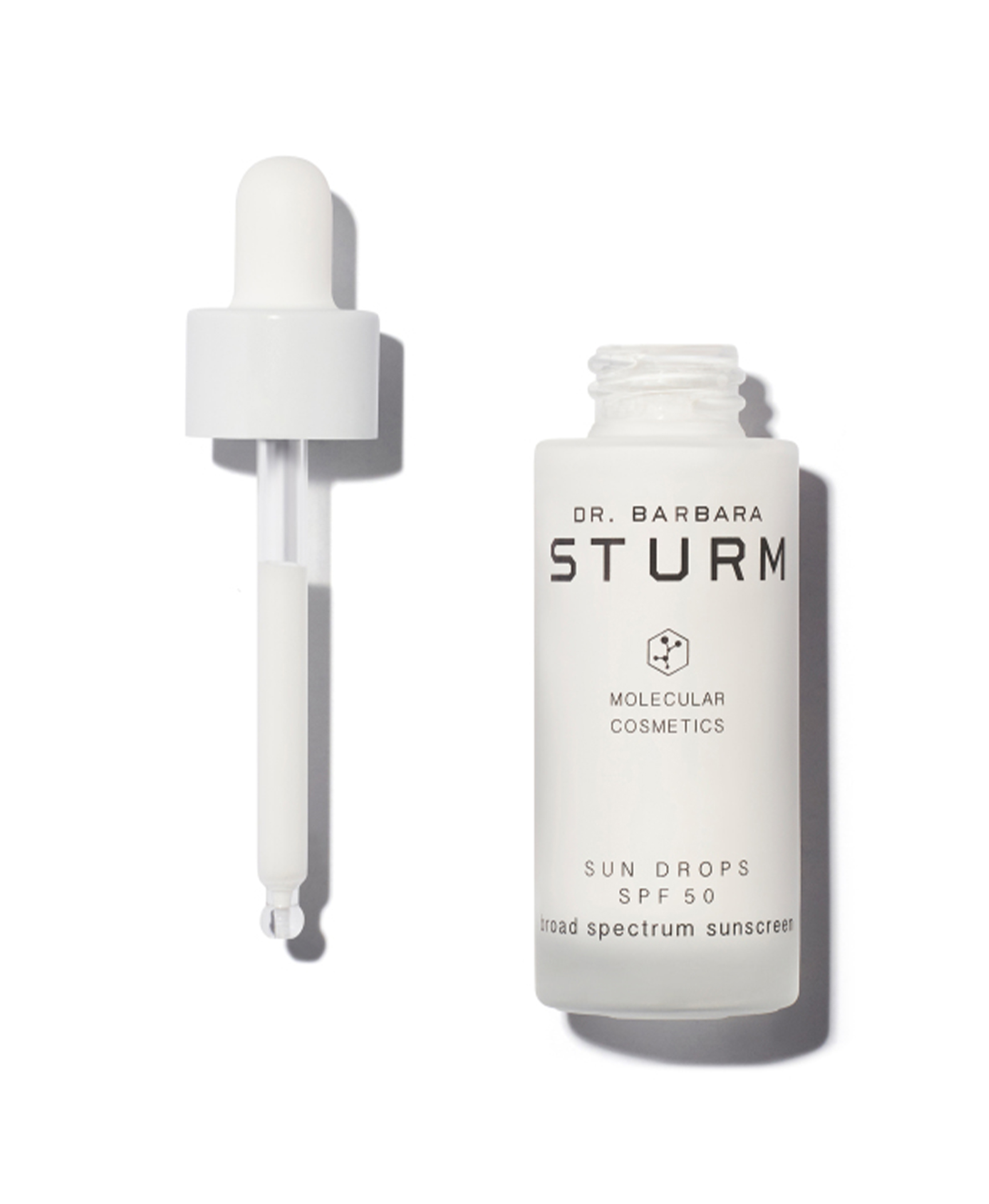
001 Man Eau De Parfum 50ml

Women’s Solo Travel Outfit for Someone On the Go
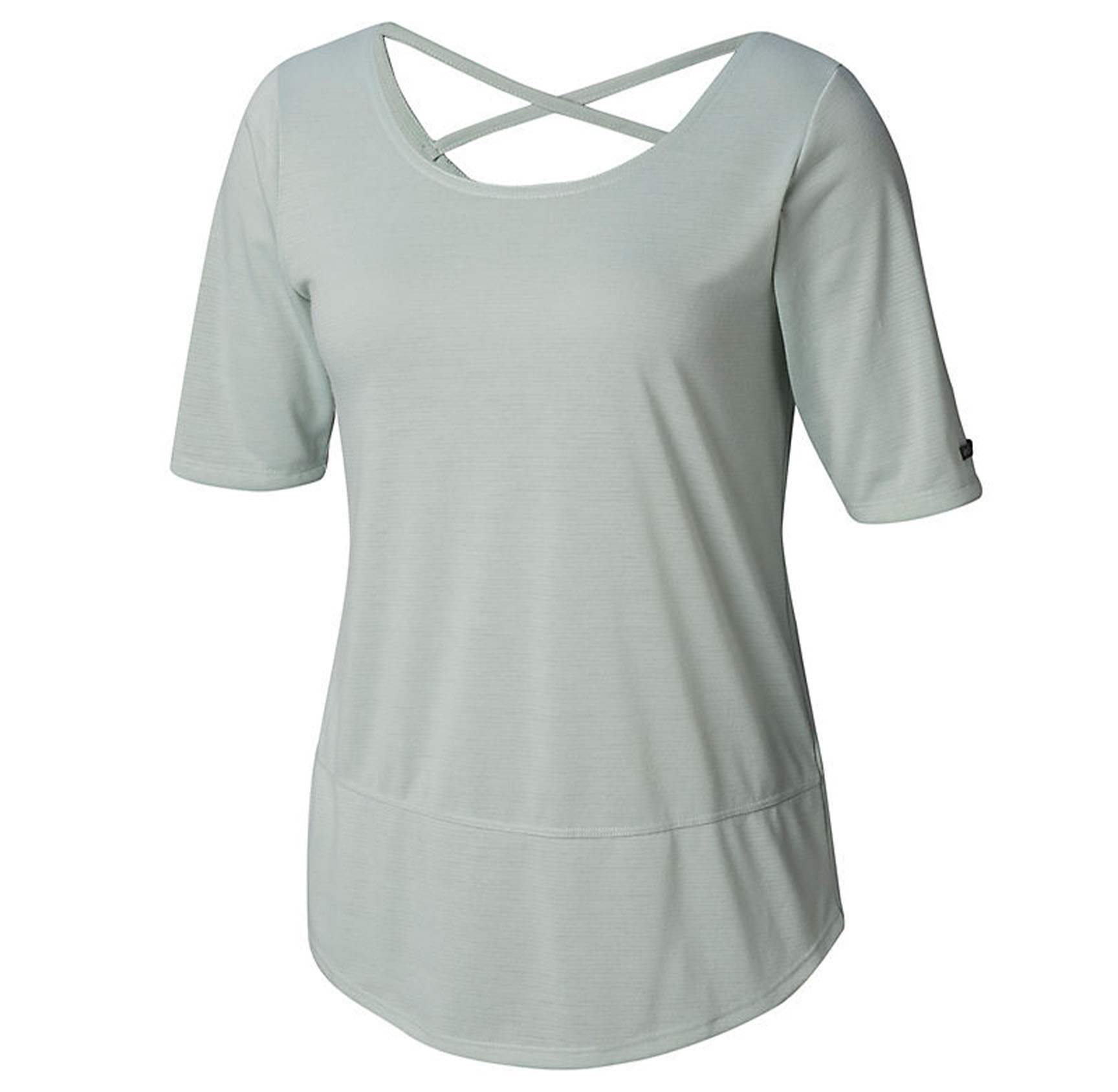
Casual Short Sleeve Shirt
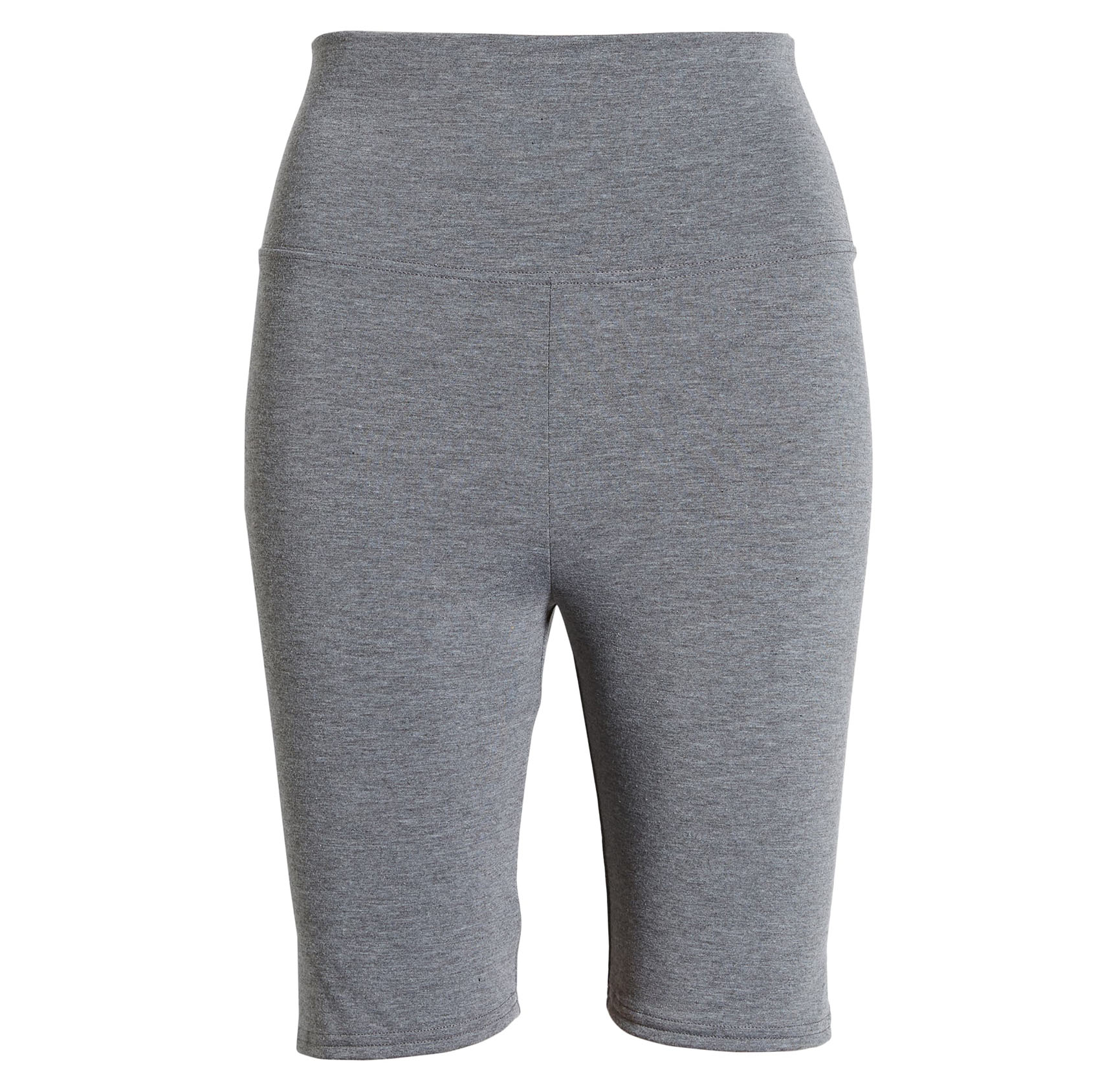
High Waist Biker Shorts
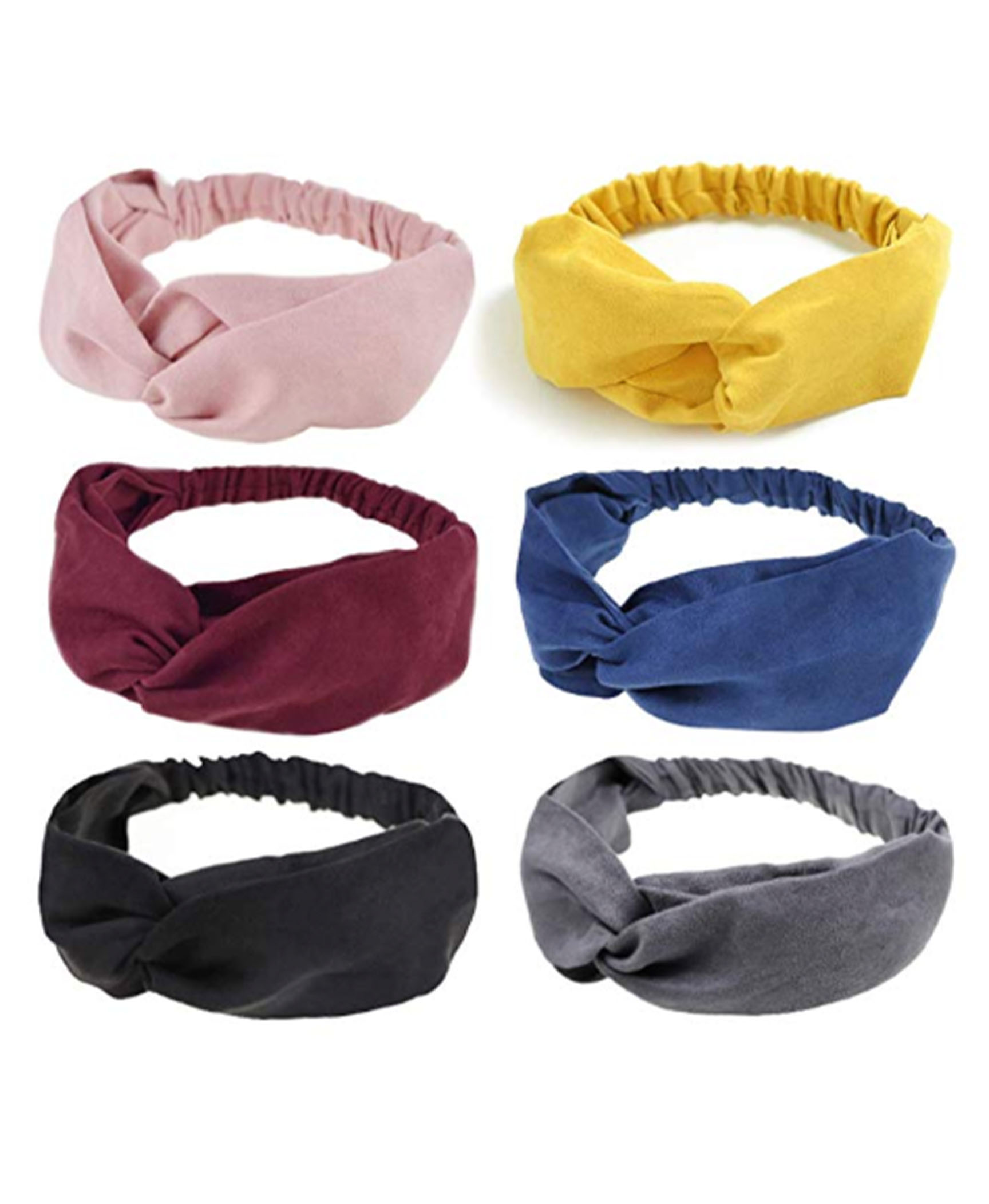
6 Pack Headbands
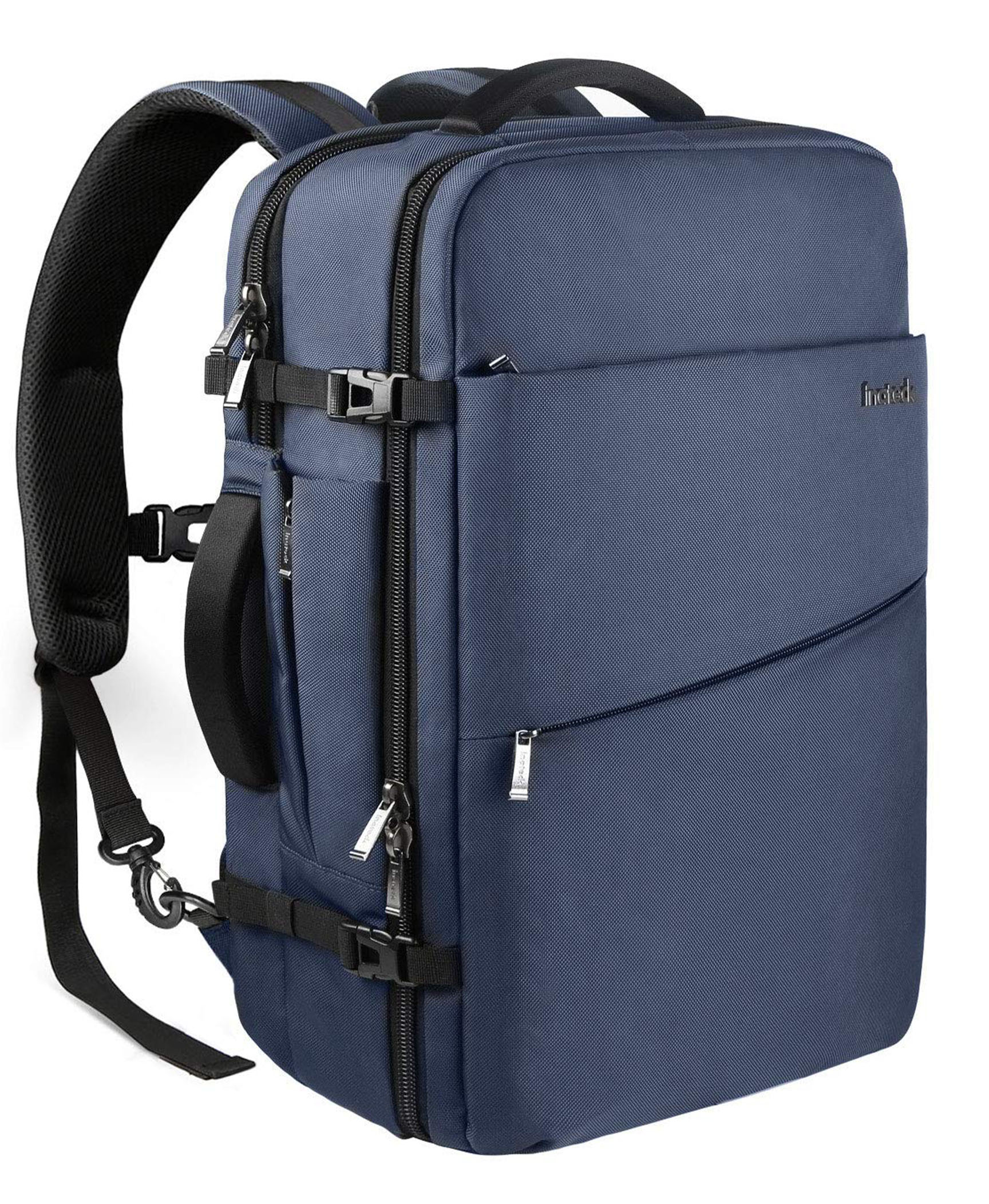
Carry-On Luggage Backpack
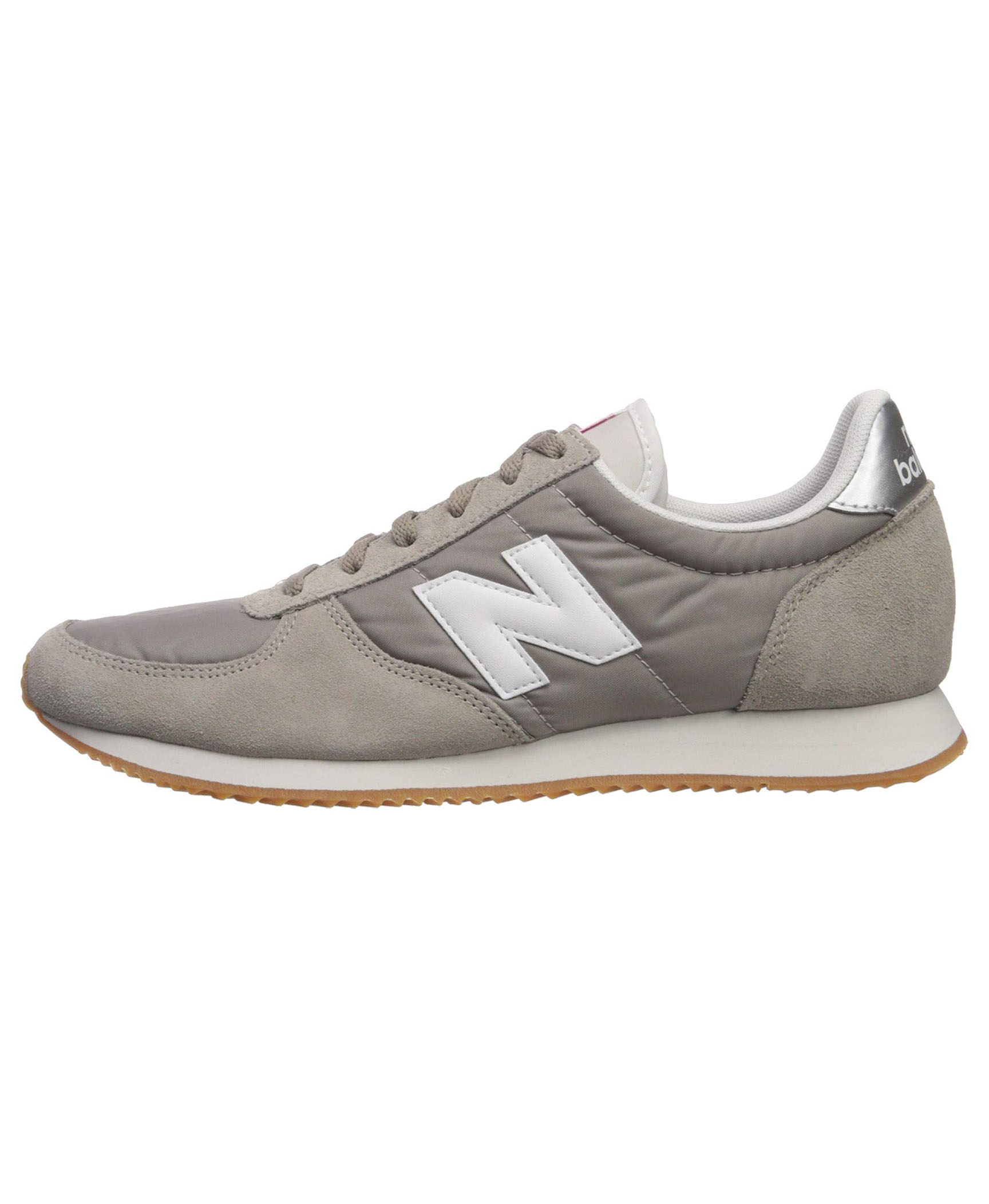
Classic Sneaker
Men’s casual summer outfit for a flight (amazon based).

Bluetooth Headphones

Drawstring Walking Shorts
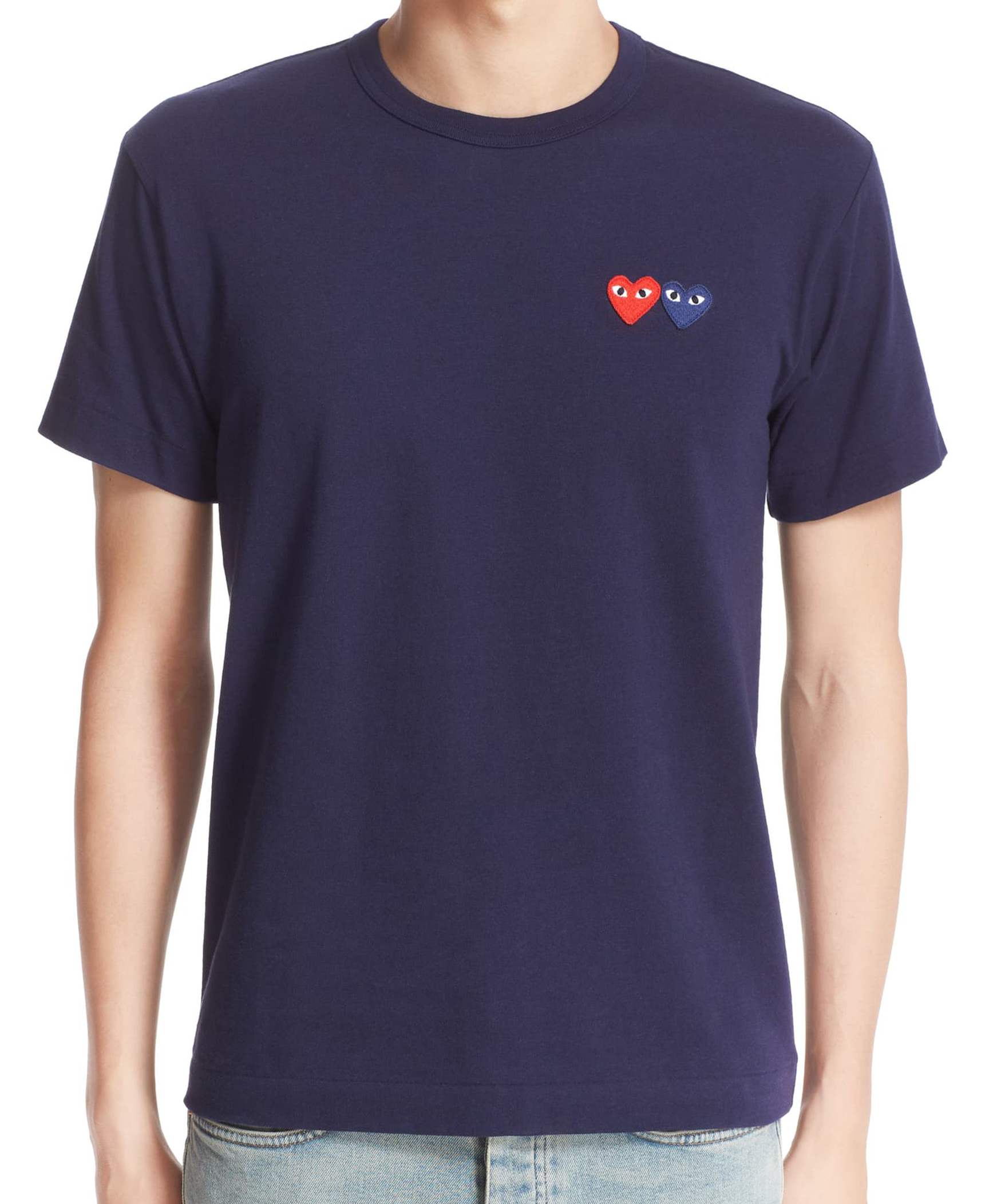
- 6 Must-See Spots in the French Riviera
- 10 Best Boutique Hotels in Paris
- 9 Places to Spot Celebs in Cannes
All products are independently selected by our writers and editors. If you buy something through our links, Jetsetter may earn an affiliate commission.
Become a Jetsetter.
Use our insider connections to know where to go and what to do.
Thanks for Signing Up!
Related Tags
Explore more.

The Coolest Things to Do in Barcelona Now

Where to Eat, Sleep, and Play in Edinburgh, Scotland
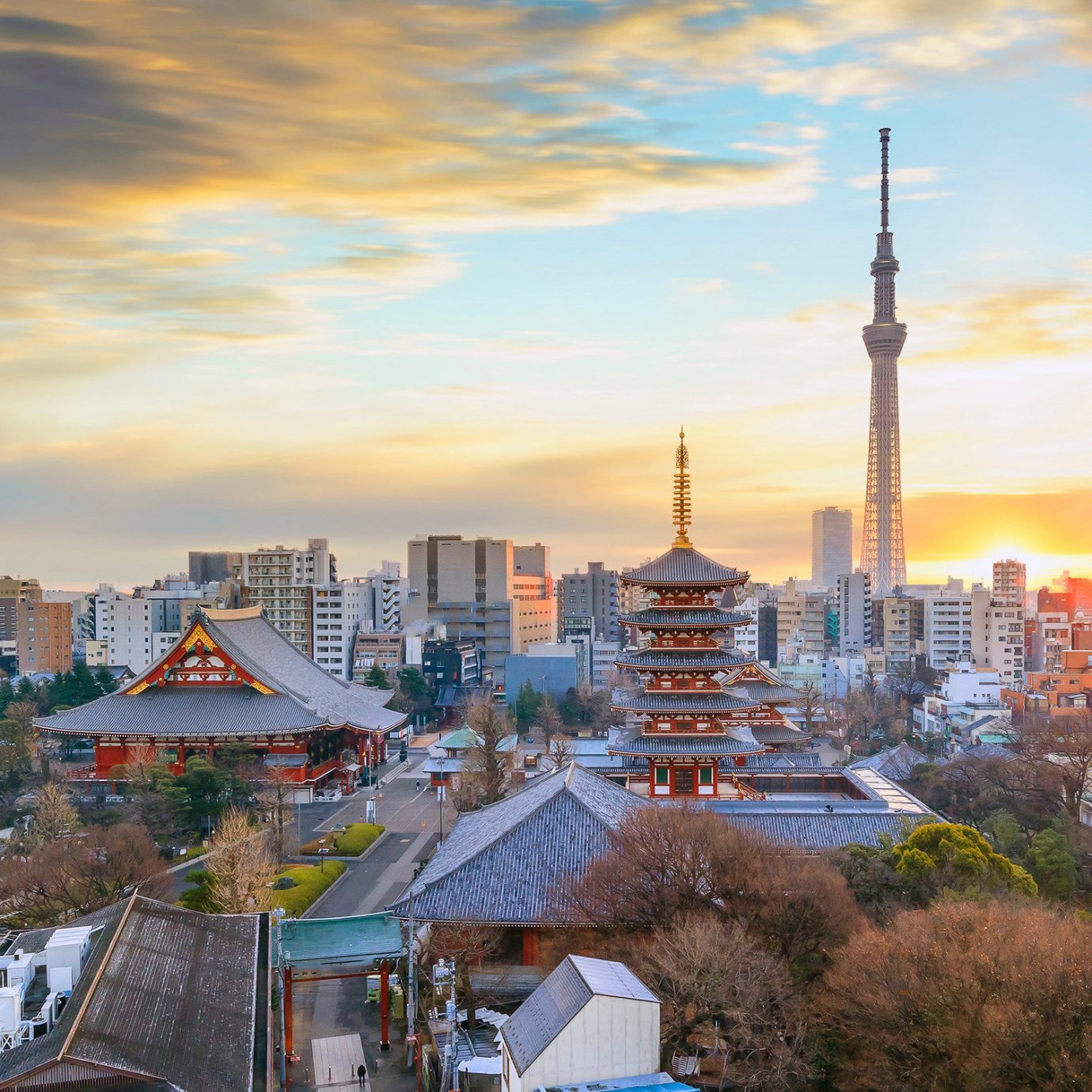
The Coolest Things to Do in Tokyo
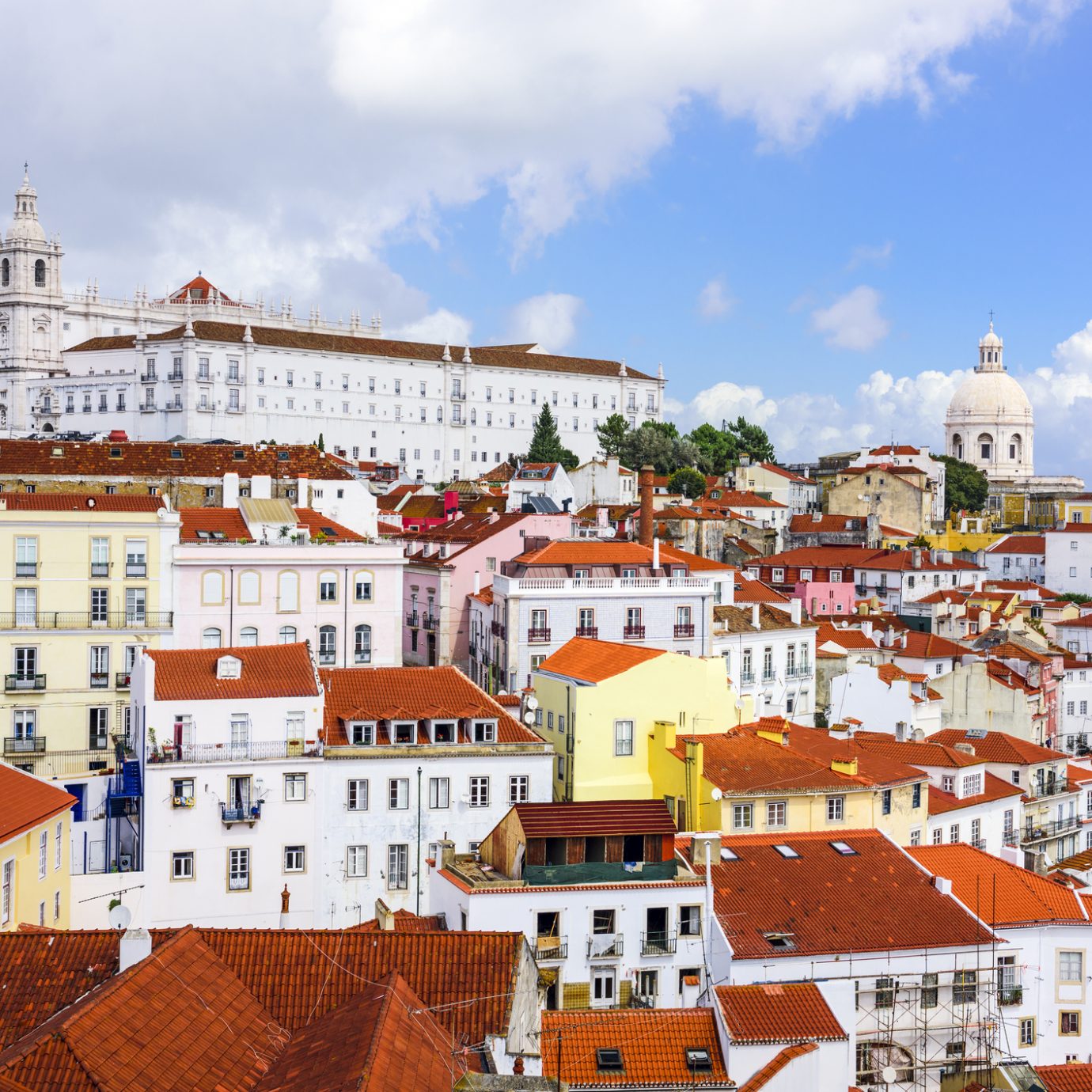
Lisbon for Food Lovers
Celebrity Blog
- Special Occasions
- Choosing a Cruise
- Planning / Booking A Cruise
- Preparing For Your Cruise
- What To Expect On A Cruise
- Australia, New Zealand & the Pacific
- Central America
- East Coast & Bermuda
- Mexican Riviera
- South America & Antarctica
- Destinations
What to Eat in Provence
By Chris Allsop
Last updated: June 3rd, 2024

- Find a Cruise
While Provençal food is unquestionably French cuisine, it’s also rooted in its own southern geography and distinct culture. The food of Provence, like the cuisine found across the eastern border into Italy, benefits from its sun-soaked aspect. The result? Bountiful, flavorsome produce that is the pride of Provence’s kitchens.
Flavor is in the air here. While visiting the serene stone villages of Provence you’ll smell herbs such as thyme, rosemary, and, of course, lavender in the air. In fact “Herbes de Provence” is such a successful combination of flavors that it’s sold as such. These flavors dominate in Provençal dishes although, with ancient trade ports like Marseilles, other exotic flavors have been assimilated into the food culture.
Provençal food is where France meets the Mediterranean. Pour yourself a glass of chilled rosé wine while you peruse this mouthwatering list of Provençal dishes to try.
Ratatouille
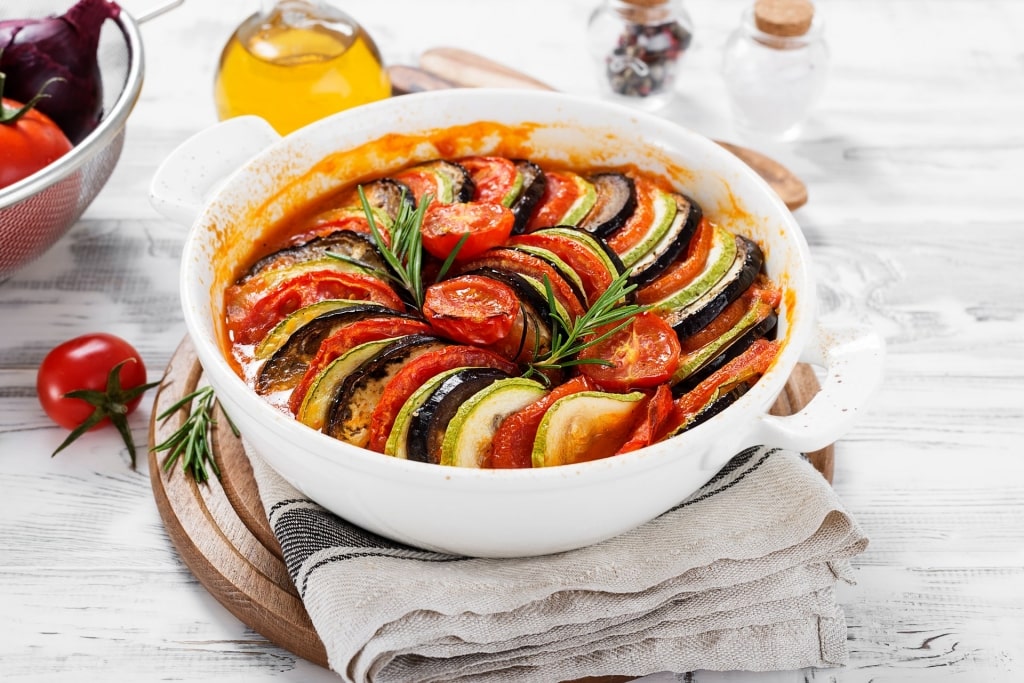
An icon of Provençal food, this colorful 18th-century stew was created by farmers as a way of using up their annual harvest of summer vegetables. The rather musical name derives from the Occitan, the medieval language of the region, for “Rataolha”, roughly translated as “tossed chunky stew”. Thus proving that everything sounds better said in French.
An expression of the region’s notable flavors, expect your bowl of steaming ratatouille to include courgette, eggplant, tomato, onion, and capsicum pepper, their flavors united by garlic and Herbes de Provence. To maintain the magnificent flavors of Provence-grown produce, it’s recommended that the vegetables are cooked separately before being thrown together, in order to preserve their individuality.
Of course, this kind of culinary dedication to the integrity of your bowl of ratatouille is not found everywhere. While visiting Provence, ask for recommendations from locals who will point you in the direction of their favorite bistro, or possibly launch into a passionate diatribe about the “true” method of ratatouille production.
Otherwise, book a table at the highly respected Lou Balico in Nice , where it’s offered as part of a heavenly tasting menu of Provençal food.
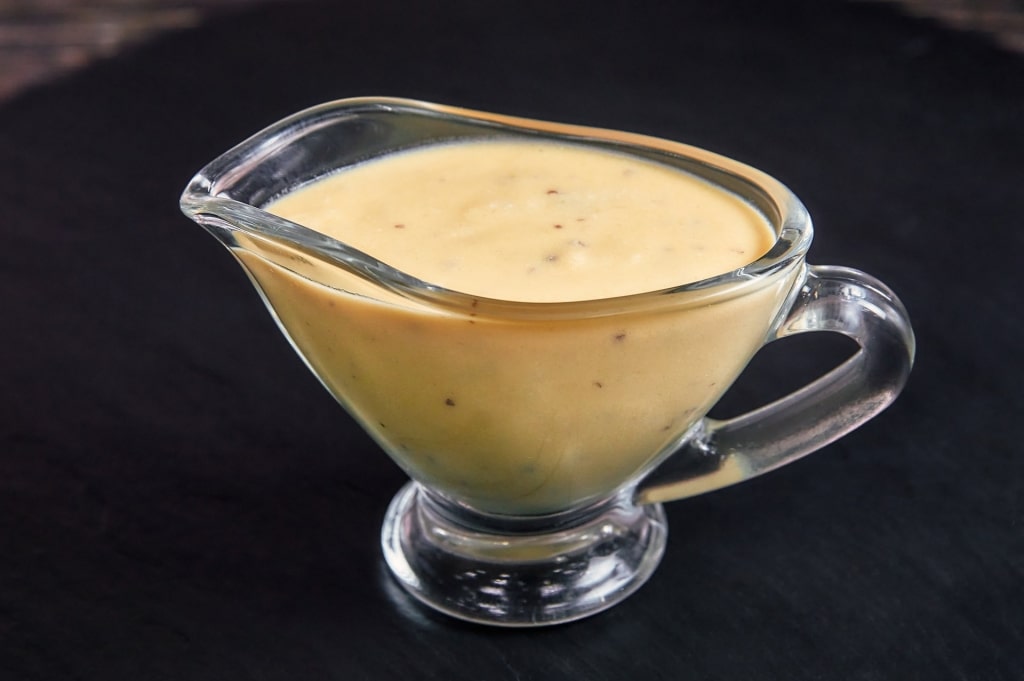
Aïoli is such an intrinsic part of Provençal culture that it used to be the title of a 19th-century newspaper in the region.
A thick garlic sauce made with oil, aïoli is believed to be of Roman origin. Its prevalence throughout the Mediterranean, with versions found in Spain, Italy, and Malta, adds credence to this origin story.
In Provence , you’re likely to find it served alongside seafood dishes, its unctuous, garlicky nature a perfect foil for the freshness of fish. The dip takes center stage when served as part of Le Grand Aïoli.
A feast day favorite, Le Grand Aïoli is a smorgasbord of pairing items such as boiled artichoke, soaked salt cod, and tuna (and at Christmas, snails) served up for a festival of sharing, with the centerpiece aïoli.
Read: What Is France Known For?
Bouillabaisse
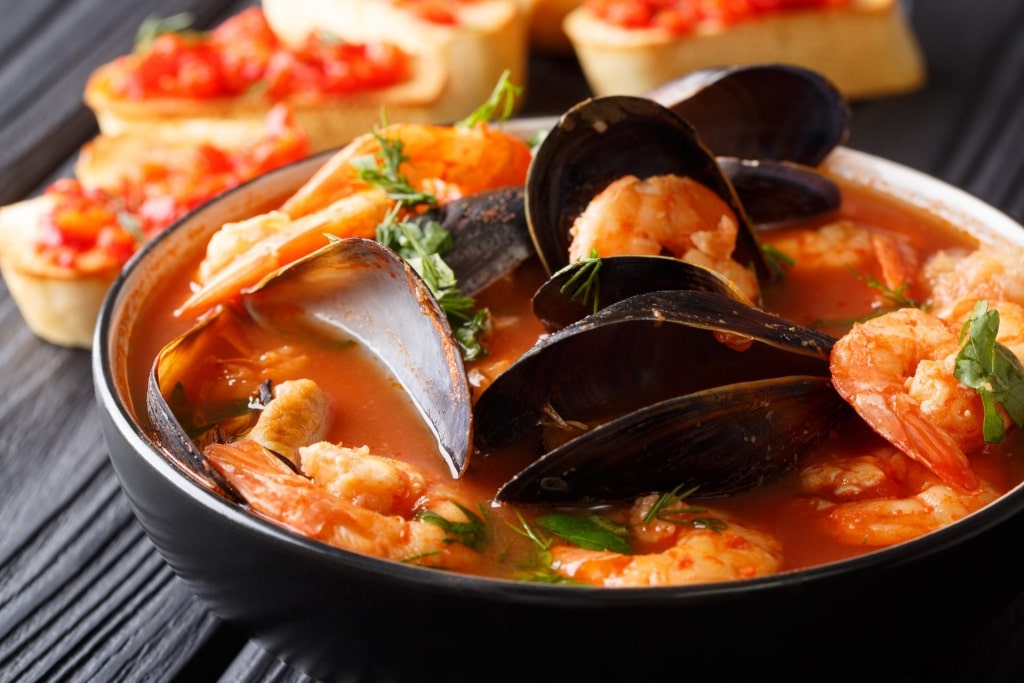
A dish that’s deeply Marseillaise, with a provenance dating back to the very founding of the city, Bouillabaisse is an essential element of Provençal cuisine.
It’s also a huge amount of food. Typically served for a group of five to share, Bouillabaisse involves a medley of fish such as gurnard, conger eel, and red rascasse. Alongside the meat is a saffron-infused broth on which rounds of spicy, mayonnaise-slathered baguette slowly take on savory stock.
If the fish varieties sound a little niche, it’s because they represent the part of the catch that Marseille’s fishermen of yore used to have difficulty selling on. Bouillabaisse acted as the solution to that problem, with those unwanted fish now the stars of dining rooms throughout Marseille .
If you’re in the city, three-Michelin-starred Le Petit Nice is the place to try to get a reservation. For something that feels a little closer to the humble fishing origins of this iconic dish, try Chez Fonfon in the atmospheric cove of Vallon des Auffes.
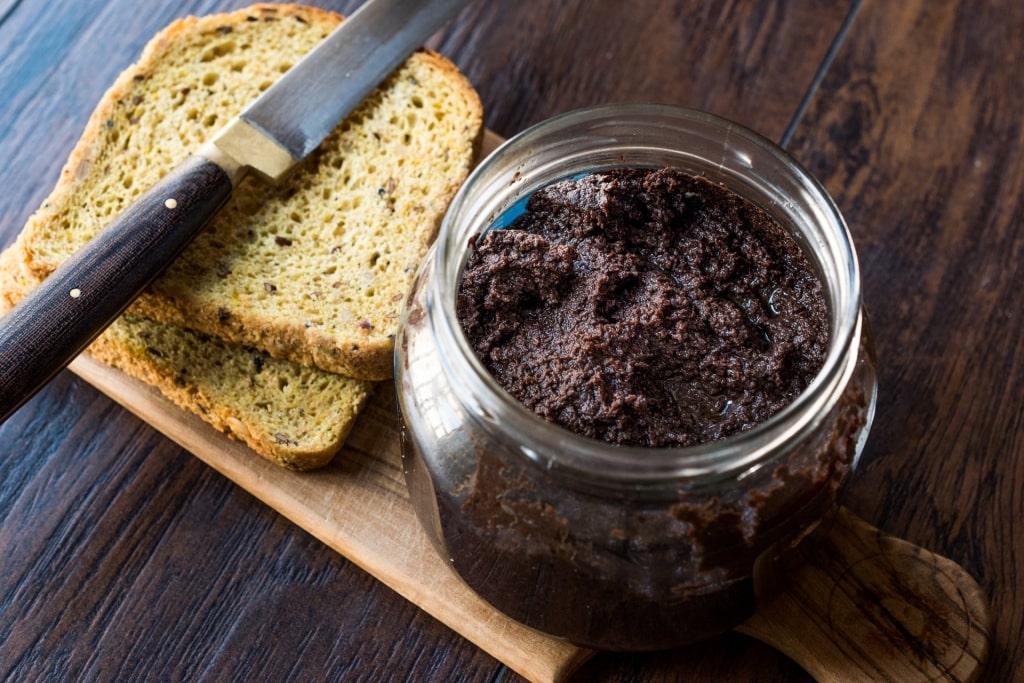
With one taste, tapenade, a jet-black spread of olives, capers, anchovies, garlic, and Herbes de Provence, has the power to transport you to the edge of a Marseillaise dockside, the sun shining on the Vieux Port with the mews of the gulls carried on the breeze.
While tapenade was ostensibly “invented” in Marseille in 1880, there are similar foods found in Catalan and Greek cultures. And, oddly for an overwhelmingly olive-based dip, this aperitif-mainstay is named for the Provençal term for capers. This is generally ascribed as a hangover from an earlier, caper-only tapenade created when caper buds stored in amphorae became mushed together.
Coastal in character and therefore a perfect pairing for seafood, it’s also wonderful just as a spread on slices of baguette while sipping a cool glass of aniseed pastis at a bar with sea views.
Read: Things to Do in Marseille
Salade Niçoise
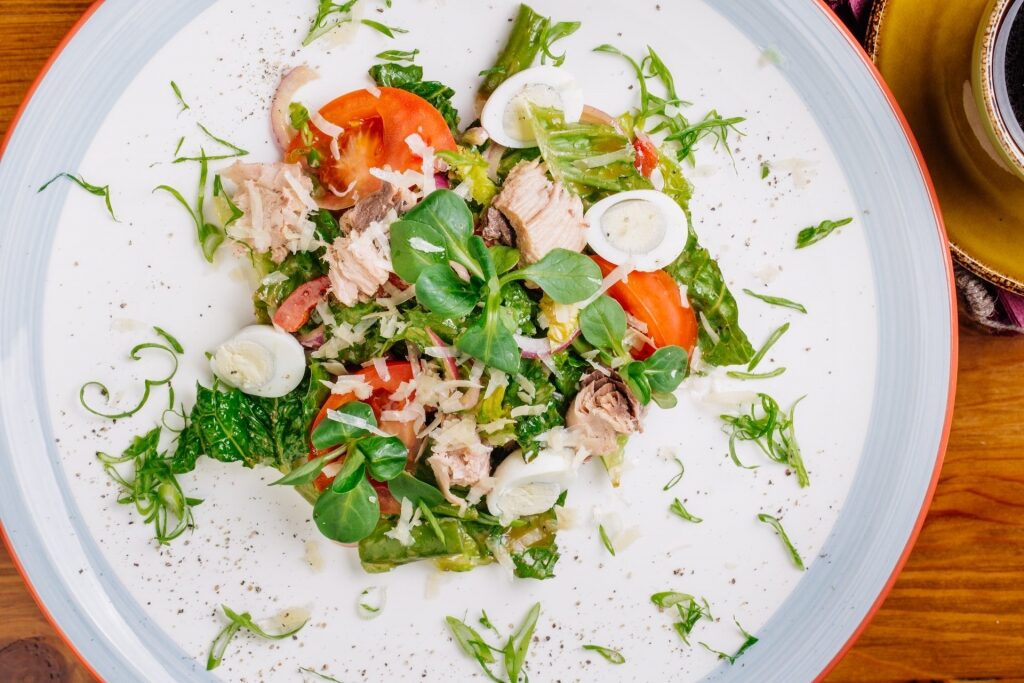
Perhaps of all Provence dishes, salade niçoise and the composition of its deliciously contrasting ingredients has, through its history, caused a great deal of upset amid the flower baskets and winding lanes of this southern region.
Born of the summery city of Nice, hence the name, the modern version of this salad is based on a stripped-down, 19th-century peasant dish involving an arrangement of tomatoes, anchovies, and olive oil on a plate. On top of these Mediterranean essentials was piled tuna, hard-boiled eggs, potatoes, olives, green beans, and, lo, a classic was born.
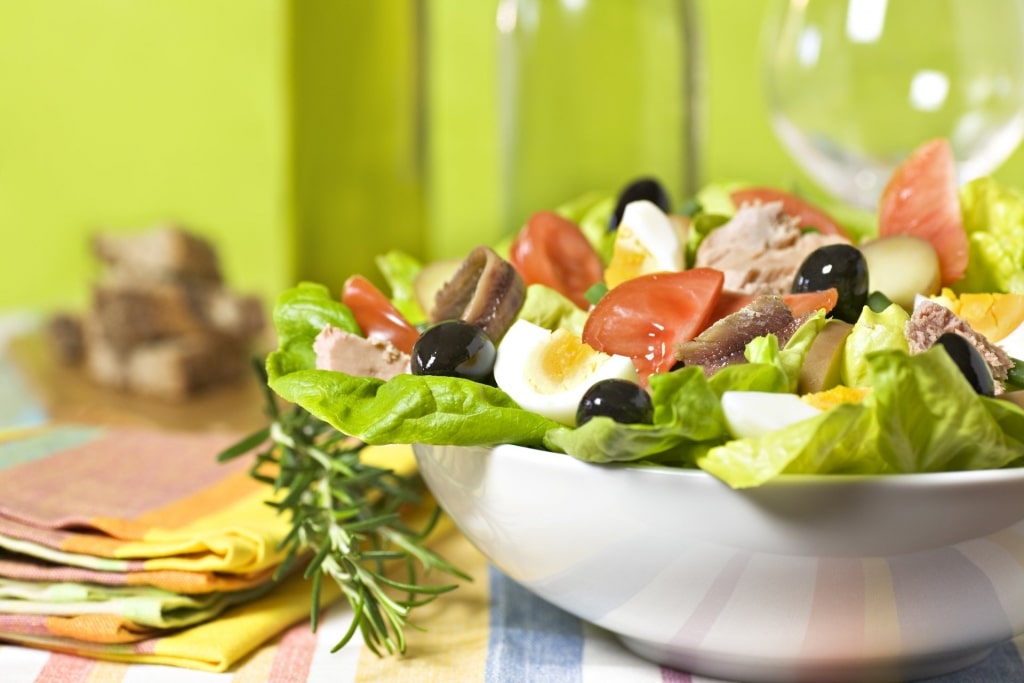
And, it seemed, everybody had an opinion on how it should remain a classic. “Keep the veg raw and fresh so that the flavor of the Provençal sun and the richness of its land can be tasted in every forkful.” “Use only tinned tuna, never fresh.” The debate rumbles on.
Far from the madding crowd, perhaps on the sun-warmed rooftop of a French Riviera restaurant, you’ll be served a Salade Niçoise. However it comes, it’ll be magnificent, the sea and the land and all the tangy-umami flavors in between distilled into one simple salad bowl.
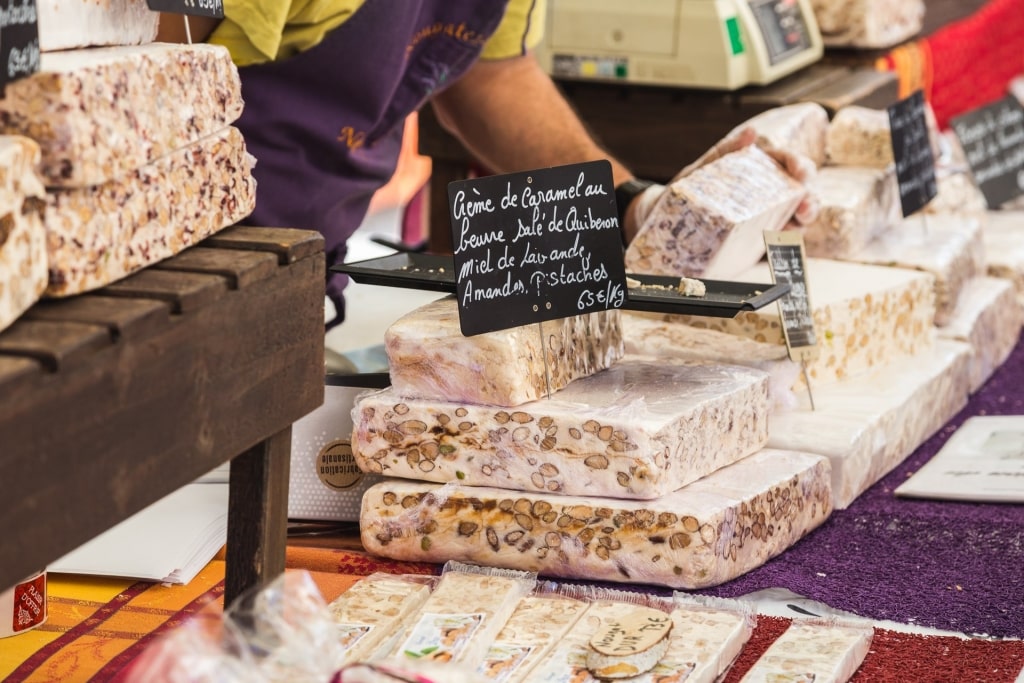
There’s nougat, and then there’s softly chewy south of France nougat, white as a wisp of cloud on the horizon of the Côte d’Azur and embedded with roasted pistachios and almonds.
The proper name for Provence’s finest nougat is Montélimar, made in the eponymous town, where there’s even a nougat museum for the fanatical. While the ancient origins of nougat lie in the Middle East, medieval agronomist Olivier de Serres receives the credit for his planting of almond trees that, along with the honey historically farmed in the region, helped create this Provençal tradition.
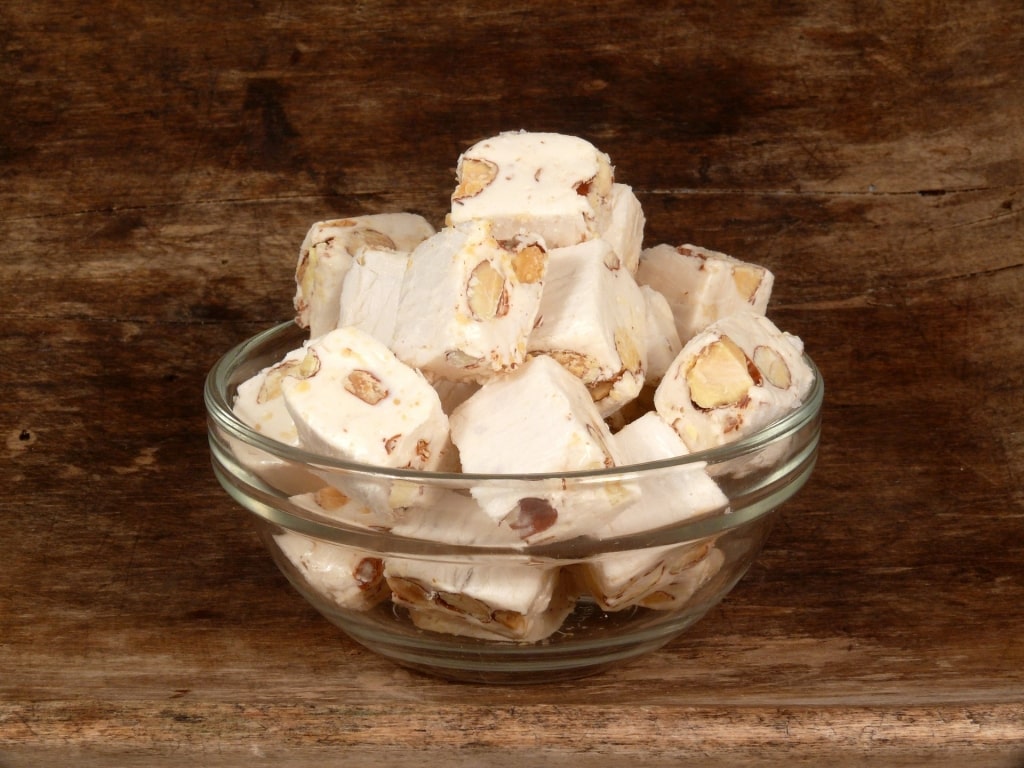
Montélimar nougat
What really rocketed Montélimar nougat into the global consciousness, however, was when the town’s former mayor, Emile Loubet, became President of France. During his seven-year tenure in the highest office of the land, he liberally shared around the nougat to other heads of state, royalty, and pretty much anyone else who crossed his path. Word spread, and Montélimar’s nougatiers suddenly found themselves extremely busy.
Today, Montélimar nougat is another Provençal food with a PGI certification guarding its heritage. These delicious, chewy blocks of sugar, lavender, honey, egg white, vanilla, almonds, and pistachios are also one of Provence’s 13 traditional desserts served at Christmas.
Read: Discover the Pleasures of Summer in France
Daube de Boeuf
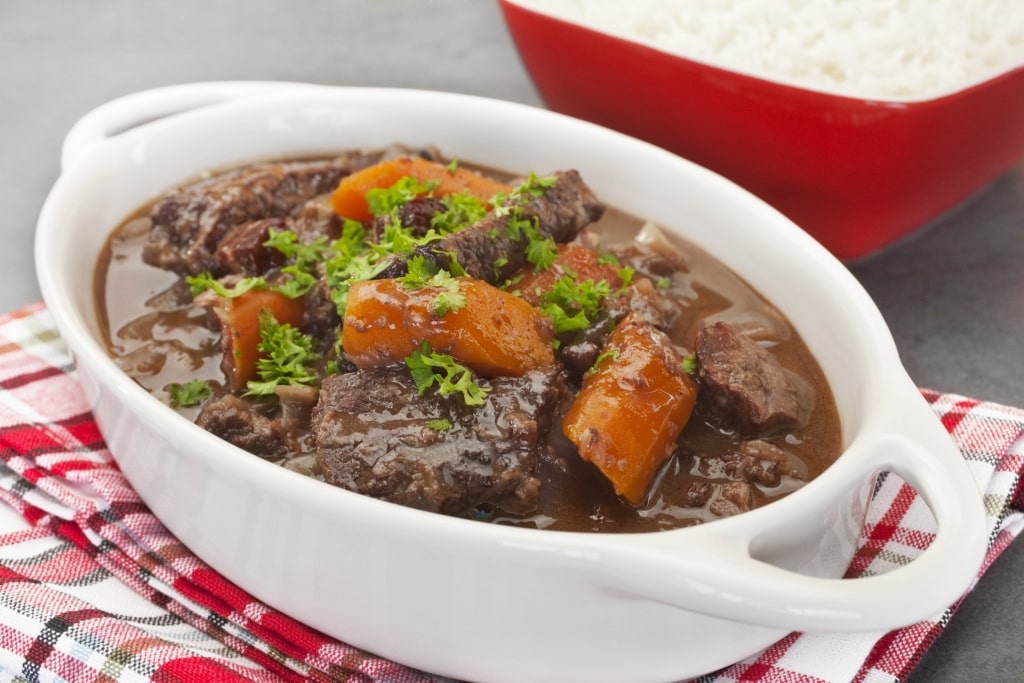
Daube de Boeuf is a simple beef stew, elevated to greatness by French culinary ingenuity. A working-class dish favored by those transporting goods along the bumpy roads and crowded canalways of 19th-century Provence, Daube was a warming, calorie-replenishing repast.
Marinated in wine overnight, the beef was then simmered with black olives, smoked pork belly, carrots, tomatoes, and garlic with a seasoning of thyme, savory, and laurel. Daube’s secret ingredient, and what raises it up, is the ingenious addition of some dried orange peel.
Rich, hearty, and complex, this pot of beef stew also represented for many of these workers the only meat that they would eat during the normal course of their lives. What made it affordable was the less tender cuts used in the stew’s production, improved by the marinade and a long, slow cook.
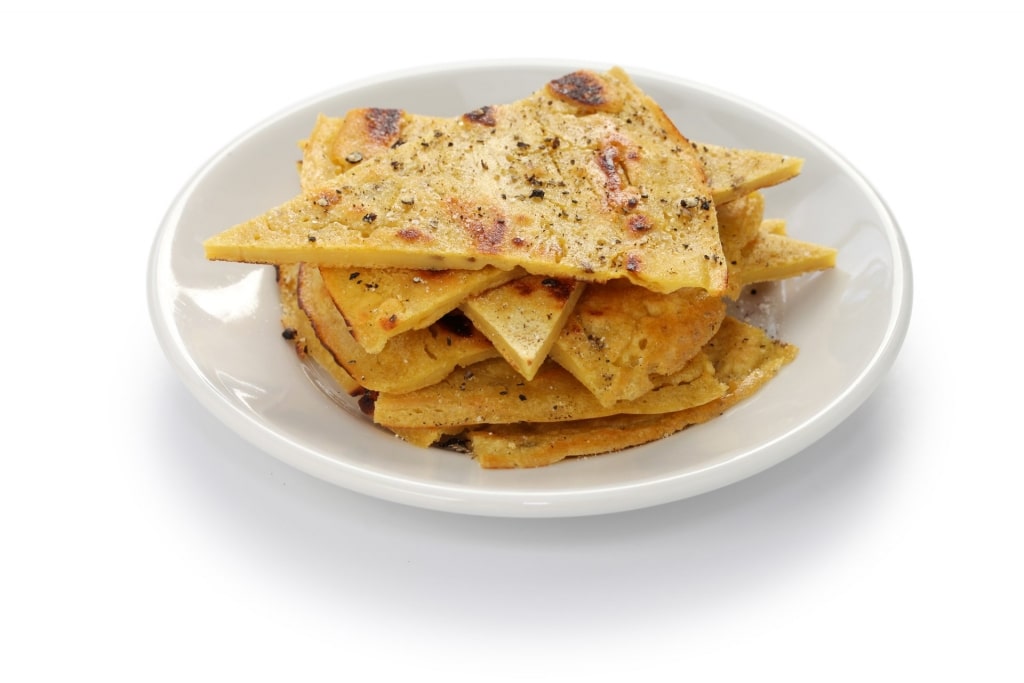
Wandering Nice’s palm-shaded Promenade des Anglais, the warm breeze might suddenly bring to you an aromatic whiff of warm garbanzo bean. Follow your nose and you’ll come to a stall, often with the owner calling “Socca, socca” to the gathering crowd.
The process at socca’s heart is a simple one. On a wide copper disc, a batter of garbanzo bean flour, olive oil, water, and salt is poured out and crisped to a caramel-colored perfection. When it’s ready, the crust is swiftly sliced through, its pieces are drizzled in olive oil and rock salt.
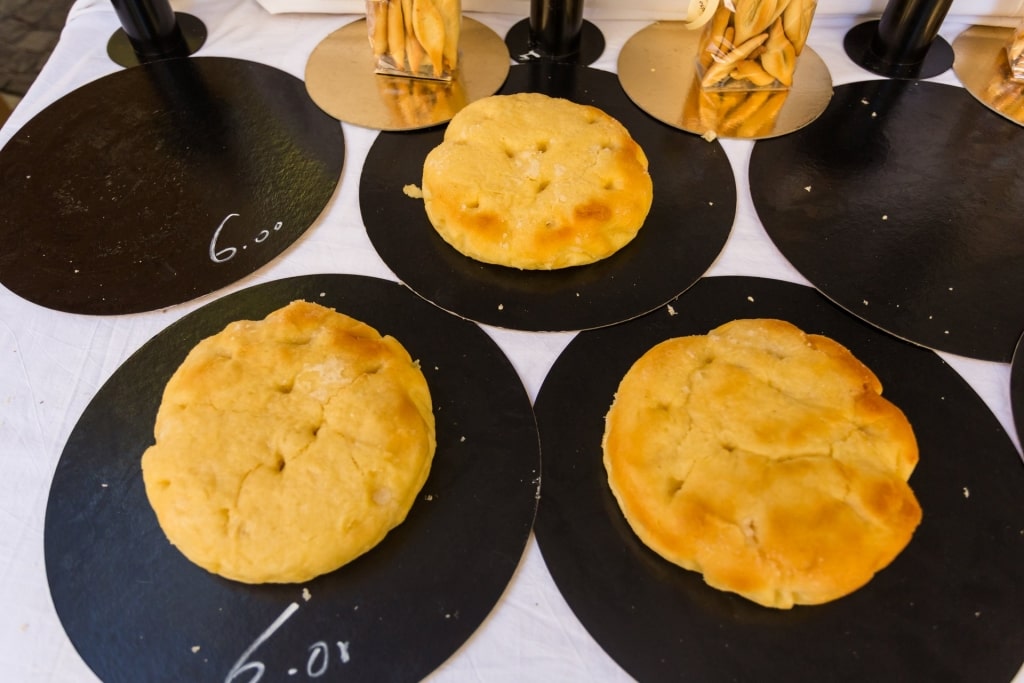
It’s the peculiarly wide pan that gives credence to the story that socca was originally cooked by Roman legionnaires who used their shields as a portable griddle. However it came about, versions of this street food favorite can be found throughout the Mediterranean. In fact, the people of Provence liked it so much they invented it twice, with the Marseillaise version, panisse, cooked just a little thicker.
In Nice, try it beneath the striped-blue awnings of Chez Thérésa in the city center, and be there before midday to avoid disappointment. Good panisse is found in many of the bars lining the Vieux Port, with sun-trap terraces offering views over the nautical coming-and-goings.
Tarte Tropézienne
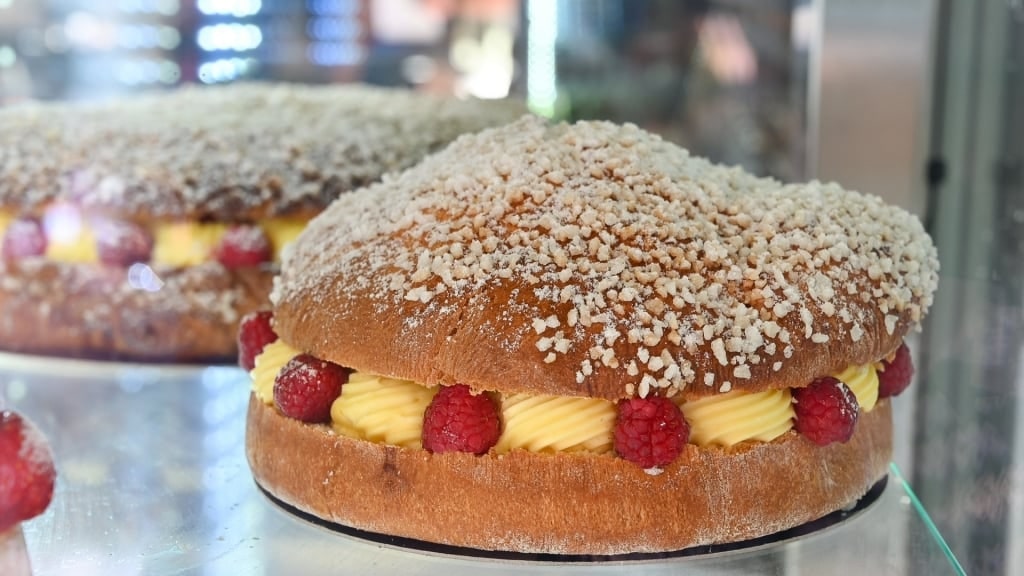
A cream dream that blends the sumptuous excess of the French Riviera with the glamor of the silver screen, the Tarte Tropézienne is a sugar-loaded hit of pure Côte d’Azur.
When the Polish baker Alexandre Micka relocated to Saint Tropez in the 1950s, he, according to legend, created a cream-filled brioche treat apparently inspired by Grandma Micka’s secret recipe.
Enter up-and-coming actress, Brigitte Bardot. While filming on the Riviera, the soon-to-be-superstar tasted this bun and suggested, so dazzling was its marriage of buttery bread with vanilla and lemon cream, that Micka had to name it after the equally exquisite St. Tropez.
Micka obliged, and both brioche treat and French actress ascended to celebrity status not long after. Micka’s empire, where you can eat the original Tarte Tropézienne, now spreads across the south of his adopted country. Only there can you find the authentic sugar-studded Tarte Tropézienne, although versions of this classic are found in other patisseries.
Candied Fruits
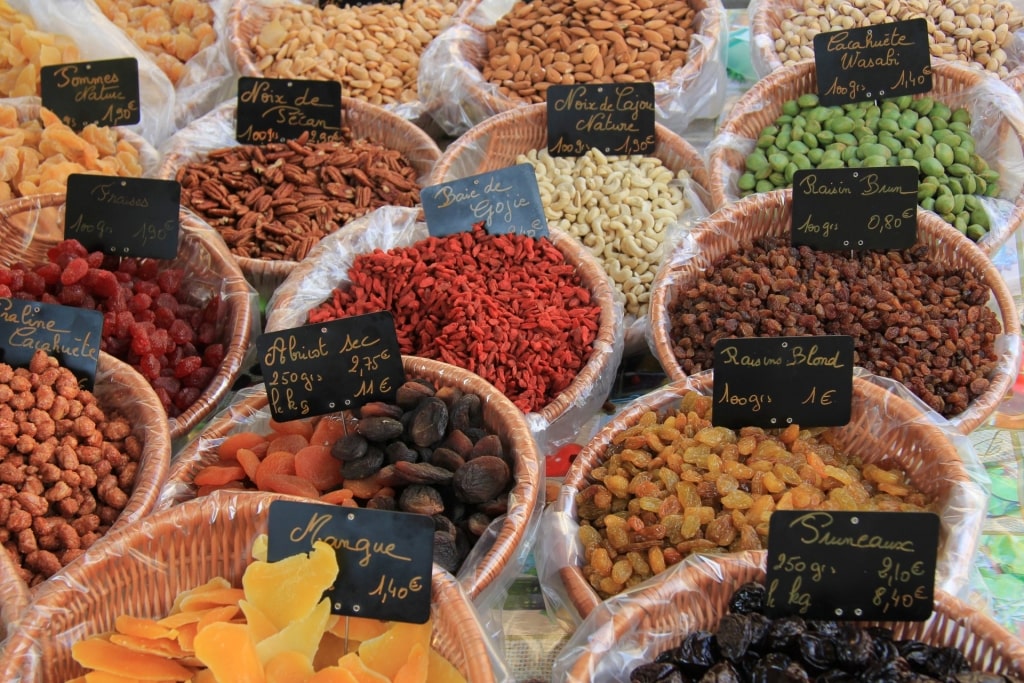
Candied fruits
A literally sugar-loaded innovation of Provençal food culture, candied fruit in the south of France is not to be confused with common fruit-shaped jellies. With this Provençal treat, pieces of actual fruit undergo a traditional technique that transforms them into long-lasting desserts. And it’s not just smaller fruit; in the shop windows of artisan candy producers, you’ll sometimes see entire glazed melons shining with an inner sugary light.
The original idea for preserving Provence’s natural bounty is credited to none other than astrologer-seer Nostradamus, a native of Saint Rémy-de-Provence. In the technique, still practiced in the same way today, the fruit’s juices are slowly replaced with concentrated sugar syrup. This process is then repeated up to 15 times until it’s complete.
Candied fruits take pride of place decorating one of the most iconic of Provence’s dishes in the Twelfth Night Cake or “Brioche des Rois”. Elsewhere in France, the Twelfth Night Cake is a marzipan tart, a confection spurned by the southerners as too “Parisian”. Seek out fifth-generation artisan producer Lilamand in Saint Remy-de-Provence, famous for his whole candied pineapples, or Bechard in Aix-en-Provence.
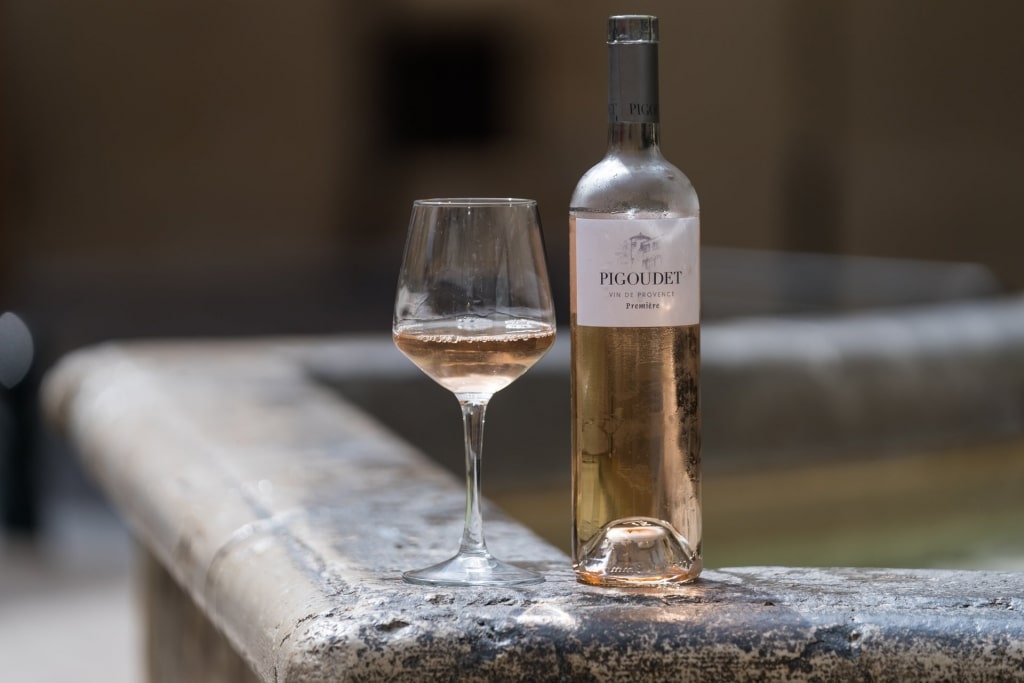
Rosé wine is a symbol of Provence. This chilled, often light-bodied tipple, typically made from a blend of Grenache, Cinsault, and Mourvedre grapes is a perfect partner with seafood and many of the salty, olive oil-dressed snacks of the region.
The history of Provençal rosé harks back to the arrival of the Ancient Greeks in 600 BC on the piece of picturesque coast that would eventually grow into Marseille. The Greek style of wine was a blend of white and red grapes that was then diluted; a style that was to be later adopted by the Romans.
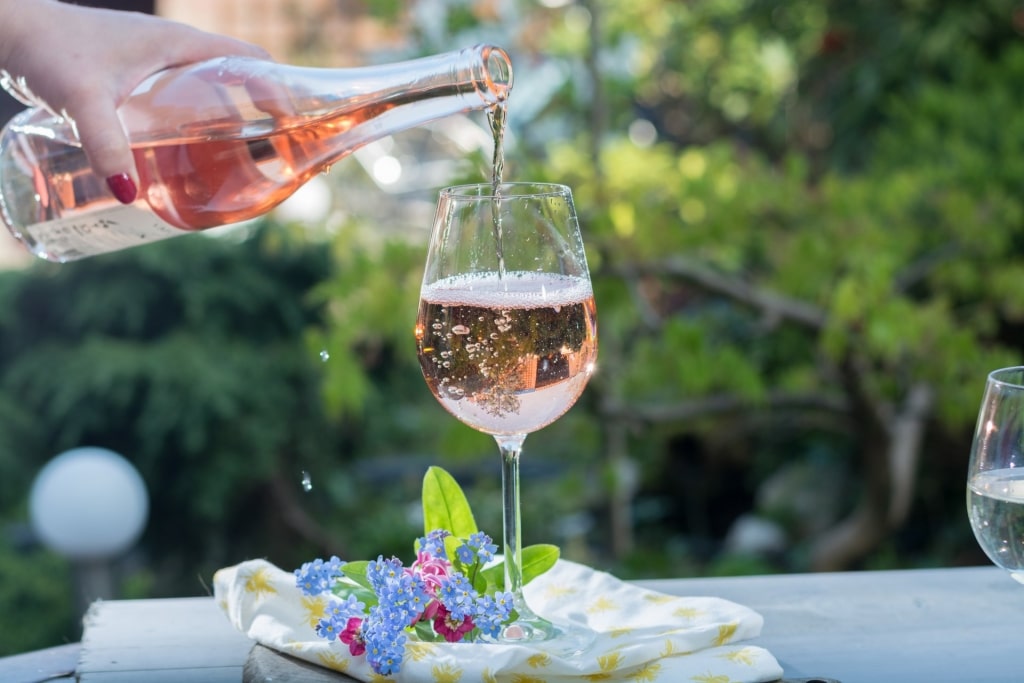
Besides the abundance of sunshine and gravelly soils, Provence’s wine producers are also assisted by the famous Mistral wind. This wind of seasonal change can be a blustery nuisance to its citizens, but its dry nature is a boon in promoting healthy vines, half of which are dedicated to rosé production.
As for what a classic Provençal rosé tastes like? It’s a dry, crisp, fruit-forward glassful that’s perfect with most kinds of Provençal food, although something like a Salade Niçoise (however it comes) is a match made in heaven.
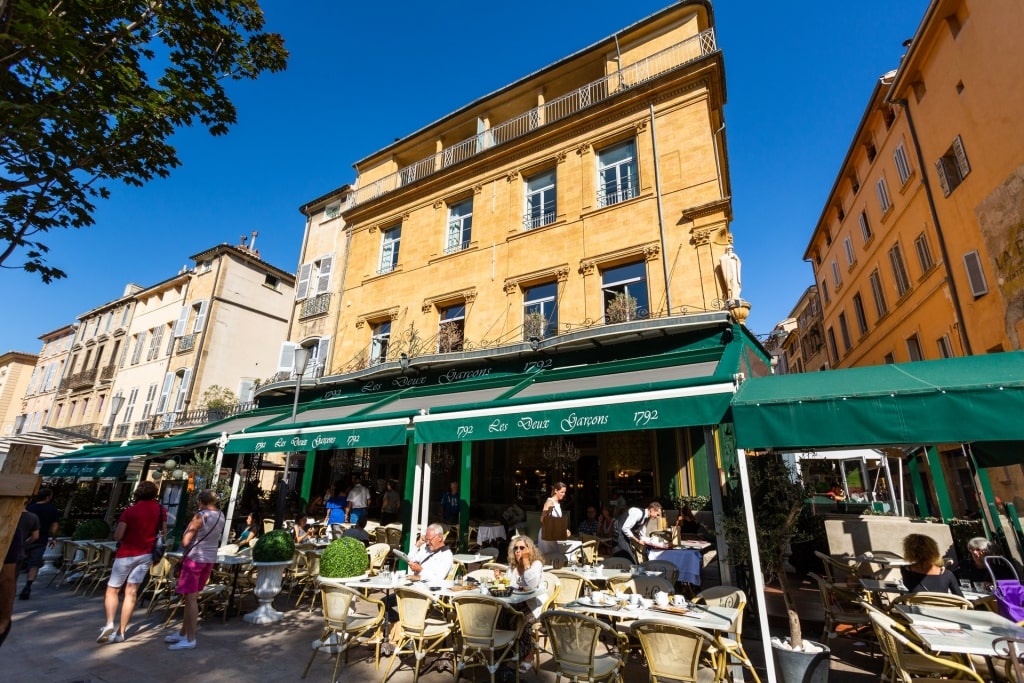
Aix-en-Provence
Experience all of these delicious Provençal dishes and more on a cruise to France . Browse our cruise itineraries online and plan a luxurious, food-filled escape.
Chris Allsop
Chris Allsop is a UK-based food and travel journalist whose writing has appeared in The Sunday Times Travel Magazine, Condé Nast Traveller, and The Guardian, among other titles. When he’s not trying to arrange yet another trip to Italy, he’s obsessively on the lookout for new farmhouse cheeses to match up with his latest sour beer.
Related Itineraries
Greece, Turkey & Italy
- 7 nights ON CELEBRITY ASCENT
- DEPARTING FROM ATHENS (PIRAEUS), GREECE
- Starting from $849 USD
Spain, France & Italy
- DEPARTING FROM BARCELONA, SPAIN
- Starting from $1149 USD
Italy, Spain & French Riviera
- Starting from $1549 USD
Italy & French Riviera
- Starting from $1610 USD
- DEPARTING FROM ROME (CIVITAVECCHIA), ITALY
- Starting from $1769 USD
Italy, France & Spain
- Starting from $2133 USD
Related Articles
Insider’s Guide to Fira, Greece
15 Best Places for Solo Travel in Europe
Best Beaches In & Around Portofino, Italy
18 Best Beaches in Montenegro
Insider’s Guide to Livorno, Italy
12 Famous Landmarks in Spain
When Is the Best Time to Visit Martha’s Vineyard?
14 Things to Do in Wellington, New Zealand
One Day in Catalina Island
12 Best Neighborhoods in Athens
One Day in Boston: What to See & Do
13 Things to Do in Southbank Melbourne
Free Vacation Planning Services

CALL US 888-751-7804
Sign Up for Special Offers
I would like to receive electronic Promotional messages from Celebrity Cruises Inc. You can unsubscribe at anytime. Please view our Privacy Policy .
- First Name *
- Last Name *
- Email Address *
- Country * Country Afghanistan Albania Algeria American Samoa Andorra Angola Antigua and Barbuda Argentina Armenia Australia Austria Azerbaijan Bahamas Bahrain Bangladesh Barbados Belarus Belgium Belize Benin Bermuda Bhutan Bolivia Bosnia and Herzegovina Botswana Brazil Brunei Bulgaria Burkina Faso Burundi Cambodia Cameroon Canada Cape Verde Cayman Islands Central African Republic Chad Chile China Colombia Comoros Congo, Democratic Republic of the Congo, Republic of the Costa Rica Côte d'Ivoire Croatia Cuba Curaçao Cyprus Czech Republic Denmark Djibouti Dominica Dominican Republic East Timor Ecuador Egypt El Salvador Equatorial Guinea Eritrea Estonia Ethiopia Faroe Islands Fiji Finland France French Polynesia Gabon Gambia Georgia Germany Ghana Greece Greenland Grenada Guam Guatemala Guinea Guinea-Bissau Guyana Haiti Honduras Hong Kong Hungary Iceland India Indonesia Iran Iraq Ireland Israel Italy Jamaica Japan Jordan Kazakhstan Kenya Kiribati North Korea South Korea Kosovo Kuwait Kyrgyzstan Laos Latvia Lebanon Lesotho Liberia Libya Liechtenstein Lithuania Luxembourg Macedonia Madagascar Malawi Malaysia Maldives Mali Malta Marshall Islands Mauritania Mauritius Mexico Micronesia Moldova Monaco Mongolia Montenegro Morocco Mozambique Myanmar Namibia Nauru Nepal Netherlands New Zealand Nicaragua Niger Nigeria Northern Mariana Islands Norway Oman Pakistan Palau Palestine, State of Panama Papua New Guinea Paraguay Peru Philippines Poland Portugal Puerto Rico Qatar Romania Russia Rwanda Saint Kitts and Nevis Saint Lucia Saint Vincent and the Grenadines Samoa San Marino Sao Tome and Principe Saudi Arabia Senegal Serbia Seychelles Sierra Leone Singapore Sint Maarten Slovakia Slovenia Solomon Islands Somalia South Africa Spain Sri Lanka Sudan Sudan, South Suriname Swaziland Sweden Switzerland Syria Taiwan Tajikistan Tanzania Thailand Togo Tonga Trinidad and Tobago Tunisia Turkey Turkmenistan Tuvalu Uganda Ukraine United Arab Emirates United Kingdom United States Uruguay Uzbekistan Vanuatu Vatican City Venezuela Vietnam Virgin Islands, British Virgin Islands, U.S. Yemen Zambia Zimbabwe

STAY IN THE KNOW
Thank you for subscribing.
See you on board soon.
Home Explore France Official Tourism Board Website
- Explore the map
Destination

Welcome to the sun-kissed realm of Provence, where the mere mention of its name conjures visions of idyllic summers, scents of lavender floating in the air, and the mellifluous chorus of cicadas serenading the landscape. Yet, beyond its quintessential summer charm, Provence unveils a tapestry of delights throughout the seasons.
Not to be missed
- Our selection
Provence: what to do, what to see
FUNDAMENTALS
Provence can be tranquil or social, wise or wild, unpredictable or calm, stormy or sensible. Seek out secret creeks along the coast, get drunk on the fragrance of lavender or take in a concert in the Roman amphitheatre in Nîmes. The one thing we can promise is that you’ll never be bored.
View the article

More ideas for your stay
- Entertainment and Nightlife (9)
- Nature and Outdoor Activities (54)
- Cultural Heritage (48)
- Shopping and French Savoir Faire (14)
- Food and Wine (34)
Visit Cannes, the City of Cinema

Visit the Provence-Alpes-Côte d'Azur Region

The Most Beautiful Golf Courses in France

Provençal olive oil for every occasion

Lavender honey, from the fields of flowers to the sweet delight

6 ways to stop time at Villa La Coste luxury hotel

See more destinations
10 of the world’s best foodie destinations (and what to eat when you get there)
Mar 1, 2024 • 12 min read
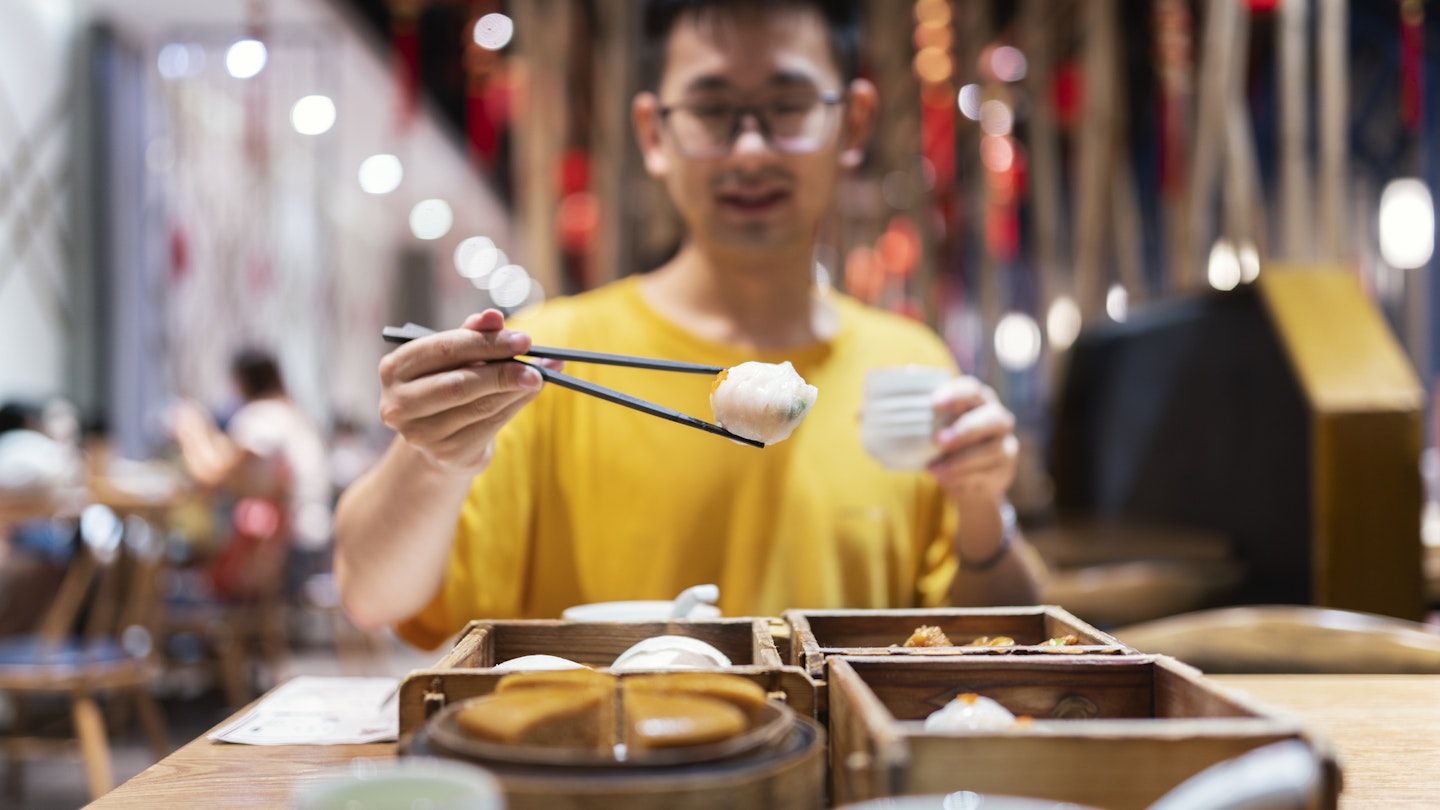
From dim sum in Hong Kong to barbecue brisket in Texas, be inspired to travel just for these epic flavors © Sammyvision / Getty Images
Have you ever eaten something so delicious while traveling that it becomes the defining memory of your trip? We have, too.
So, to ensure that will happen again, plan your next trip to an incredible foodie destination. We know just where you should go — and what you should eat when you get there.
Here are 10 of the destinations and dishes, selected from our book Ultimate Eats , that we think are worthy of planning a trip around.
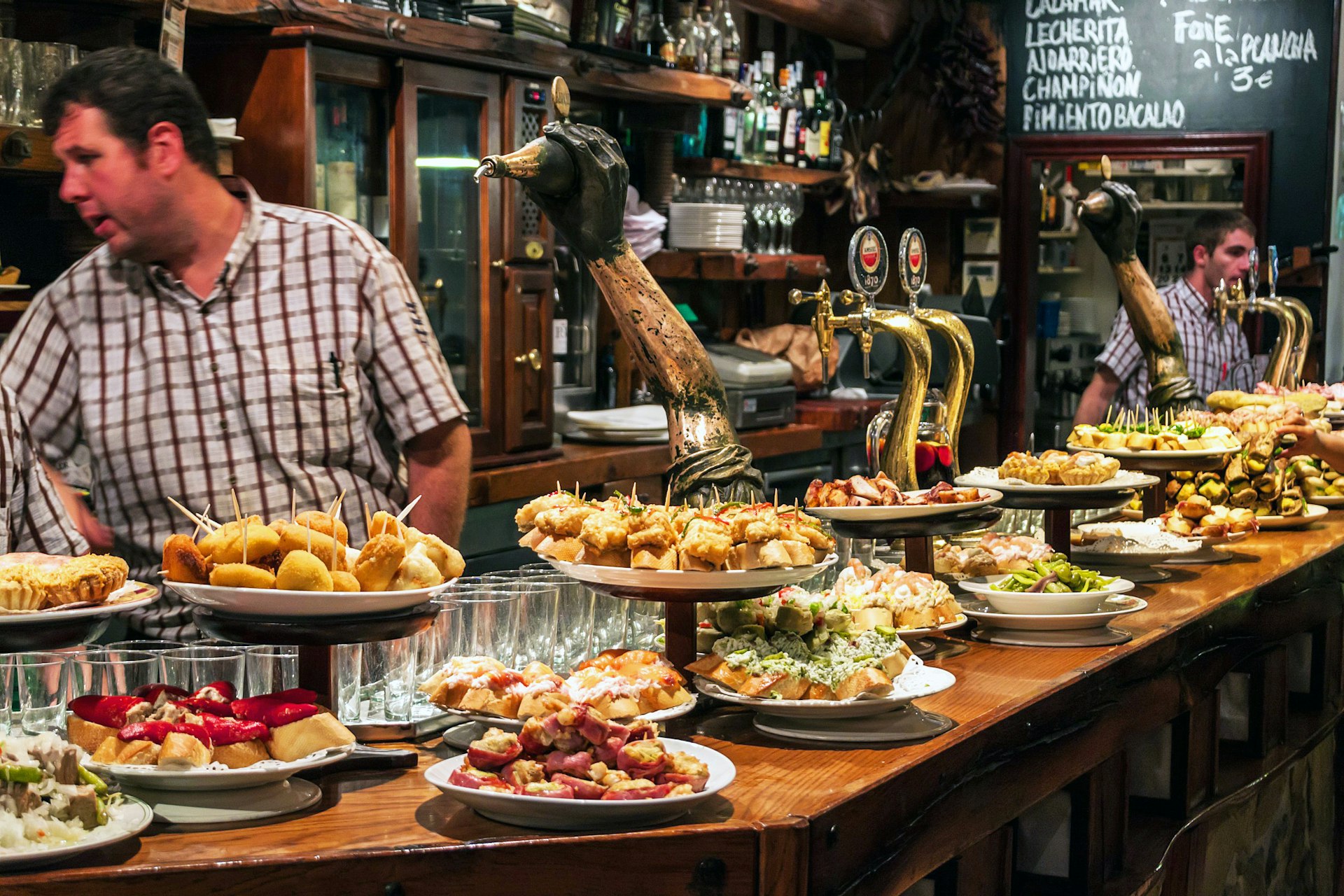
1. Try pinxtos in San Sebastián, Spain
Travelers heading to San Sebastián in Spain will find an incredible city bursting with Basque culture, and surrounded by golden beaches and verdant hills. But there’s one compelling reason to visit that rises above all the others: pintxos . The tiny bites (known as tapas outside of Basque Spain) are best consumed with an accompanying drink, seeing as you’ll be taking this particular culinary journey as a bar-hopping escapade through the streets of San Sebastián.
Originally small open-faced sandwiches, pintxos can today be experienced in many incarnations, from the traditional, piled-high toppings on bread, to molecular-gastronomy renditions with flavors that belie what you see on your plate. Needless to say, almost every local ingredient is represented. It’s hard to list favorites, but the simple examples are often the ones that blow your mind: battered white asparagus, a tuna-and-anchovy tart or maybe mushrooms braised with garlic.
To get the full pintxos and San Sebastián experience, have a lazy day in the city and surrounds, take an afternoon nap and then head out around 9pm. You’ll never be more than a few minutes from your next bar, a whole new menu of tasty treats and a whole new group of people eating and drinking.

2. Eat curry laksa in Kuala Lumpur, Malaysia
One of the most compelling parts of visiting Kuala Lumpur is wandering through the streets, finding fantastic little hawker centers tucked into the shadows of towering skyscrapers. At this feast for the senses, you’ll truly complete the experience when you sample a rich and creamy curry laksa .
On Madras Lane , just off Petaling St, you’ll come across competing curry laksa stalls vying for your attention. Pick the one with the longest queue. When you have the bowl in your hands, choose a plastic chair (make sure it’s connected to the stall where you bought your laksa or you’ll be in trouble) and begin the swoon-worthy, sweat-inducing process of eating. Come again the next day to try the neighboring stall’s version.
A heady mix of spices and flavors (such as fresh turmeric, galangal, chili, candlenut and shrimp paste) go into the curry mix, which, when combined with coconut milk, creates the signature fiery-orange hue of the noodle soup. Two types of noodles (thin rice and thick egg) – along with shredded chicken, shrimp, cockles, tofu puffs, bean sprouts, a sprinkling of fresh chili and mint and a squeeze of lime – make up the rest of the lip-smacking ingredients. It’s an only-in- Malaysia experience.
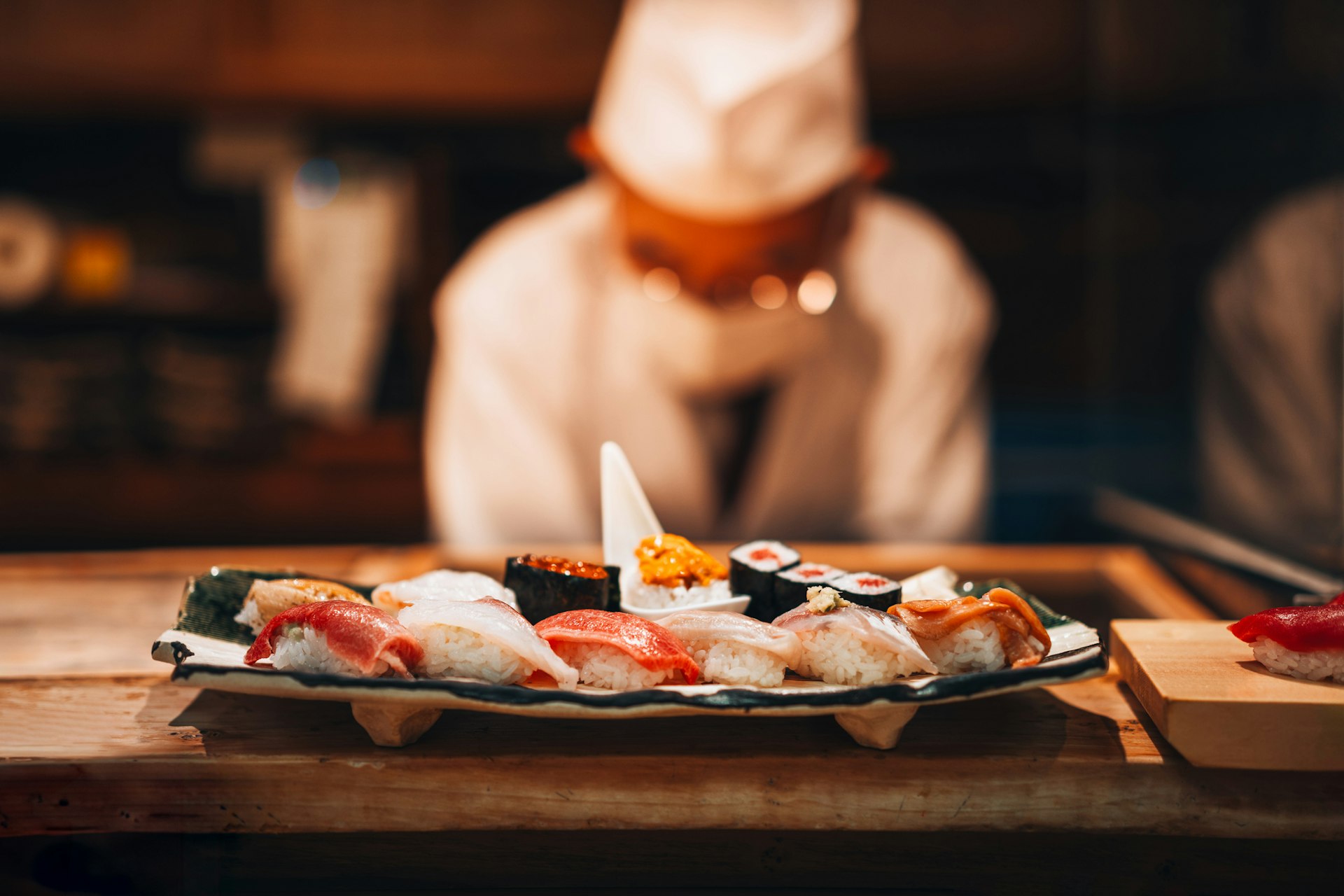
3. Take a sushi master class in Tokyo, Japan
Japan offers a truly awe-inspiring array of food experiences , with few as memorable as sampling sushi in Tokyo . We wish we could say that if you’re going to eat sushi in Tokyo, go to Sukiyabashi Jiro or Sushi Saito, but the inordinately long waiting lists to get into either restaurant take the shine off the experience. That said, if your hotel concierge can work their magic, do not miss your chance; the sushi mastery on show at both places is undeniable. In the absence of this bit of good luck, however, there are some superb sushi restaurants in Tokyo that dish up life-changing experiences without the wait. Cases in point include Mantensushi Marunouchi and Jūzō Sushi.
Most top-end sushi chefs will serve their sushi omakase- style, which just means you leave it to them and they will select, prepare and serve your sushi as they see fit. Don’t kick back and relax just yet, though – there are some etiquette rules to abide by. First, when your fresh piece of sushi is placed in front of you, pick it up with your hands rather than chopsticks, and don’t dip it in soy sauce or ask for any extra wasabi. The chef has seasoned the offering, so it is something of an insult to modify the flavor. Between courses, it’s fine to use chopsticks to pick up pickled ginger and the oshibori (hand towel) to clean your fingers.
Take your time and interact with the chef; it’s such an intimate setting and a perfect opportunity to learn more about this ancient culinary art form. Remember to pay attention to the rice as well as the fish. Sushi masters spend years perfecting their rice and consider it as important as all the other ingredients. Soak it all in – the tradition, the skill, the respect, the service, all amounting to the quintessential Japanese dining experience.

4. Taste tantalizing beef brisket in Texas, USA
Travel to Texas , US , and you’ll quickly learn something important about the locals: they know their barbecued meats. So when they line up for four or more hours to get some, it has to be special. That’s the situation at Austin ’s Franklin Barbecue six days a week. Through the Franklin’s menu includes pulled pork, ribs, sausage and more, the main attraction is its smoked beef brisket.
The team here keeps it simple, rubbing the meat with a mix of salt and black pepper, then cooking it “low and slow” in oakwood smoke until it’s fall-apart tender and encased in a thin, salty crust. It’s a juicy, smoky Texas classic, judged best-in-class by Texans themselves. You could drive to Lockhart , the state-legislated “Barbecue Capital of Texas,” and be back in the time it takes to get into Franklin’s. But the queue is good fun, you can have a beer and meet some friendly Texans while you wait – and damn, that brisket is good .

5. Travel to Bangkok, Thailand, for som tum
Hit the streets of Bangkok and prepare for sensory overload. While the sights of the Thai capital will astonish you, you’ll have a similarly intense experience when you try som tum , green papaya salad. Som tum is a bang of flavor: it’s sour, salty, sweet and intensely fiery. It’s also texturally extraordinary, combining the crunch of peanuts with cool slivers of pale green papaya and carrot, and small, sweet, juicy shrimp and tomatoes. It’s sold from street vendors all over Thailand but is particularly beloved in the capital, where it feels like there’s a seller on every corner.
Grabbing a plate of som tum on the street, amid all the traffic chaos and the stifling heat, is a rite of passage for visitors to the city, and the epitome of this is the rambling, streetside shack Jay So . But if you would prefer to revere your salad in relative peace and quiet, the restaurant Somtam Nua , at the Siam Center on Siam Sq, has a worthy version – tamed slightly for Western palates but still delicious.
Continue your restaurant tour of Bangkok at these local favorites.

6. Heap toppings on smørrebrød in Copenhagen, Denmark
Stylish Copenhagen lures in travelers looking to soak up contemporary art, admire amazing architecture and shop for vintage clothes . But the perfect food experience in Copenhagen, a Danish smørrebrød , is anything but fussy – just take a slice of rye bread, put some butter on it and then heap it with whatever tasty ingredients you like.
But it’s not really that simple. There are some rules to smørrebrød that help to elevate it to something beyond just a piece of bread with toppings. First, thin toppings go on first, followed by the bulkier kind; second, when eating more than one kind of smørrebrød at once (and this is nearly always the case; good luck stopping at one), you start with the slice that features herring, move on to fish, then meat, then finish with cheese. This carefully choreographed sequence is designed to gently walk your palate through the flavor combinations so that one never overpowers the other.
If you’ve never had smørrebrød , before there are some classic combinations you’ll see all over Denmark : for example, pickled herring, onion and dill; mayonnaise, boiled egg, shrimp, dill and lemon; roast beef, pickles, onions and horseradish; and blue cheese, apples and bacon. But these are just a tiny sample of the almost limitless number of toppings.
Copenhagen’s smørrebrød institution, Restaurant Schonnemann , has been serving up the open-faced sandwich since 1877. Here, presentation is so delicate and refined it resembles sushi in style. Try the following for an ultimate smørrebrød experience, otherwise known as the world’s best sandwich degustation: herring marinated in dill cream with capers, onions and a fried egg; smoked salmon and smoked halibut with a crab and mayonnaise salad, tomato and basil; a breaded cutlet of pork with apples, thyme and onions; and, finally, Camembert with blackcurrant jam. And to drink? Why there are only more than 140 different schnapps, aquavit and genevers to choose from. That should do nicely.
Save these Copengahen restaurants to your itinerary.

7. Savor crayfish by the sea on New Zealand’s South Island
New Zealand ’s scenery is a big allure for travelers who want to experience its incredible array of mountains, fields and coastlines. But beyond its eye-candy appeal, this lush environment also produces a wealth of delicious ingredients. On the east coast of New Zealand’s South Island , about two hours’ drive north of Christchurch , is the picturesquely situated town of Kaikōura . The town is famous for the abundance of marine life present offshore – with sperm whales, dolphins and seals often spotted close to land – with its name deriving from the Māori words kai (meaning food) and kōura (crayfish).
Trading on its namesake are numerous fresh seafood vans up and down the nearby coastline. Of these, one of the oldest – and best – is Nin’s Bin . A 20-minute drive from the center of town, this basic blue-and-white converted caravan has a few wooden picnic tables scattered outside where locals and well-informed travelers hunker over fresh crayfish and mussels with a view over the Pacific Ocean. Nin’s Bin prepares its crayfish with butter, garlic and a sprinkling of parsley, letting the fresh and sweet flesh shine. Add a squeeze of lemon, throw in a cold beer and hope for a sighting of sperm whales – it could be the perfect afternoon.
Quotas on the number of crayfish being caught in this region have been put in place to protect the marine life here and promote sustainable practices. As such, many of the local shacks and restaurants, including Nin’s Bin, have strict seasonal opening hours worth scouting out before your visit.

8. Don't miss bowls of bibimbap in South Korea
South Korea offers up an incredible variety of experiences in a tiny package. Likewise, one of its most popular dishes, bibimbap, offers a dizzying array of flavors in just one bowl. Beef and sautéed vegetables such as shiitake mushrooms, spinach and eggplant are piled on to warm, white rice and flavored with spicy chili paste and an umami-rich fermented soybean paste, topped with either a raw or fried egg. There are two main types of bibimbap: jeonju -style, which comes in a cold bowl, and dolsot , which comes in a piping-hot earthenware bowl – making it the perfect dish for any season.
Whichever one you choose comes to you like a display meal, with all the ingredients fanned out over the rice – so take a moment to admire the pretty culinary spectacle and know that the ingredients are chosen for specific reasons. The red of the chili pepper represents your heart, the green vegetables are for your liver, the yellow of the egg yolk is for your stomach, black or very dark items (mushrooms or soy sauce) are there for your kidneys and the white rice is for your lungs. Next, dive right in, mix the whole lot up and give your insides a boost.

9. Take a pilgrimage to Naples, Italy, for the perfect pizza
Wander the pulsing, narrow streets of Naples and you’re sure the catch a whiff of its most famous food: pizza. While there are infinite numbers of ways it can be prepared, there’s one version of our worldwide food obsession that will always stand prouder than the rest: the original margherita pizza from Naples. To eat margherita here is reminiscent of a religious experience – you’ll find zealous disciples of specific restaurants.
It’s believed the worldwide phenomenon was first created when a local baker prepared dinner for the visiting King Umberto and Queen Margherita in the 19th century. Legend has it he made three pizzas, and the queen was taken with the flavors of the tomato, mozzarella and basil version, in the colors of the Italian flag. From then on it has been named in her honor.
So where to eat it? One of the longest-standing establishments is Di Matteo . The huge, cerulean-tiled pizza oven fires out light and stretchy toasted pizzas that fly out of the door to pizza lovers on their own personal pilgrimage, and locals who appreciate the exalted position they find themselves in. If the queue is too long at Di Matteo, stroll the streets and find your own place of worship.

10. Snack on dim sum in Hong Kong
Dim sum (which means “light snack”) is served all over the world – but nowhere does it like Hong Kong . In fact, Hong Kong’s dim sum is a destination in itself. Dim sum (also known as yum cha , which translates to “with tea”) has evolved from the traveler ritual of stopping for tea and snacks while on the road into what might be the world’s best brunch.
In Hong Kong you can sample your dim sum as simply or as extravagantly as your predilections go. At multiple locations across town, DimDimSum does its tidbits traditionally – you’ll find that the siu mai (steamed pork dumplings), har gow (steamed shrimp dumplings) and char siu bao (BBQ pork steamed buns) are all excellent. The atmosphere is buzzing with students, travelers and lovers of dim sum on a budget.
At the other end of the spectrum are the Michelin-starred establishments like Duddell’s and Fook Lam Moon . At the painfully elegant Duddell’s the classics are given an elaborate twist: think pork-and-shrimp dumpling with scallop and caviar, or a deep-fried pork-and-shrimp wonton with foie gras. By contrast, Fook Lam Moon’s mood is classic Cantonese, but still caters to Hong Kong society’s elite with offerings that come with small unexpected flourishes, such as the siu mai with crab roe or the steamed squid with curry sauce.
Whether jostling for elbow room at budget restaurants or sitting in elegant surroundings as silent carts glide towards your table, Hong Kong dim sum is the definitive version to try before the proverbial bucket gets kicked.
This article was first published May 7, 2020 and updated Mar 1, 2024.
Explore related stories
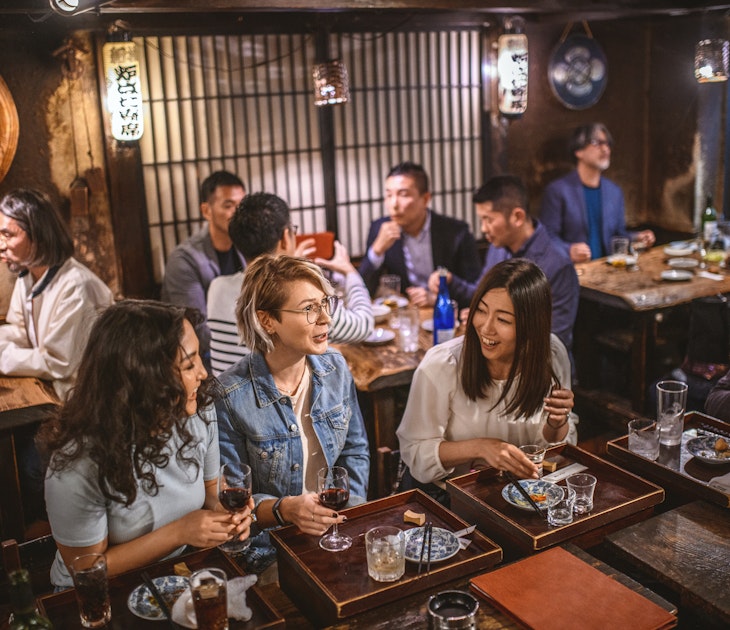
Apr 2, 2024 • 10 min read
Japan’s best cuisine and culinary experiences, from haute cuisine to street food plus sake and tea ceremonies.
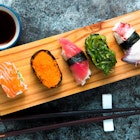
Apr 1, 2024 • 10 min read

Feb 28, 2024 • 8 min read

Feb 23, 2024 • 7 min read

Feb 2, 2024 • 5 min read
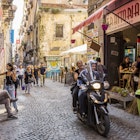
Dec 14, 2023 • 7 min read

Dec 7, 2023 • 7 min read

Nov 26, 2023 • 14 min read

Sep 29, 2023 • 8 min read
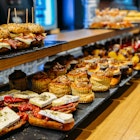
Sep 22, 2023 • 6 min read


IMAGES
VIDEO
COMMENTS
8. Ratatouille. Ratatouille is a vegetable stew from Nice, Provence in the South of France. It usually features an assortment of local vegetables, such as eggplant, zucchini, peppers, and tomatoes. The word " rata " is thought to be army slang for ragoût, meaning "motley stew".
A trip to Provence would only be complete with a trip to the stunning Mediterranean coast. The Calanques National Park stretches for 20km along the rugged coastline, with plenty of hikes and secluded beaches to discover along the way. ... Marseille's trade history has heavily influenced its vibrant food scene, an eclectic mix of traditional ...
8. Tapenade. Tapenade is a velvety spread made from black olives, capers, anchovies, garlic, and the fabulous mixture of herbes de Provence. This food was invented in the port town of Marseille, and its name comes from the term that in Provence is used for "caper," from an earlier version of the spread made only from mashed capers.
Provence Road Trip: Food, Wine & Culture - 7 Days. View Map. Get behind the wheel in the South of France during this weeklong road trip through the Provence region. Starting in Marseille, you'll swim in the Mediterranean, tour cafés and vineyards in Aix en Provence, and explore a range of picturesque hilltop villages in the Luberon.
Enjoy the Provence view on 4x4 vineyards trip and wine tasting at historical Templar Commandery. France, Côtes de Provence. €85.00 Book now. Oenological workshops. Discover the essence of organic wines of Provence. ... Provence Food & Wine Tours Offered by Local Guides .
A Gastronomic Holiday in Aix-en-Provence - Visit quintessentially Provencal town Aix-en-Provence and trace the steps of Cezanne on this Provence food and wine tour featuring cooking classes, market visits, and tours to local villages and wineries. Learn the secrets of French cuisine with The International Kitchen.
Driving in Provence. Provence Itinerary 4 Days ⤵. Day 1: Visit Chateau La Coste & spend the evening in the vibrant village of Lourmarin. Day 2: Discover Lourmarin's creative culture and enjoy a picnic at a 15th-century castle. Day 3: Explore the picturesque villages of Bonnieux, Menerbes and Roussillon.
Discover Provence: Food and Wine Tastings in Avignon, France. Embark on a culinary journey with our Avignon Gourmet Tours! Experience the historic allure of Avignon while immersing yourself in the region's renowned wine and gastronomy scene. ... Round-trip transfers to/from Avignon TGV train station. (Transfers to/from Marseille airport ...
Tour one of France's most important olive oil mills, the Moulin de Corneille. It's located in the village of Maussane and regularly receives medals for its oil which tastes of dried fruits and almonds. Sweet, fruity, deep green in color, it is produced from the fruit of over 400,000 olive trees that carpet Les Baux valley.
According to Perfectly Provence, this meal generally appears on restaurant menus on Fridays, following the religious tradition of abstaining from meat on that day. Radishes, endive, artichokes ...
2H: Wine-Tour in Provence. 26. Sainte-Victoire route: Climb aboard a sidecar and drive along the beautiful roads of Aix and its vineyards. Follow in the footsteps of the renowned painter Paul Cézanne by admiring the famous Sainte-Victoire, represented on the artist's canvases.
Though the capital of Provence and France's 2nd-largest city, Marseille proudly grooves to its own Mediterranean beat - …. Free cancellation. Recommended by 100% of travelers. from. $140. per adult. 5. Food & Wine Lovers Tour of Nice Local Markets and Best Shops. 51.
A typical day on one of her week-long luxury food tours of Provence tours might including a hands-on cookery class with a local chef in his home. First though, you'll shop at one of Provence's famous traditional street markets for supplies. You'll get to meet the vendors, taste the olives and learn how to pick the best vegetables, cheese ...
Experience the food and wine of Provence. This all-inclusive fun foodie experience is authentic and explores local traditions, including lavender distilling, bread making, cheese making, wine making, olive oil, cooking classes and more.
Travellers with gourmet inclinations and curious food lovers, take note: Provence offers year-round treasures for the palate. When the gastronomically inclined think of the French region, their minds tend to fill with the heady, rich flavours of olive oil and black truffle, or call up the delicate scent and taste of fresh lavender and saffron, both cultivated in the area.
Provence Culinary Holidays Tour Dates 2024. Our Provence cooking vacations are available select weeks March through October/November for a minimum of 4 people. Please inquire with specific dates to confirm availability for our Provence tours, or to customize your trip. 2024. Please inquire for available weeks.
Join our passionate gourmet guides for a unique taste of the lifestyle of magical Aix-en-Provence on a gourmet walking tour of the city. We will stroll through historic golden streets, dipping in and out of food shops, tasting local specialties and learning learning tidbits of history during our foodie tour. You'll rub shoulders with locals ...
Day two: After spending your first day in Provence exploring the town of Aix-en-Provence, head out into the countryside and get a real taste for the region (both figuratively and literally). Spend day two in Provence hiking nearby Montagne Sainte Victoire, which overlooks the city. There are plenty of buses heading out toward the mountain from Aix, making this an easy day trip, even without a car.
The best provencal dishes Panisse. Ayngelina Brogan - Bacon is Magic. Many of the foods in Provence are similar to neighbouring Italy.And so it's not surprising that panisse, a common Marseille food, is strikingly similar to polenta or farinata, the Italian chickpea flatbread/pancake.. Panisse is a fried chickpea flour bread or cake, and it's perfect for those who are looking for some ...
Two staple foods of Provence, fried anchovies and aïoli. Fresh Vegetables. The region's sunny Mediterranean climate allows for an abundance of produce year-round, including tomatoes, zucchini, eggplant, bell peppers, onions, artichokes, garlic, and much more.
We offer you a unique and gourmet experience. Accompanied by a local and passionate guide, come and explore Marseille and Aix-en-Provence in the eyes of southern french gastronomy. ! Visit the iconic and extraordinary places, meet local artisans and taste their produces that make the renown of the Provencal heritage.
Days 3-4: Gorges du Verdon to Cassis (128 miles) While it might be tempting to sleep in, this morning's destination is worth waking up early for. Just 40 minutes away lies the village of Valensole, or "Valley of the Sun"—the very definition of Provence. Pastel-colored houses covered in antique shutters and wrought-iron balconies line ...
Bouillabaisse. A dish that's deeply Marseillaise, with a provenance dating back to the very founding of the city, Bouillabaisse is an essential element of Provençal cuisine. It's also a huge amount of food. Typically served for a group of five to share, Bouillabaisse involves a medley of fish such as gurnard, conger eel, and red rascasse.
Destination. Welcome to the sun-kissed realm of Provence, where the mere mention of its name conjures visions of idyllic summers, scents of lavender floating in the air, and the mellifluous chorus of cicadas serenading the landscape. Yet, beyond its quintessential summer charm, Provence unveils a tapestry of delights throughout the seasons.
7. Savor crayfish by the sea on New Zealand's South Island. New Zealand 's scenery is a big allure for travelers who want to experience its incredible array of mountains, fields and coastlines. But beyond its eye-candy appeal, this lush environment also produces a wealth of delicious ingredients.
This is a gastronomic tour that you cannot miss! We will visit an indigenous market in Lima where we will learn about the evolution of Peruvian food, from the time of the Incas until the arrival of the Spaniards. We will have a tasting of native fruits which are only found in Peru, and also enjoy a delicious classic ceviche!